| Projects | -> News | |
|---|---|---|
| 108 | Trees Time Architecture | Exhibition Design |
|
‘Trees, Time, Architecture!’ explores the potential and contradictions of building with and among trees in architecture and landscape architecture. For the first time, an exhibition project approaches the relationship between trees, time, and architecture from a holistic and multidimensional perspective (quote: Architekturmuseum der TUM). Head of project / Curatorial lead: Ferdinand Ludwig, Kristina Pujkilović 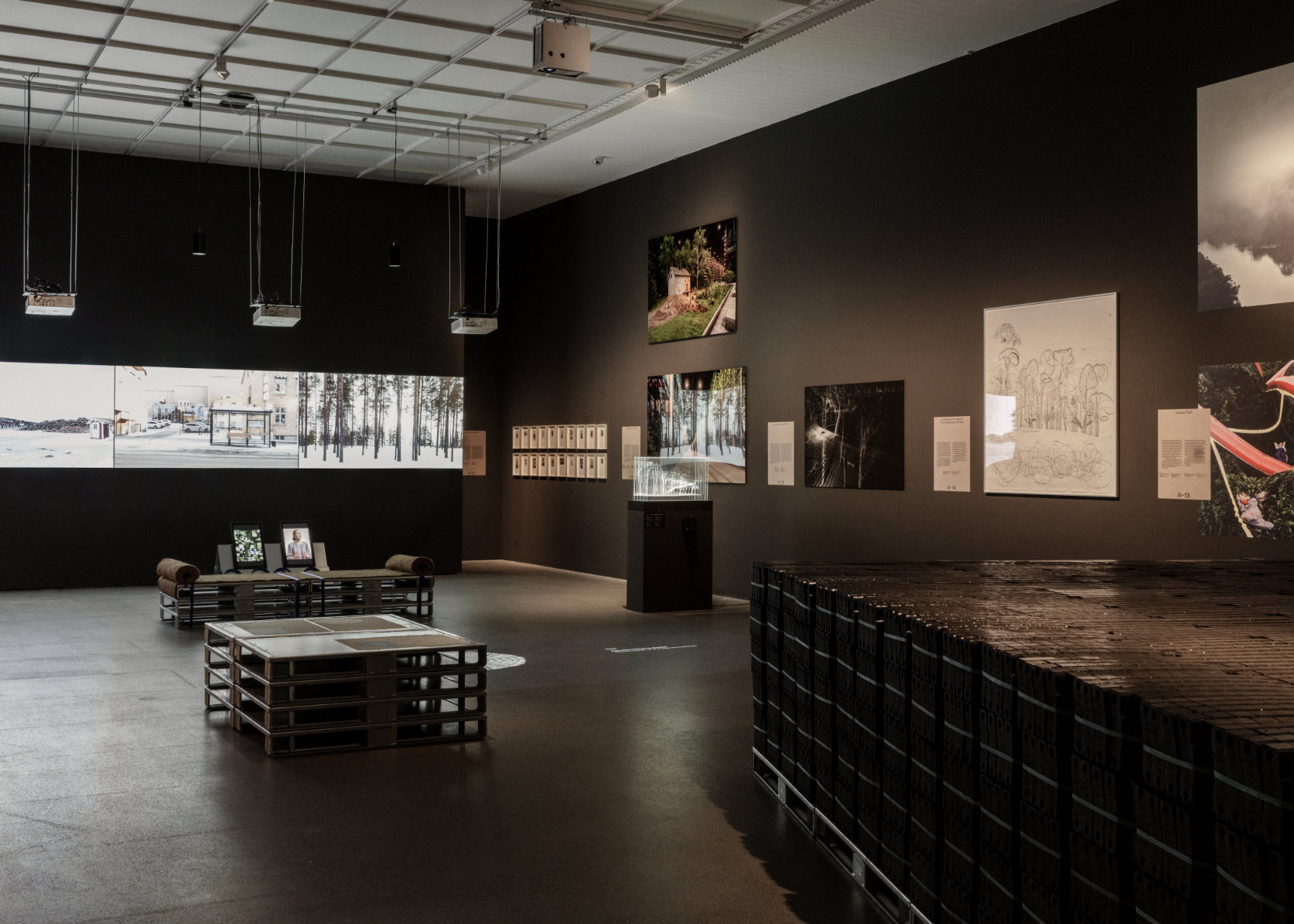
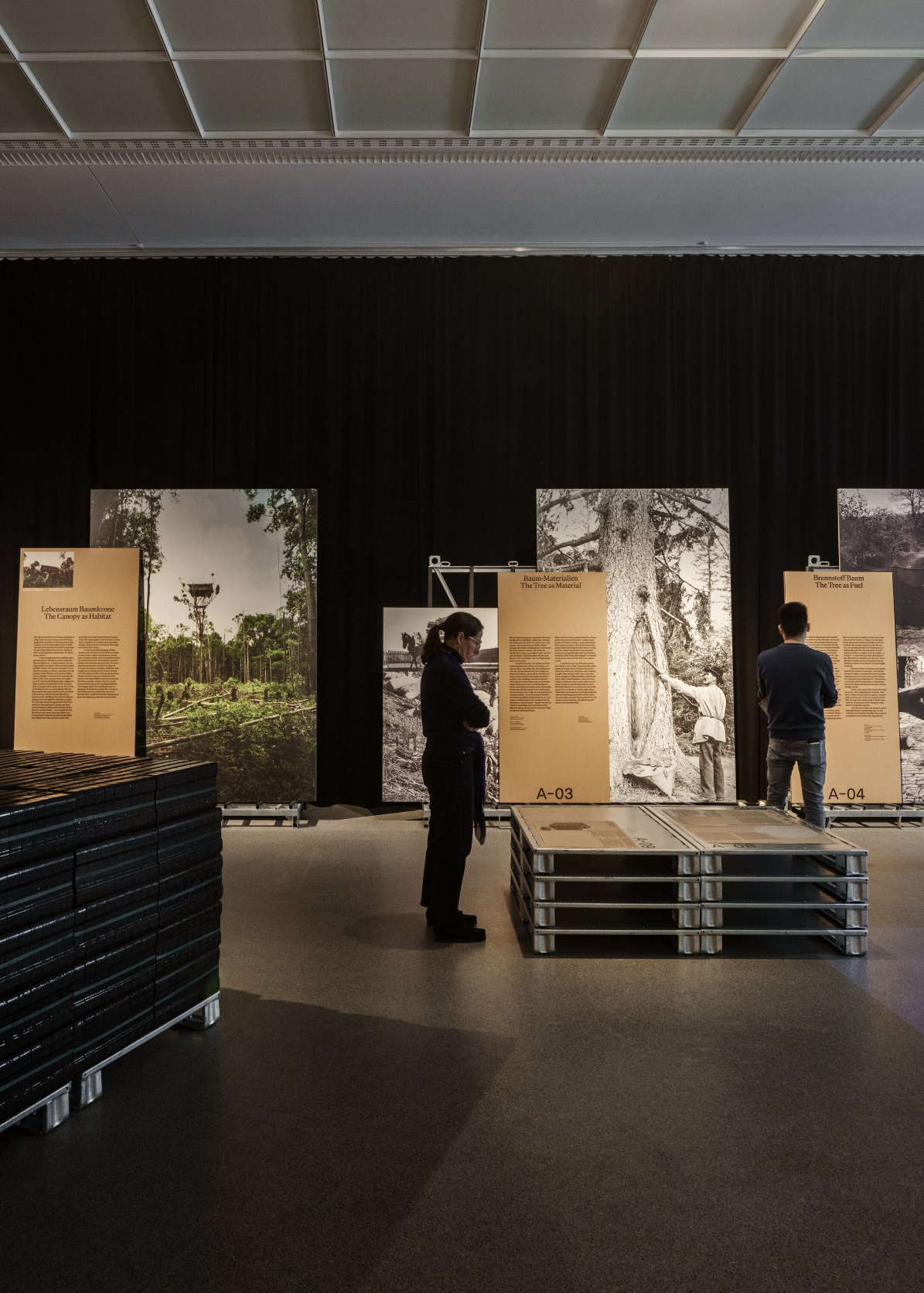
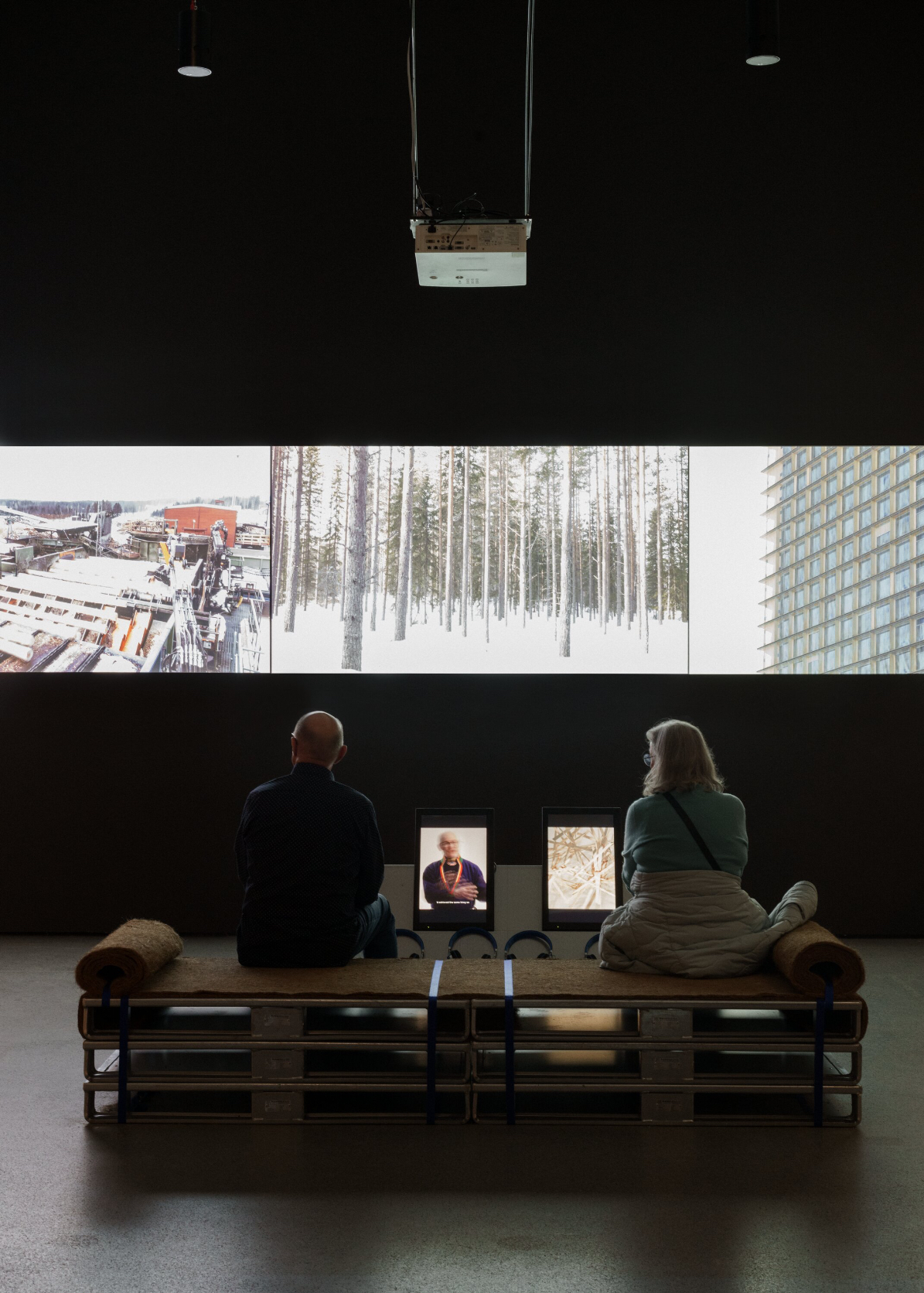
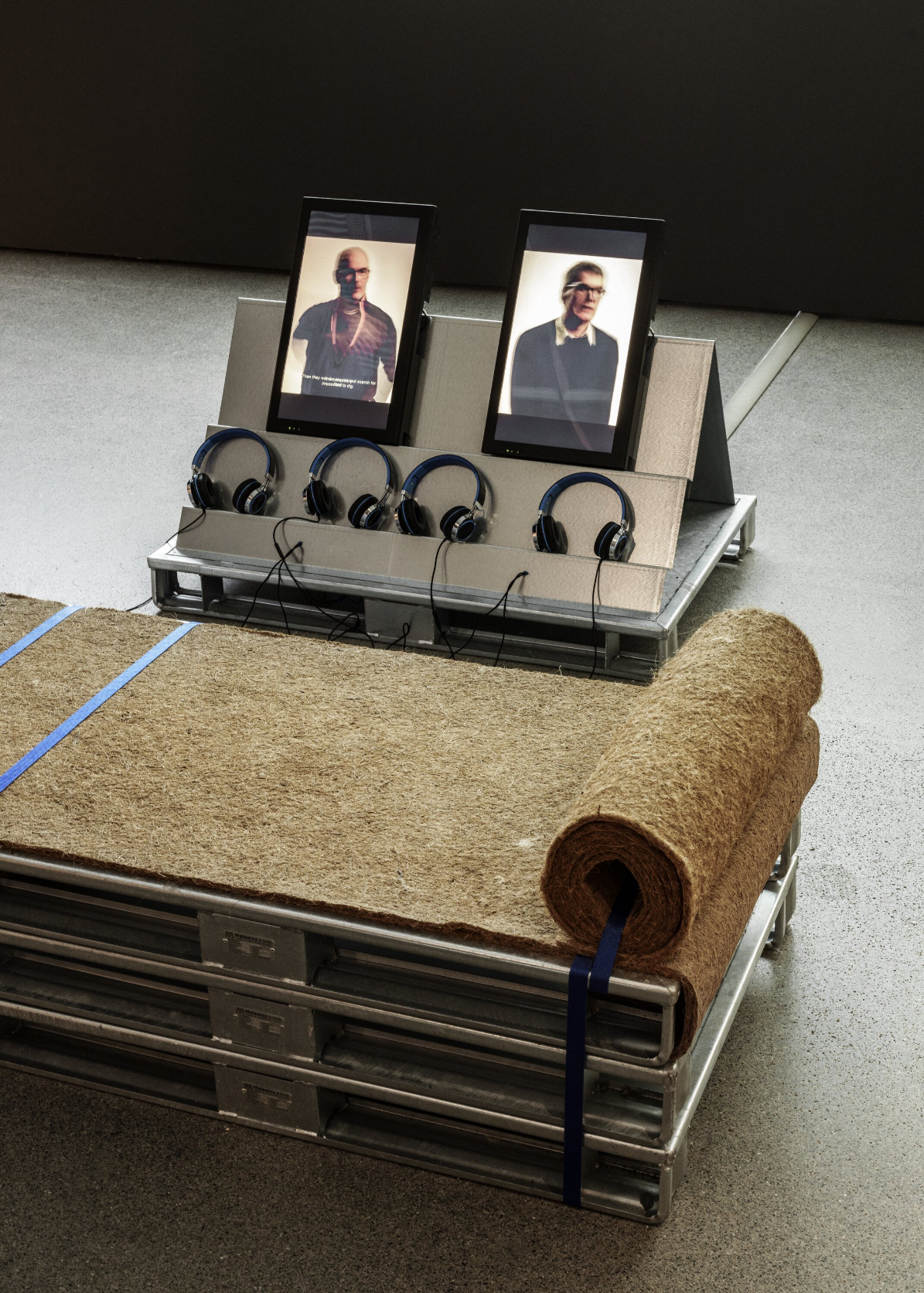
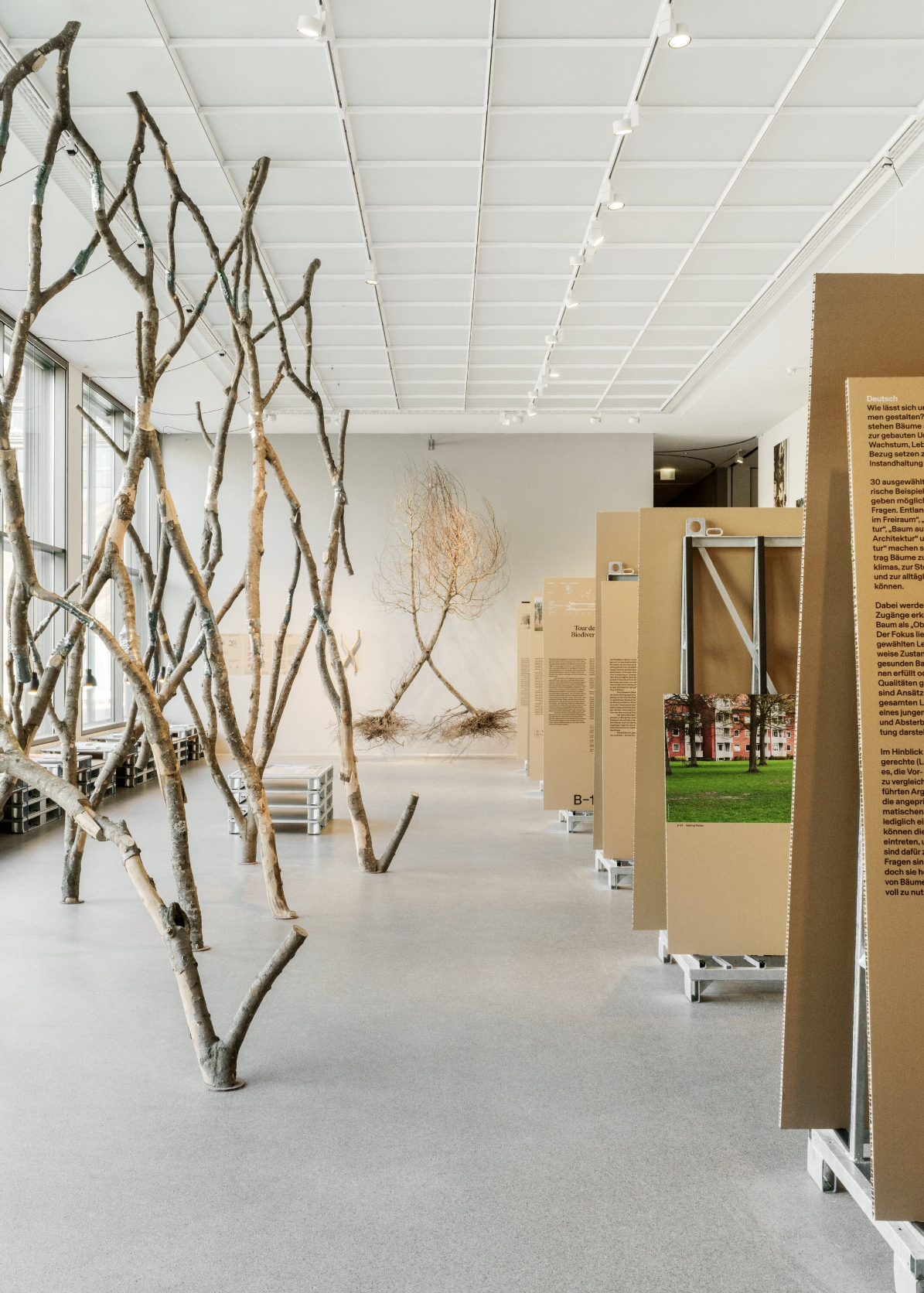
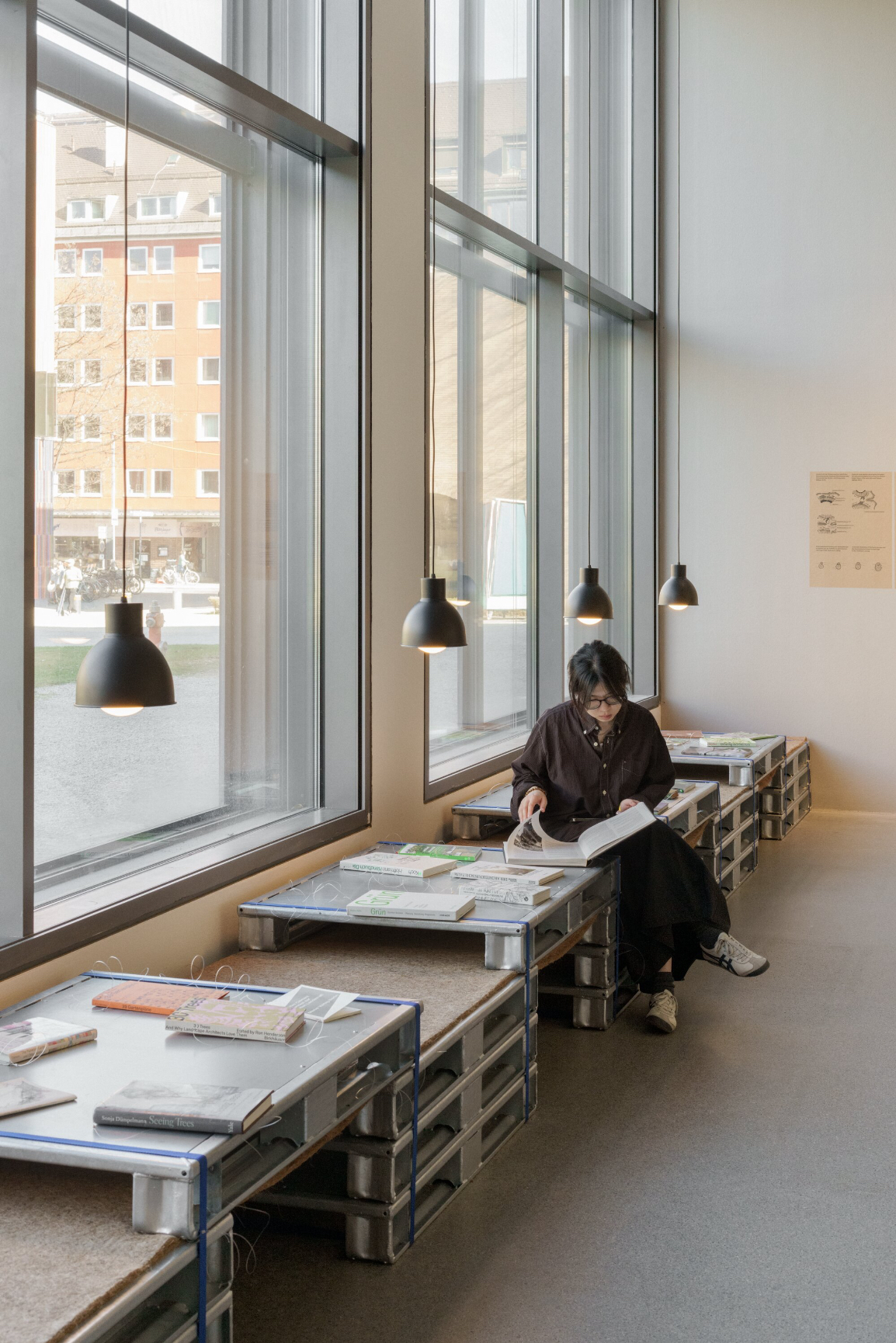
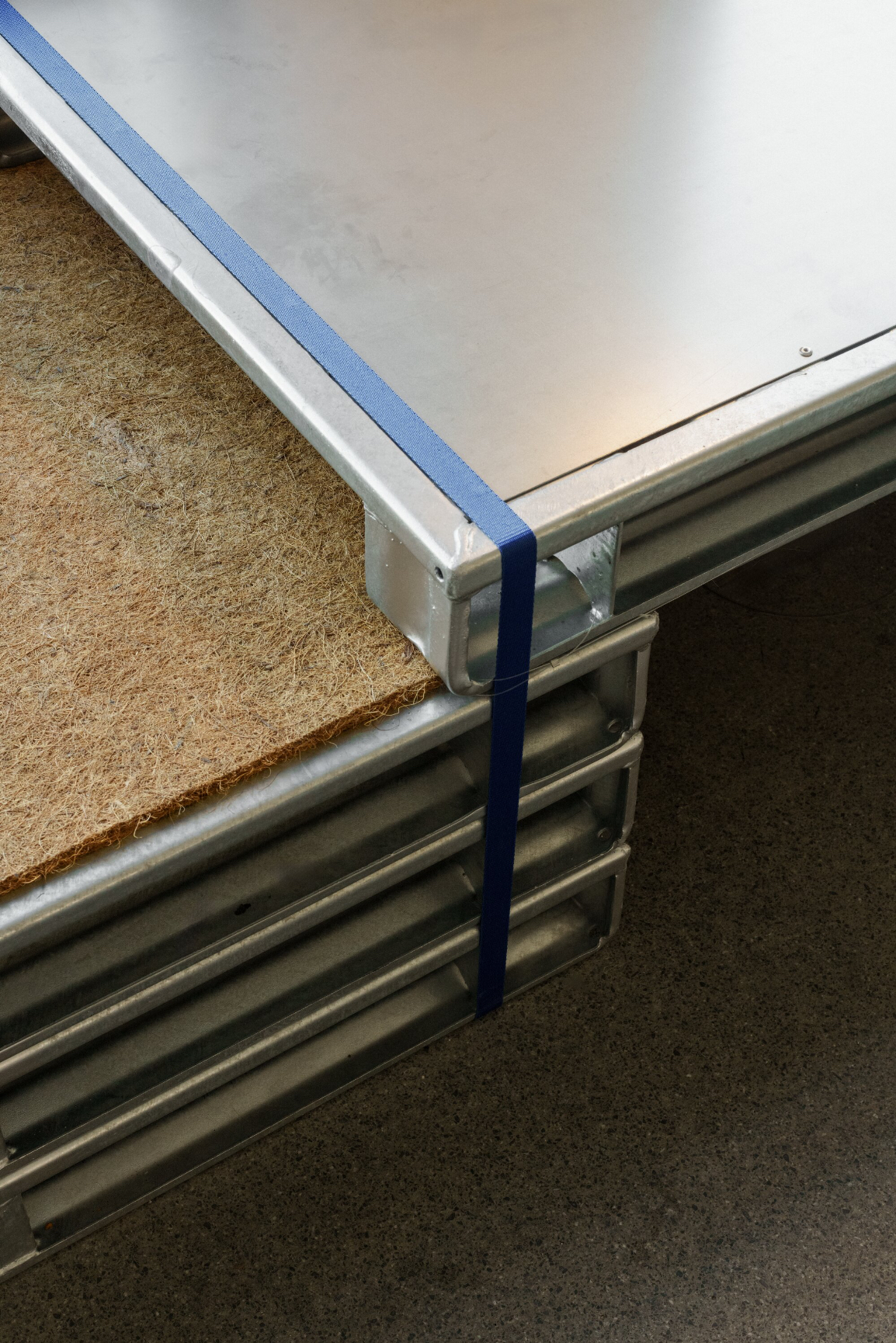
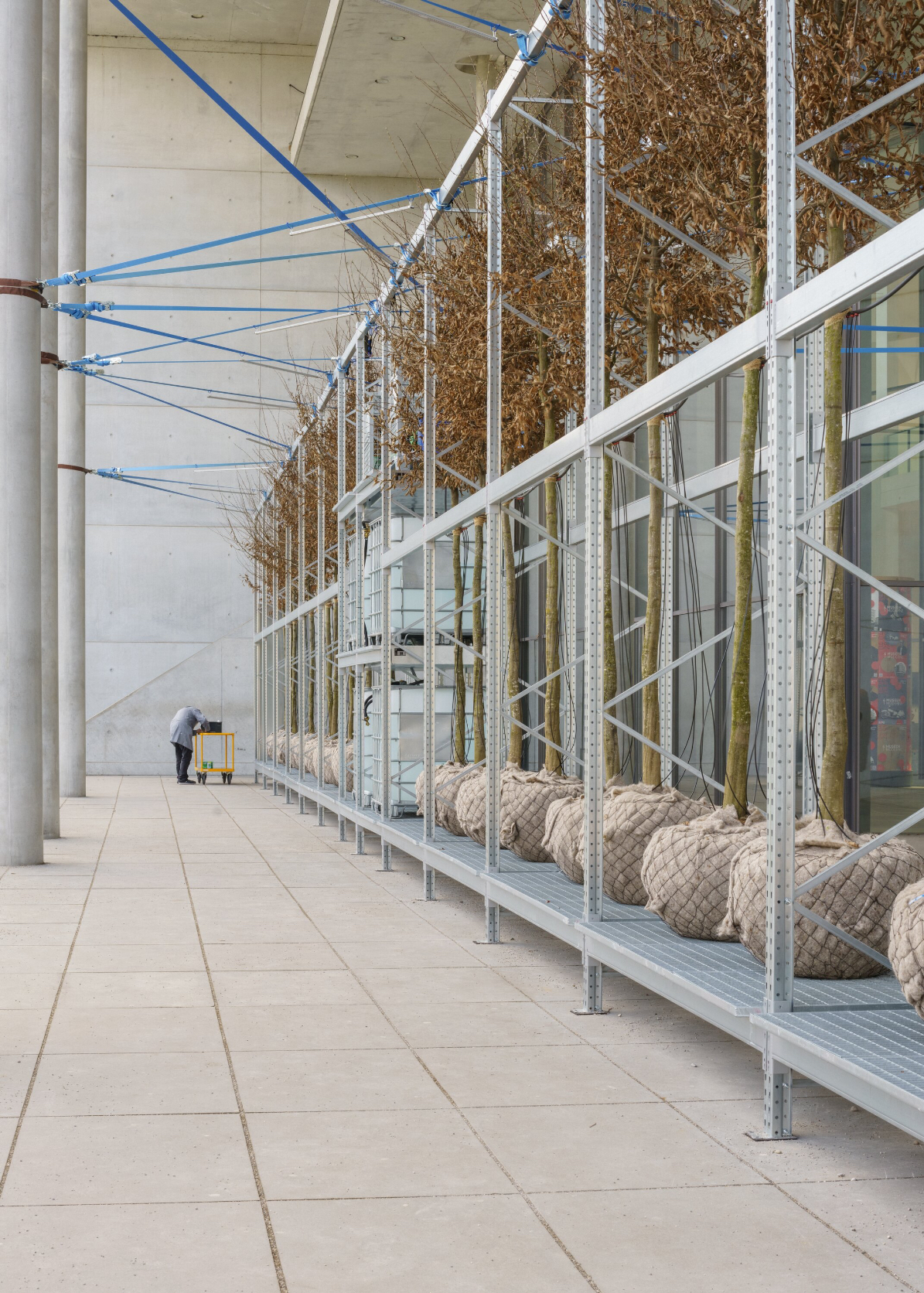
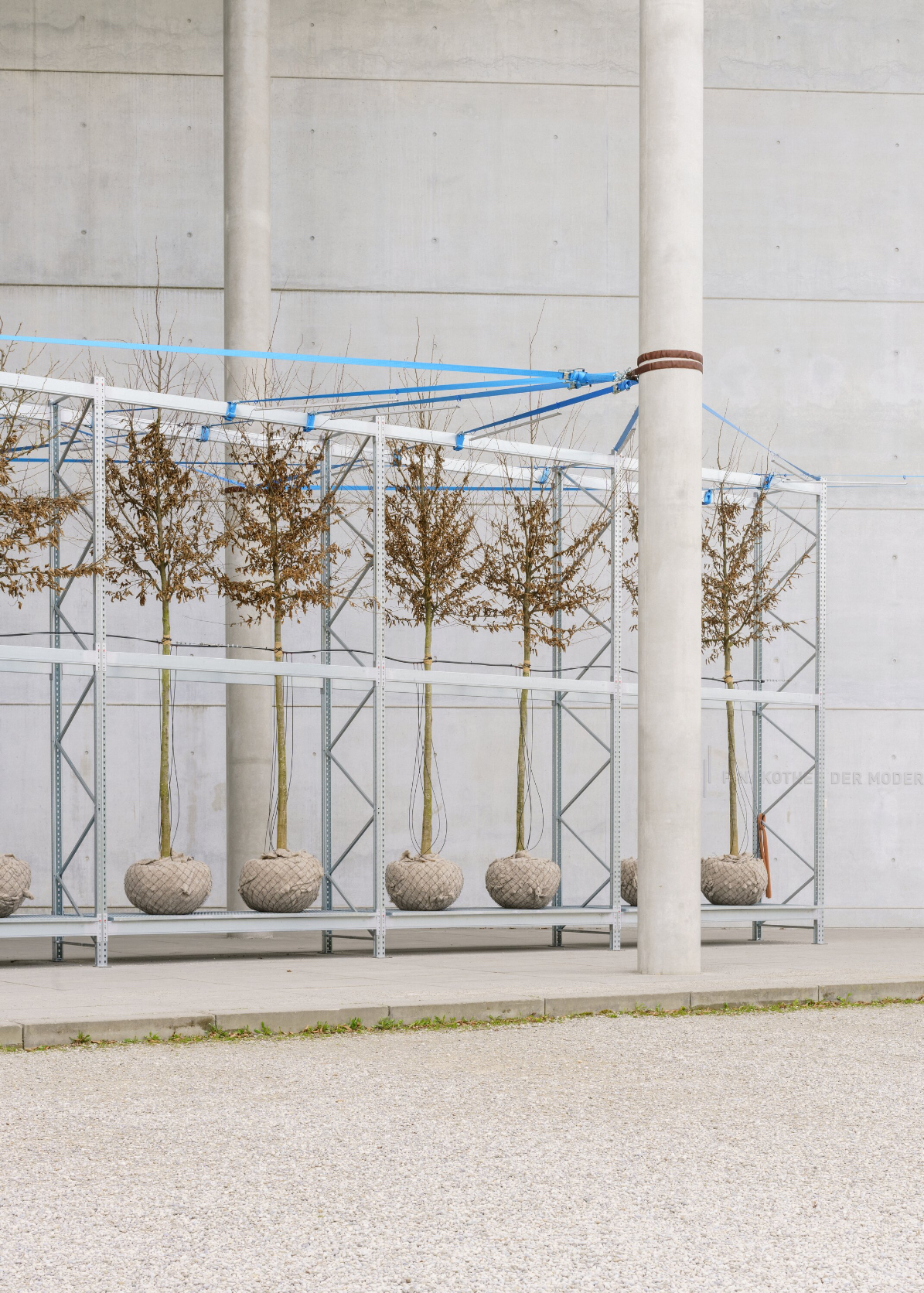
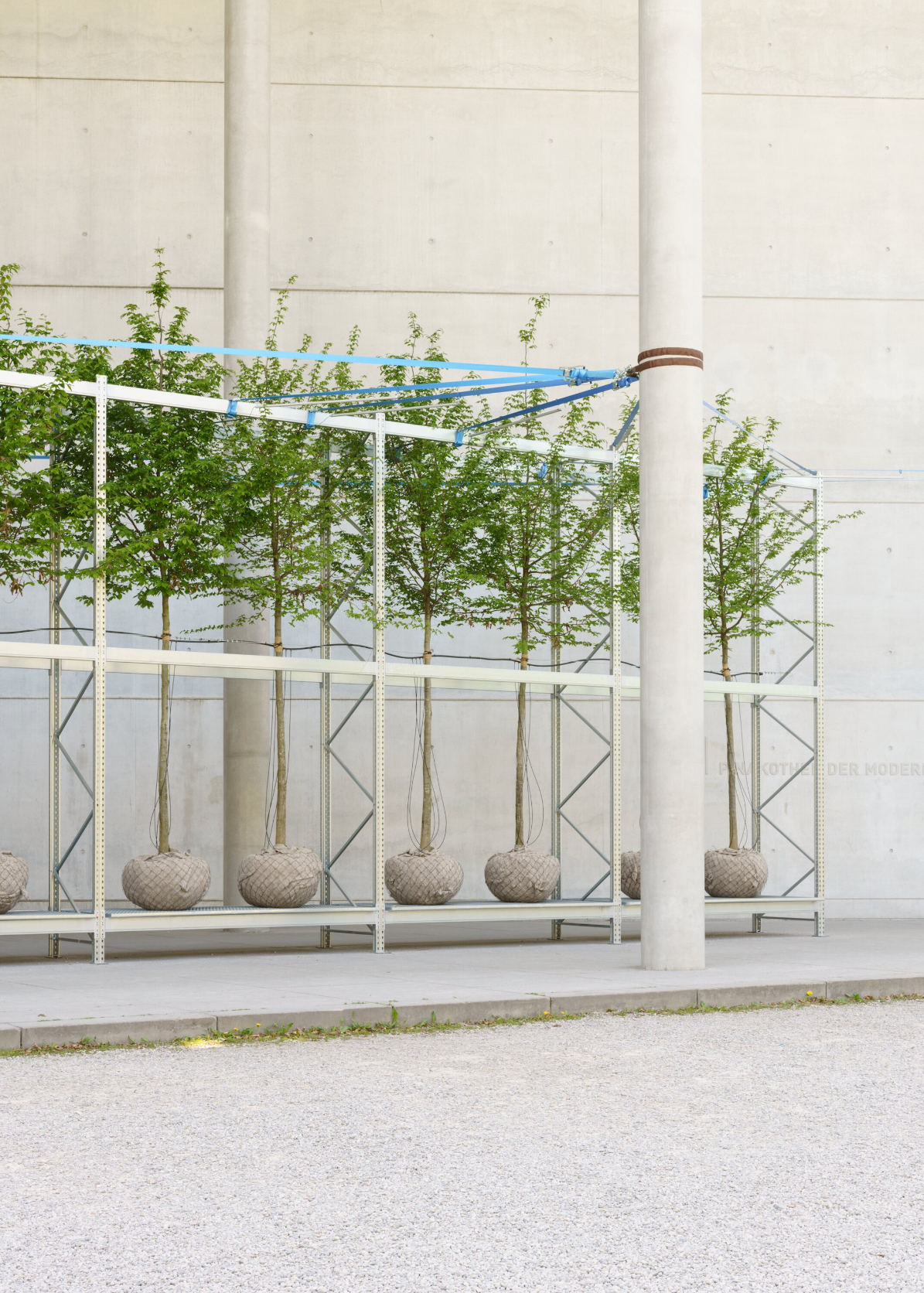
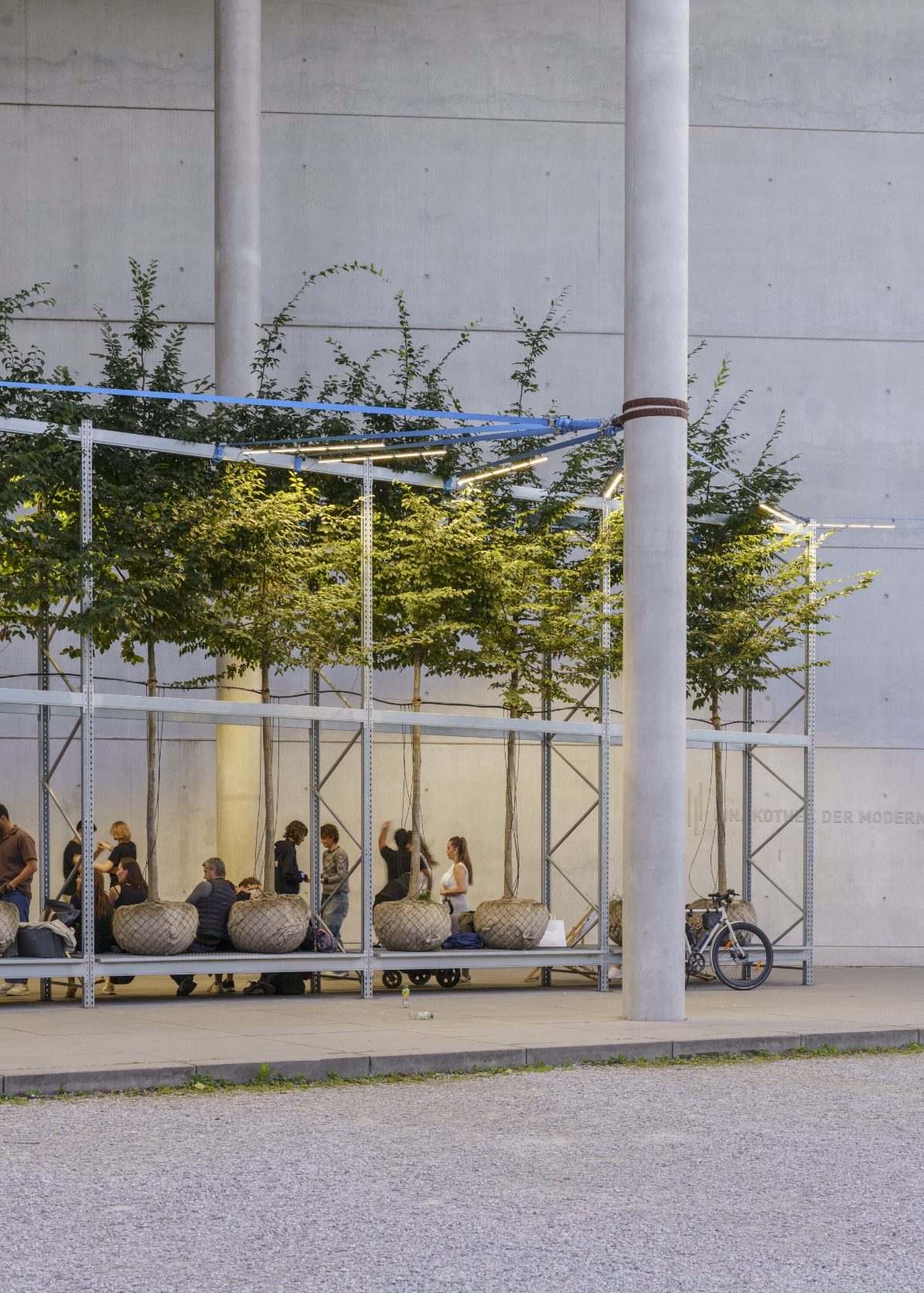

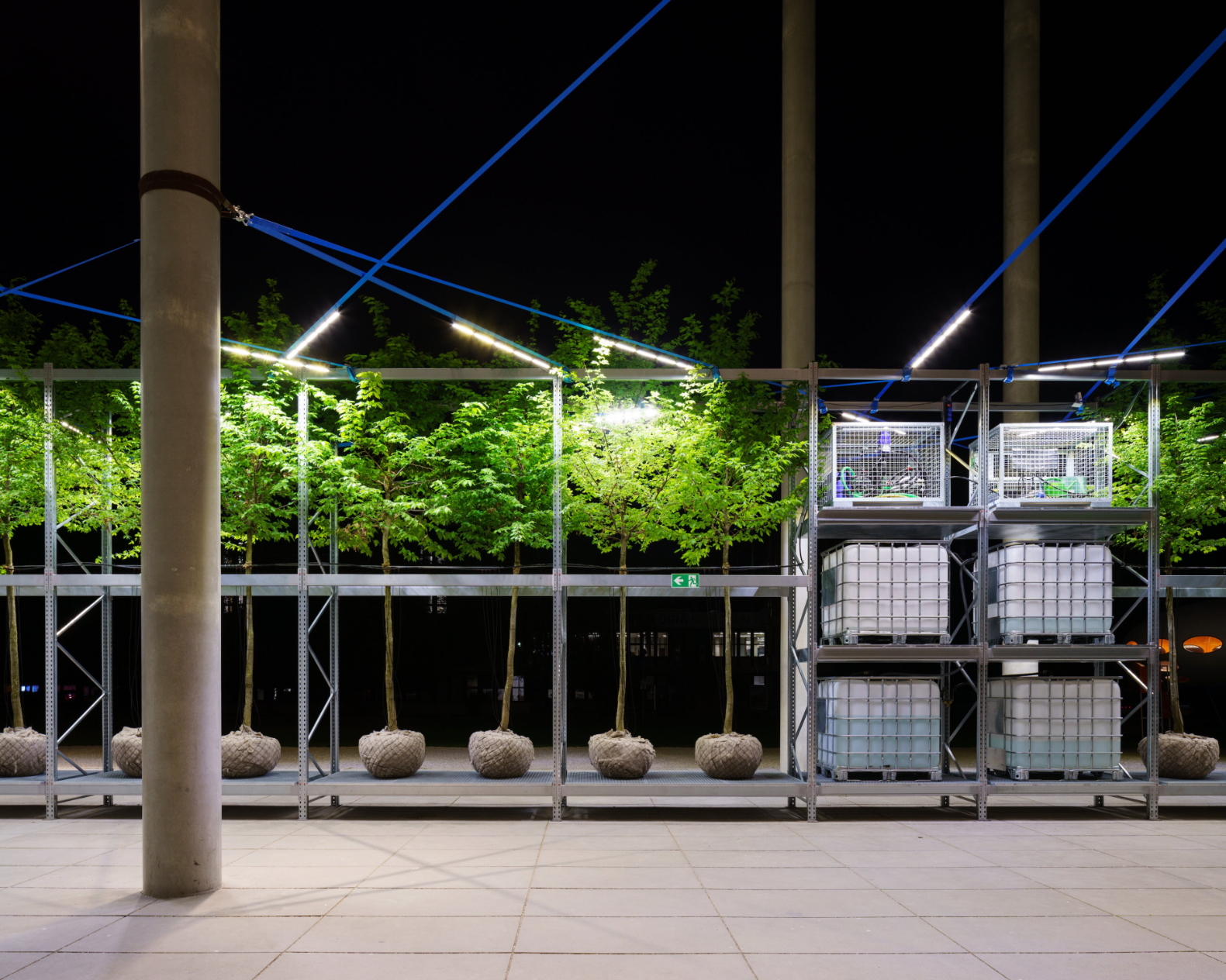
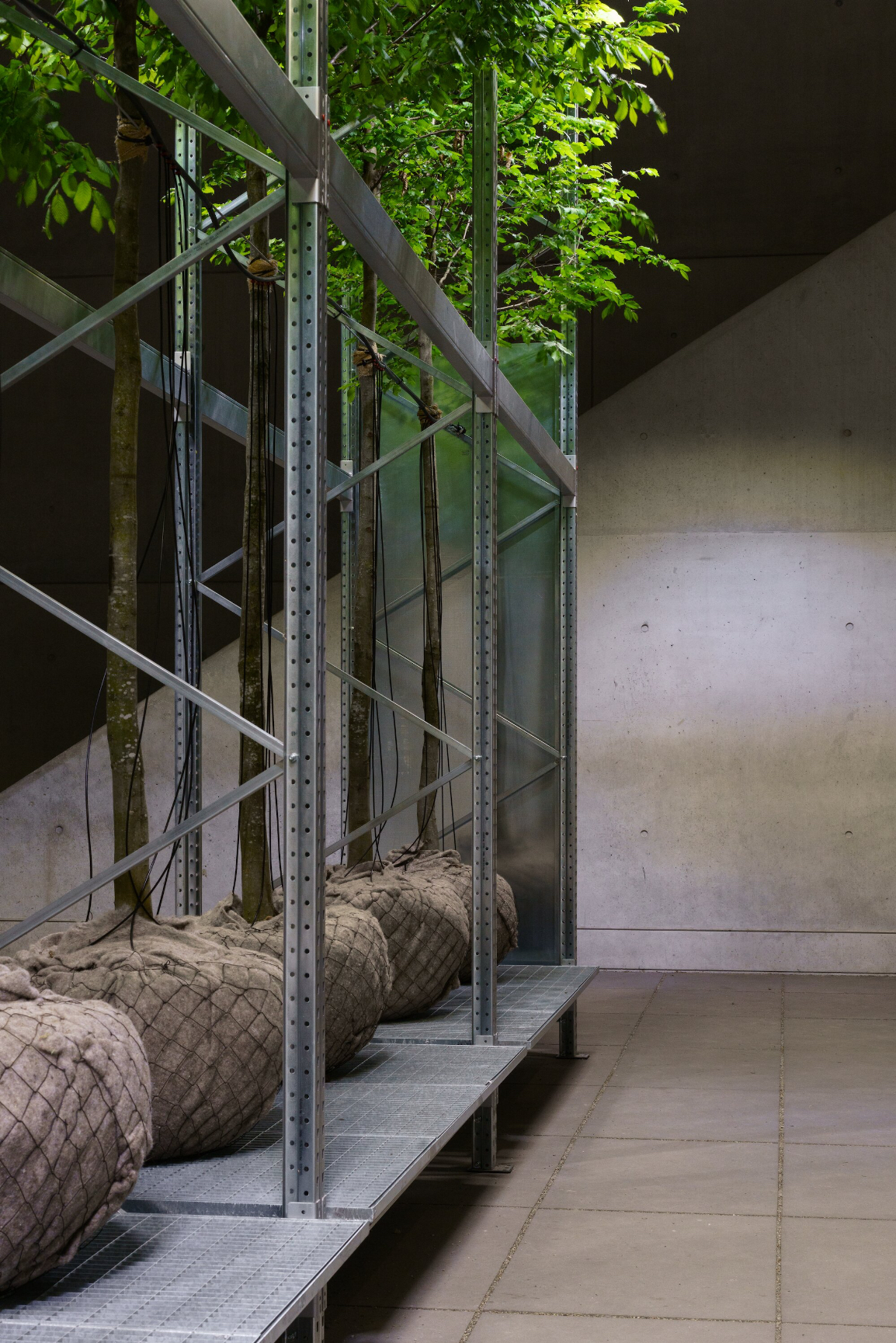
|
||
| 98 | Tabularasapartment | Conversion |
|
A small flat from another era, on a large housing estate in the suburbs of Munich. Street, path, entrance, lift, front door, home. Apart from the name on its doorbell, the apartment co-exists rather anonymously with its neighbours. The original plan comprised a set of connected boxes that set out a way of living for parents and child. Hallway, bathroom, kitchen, living room; many rooms, each with little space. 15 years ago, the house was renovated to make it more energy efficient. New insulation, synthetic plaster and plastic windows were added on the outside. Laminate flooring, carpet and chipboard on the inside. Some walls of the building were load-bearing; others just separating. Renewing the surfaces alone would not be enough. https://www.ad-magazin.de/artikel/71-quadratmeter-muenchen-alexander-freudenberger-hannes-heinrich Programme: Living 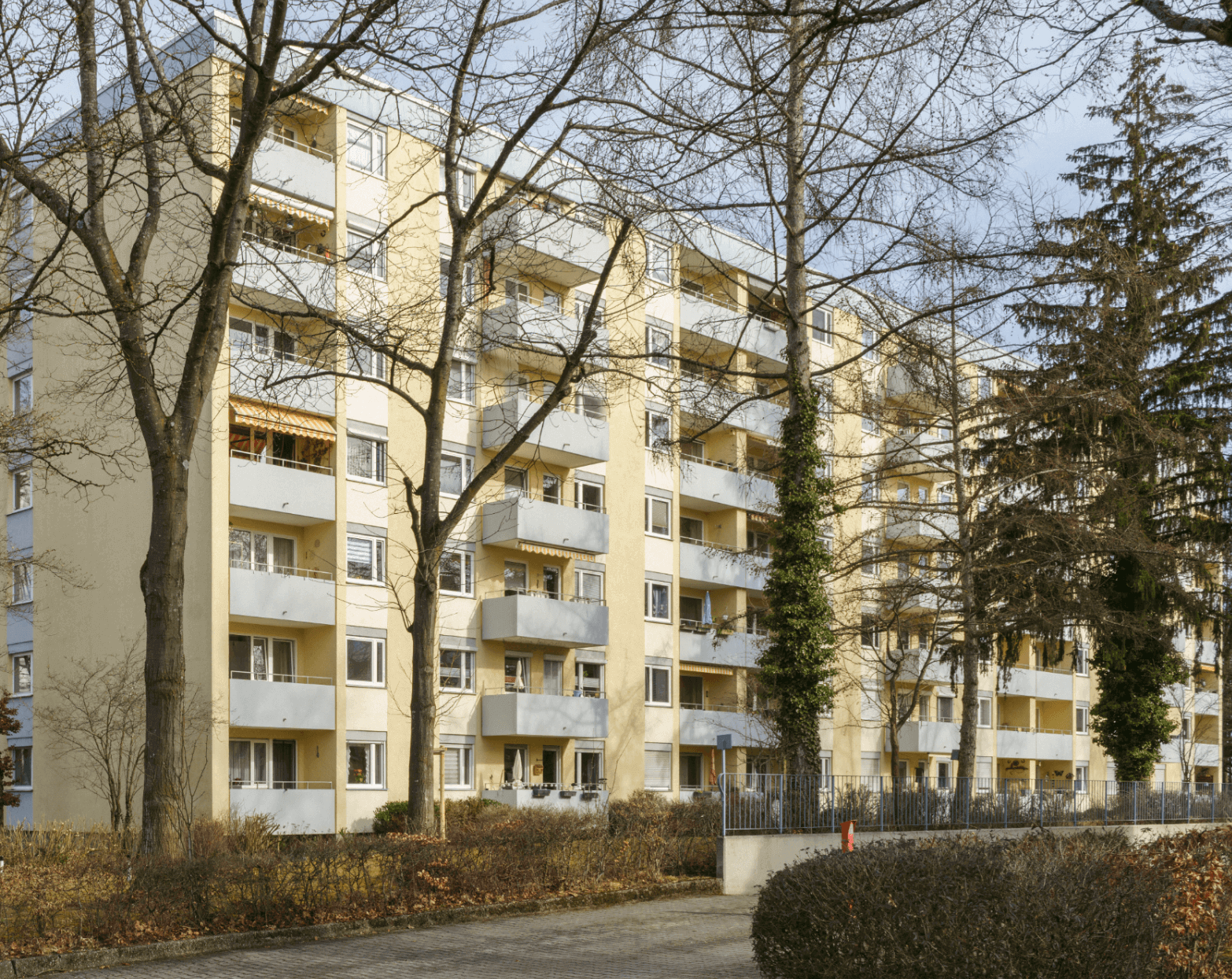

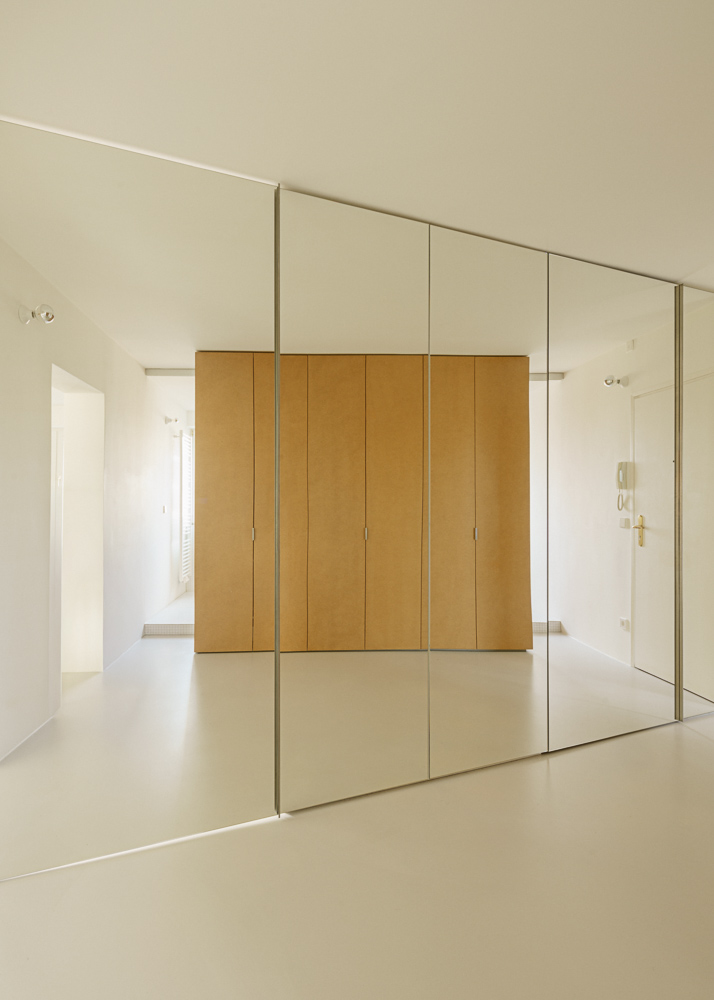
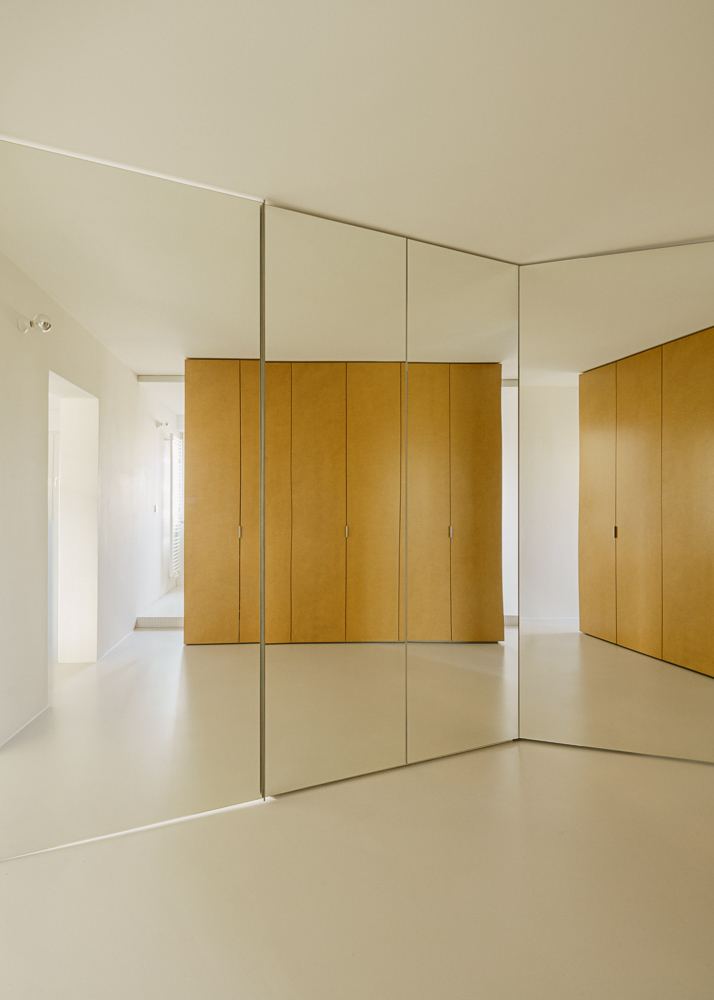


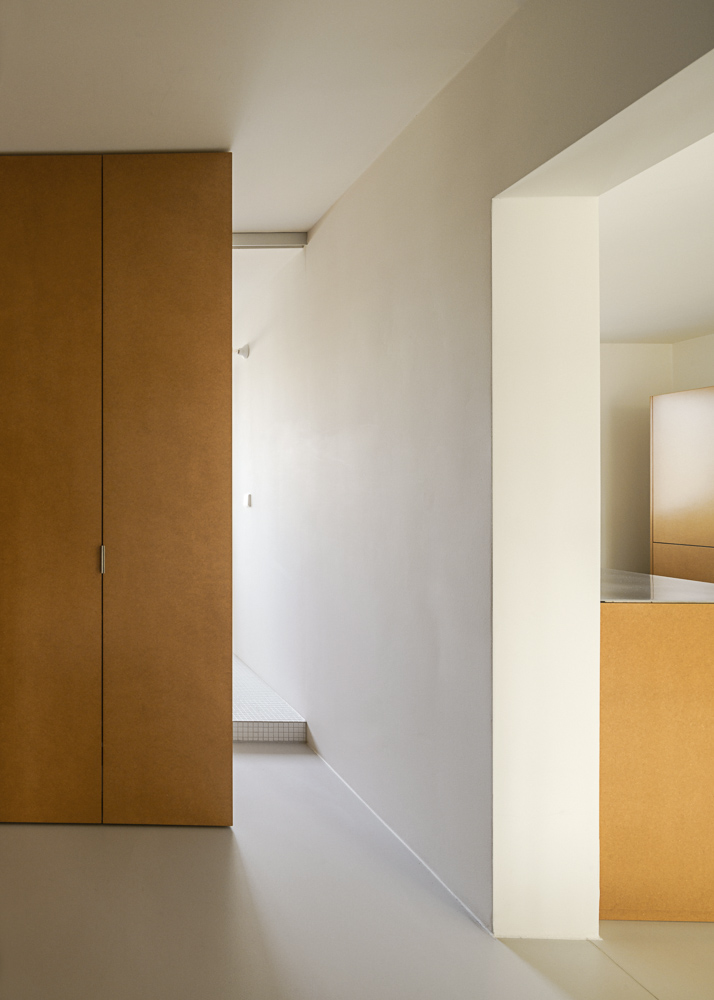

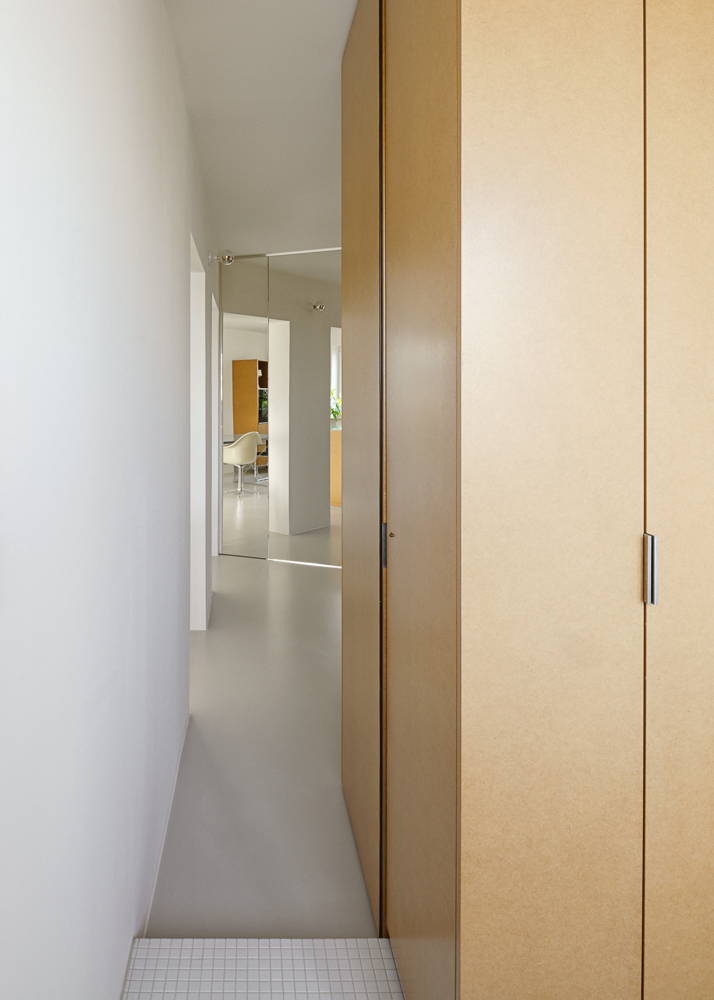
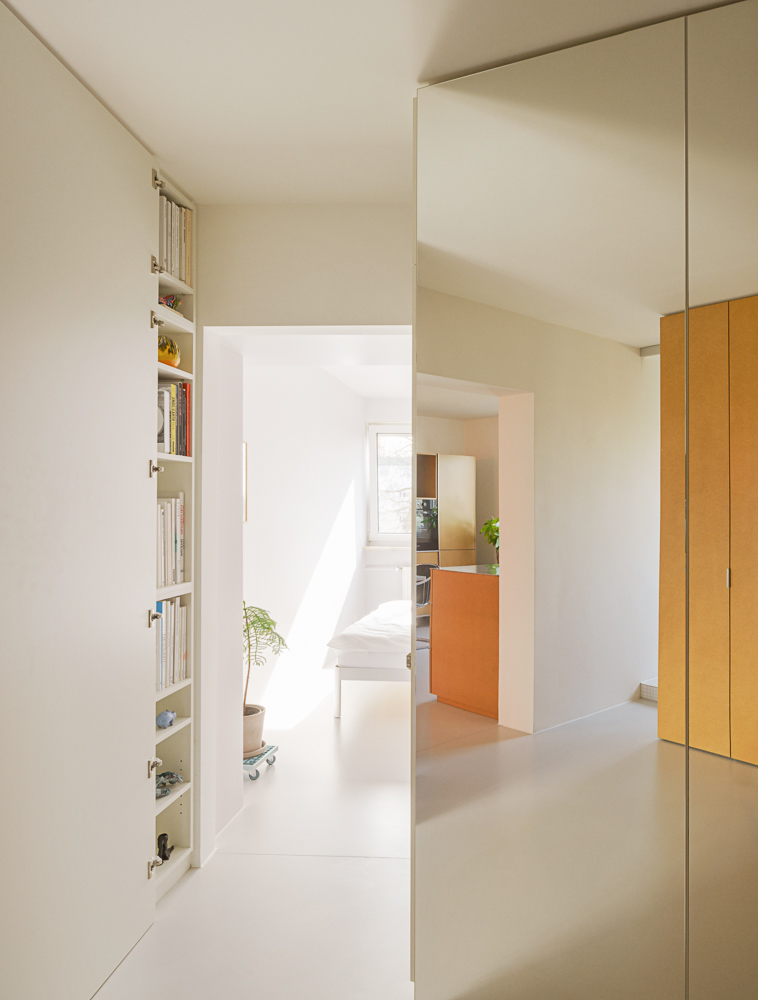
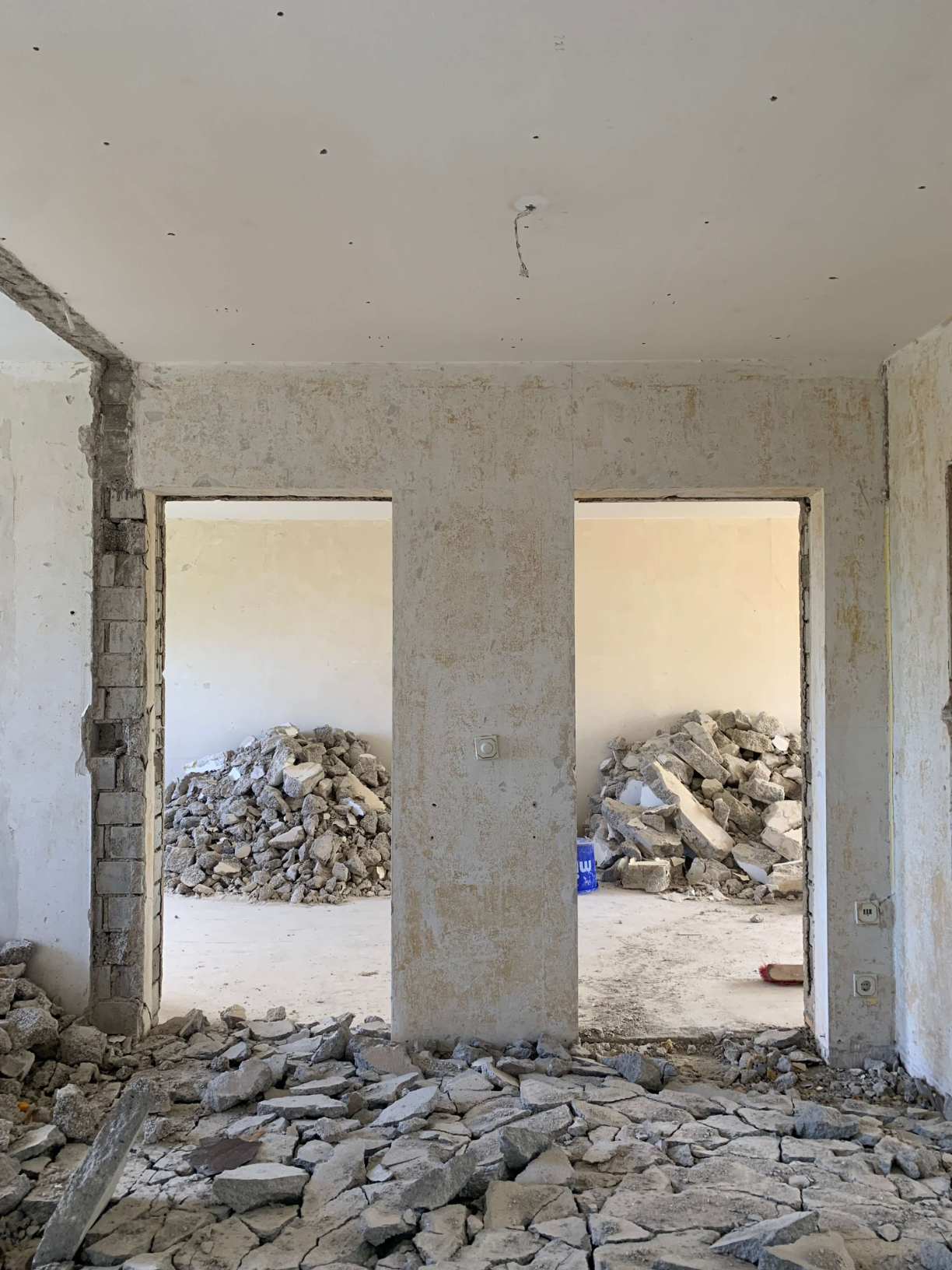
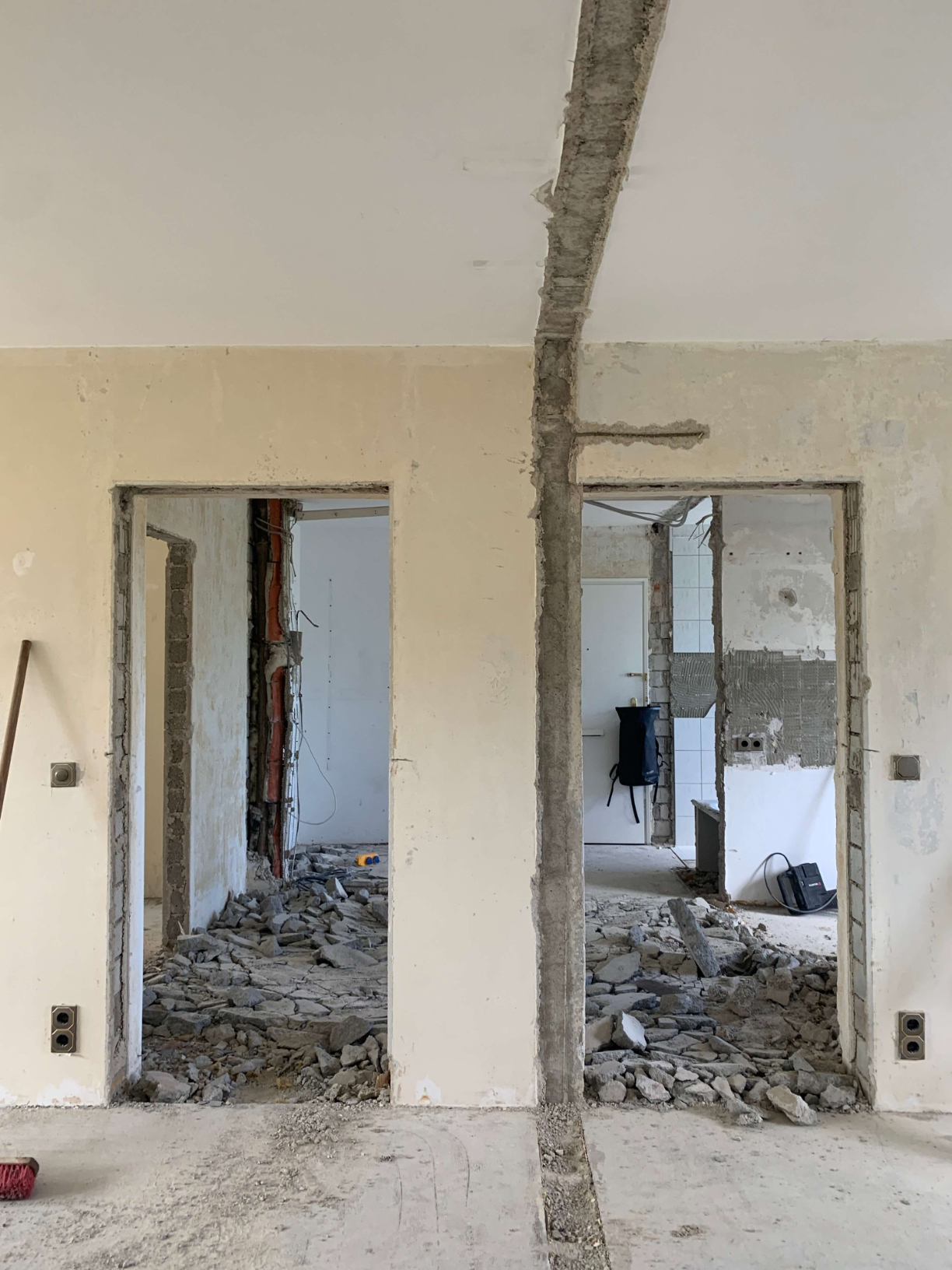
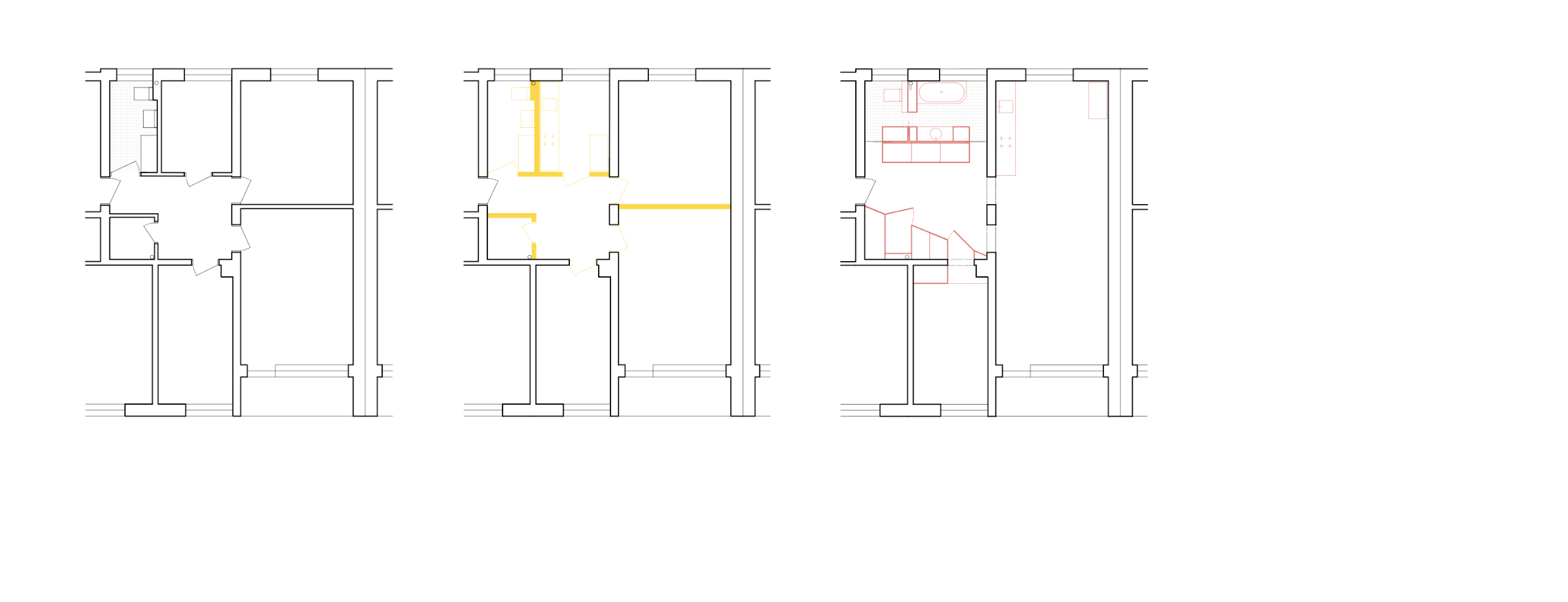
|
||
| 90 | William Turner | Exhibition Design |
|
A major exhibition of JMW Turner’s work in an iconic exhibition venue, part of which was initially a leftover from the construction of the city’s underground rail network in the late 1960s. The design of the exhibition, which was organised by Lenbachhaus in collaboration with Tate Britain, was determined by an attempt to maximise how much material from the construction could be reused afterwards. No single-orientation walls were built, and no disposable elements were used in the assembly of the exhibition furniture. A relatively simple, reusable wall system was employed, and built ‘as it comes’. A system of furniture elements was designed that could be configured to form different types and sizes of benches and tables that could adapt to the diverse spaces of the Lenbachhaus galleries. Textile panels were just cut from the roll. Each element was integrated into the fabric of exhibition spaces themselves without interfering too much with the aura that inevitably surrounds Turner’s gold-framed, extraordinary paintings. Programme: Exhibition, Furniture System 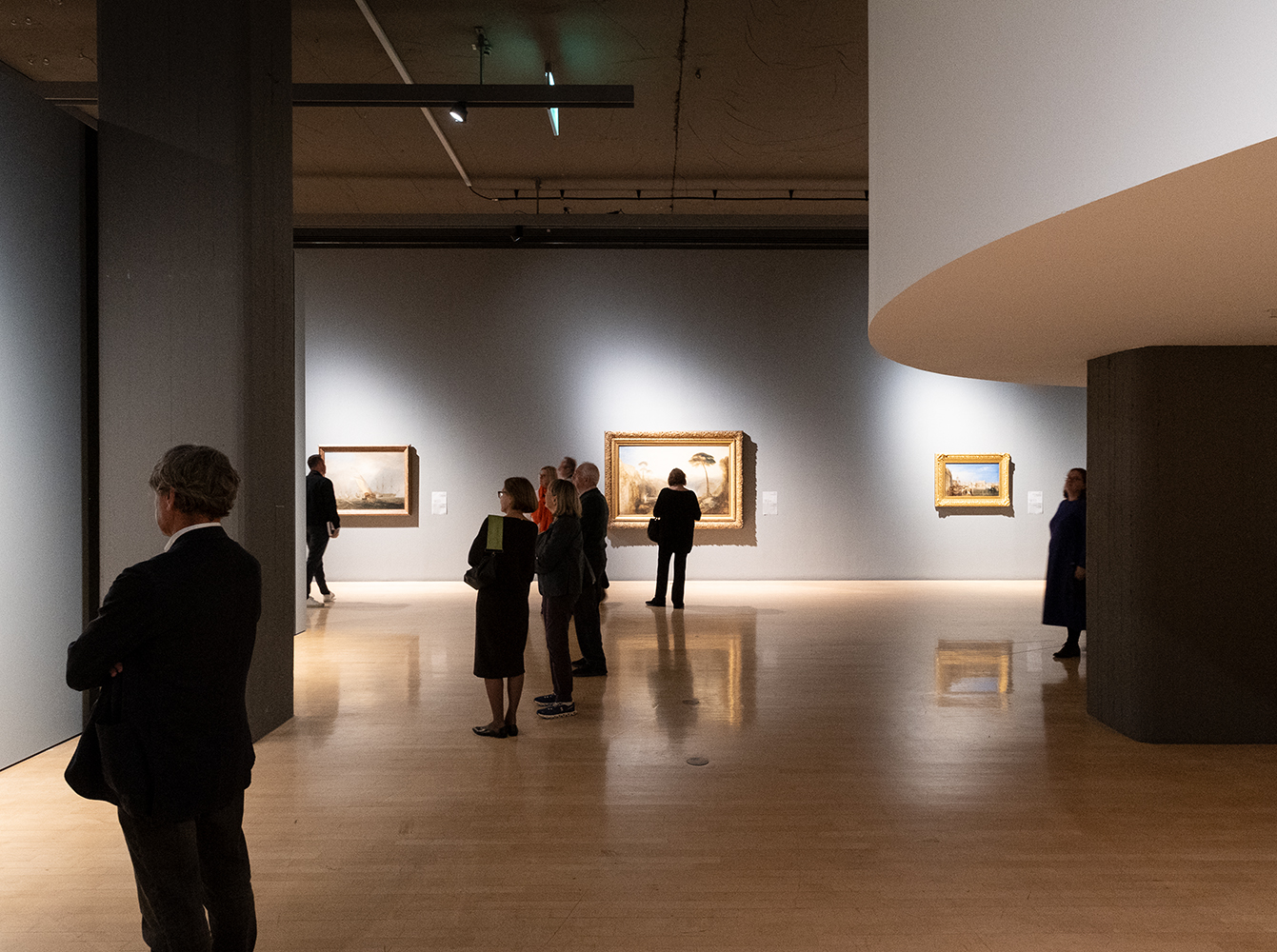
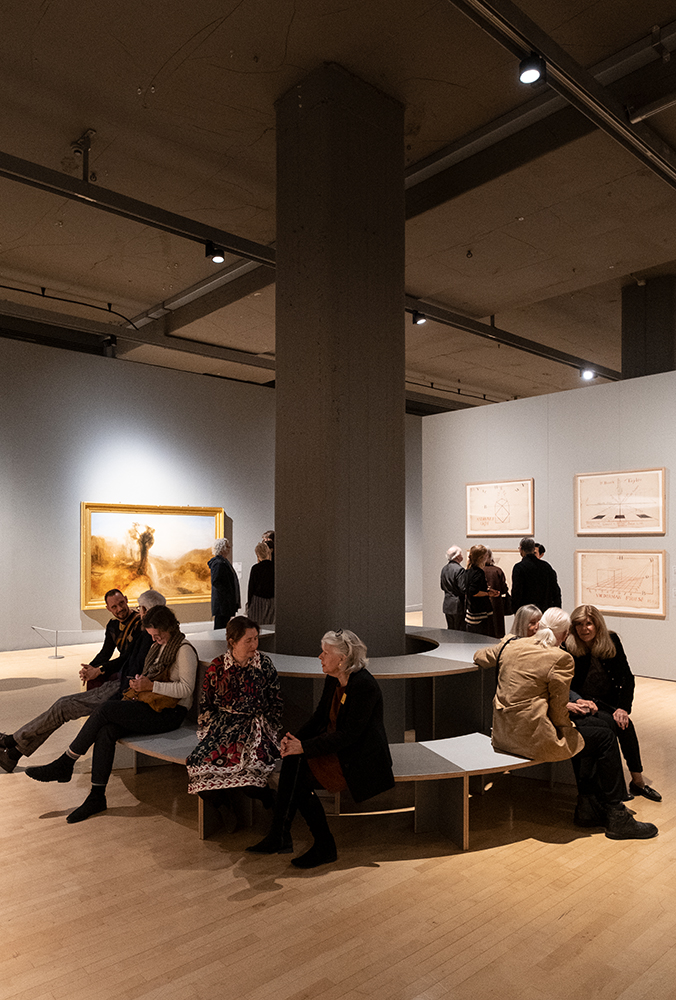

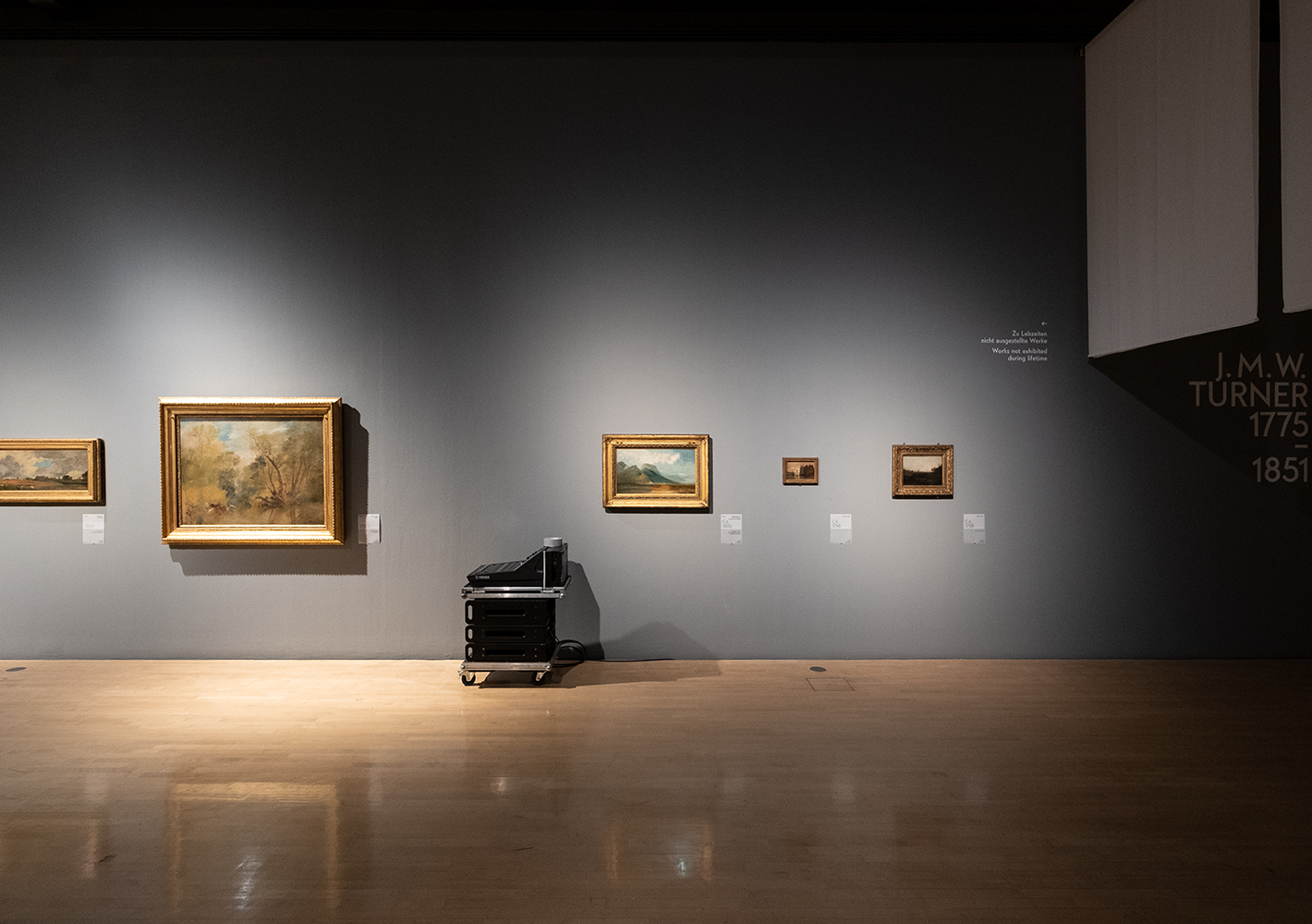
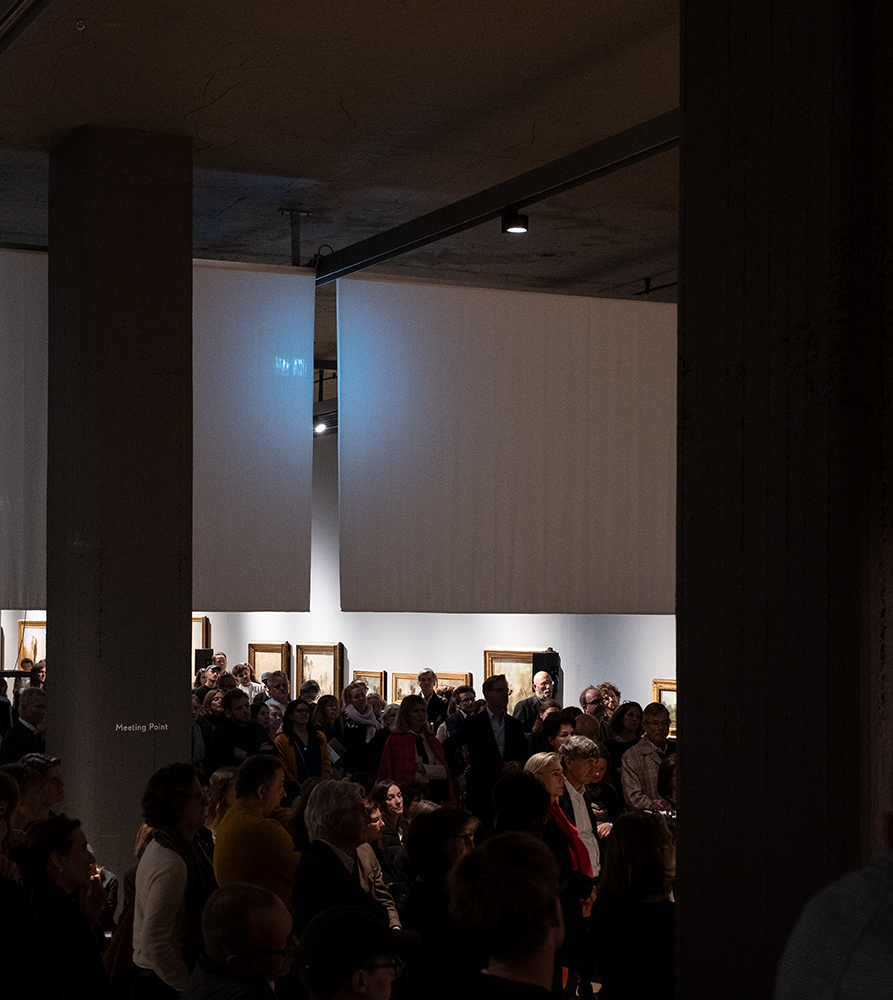
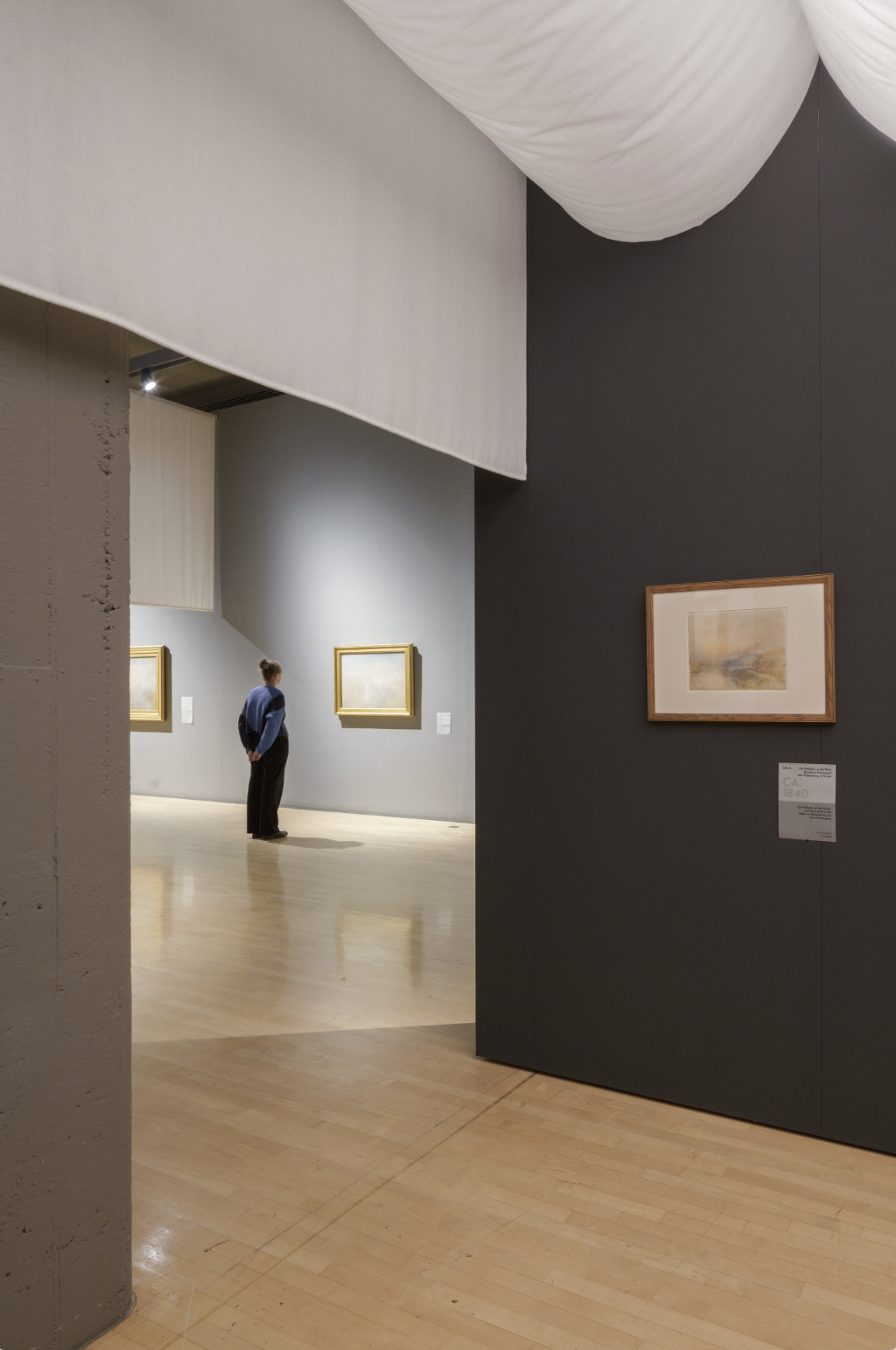
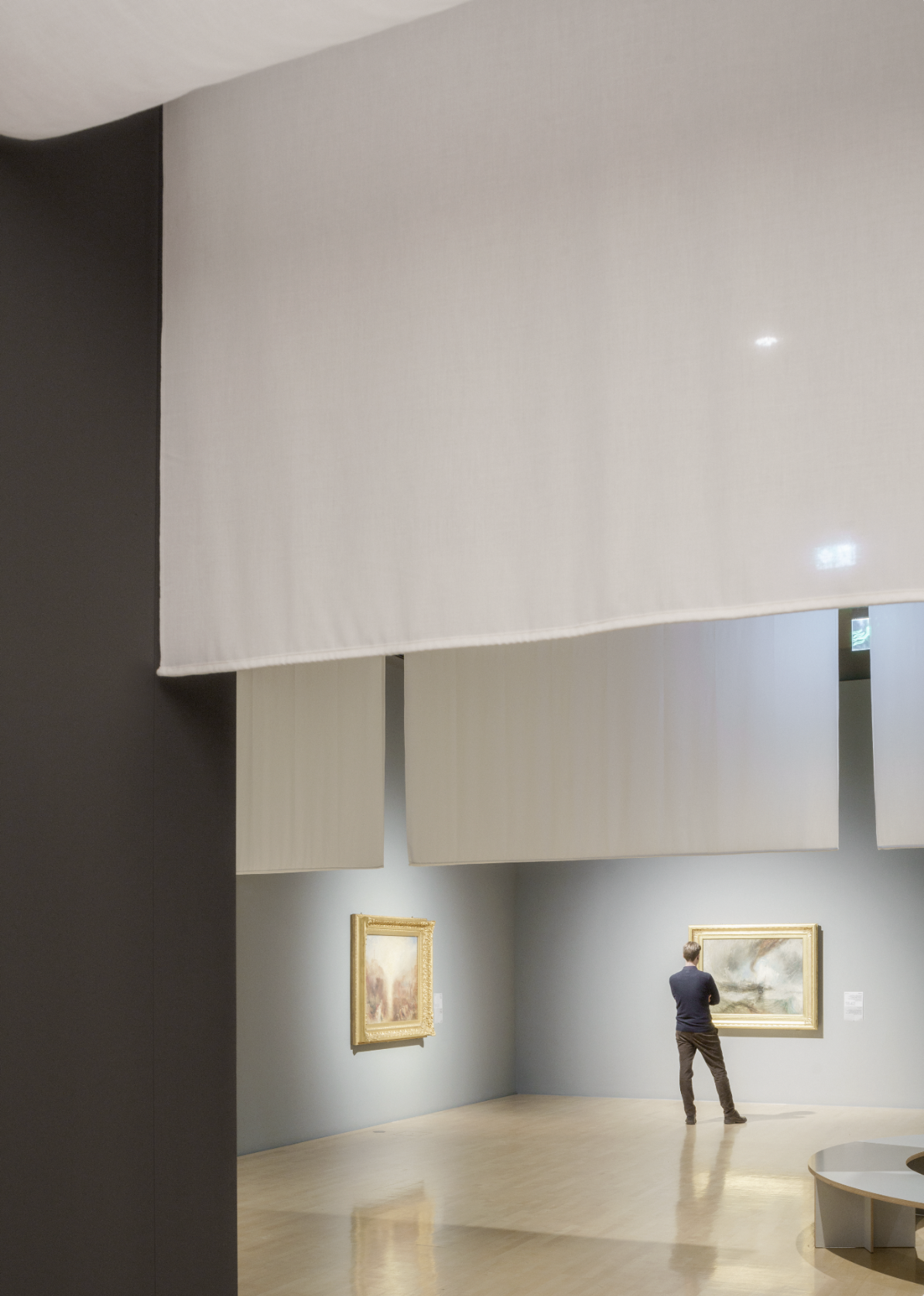
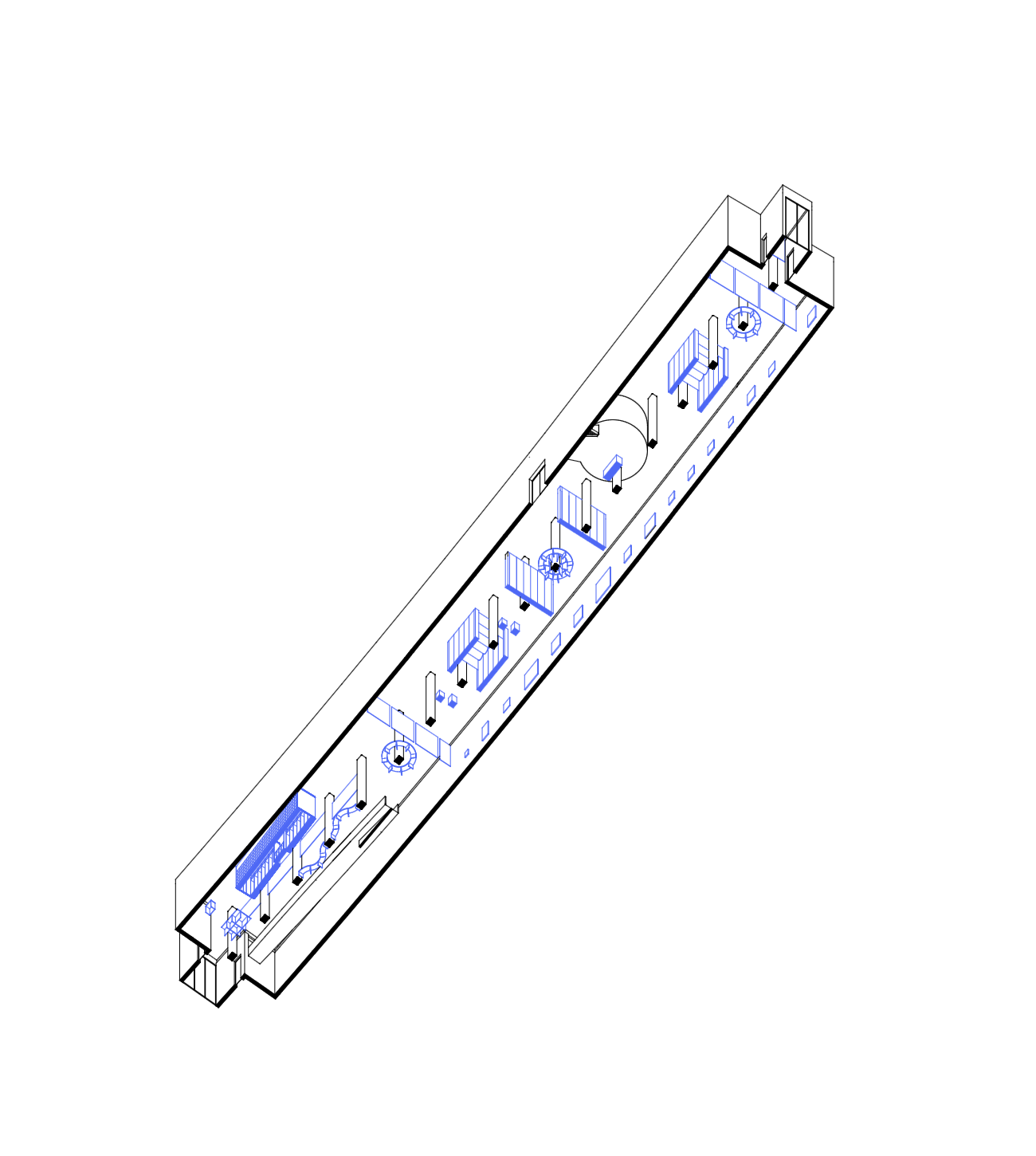
|
||
| 88 | A house without any cement | House |
|
A really small house for a family of three, built without cement or adhesives. Its foundations are made of solid granite blocks, and its frame is comprised entirely of untreated sawn timber possible due to small spans. The outer walls are prefabricated timber units, each of which is filled with hempcrete. Only the inner leaf of the 40cm-thick wall has any load-bearing function, and so hempcrete can also be applied to almost the entire external surface of the building to wrap it. This minimizes thermal bridges in the structure and means that the final layer of lime plaster can be applied directly to the new surface without the need for any substructure. The construction method is based on the traditional timber-frame-structure, which used only three materials: wood, clay and straw. We call this modern version the 'neo-timber-frame-structure'. Programme: House 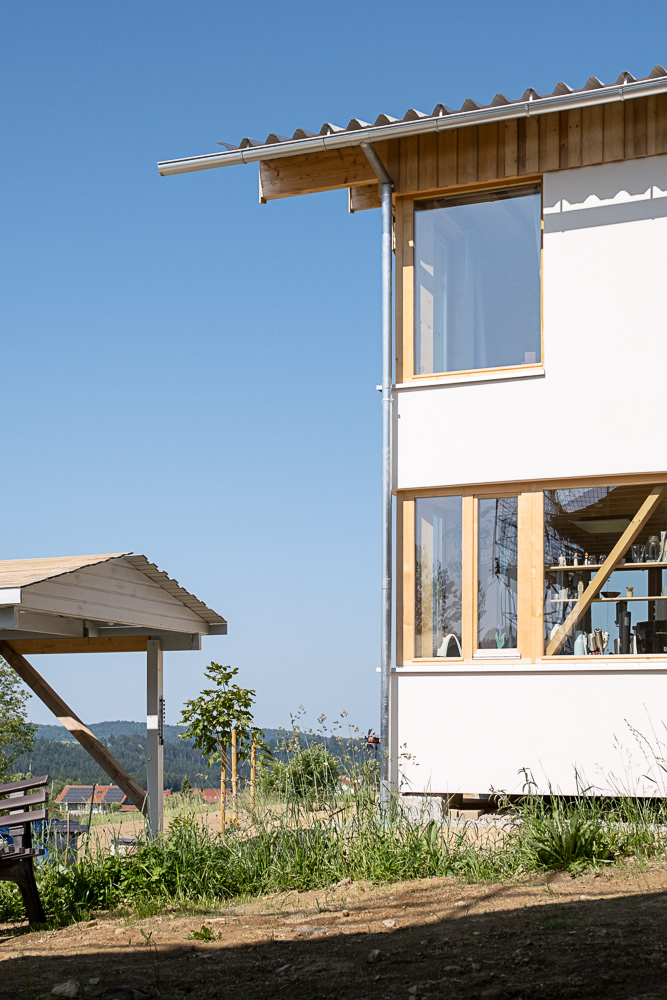
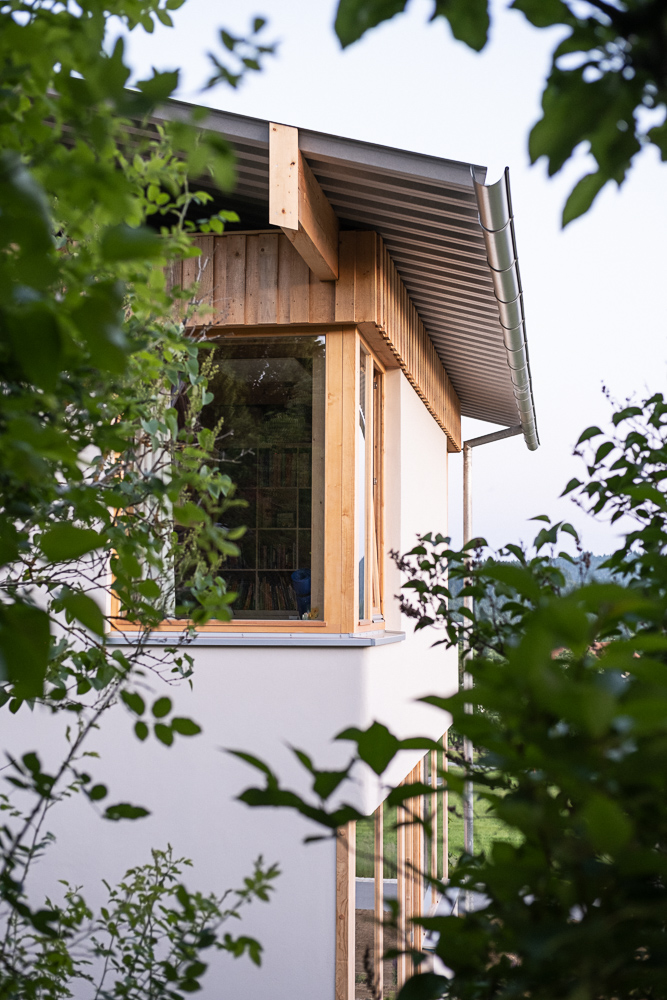
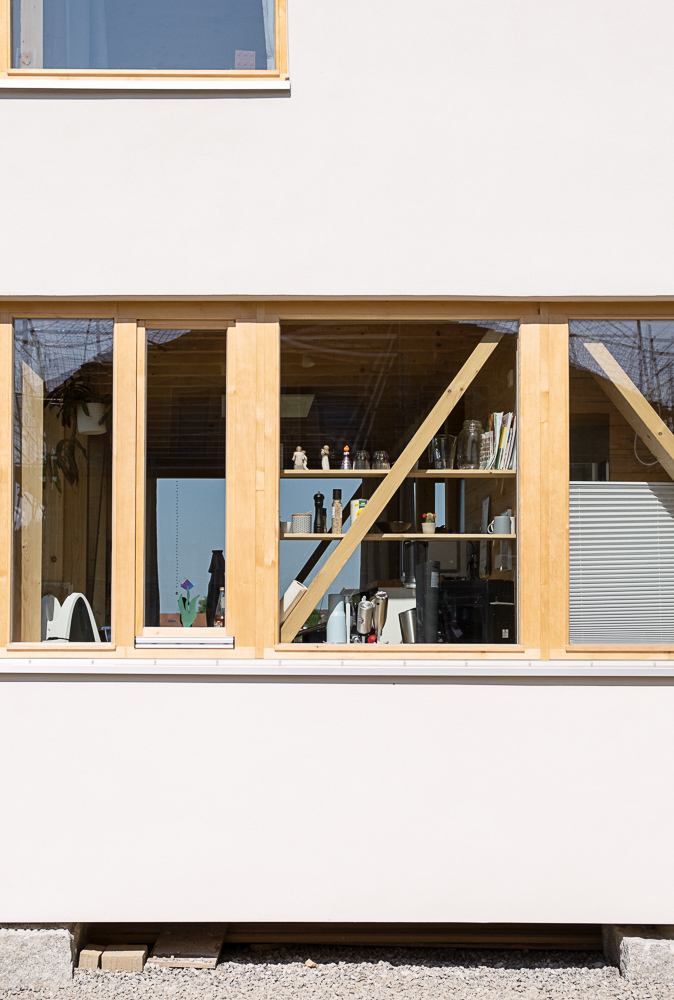

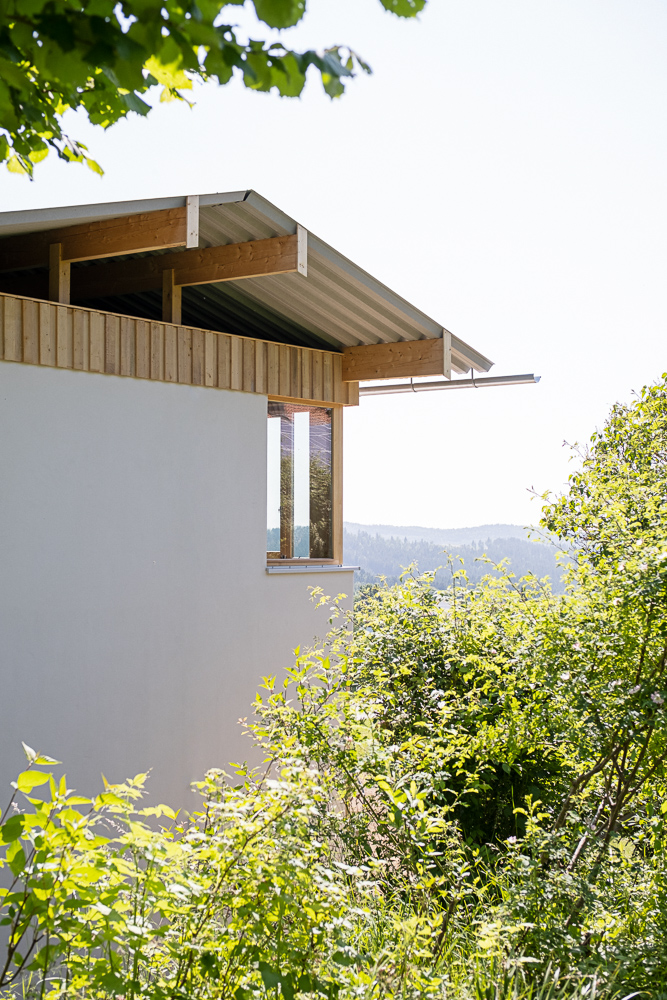
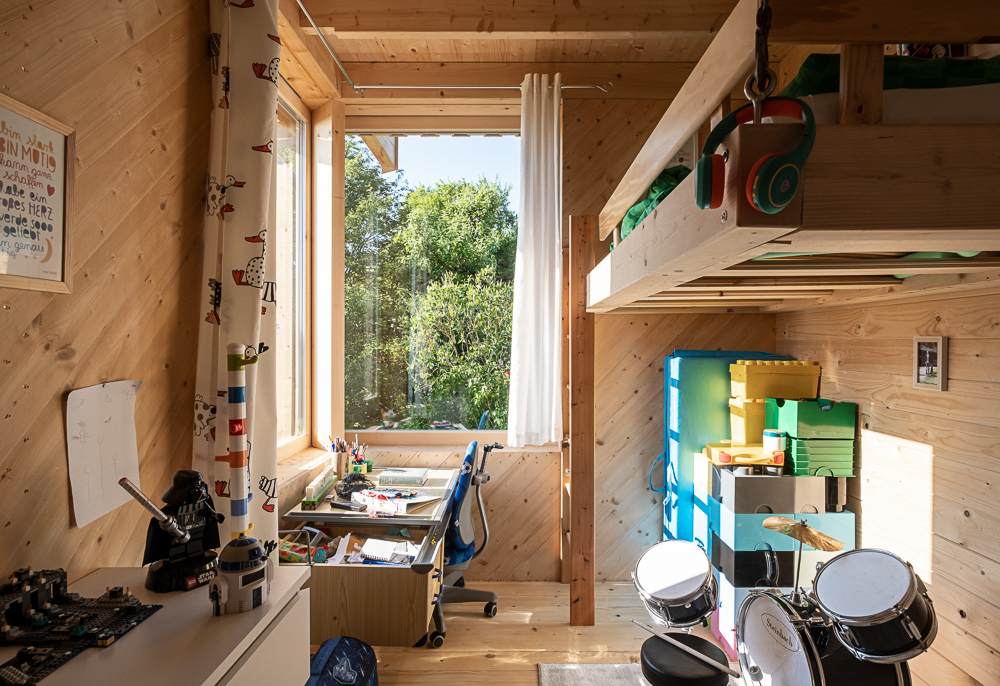
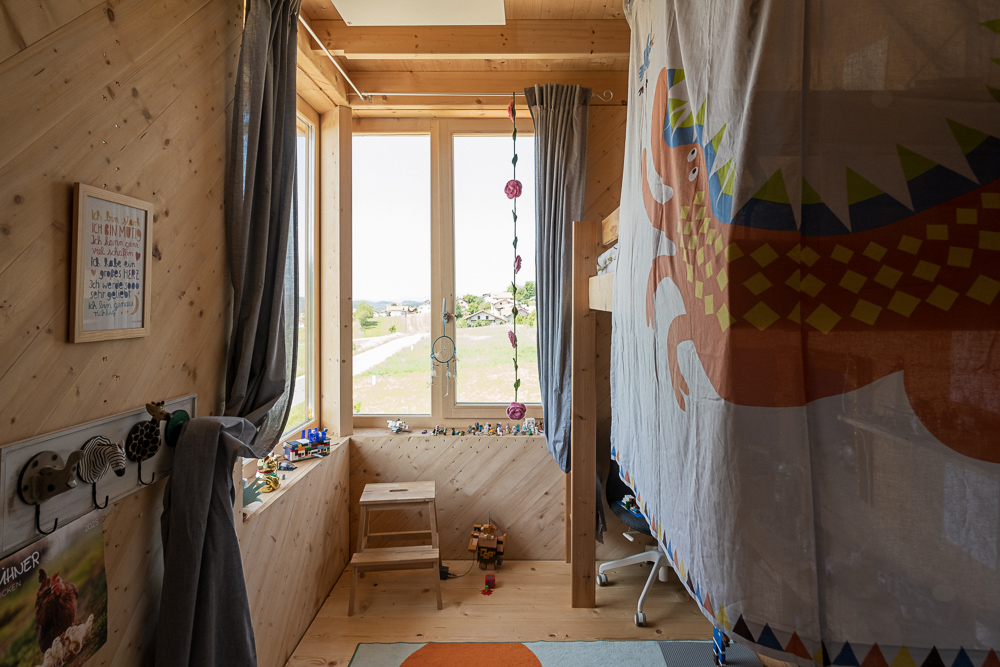
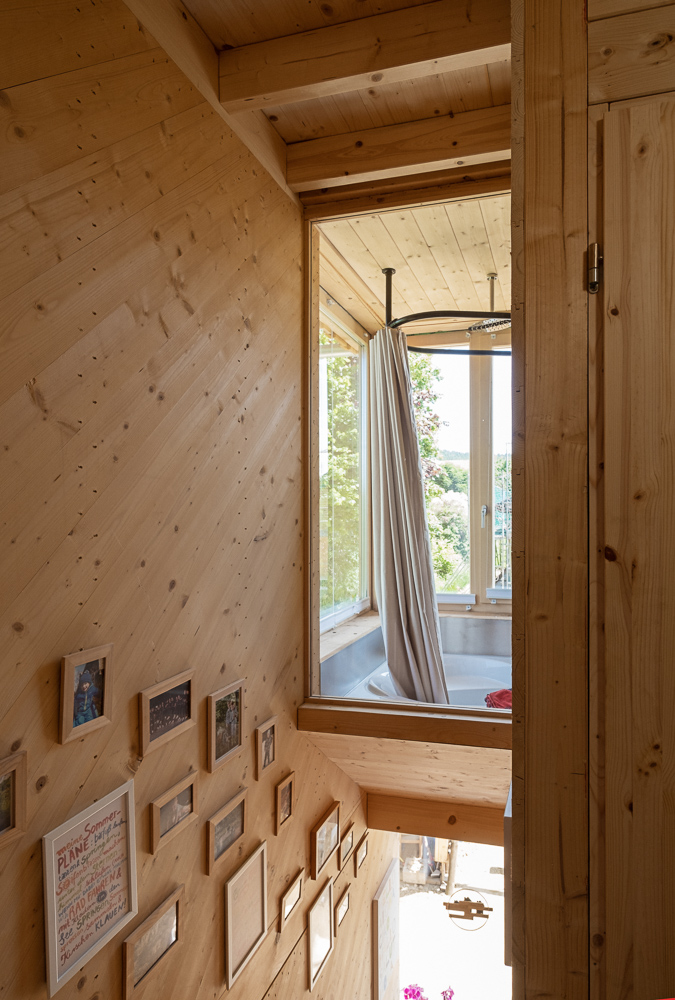
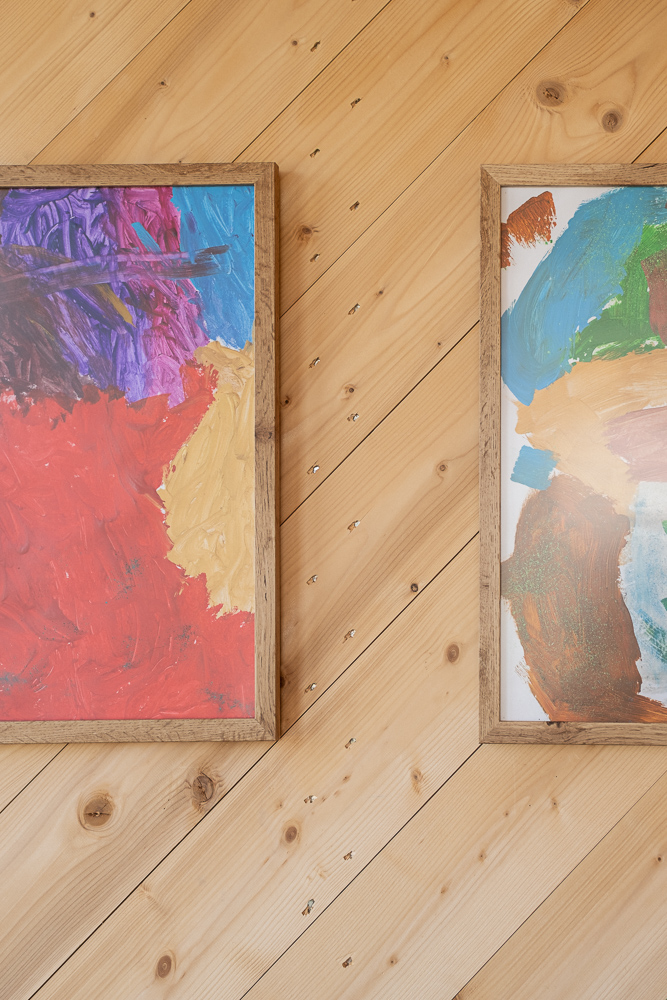
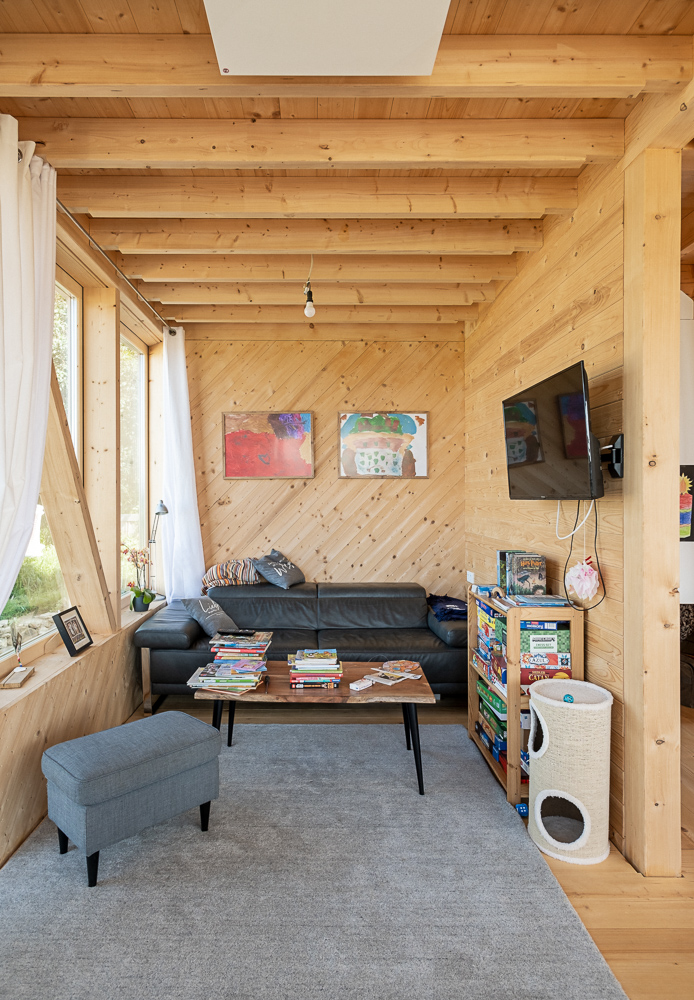




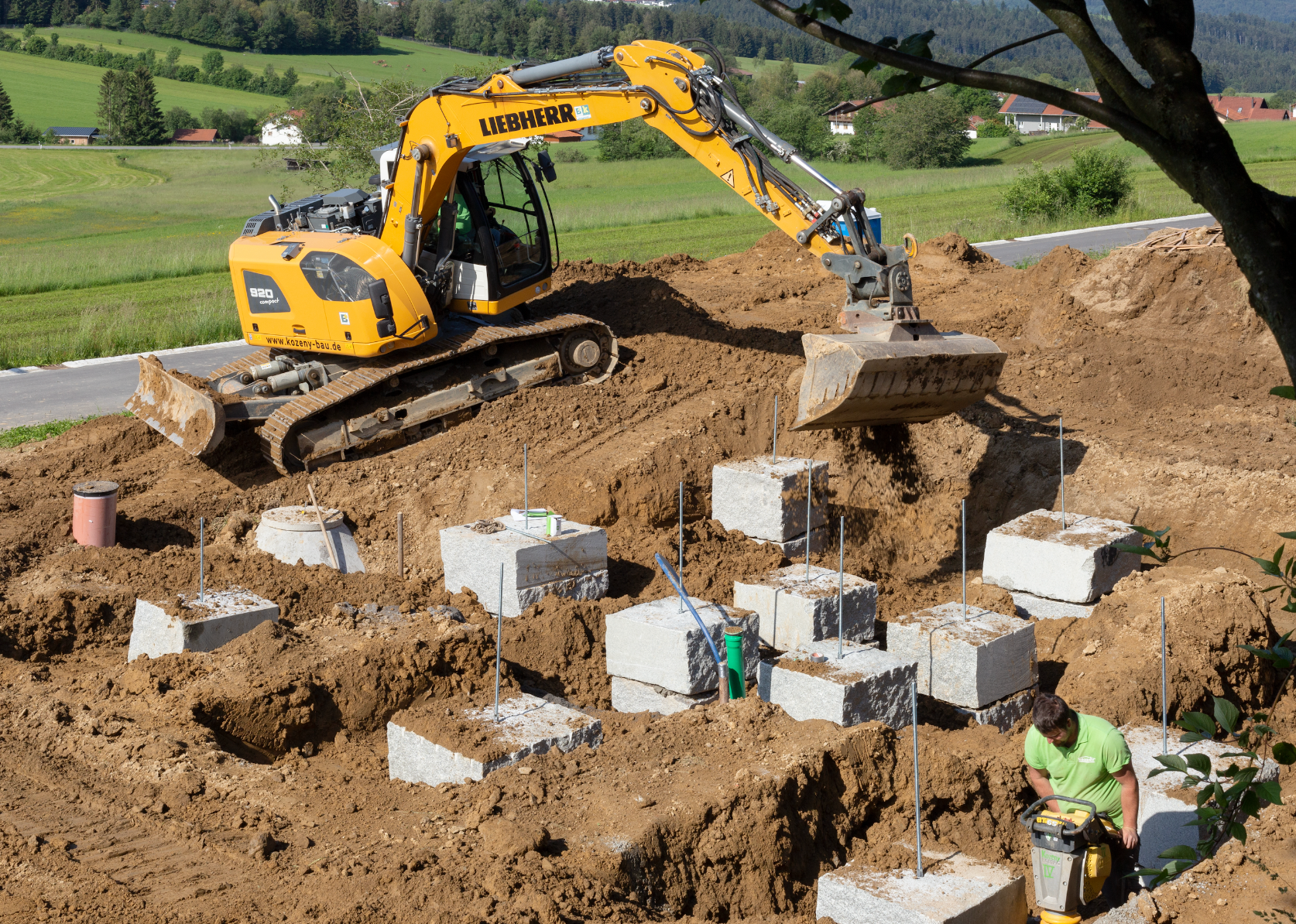
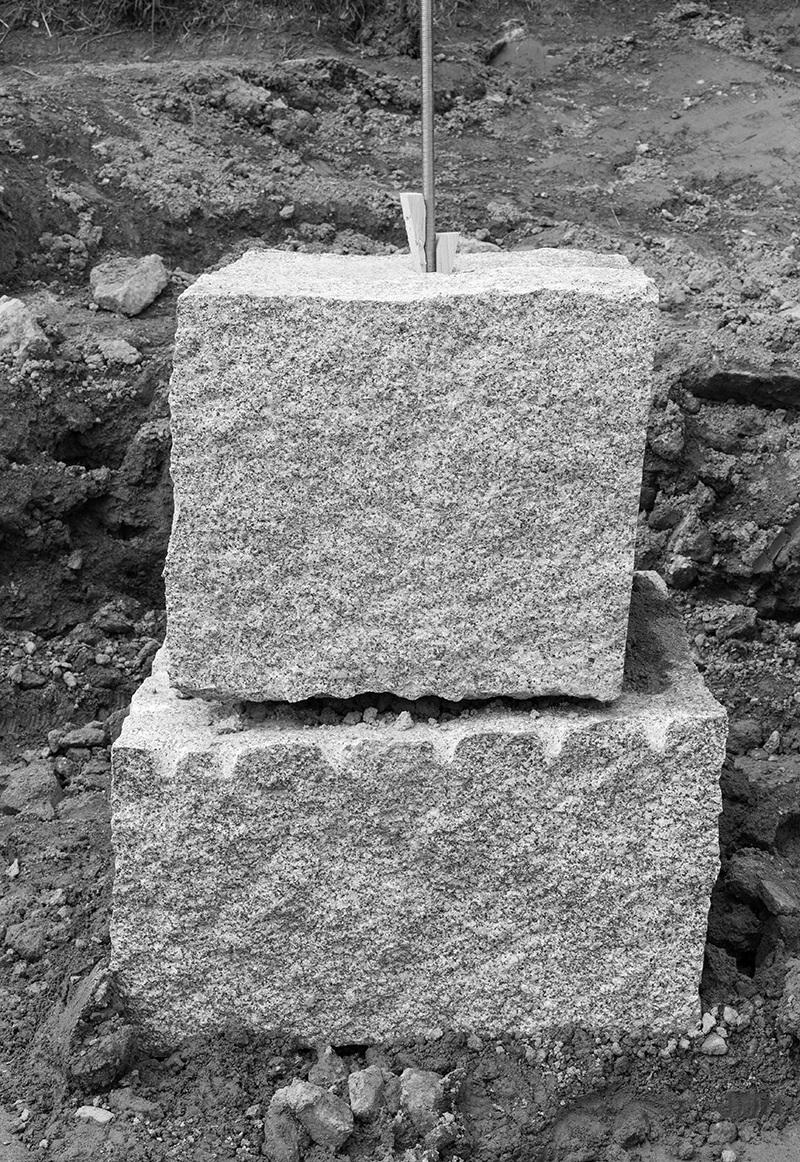
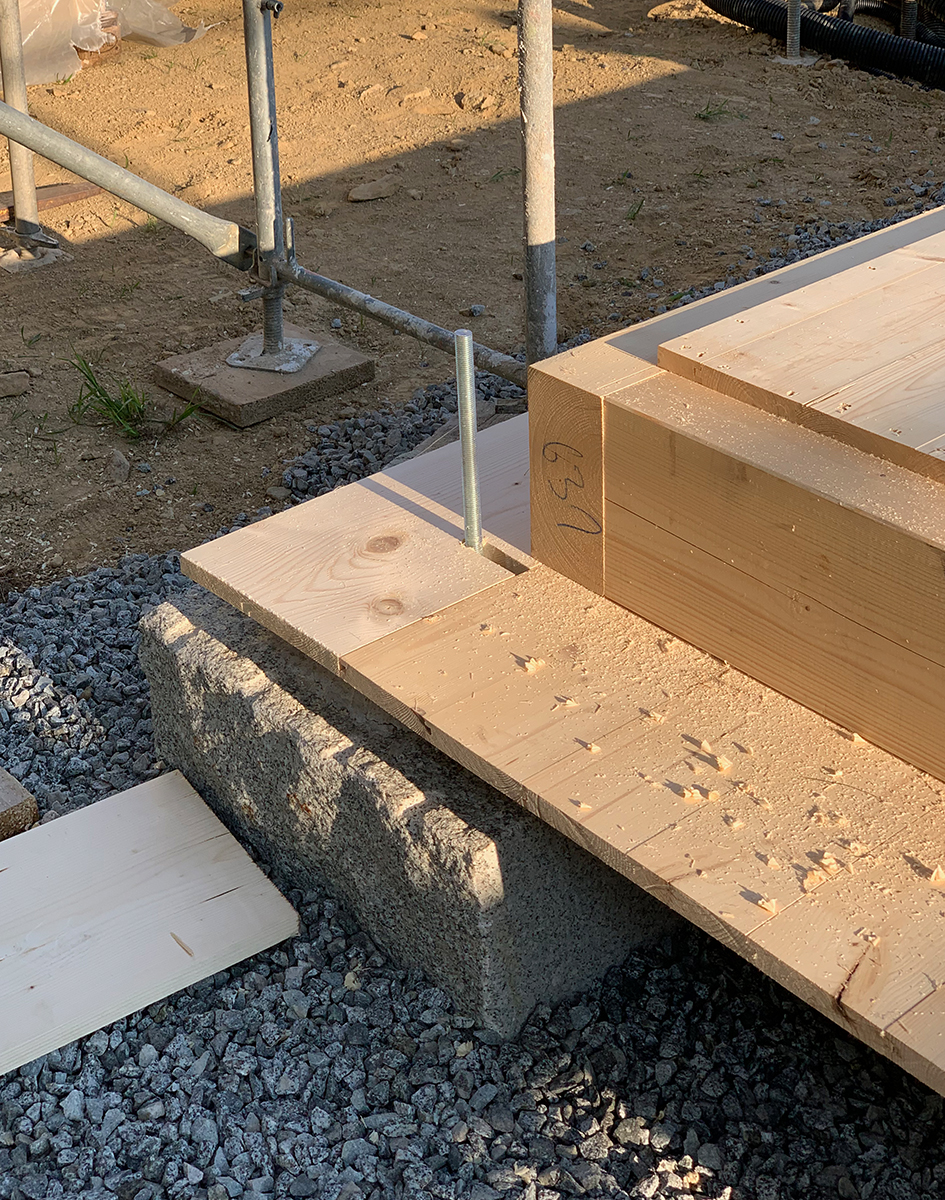
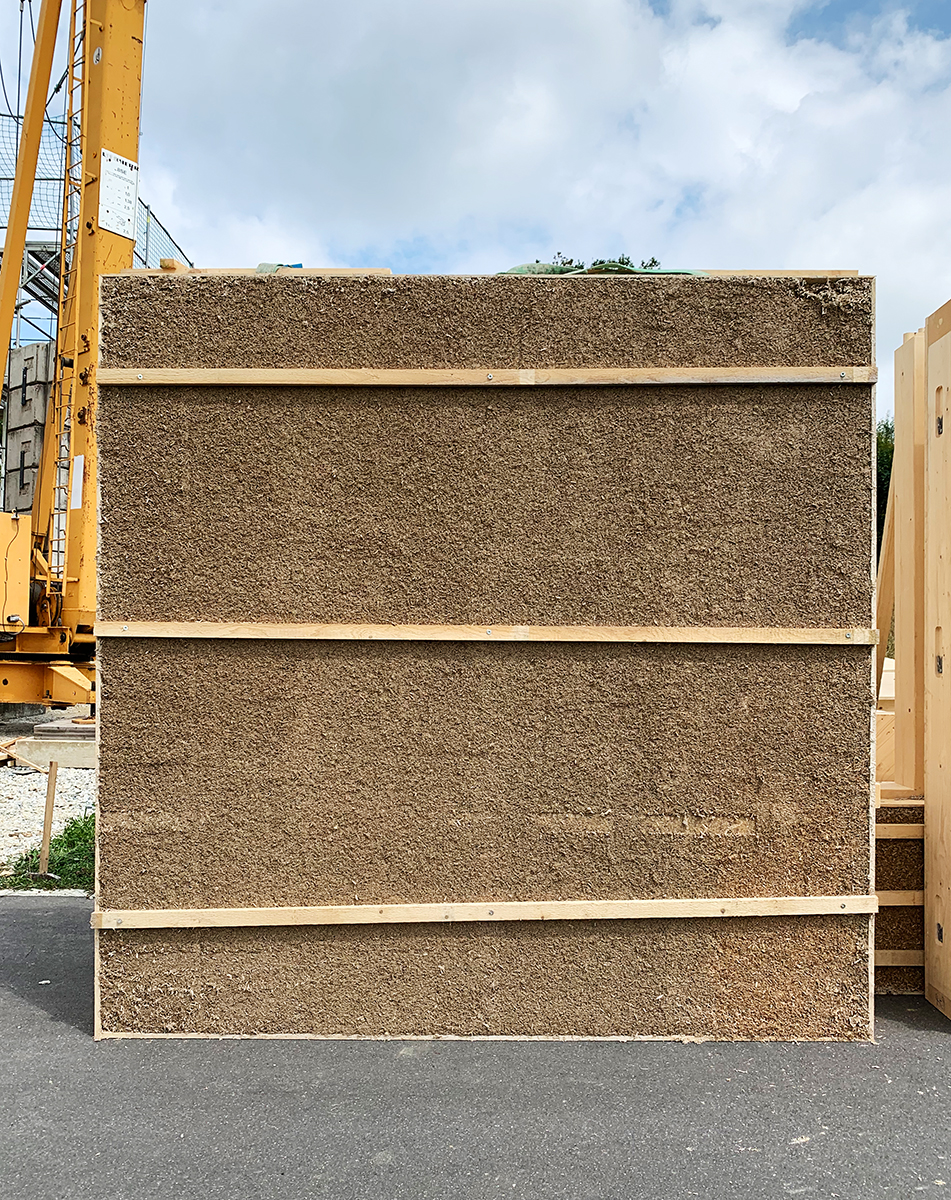
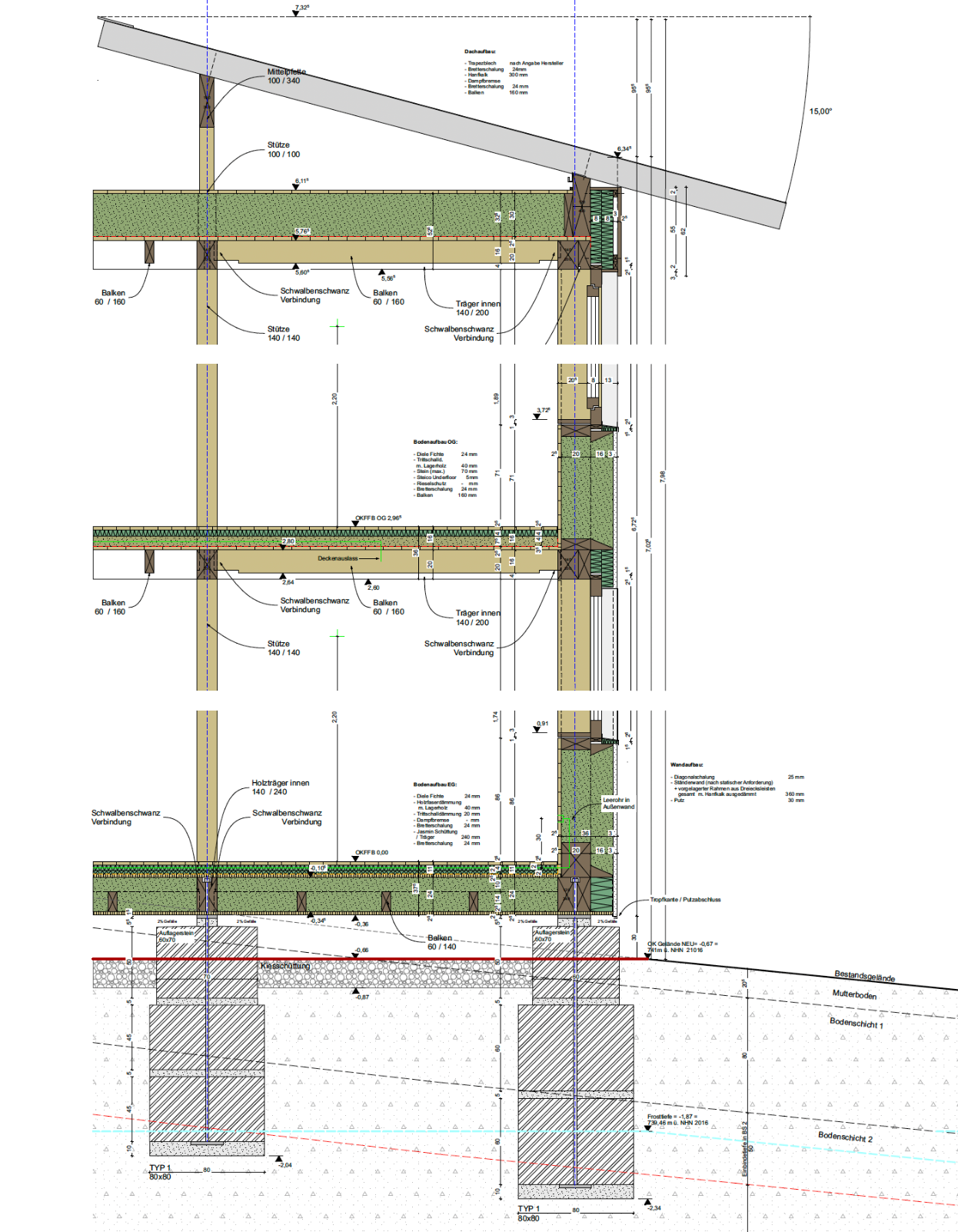
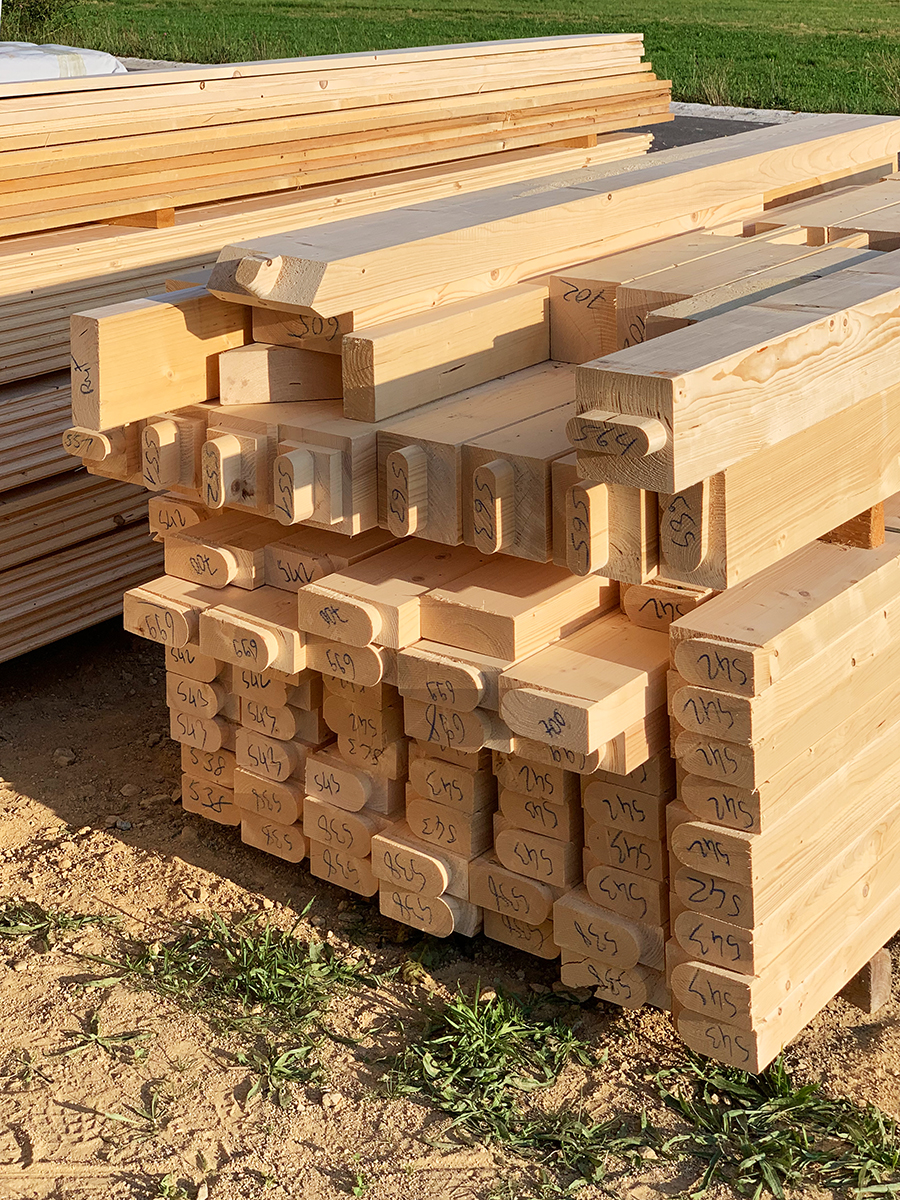
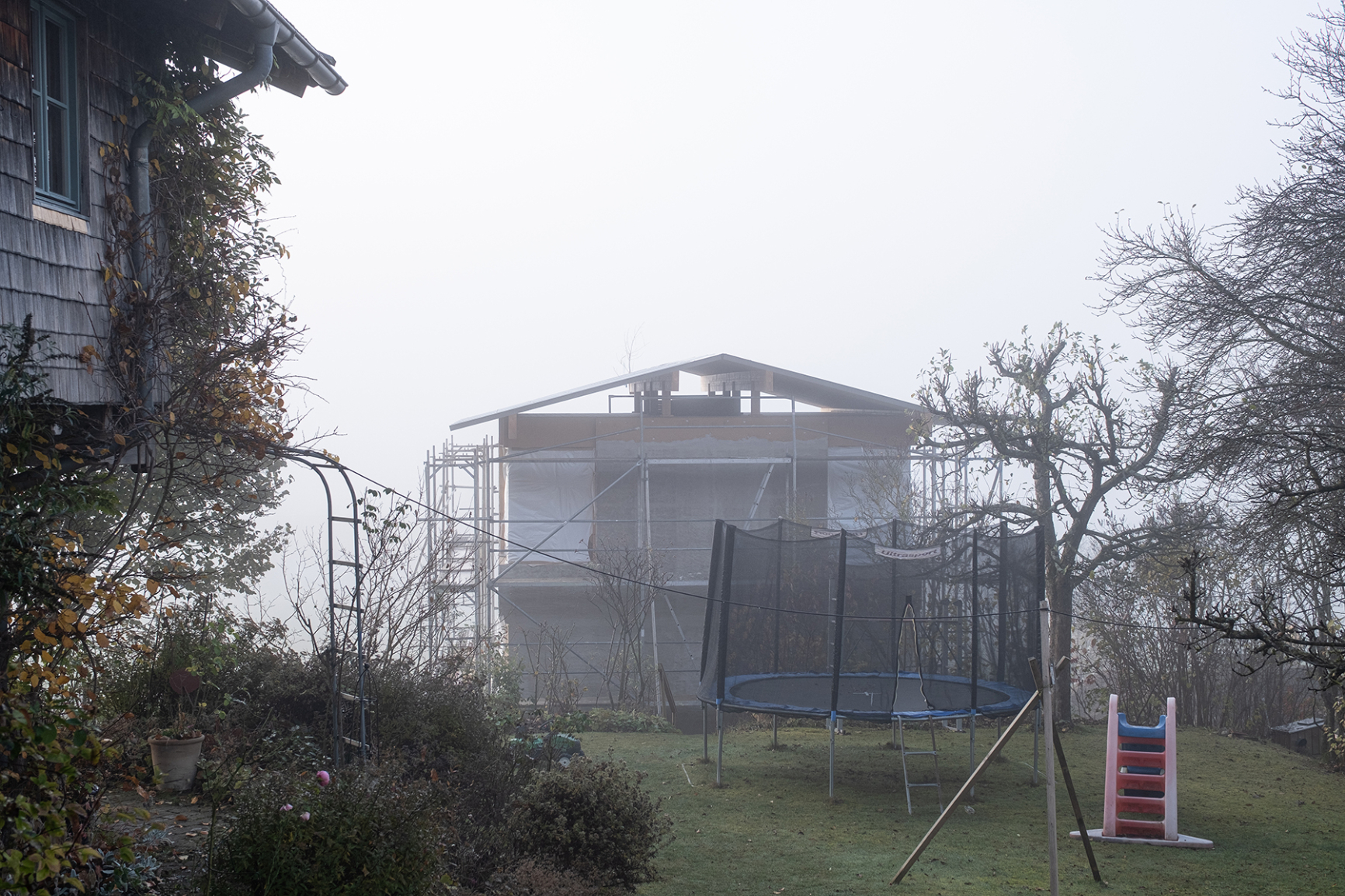
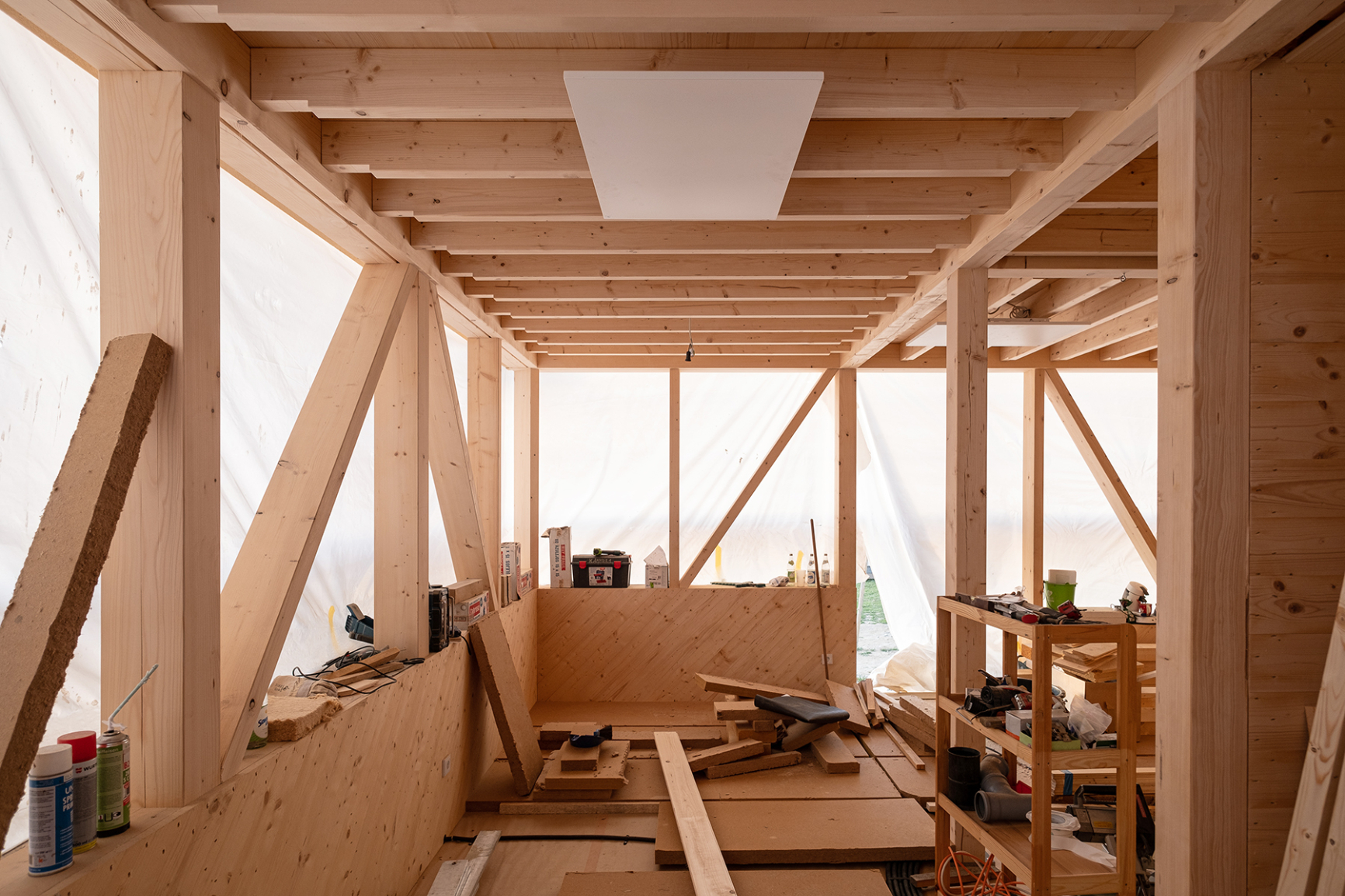
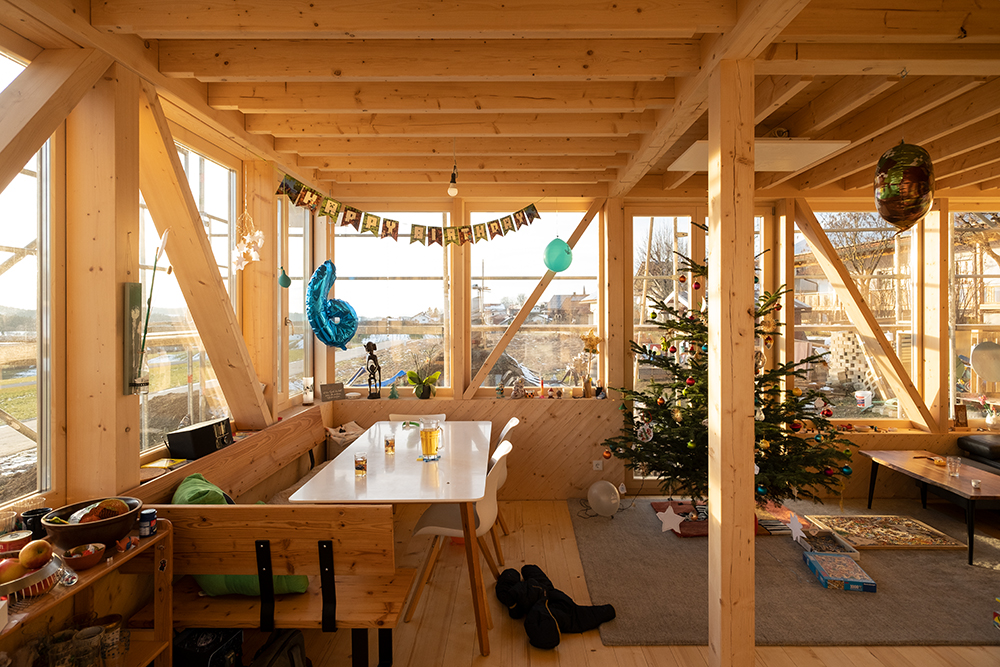
|
||
| 83 | Goldener Hase | Conversion |
|
A complex conglomerate of existing and in some cases listed buildings at the historical heart of Memmingen, in Bavaria. Having evolved and transformed over many centuries, the area was then closed off to the public and left to decay over the course of several decades. Now, however, its future is being rewritten in order to bring it back to life and enable it to operate as a vital, integral and changing piece of the city once again. Programme: Mixed-Use Development 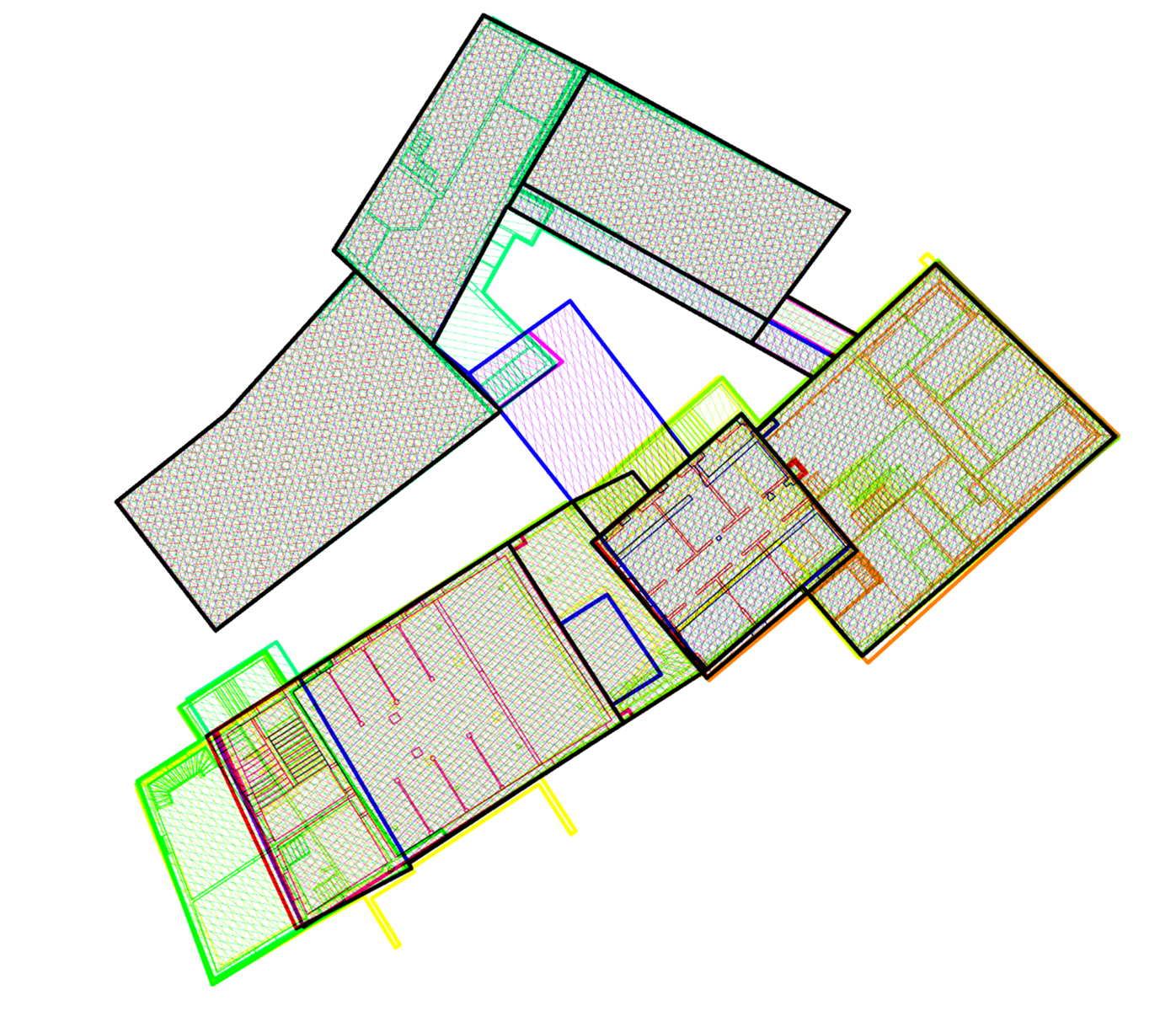
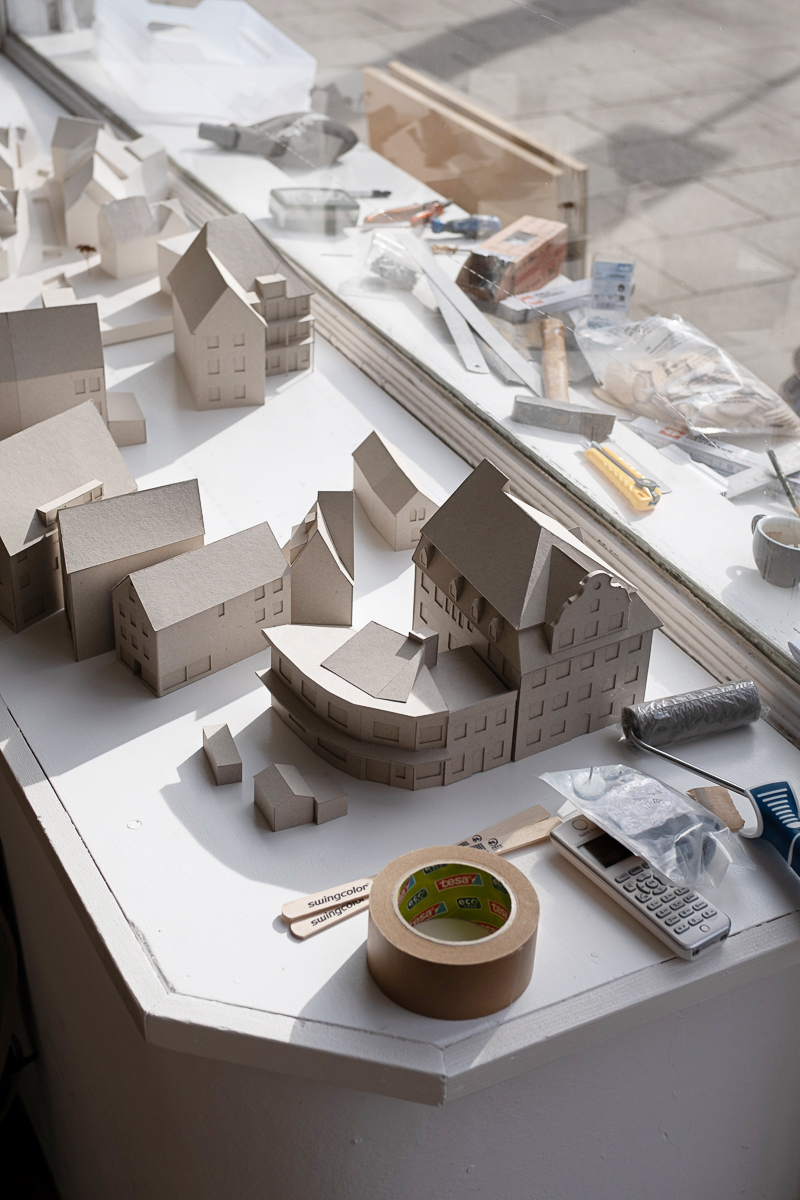

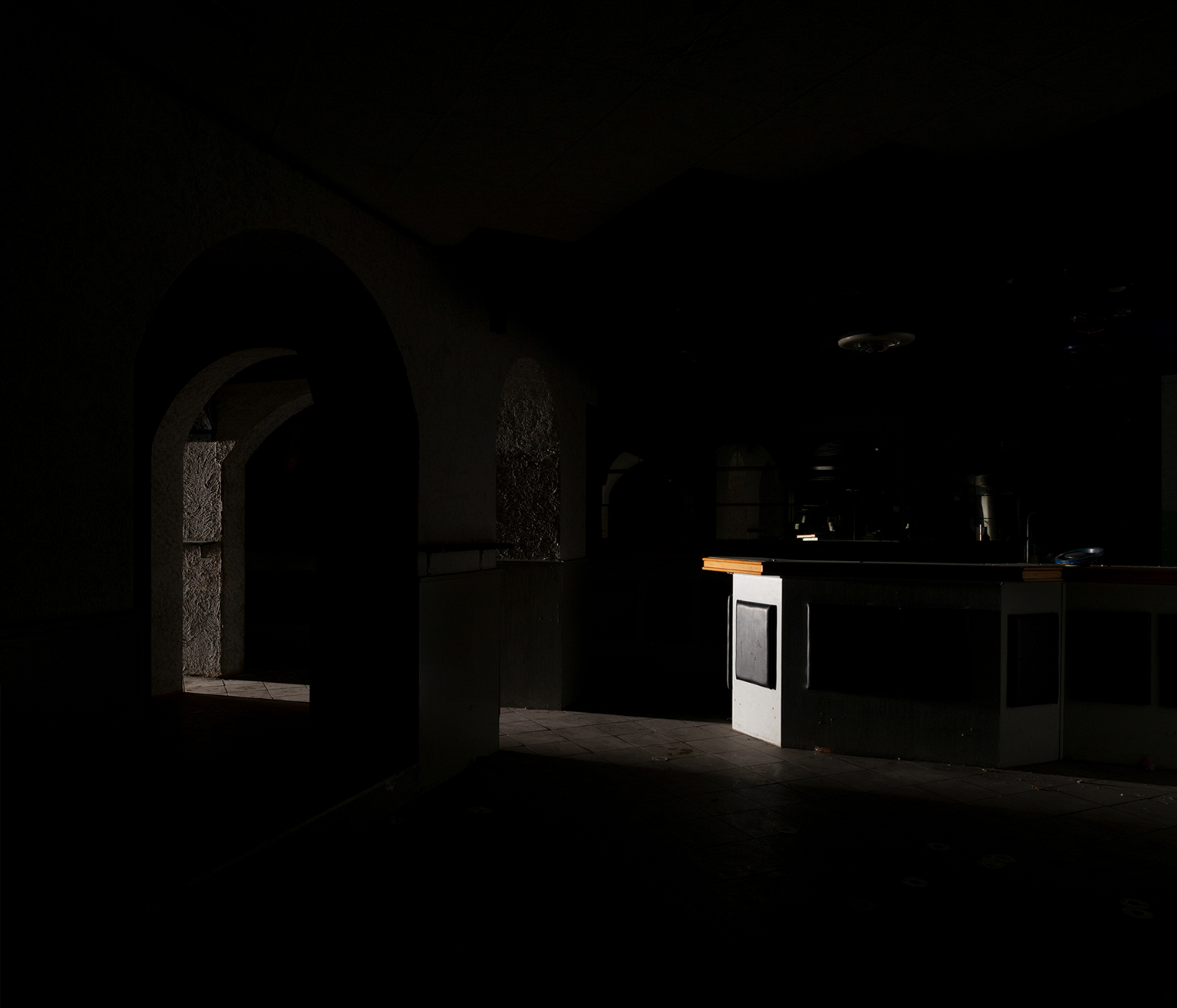
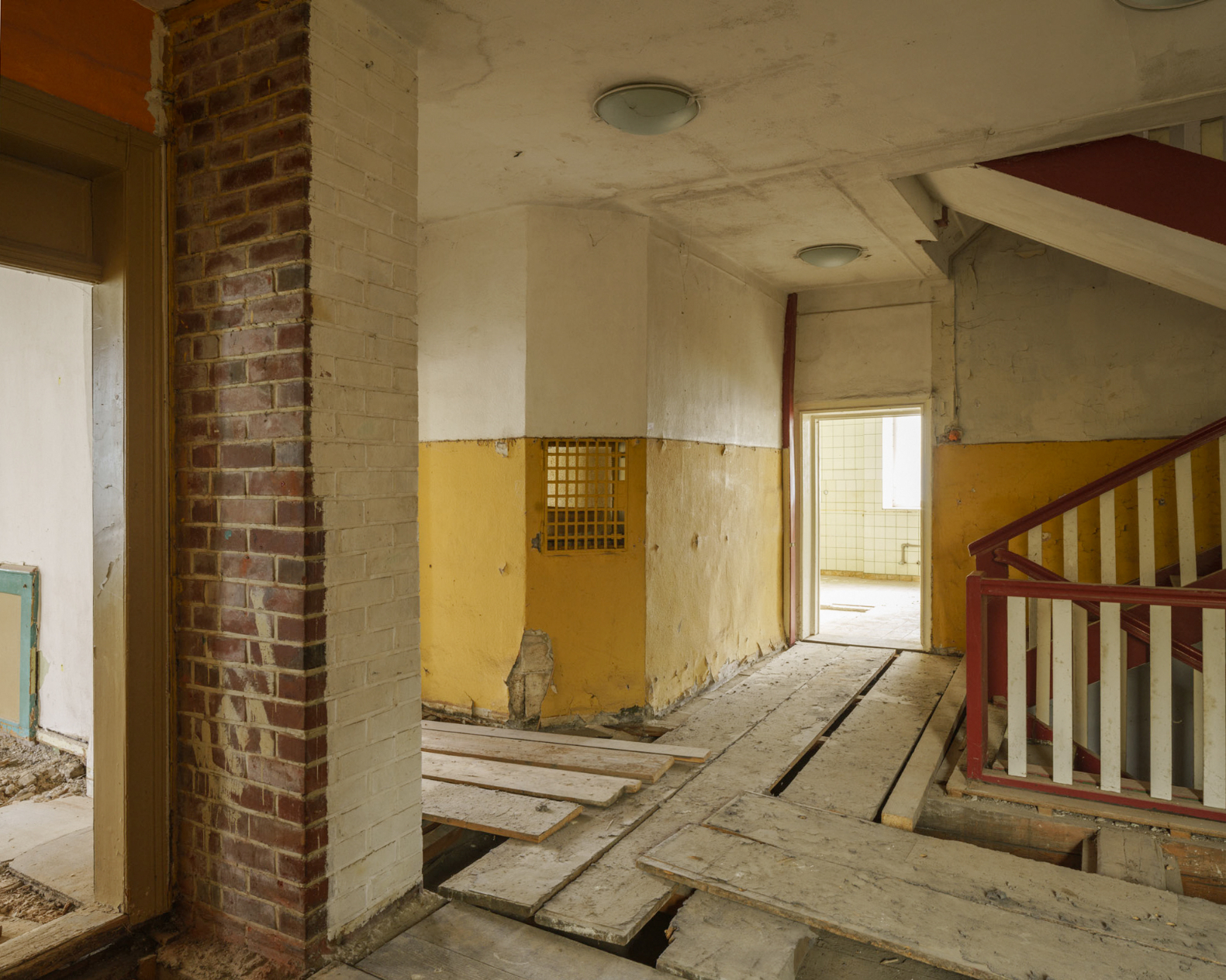
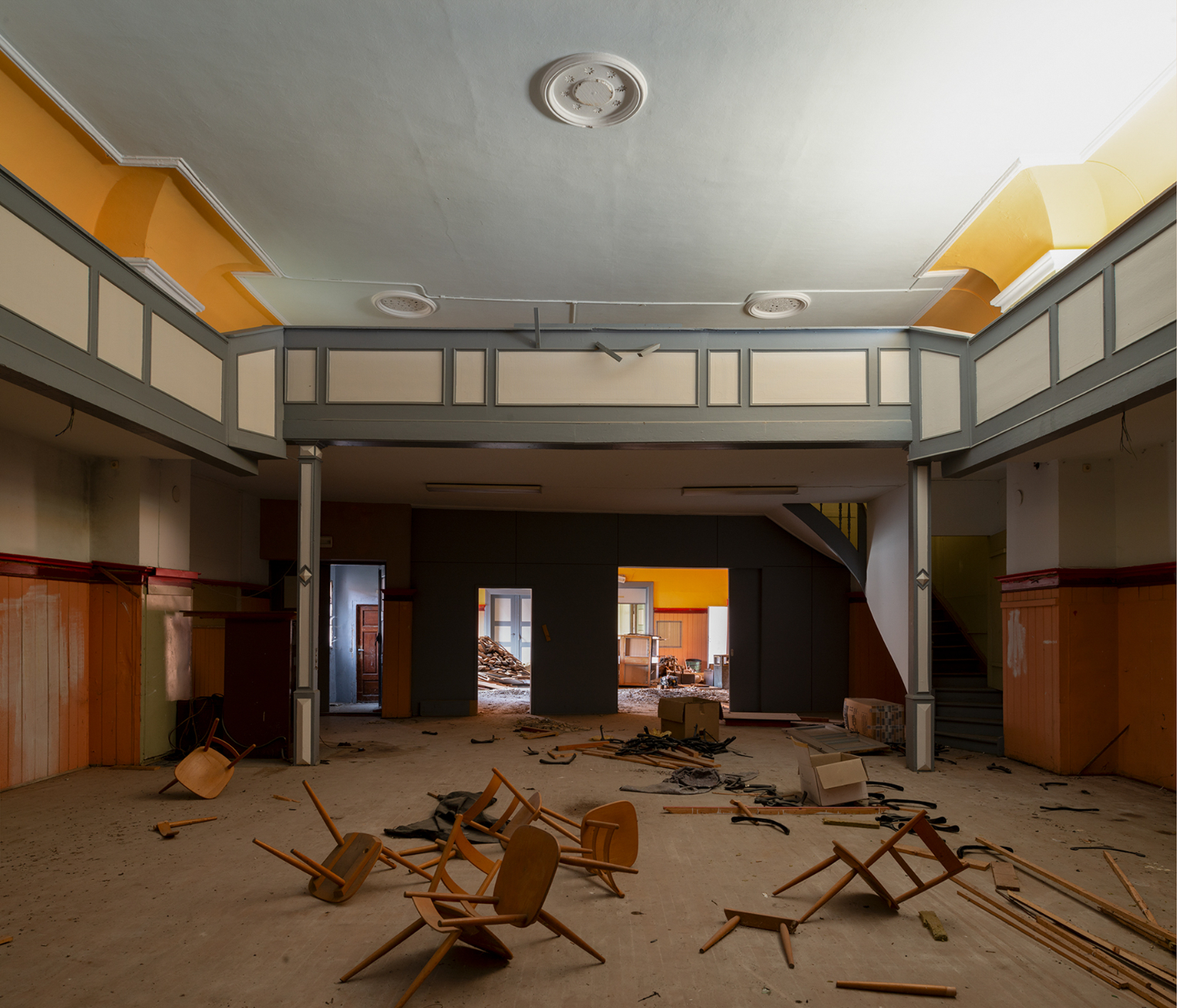

|
||
| 71 | Butterhaus | Conversion |
|
This former side building of a cheese factory, which was built in 1950, has been used as a workshop in recent decades. Now, its transformation as a self-built house insists on the use of only natural or recycled building materials and structural elements: untreated timber, natural insulation, clay floors and plaster, mainly. Reclaimed marble is used in some parts to heal the wounds in existing wall tiles, in the manner of Kintsugi. Under the roof, four identical rooms, each with one small window, are grouped around a central hall in order to respect the building’s clear and symmetrical structural logic. In the new hall, part of the ceiling is punctuated by a spiral staircase that not only leads down to the open plan ground floor, but at the same time connects the two levels of the garden through the house. New openings are exclusively made in the roof. 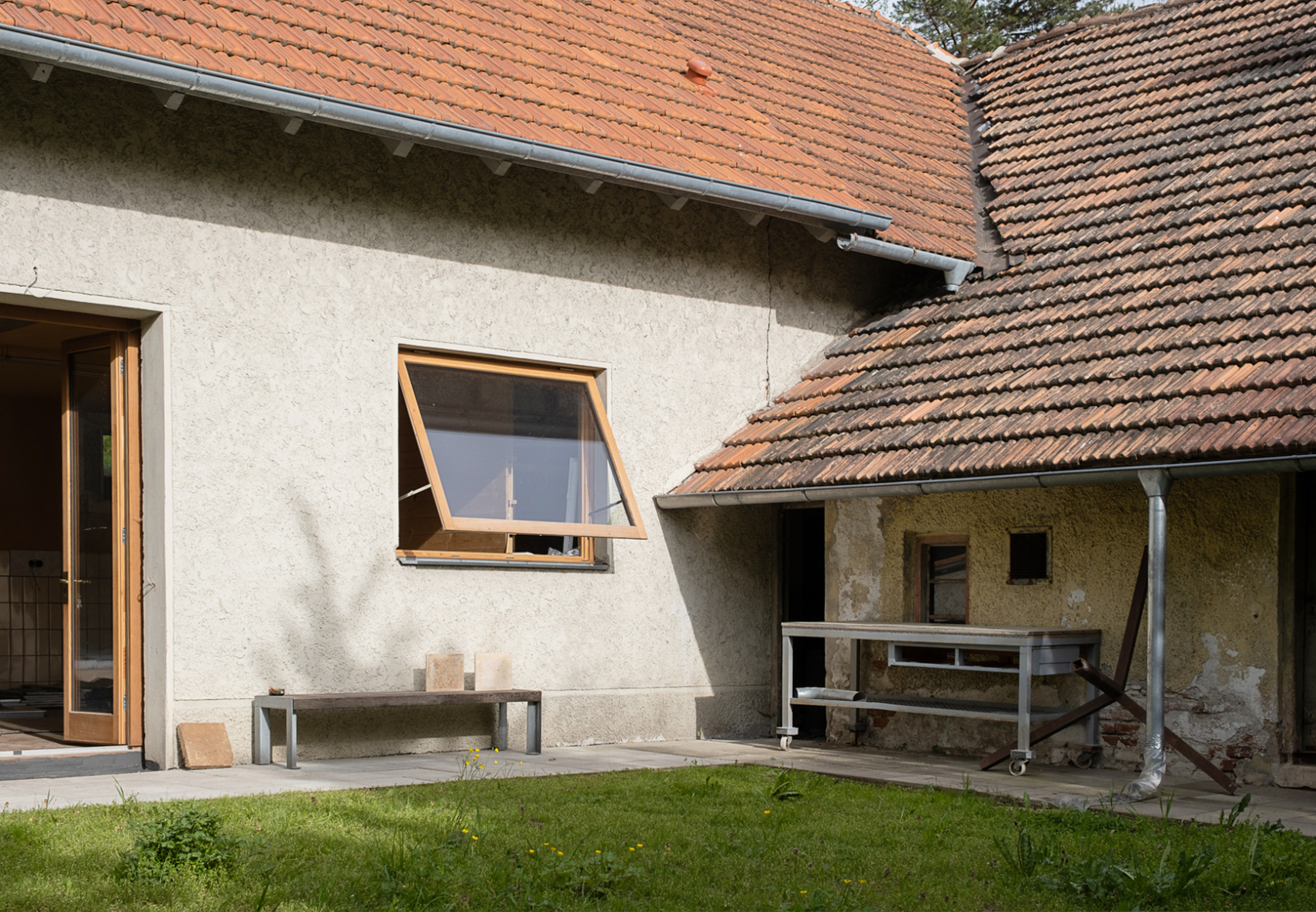
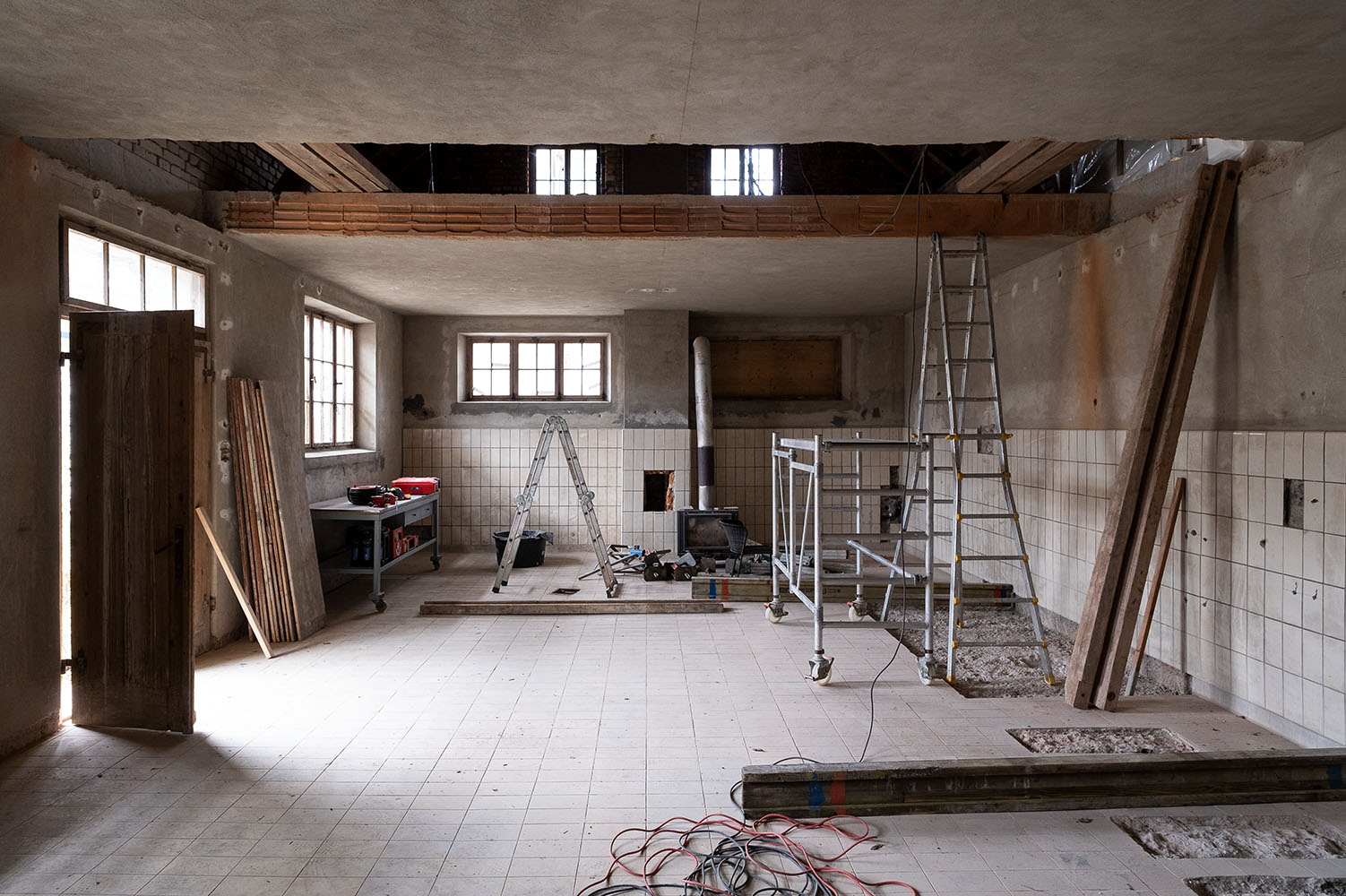
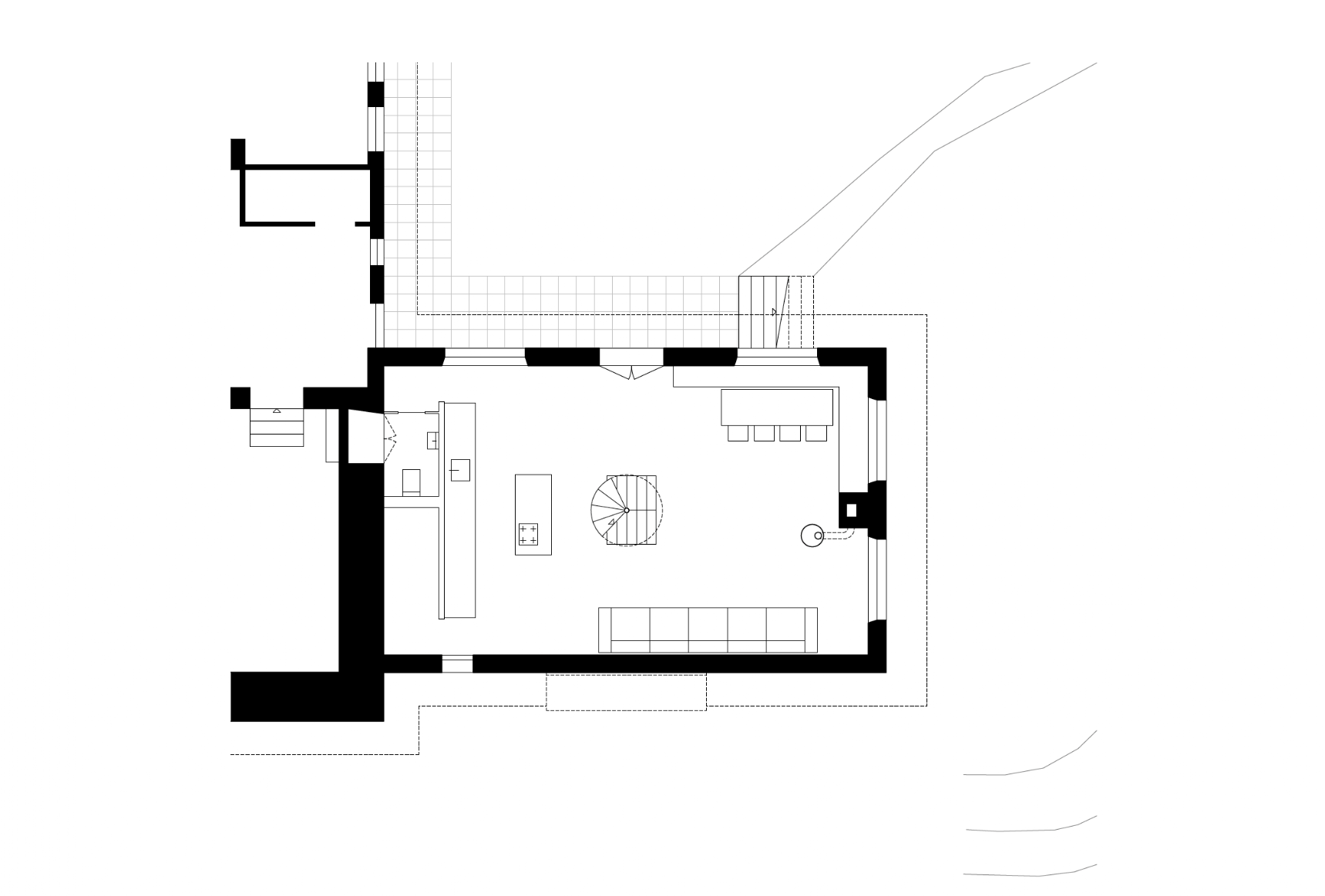


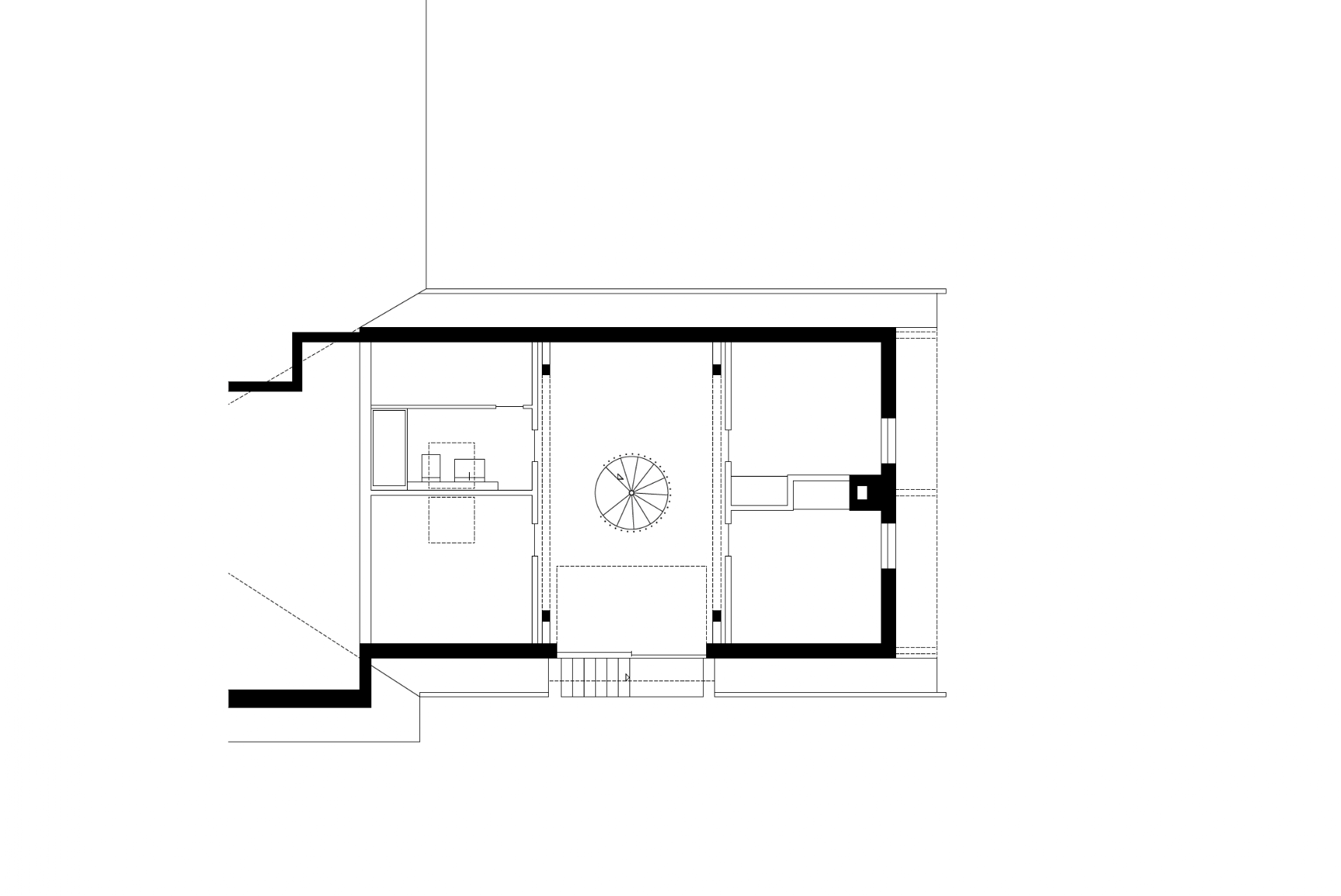
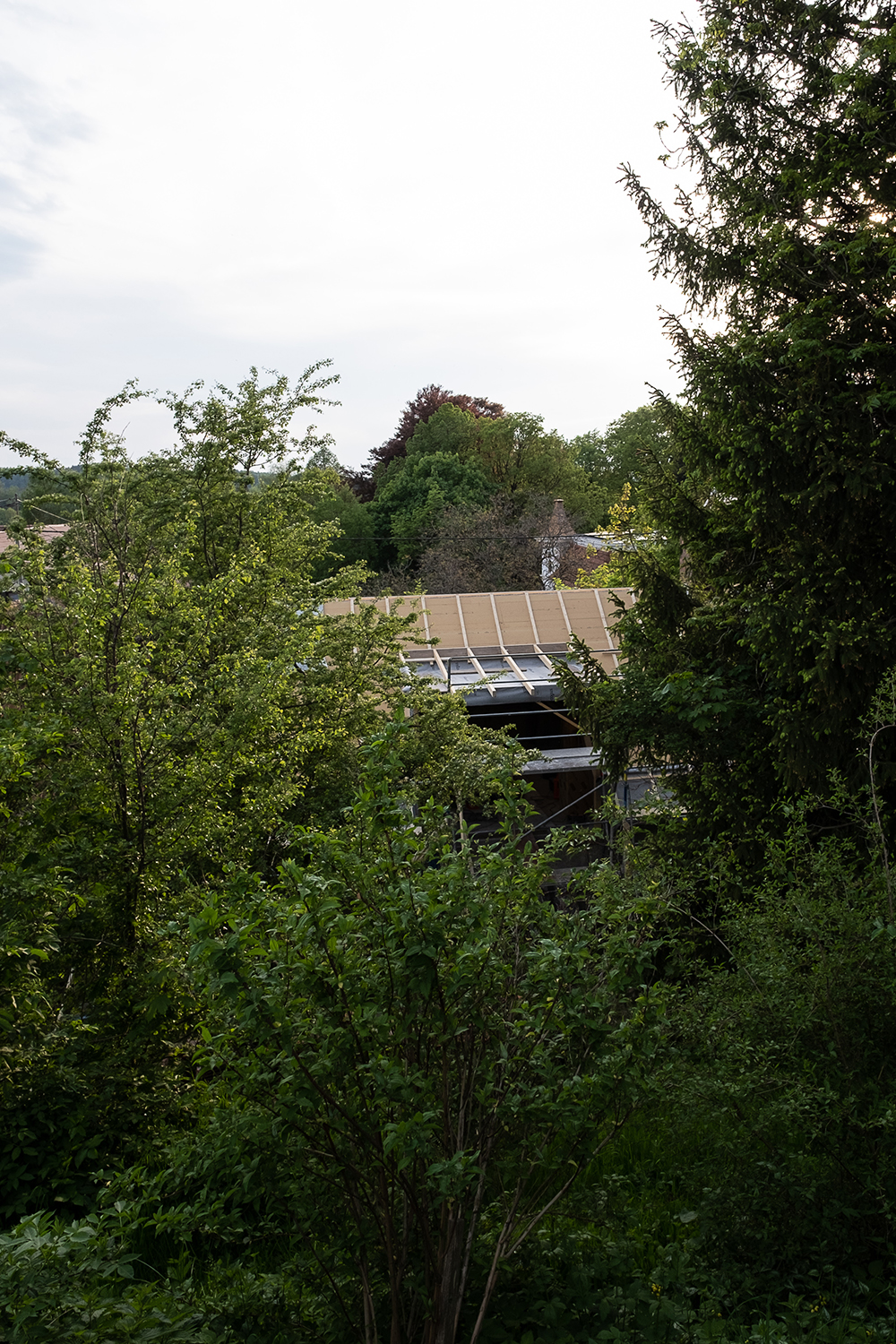
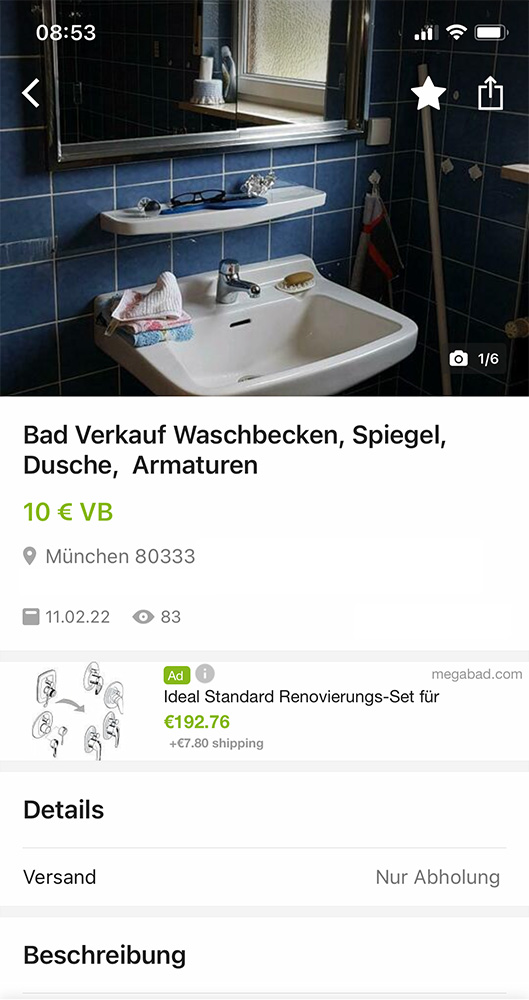
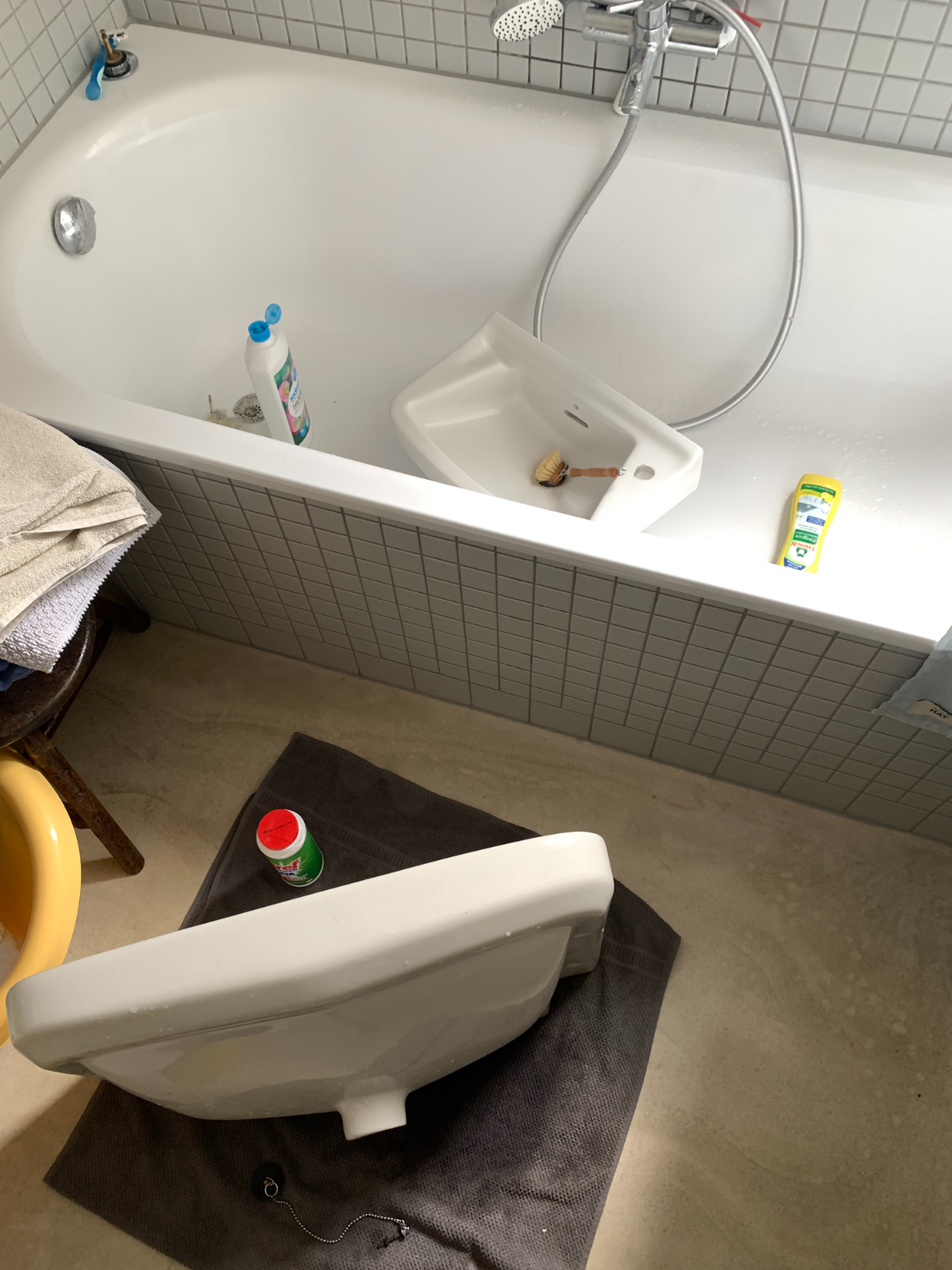
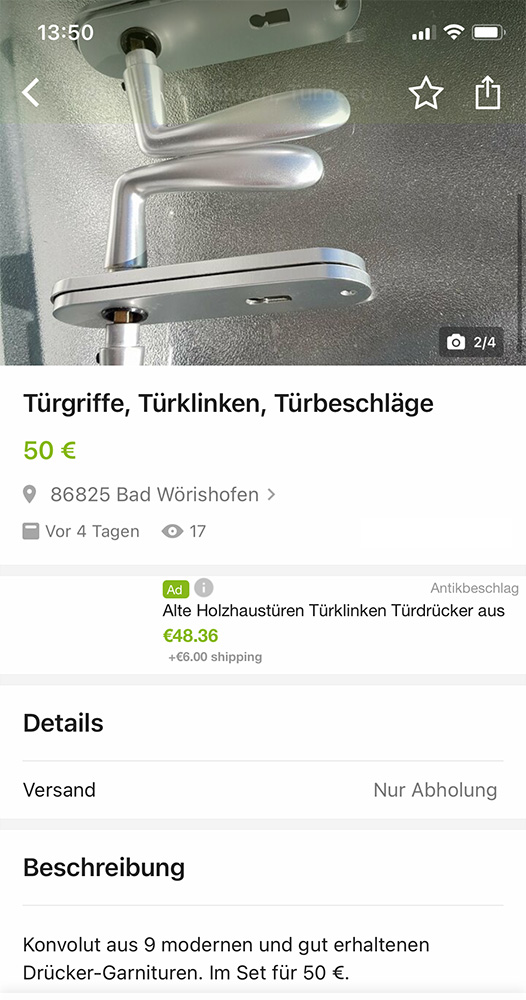
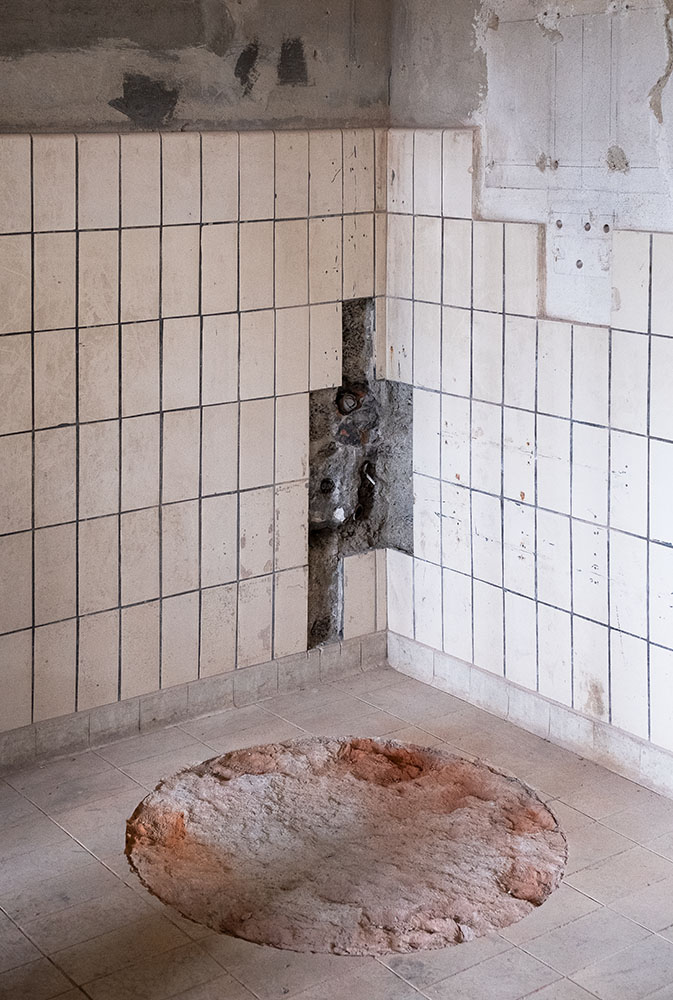
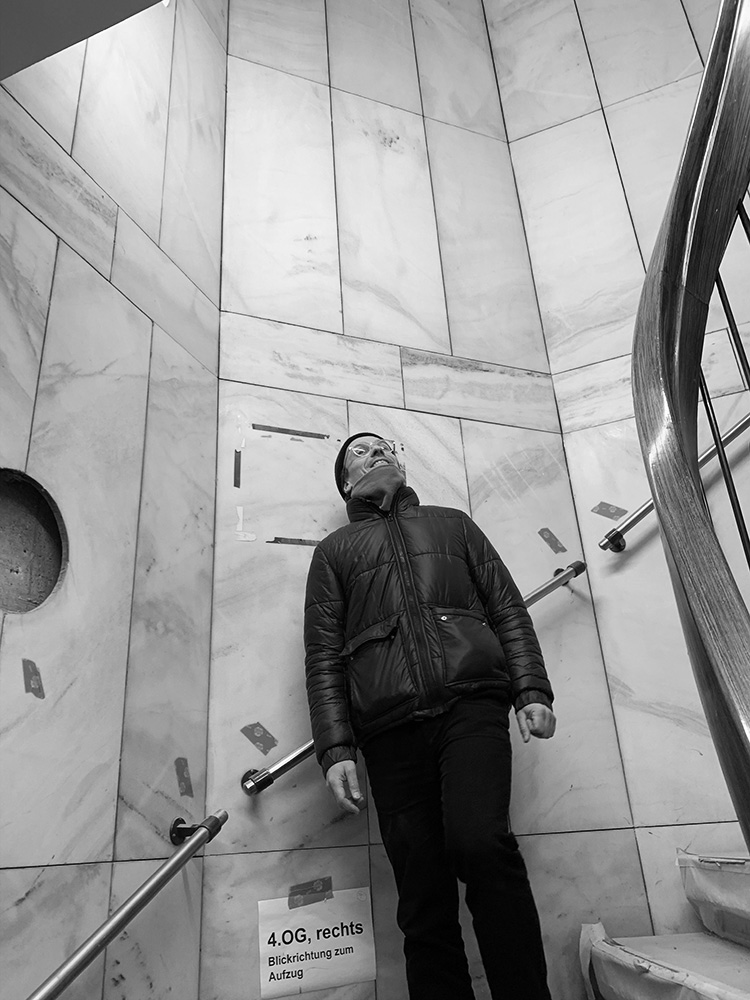
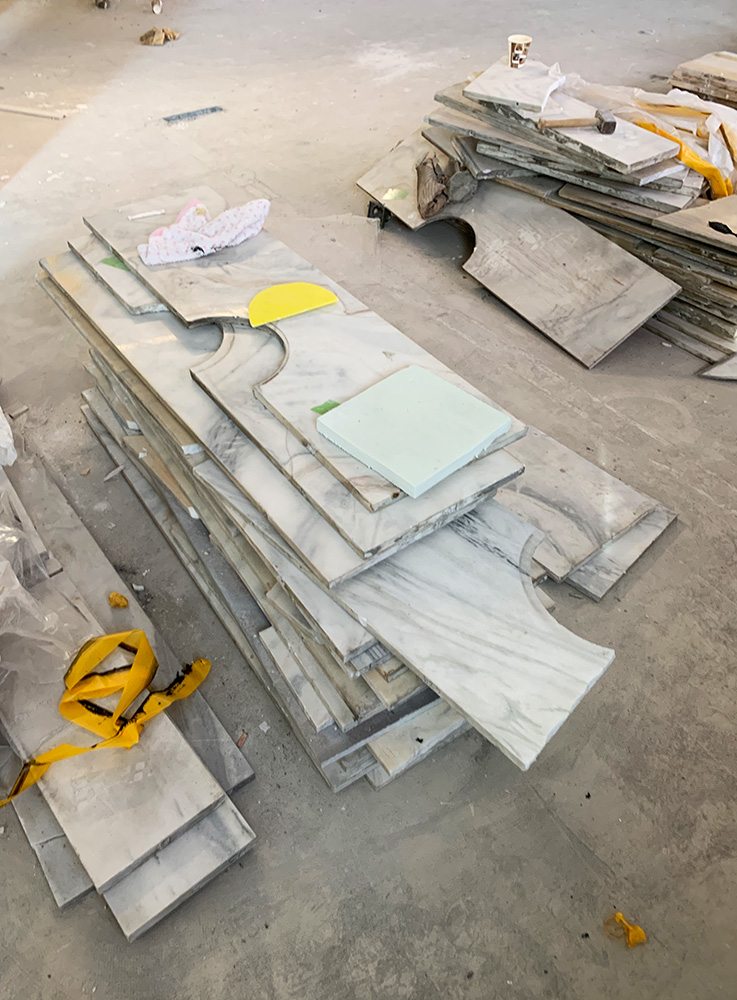
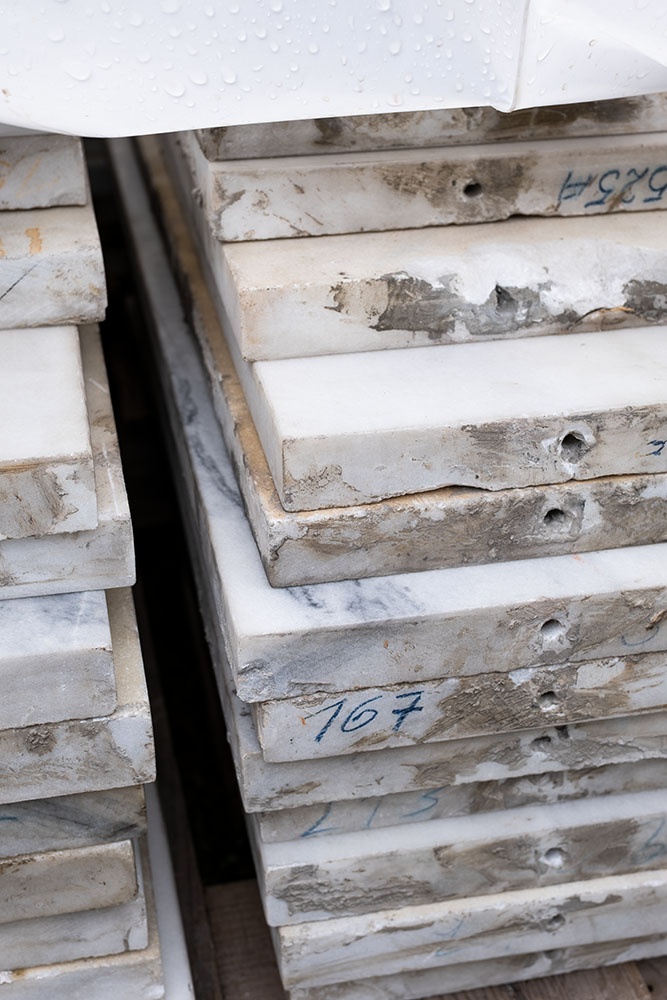
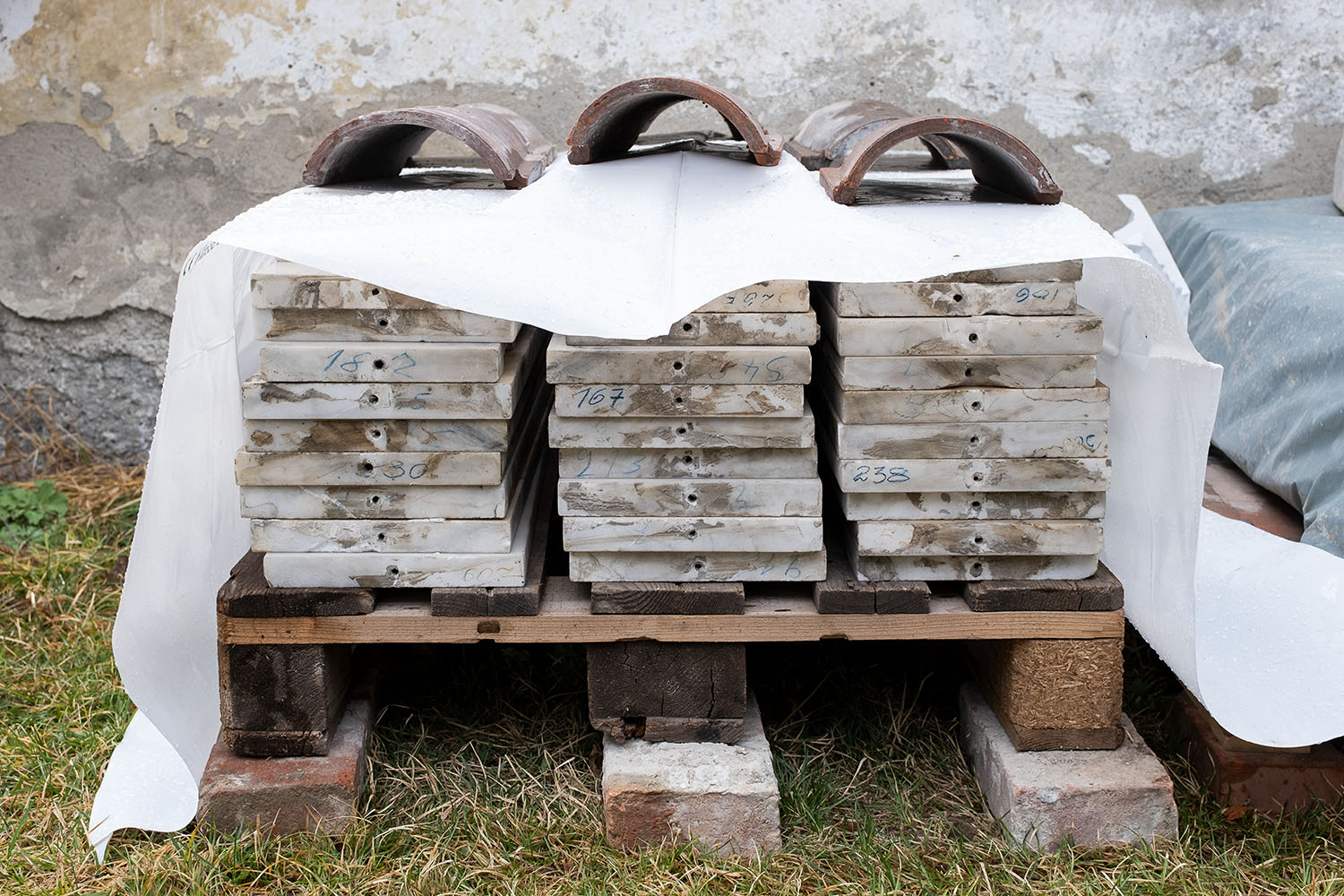

|
||
| 69 | Pozo | Conversion |
|
Located in a small village near to Cabo de Gata, a desert-like nature reserve on the coast of Andalusia, is a concrete ruin that has been abandoned for 15 years. In its current state, the remnant structure is half cave, half architectonic curiosity. The design developed in response to this obscure but expressive object, while it has never been executed, is in effect a white cube that would conceal it behind a clean skin of plasterboard. The approach governing this idea is to treat the structure and its traces of wear and tear with respect. A primary living space with a high ceiling would be sunken into the ground, providing shelter from the extreme temperatures that are often reached on hot summer days there. Natural materials such as compressed earth bricks, local marble and clay plaster would be introduced, mirroring the landscape around the site. Programme: Apartment 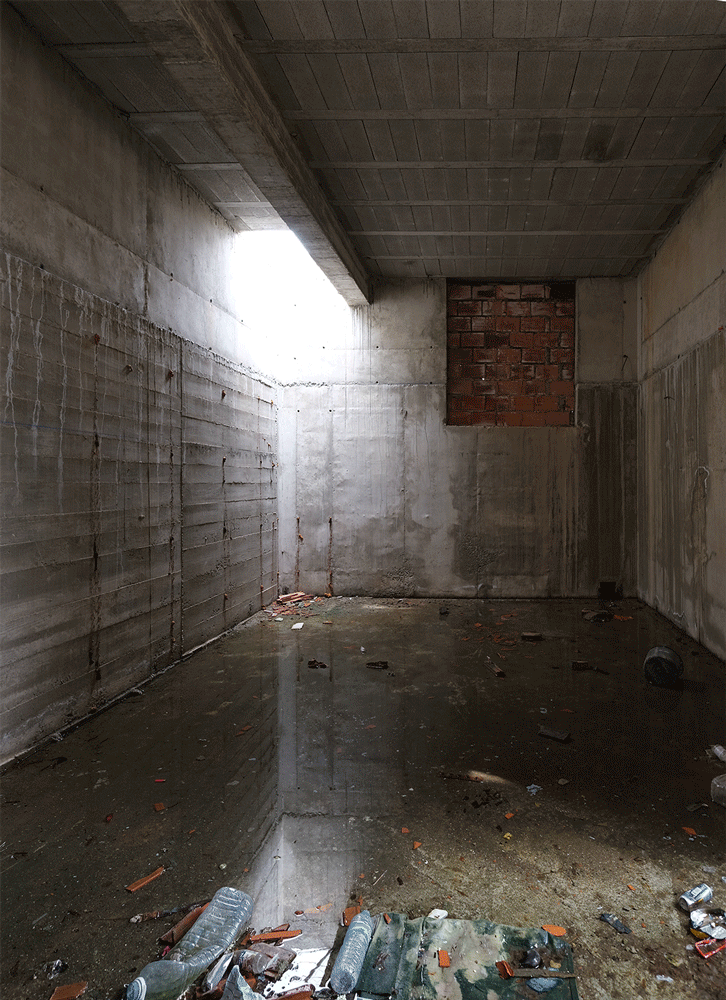
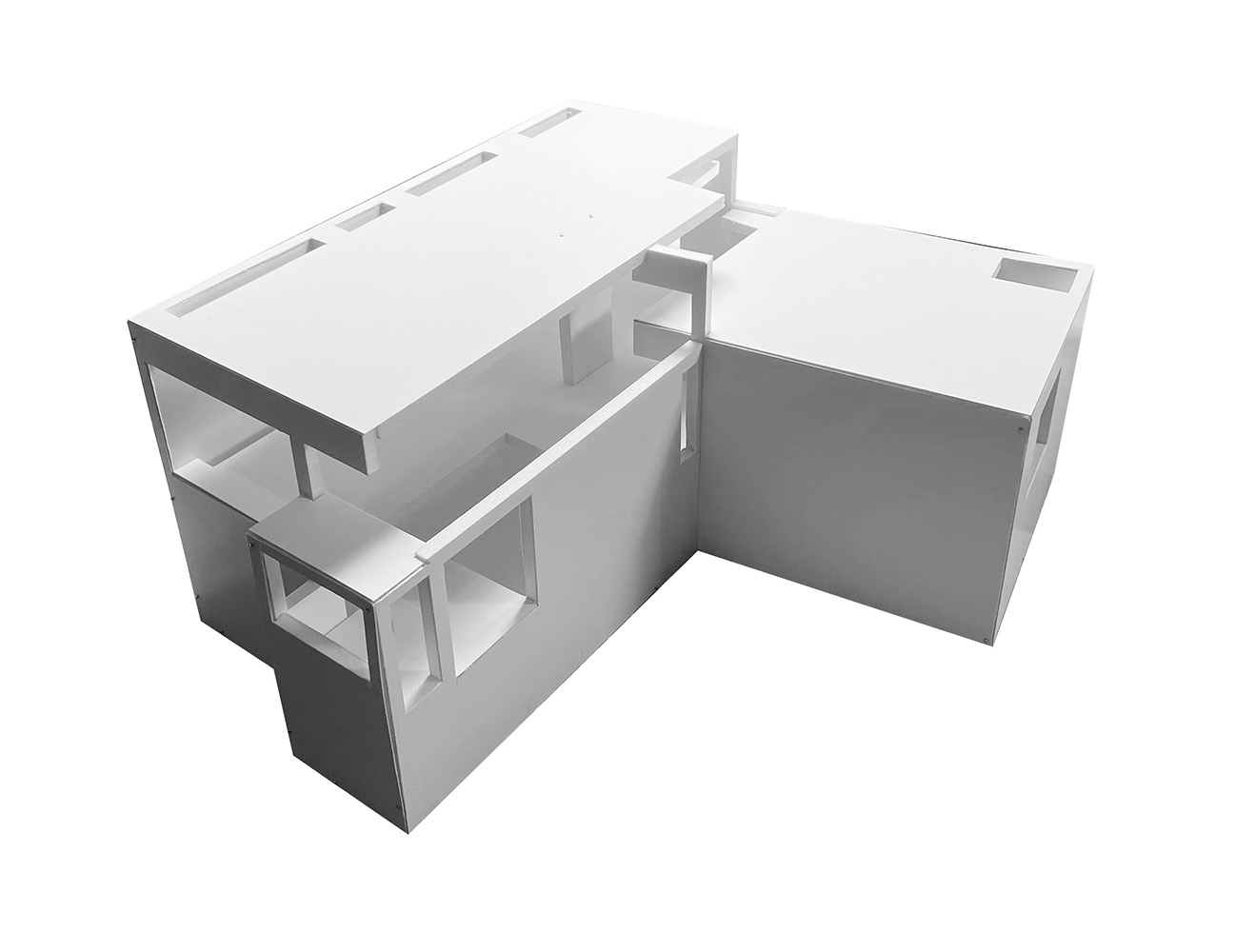
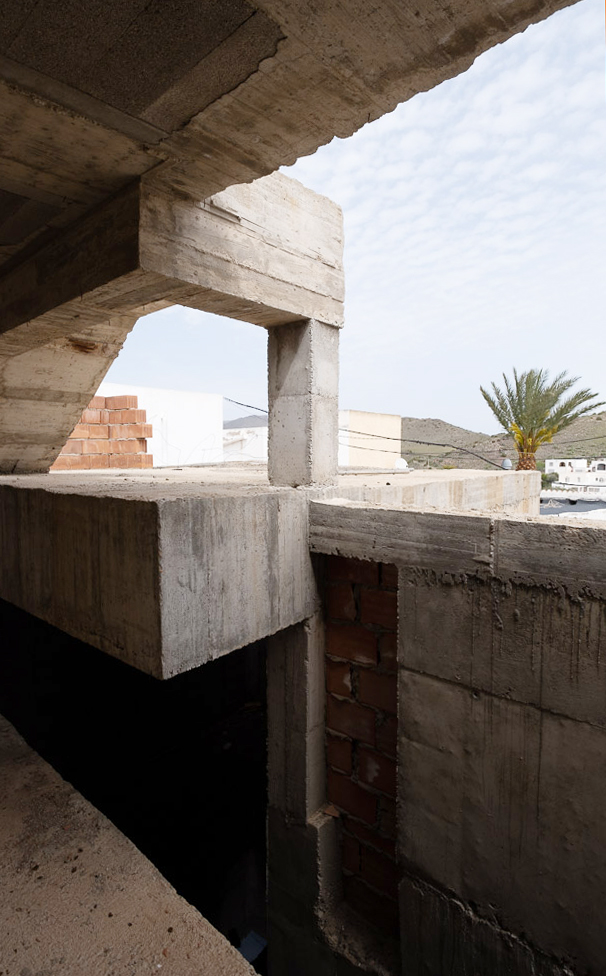
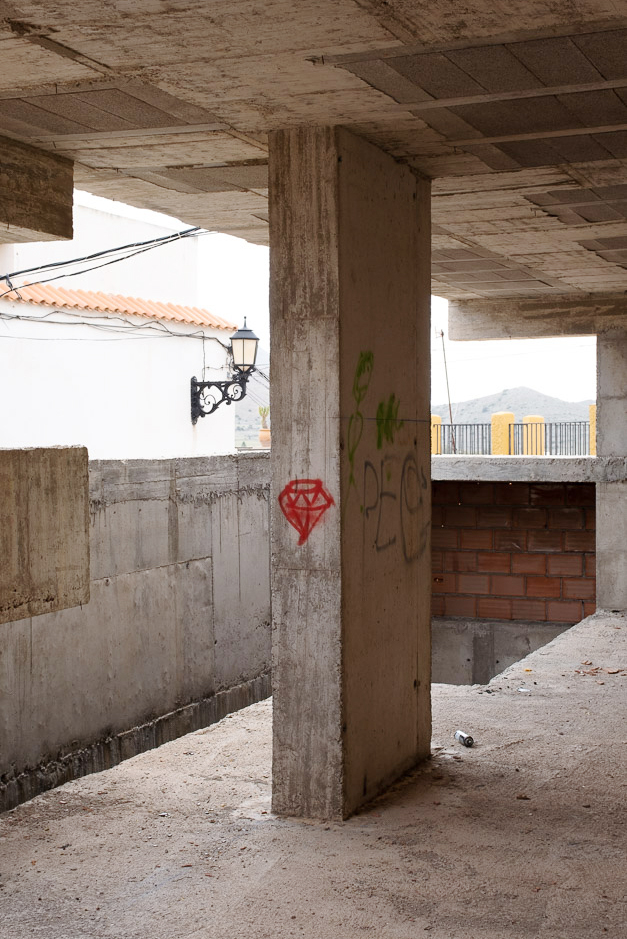
|
||
| 60 | Heimrad Baecker | Exhibition Design |
|
This exhibition, which was presented at the NS-Dokumentationszentrum München and adapted from an earlier show at Mumok in Vienna, was dedicated to the photographic estate of the writer and publisher Heimrad Bäcker. It sought to explore his lifelong confrontation with the holocaust and his attempts to come to terms with it through art, having been active as a member of the NSDAP in his youth. Selected images were displayed alongside found objects from the concentration camps at Mauthausen and Gusen. When adapting the show from its former venue, the MDF that had been extensively used throughout the original installation in Vienna was salvaged and reinterpreted as a fine layer of wrapping paper for the exhibition’s content; a simple and sustainable ‘background’material. Pasted up against the immaculate concrete walls of the exhibition space in Munich, the objects appear suspended in the rigid concrete frame of the building and, due to the immediacy of their presence, take on an even stronger presence. Programme: Exhibition 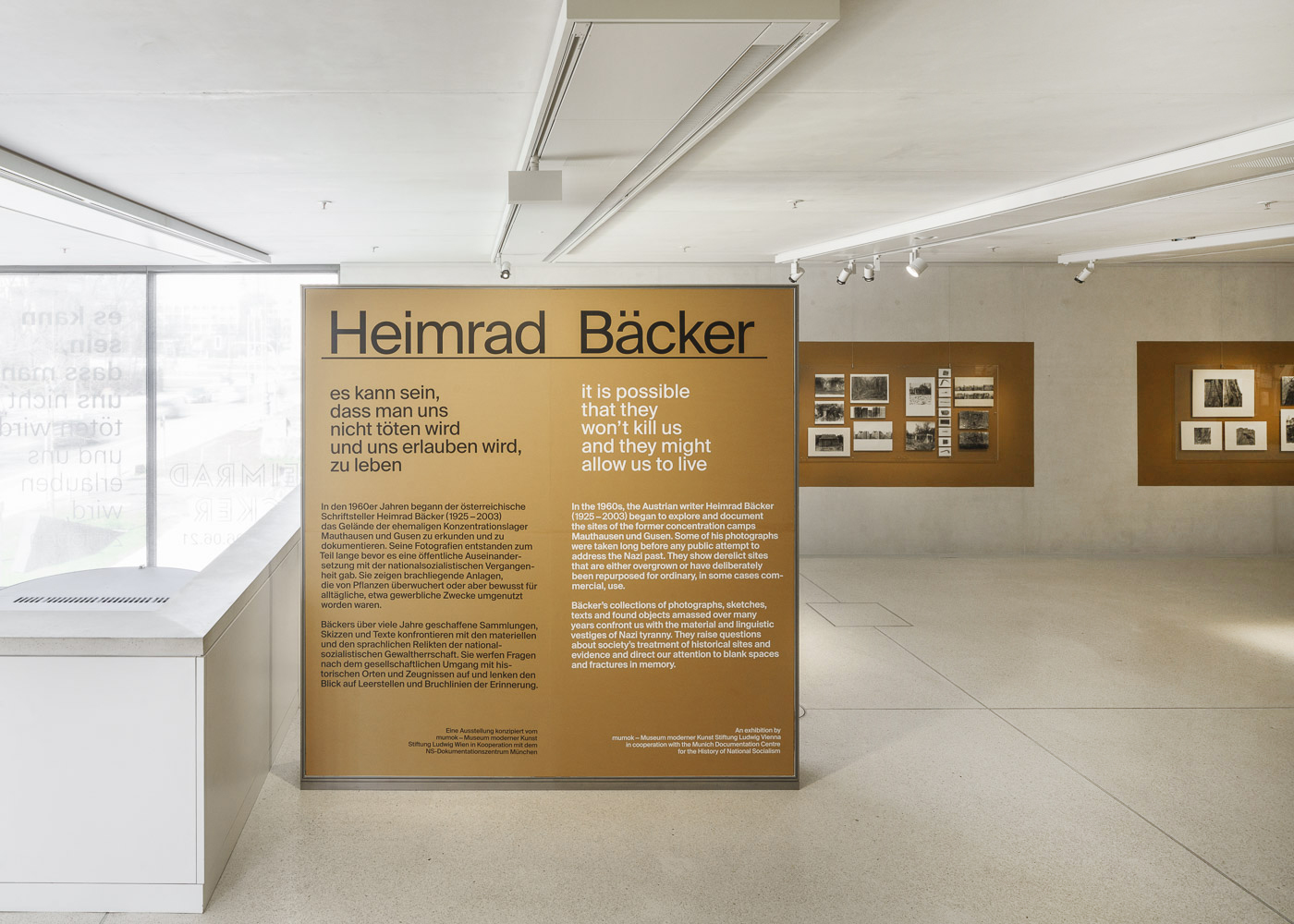
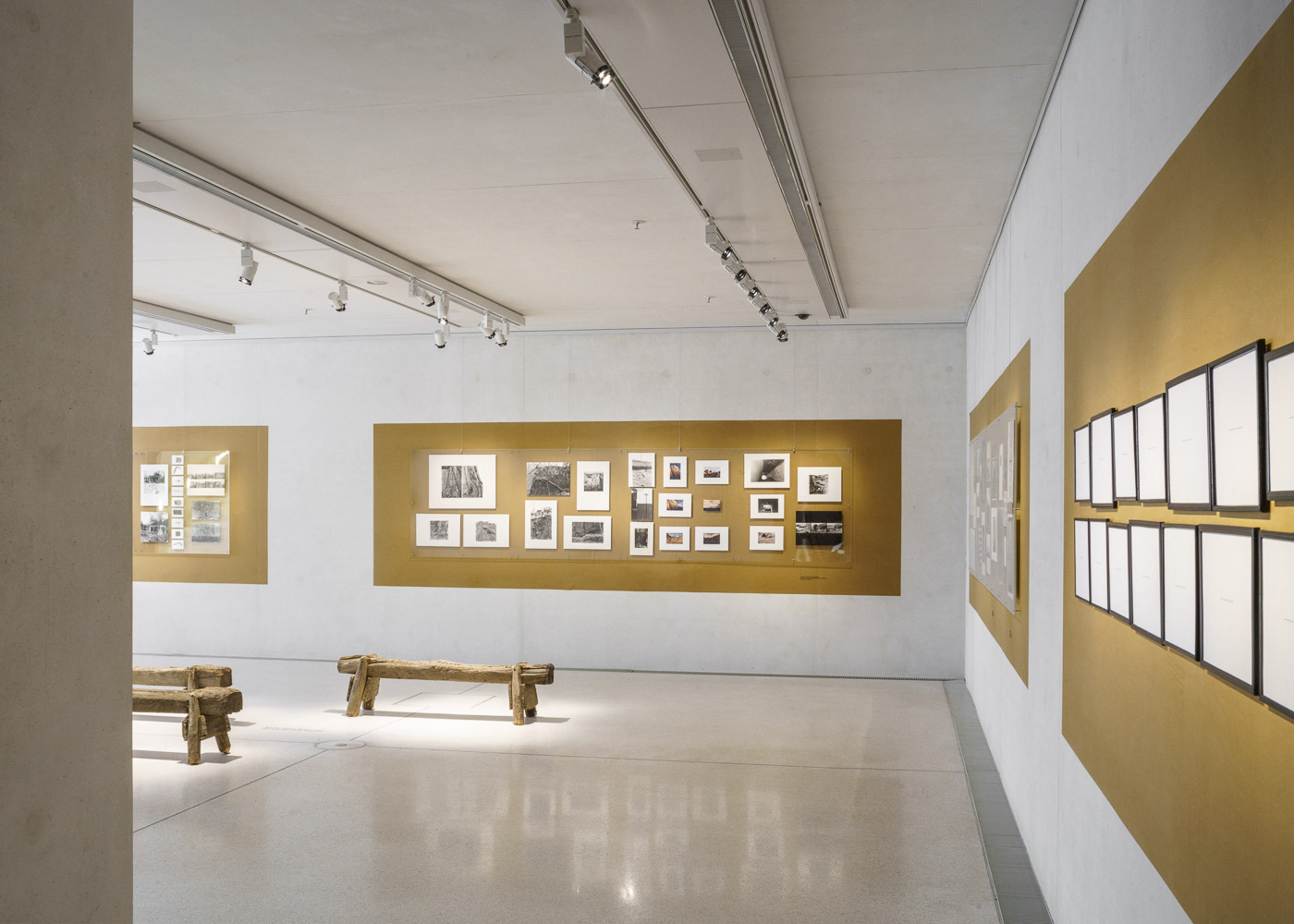
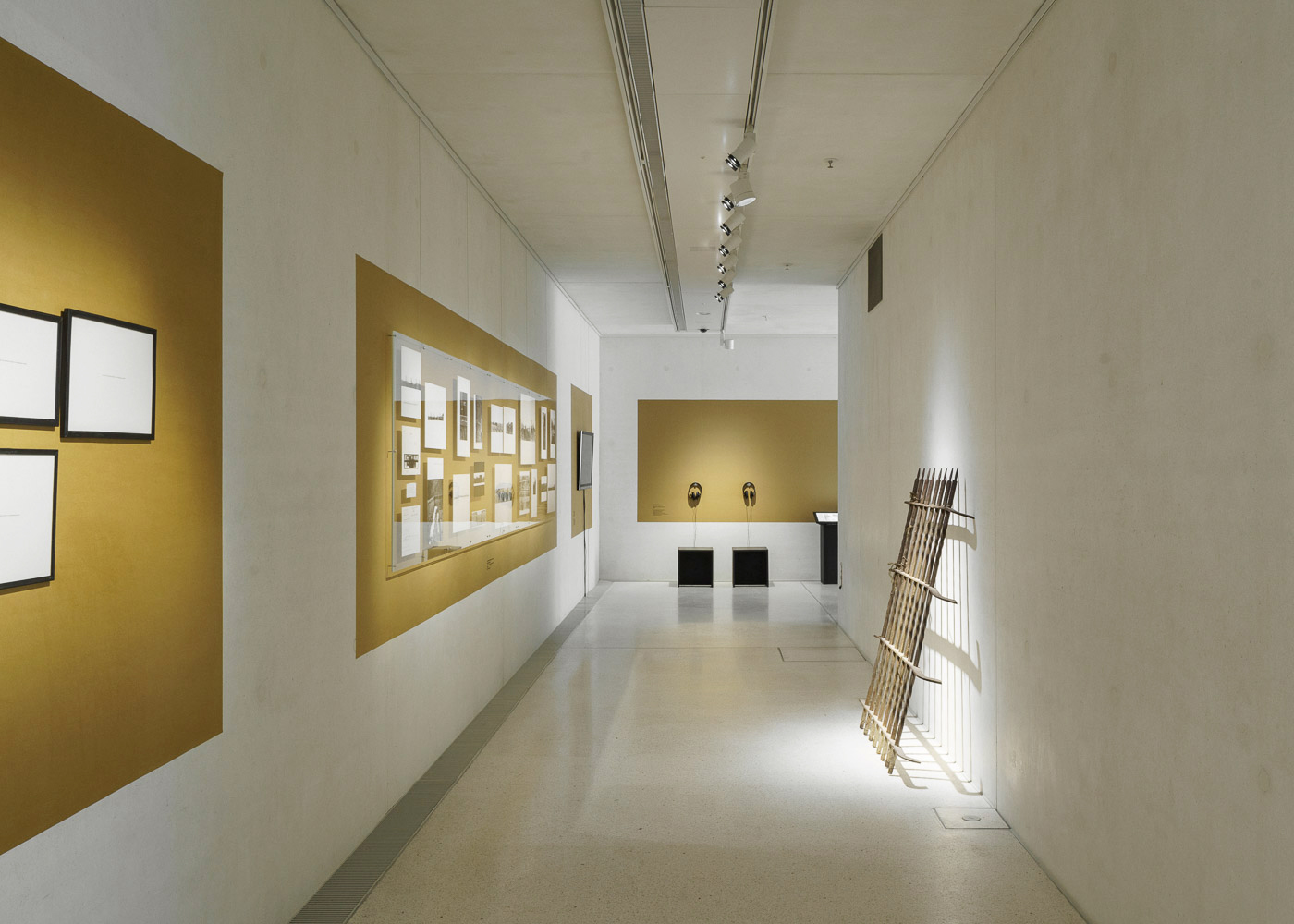


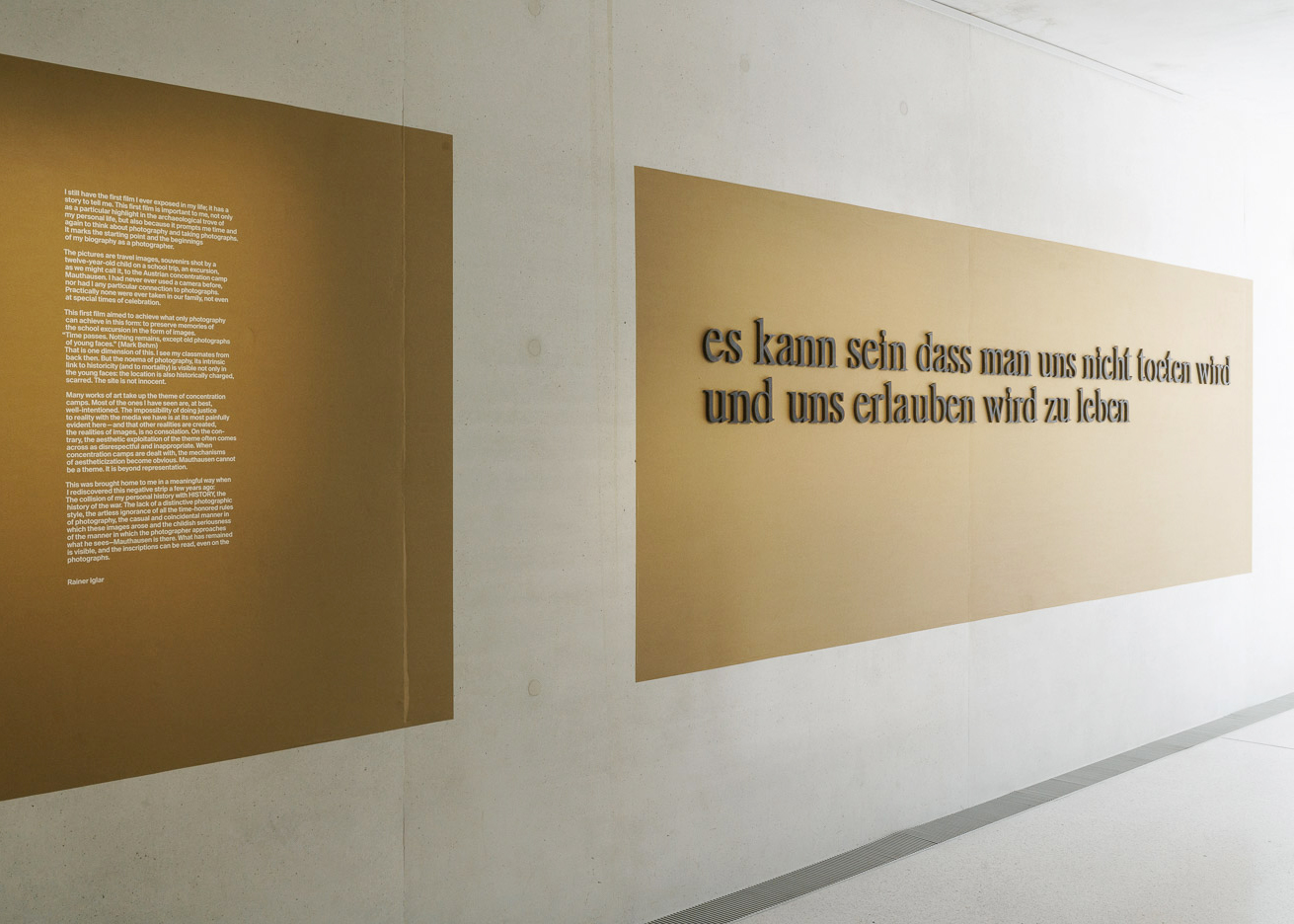
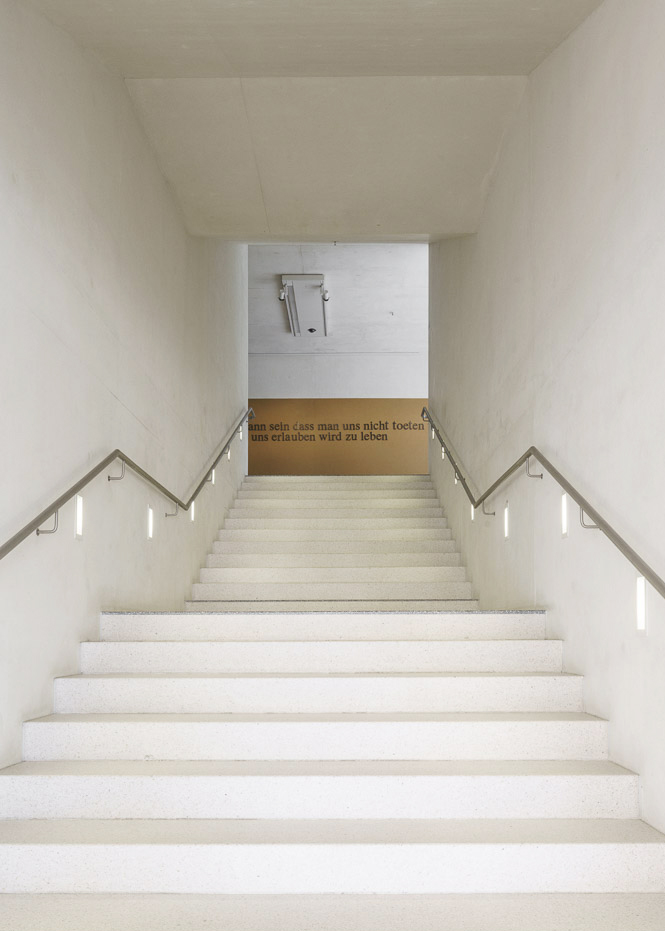
|
||
| 58 | Frauenpension | Conversion / Extension |
|
A guesthouse, originally constructed as a single residence in the 1920s, that has been returned to its initial function as a family house. Due to a pest infestation, the historic timber frame of the building (which had only fairly recently been renovated) needed some surprising and quite urgent structural repairs in certain areas, and necessitated the dismantling of infrastructure and the construction of extensions to meet the needs of its new residents in others. Programme: House 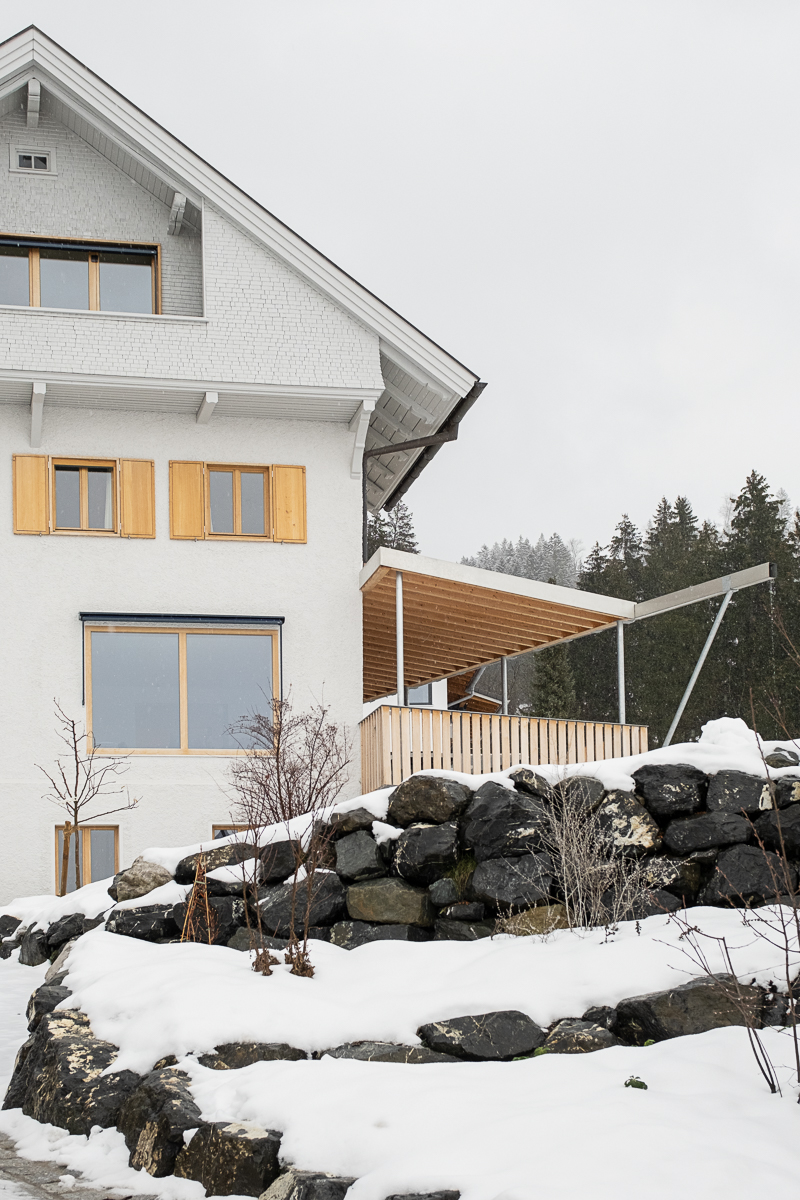
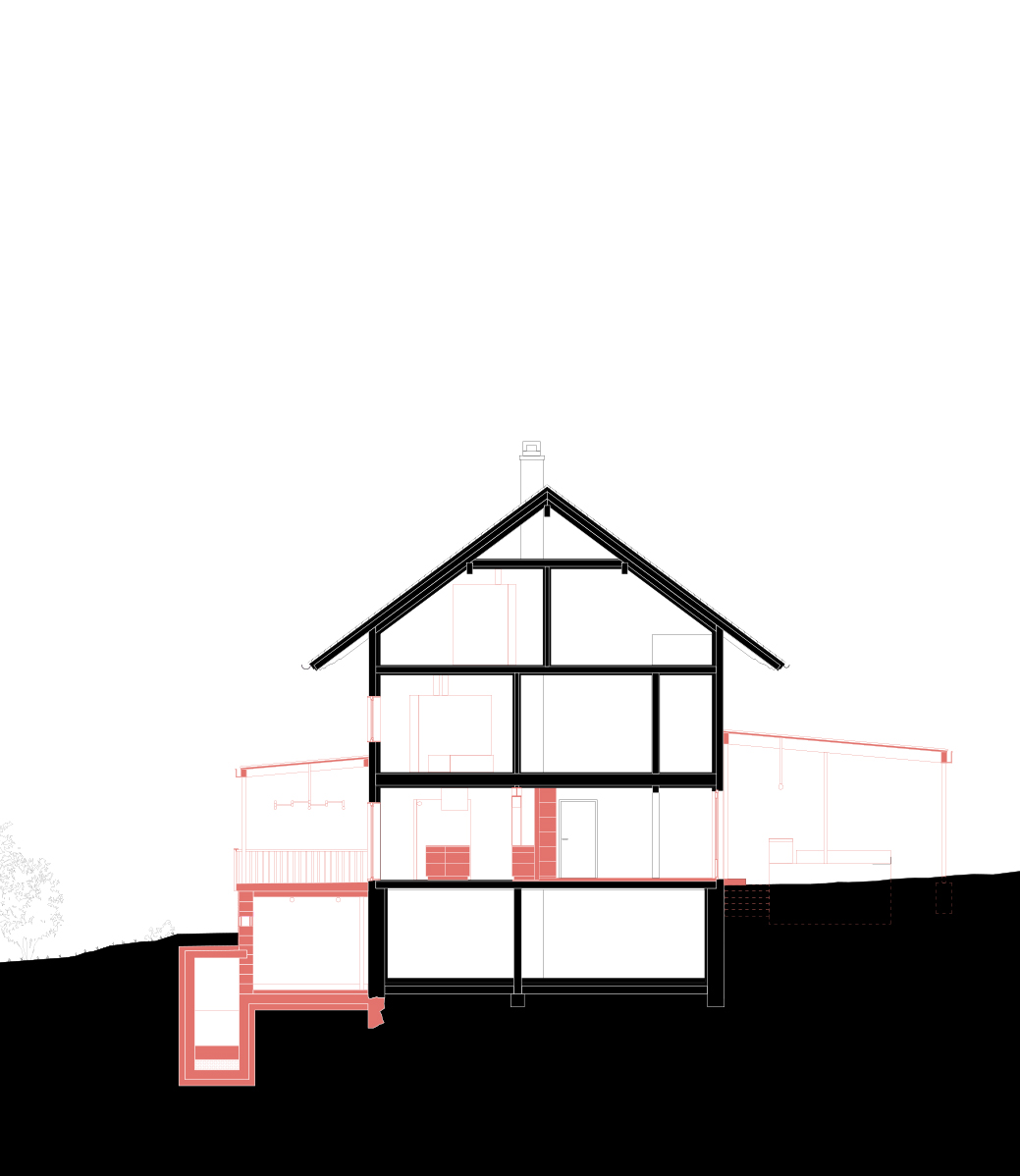
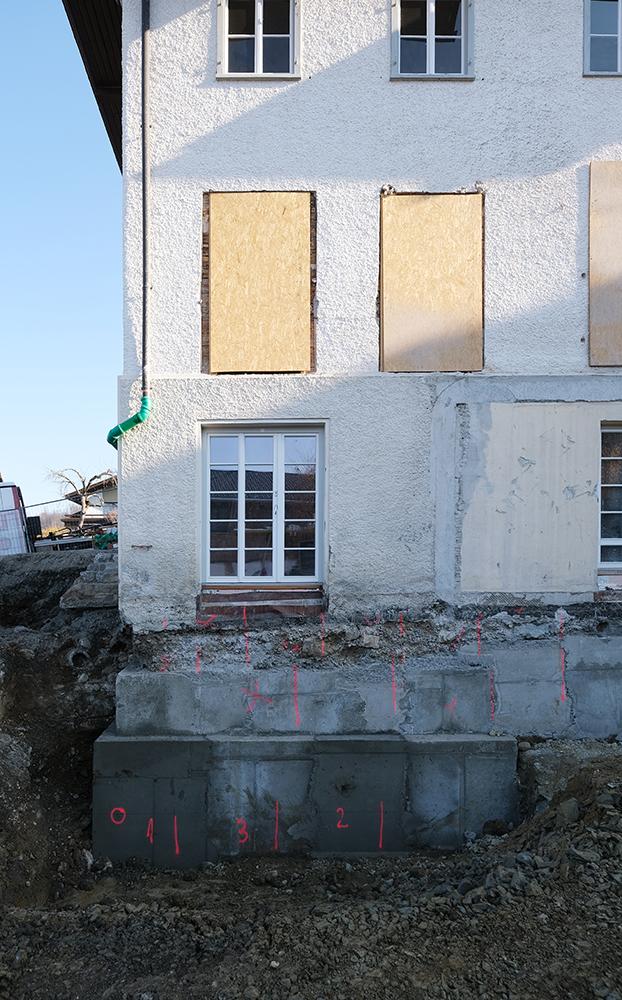
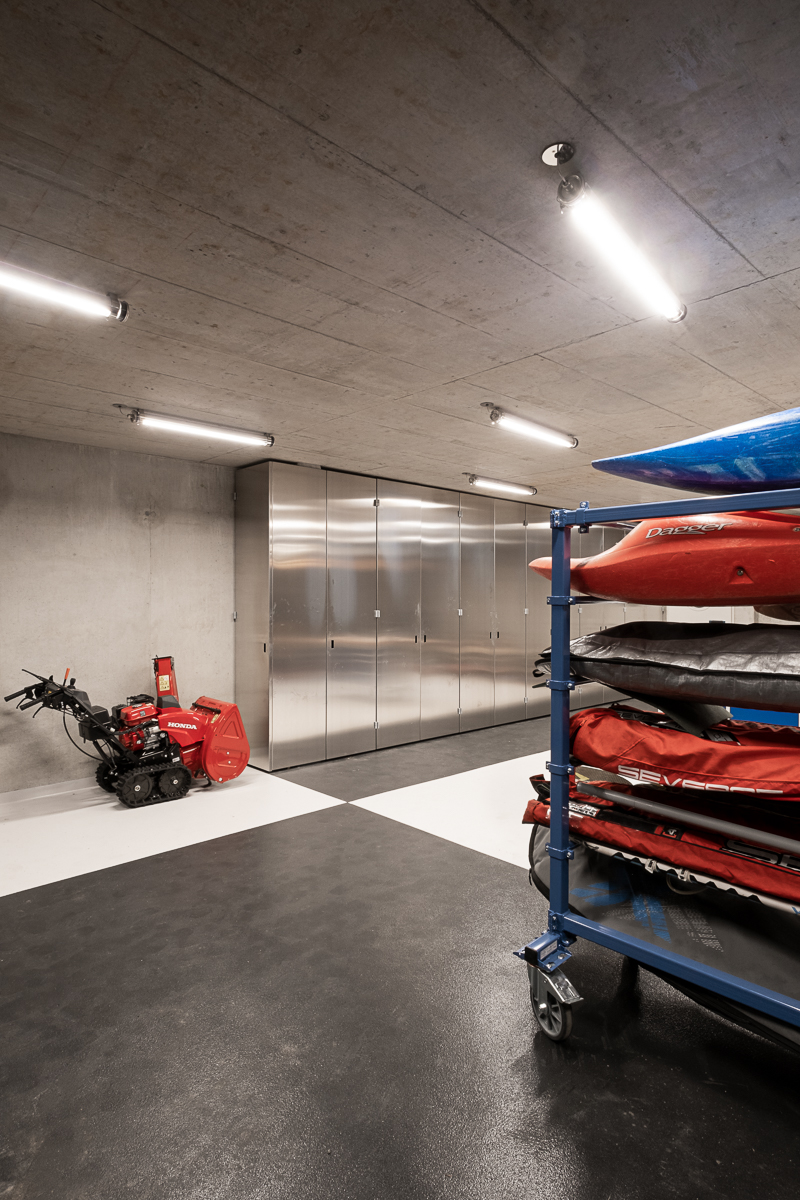





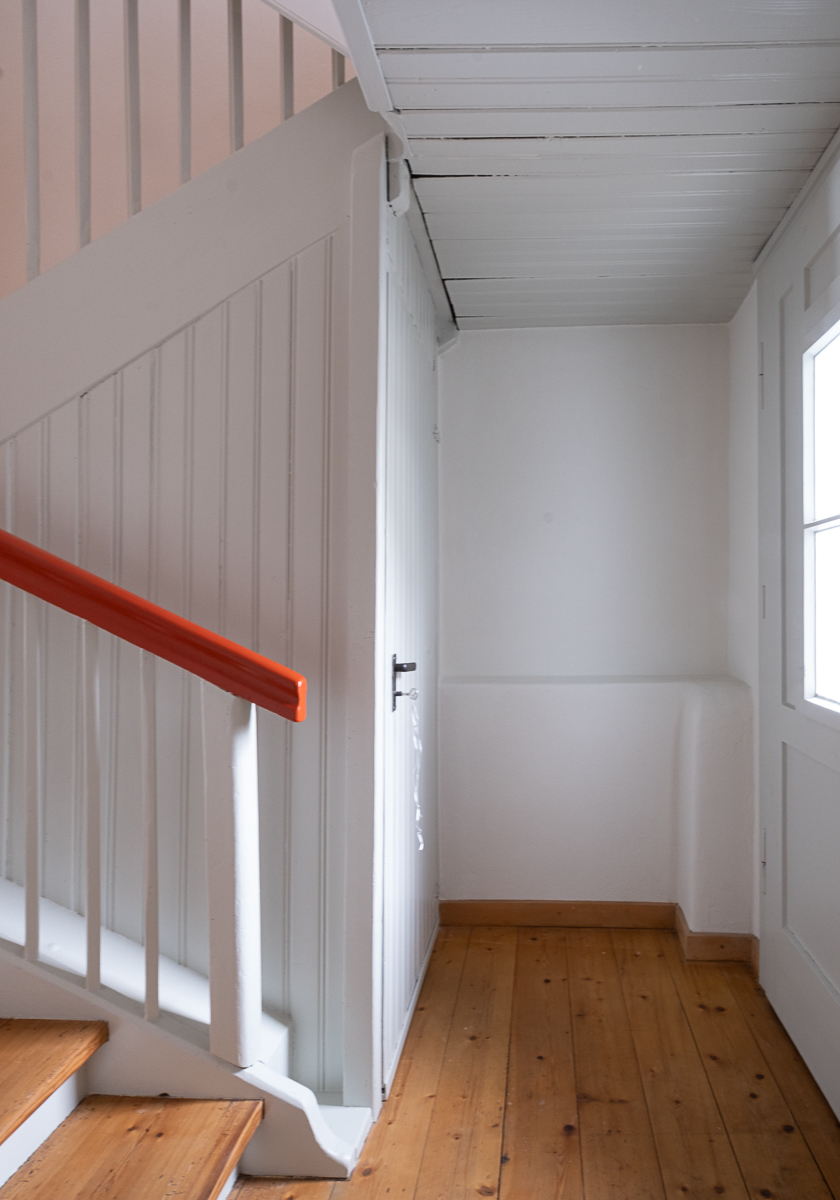
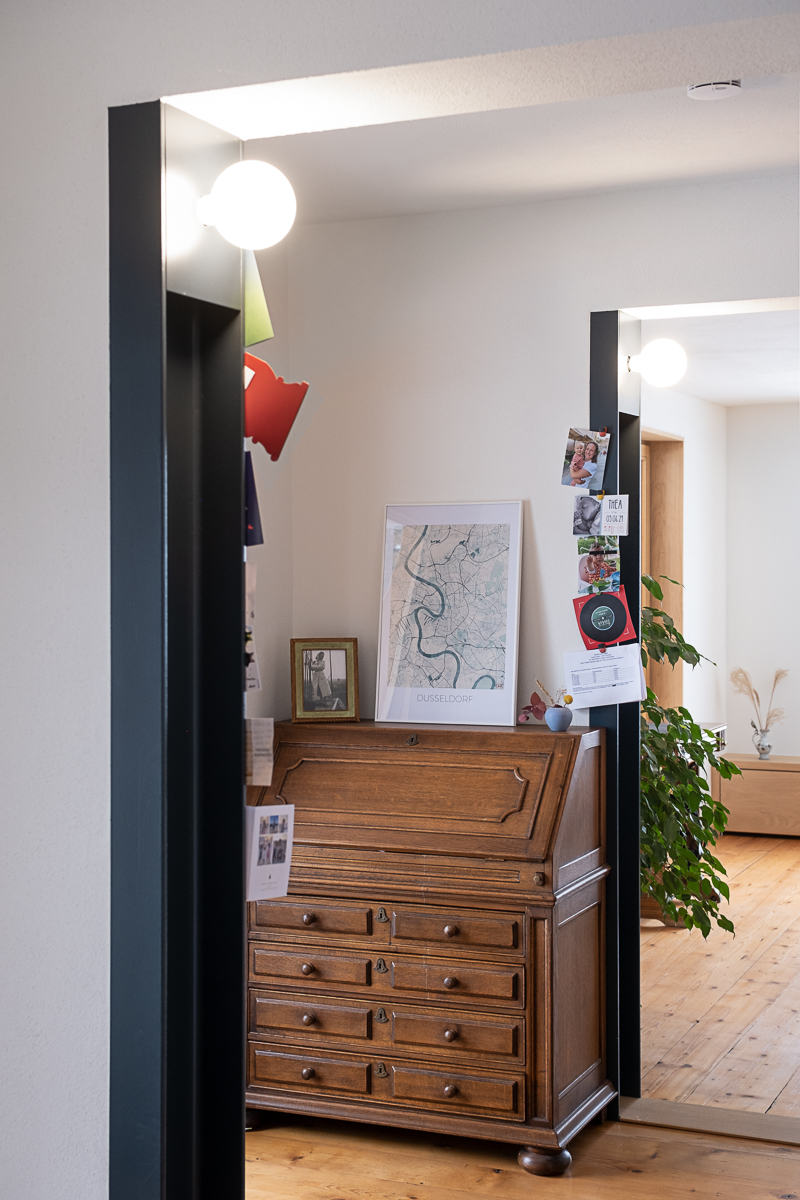
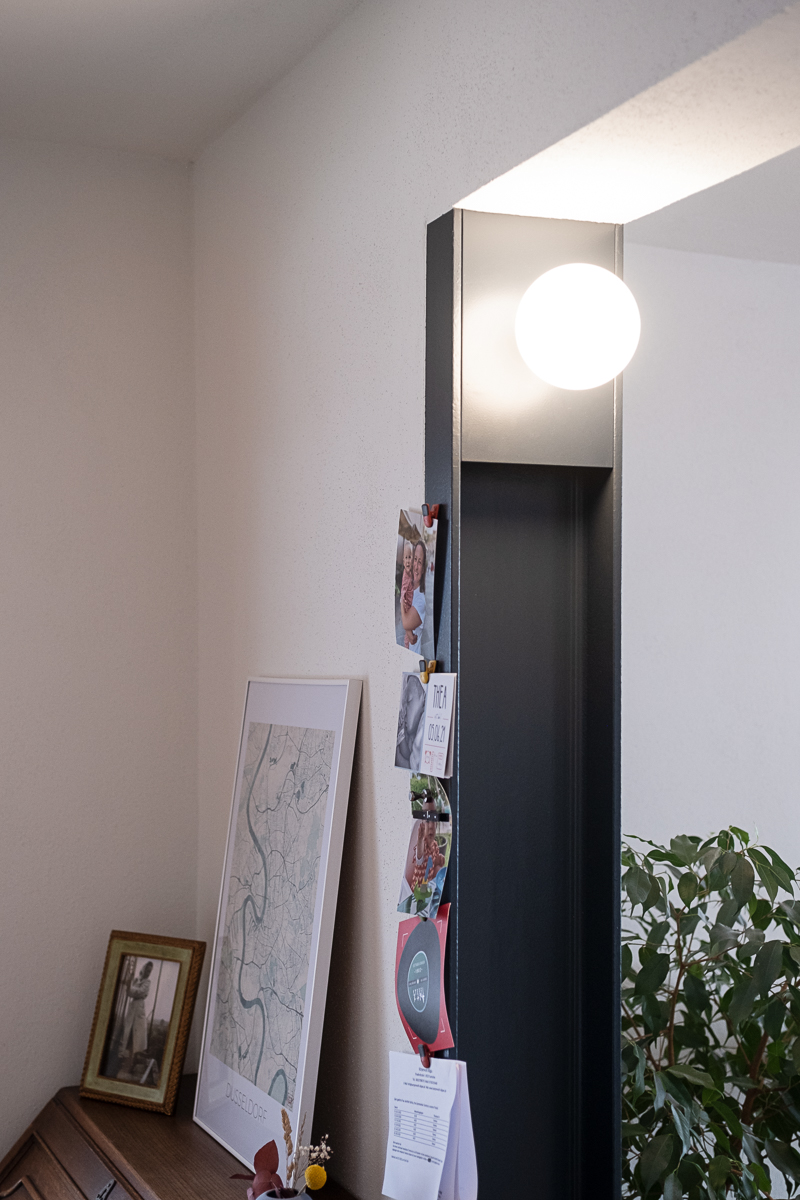
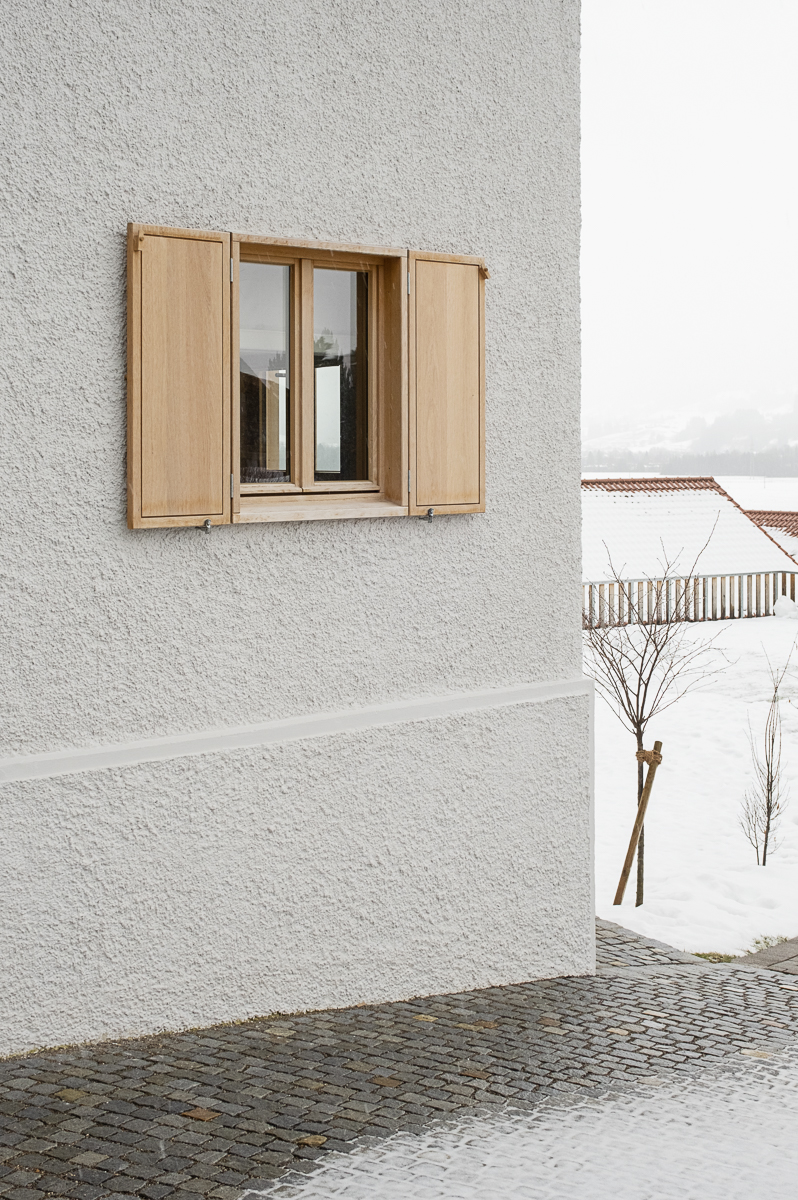

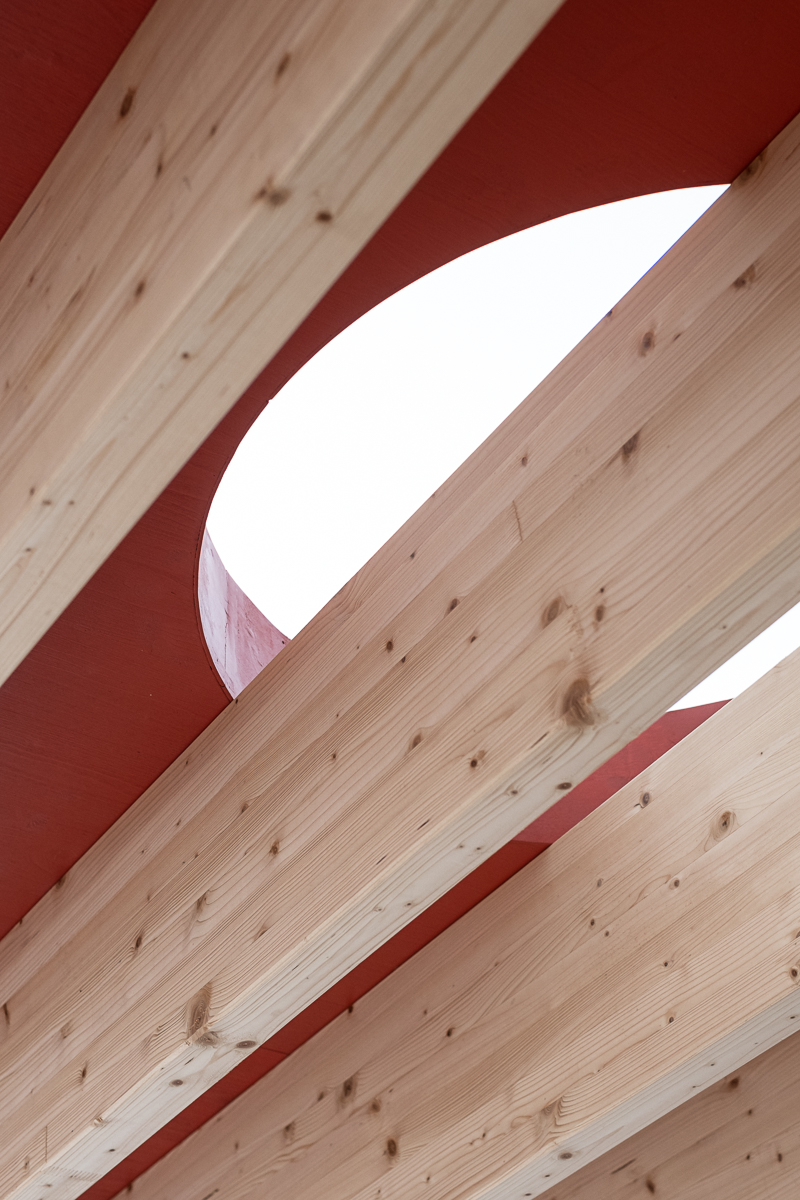
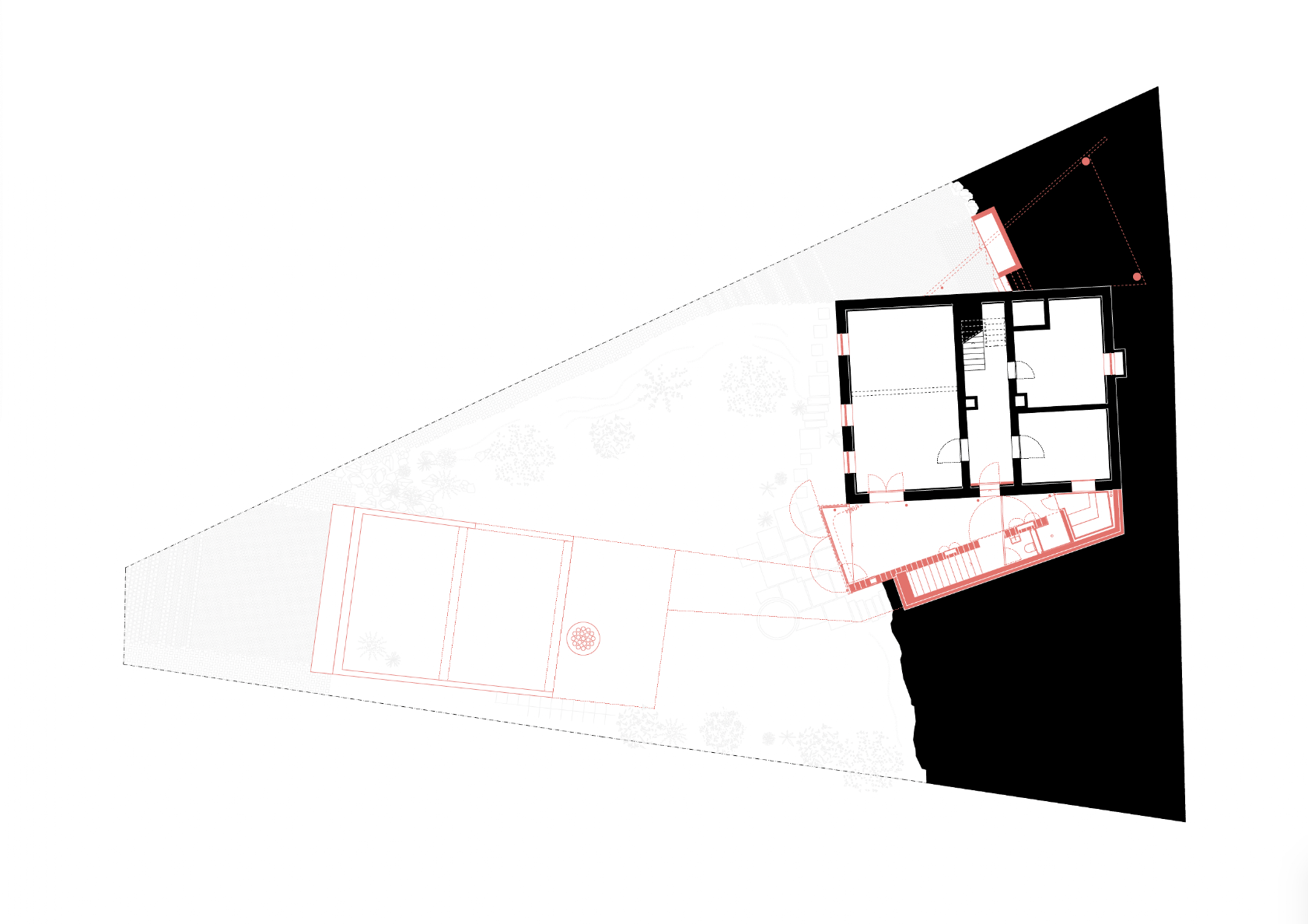
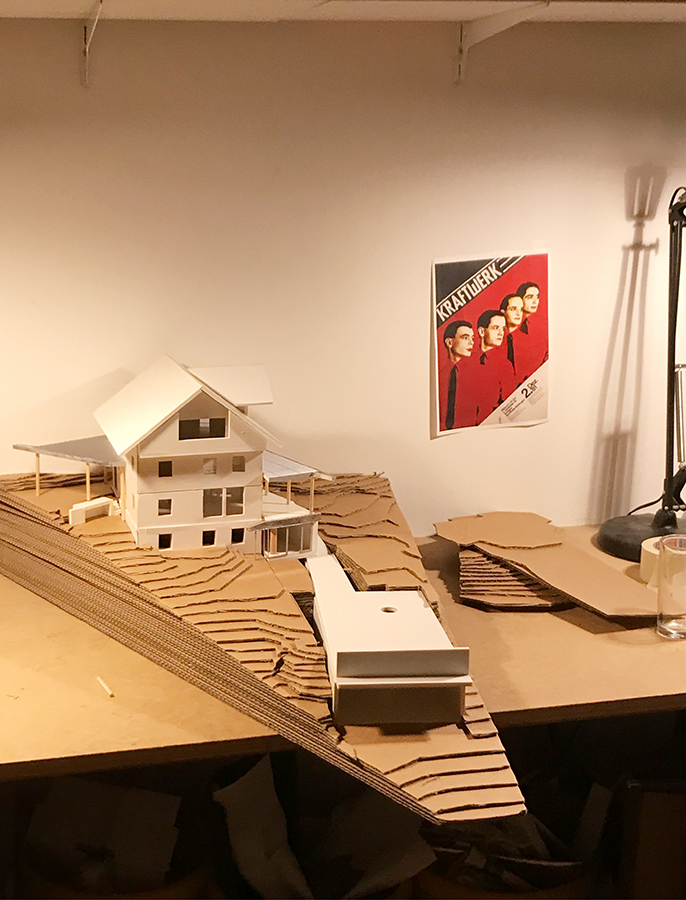
|
||
| 57 | Red Floor Apartment | Conversion |
|
A long, narrow corridor leads to the interior spaces of this small corner flat in the 19th arrondissement of Paris. This corridor creates a generous threshold between the communal staircase for the building and the apartment itself, which makes it feel unexpectedly remote, even while it overlooks the nearby Jardins d’Éole and the railway tracks beyond. The partition walls were taken out to create spatial unity around a central kitchen, and a new wall with two sliding doors enables the bathroom and sleeping space to be separated. Programme: Apartment 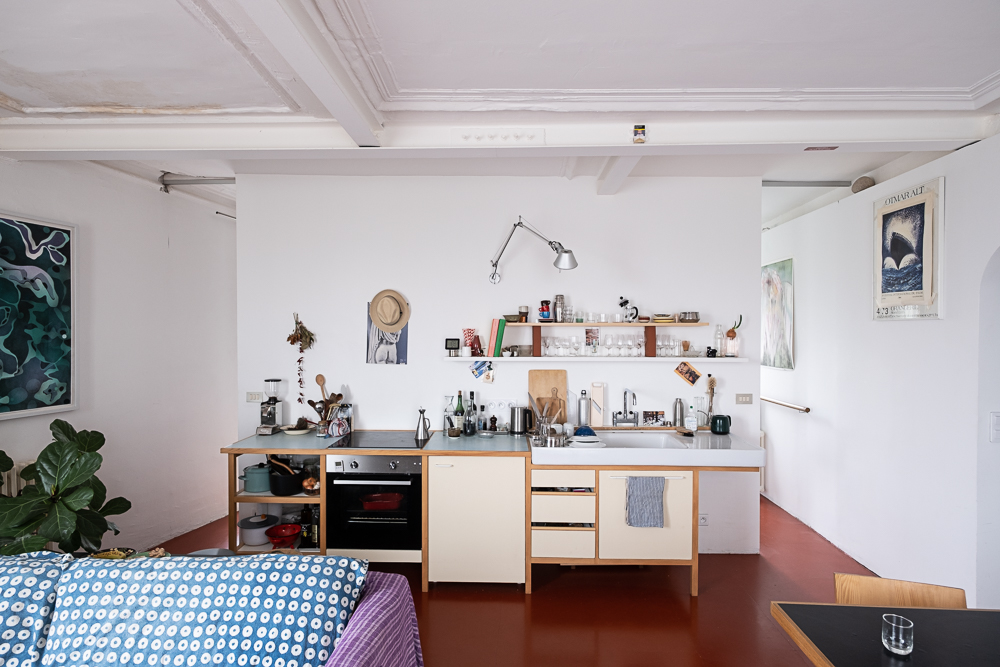
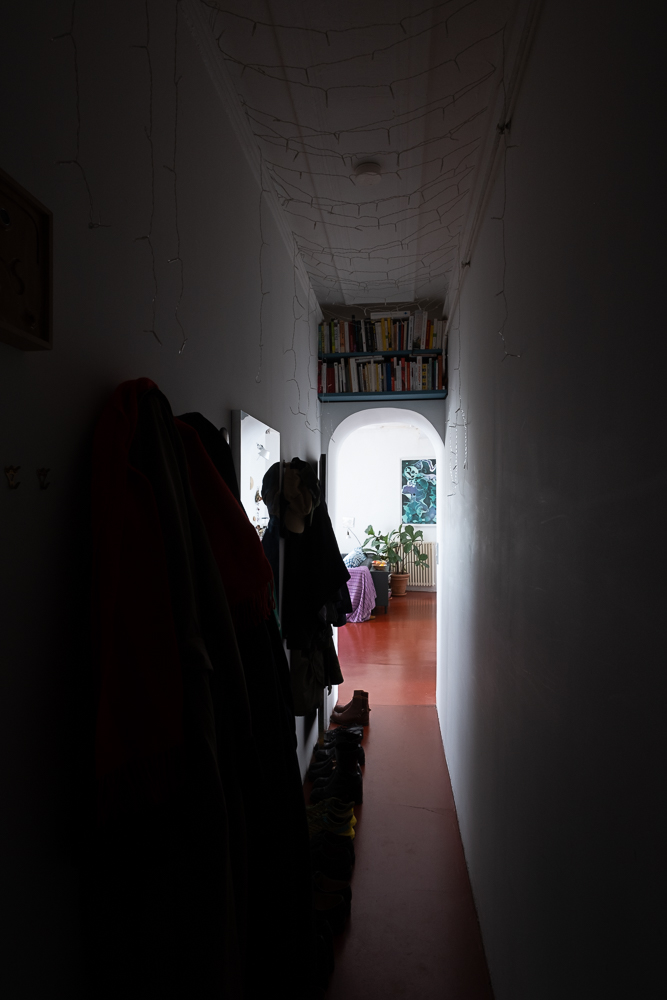
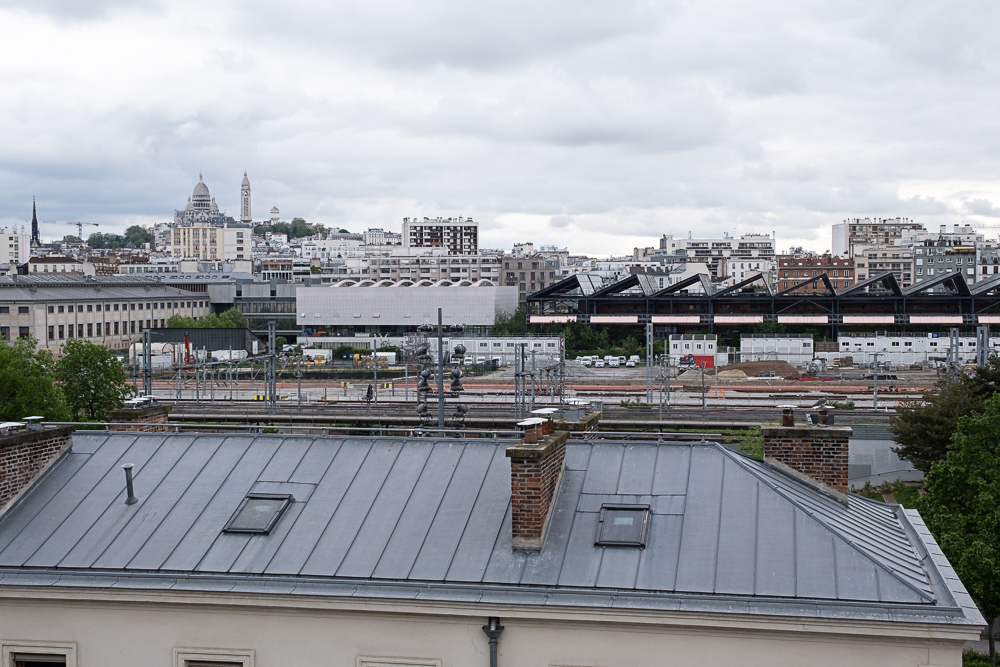
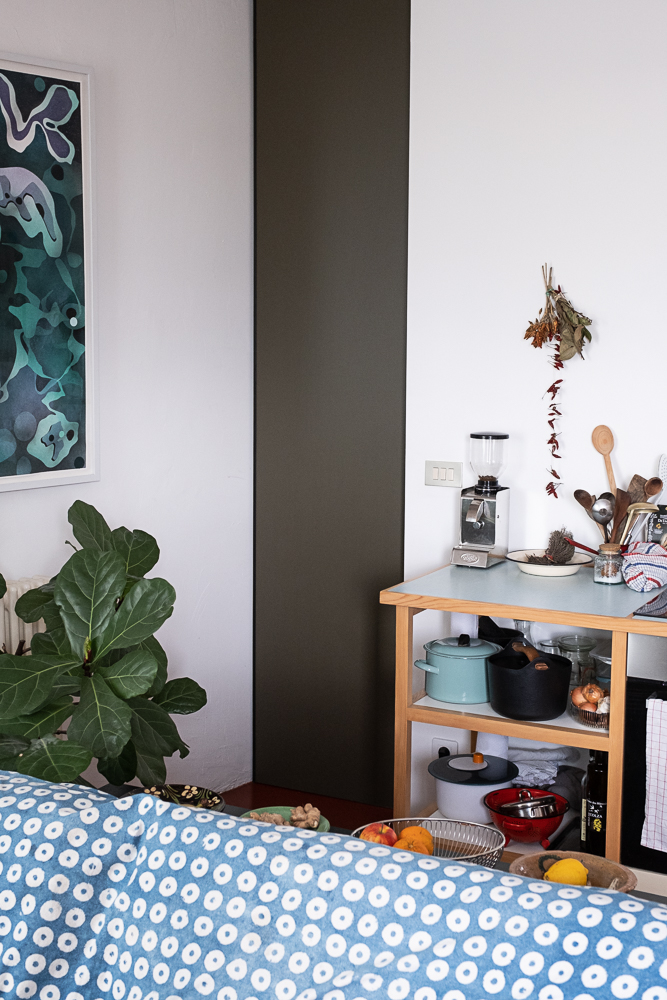


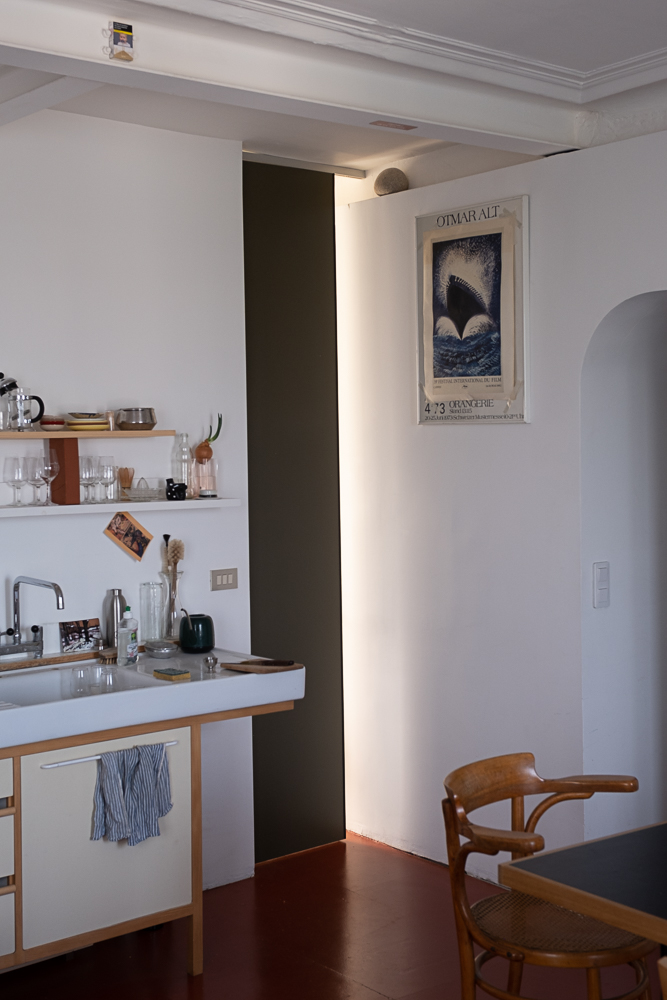

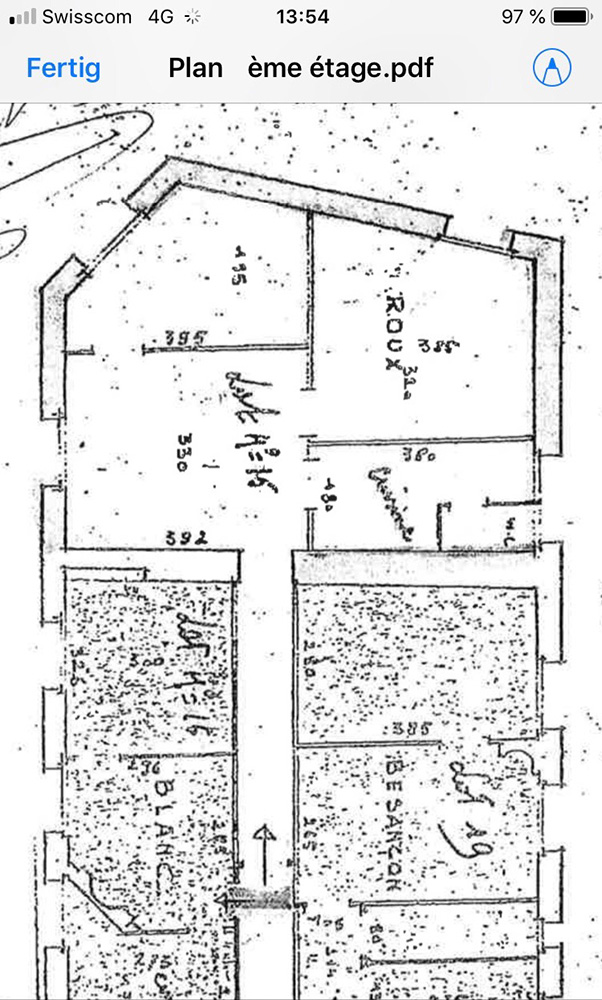
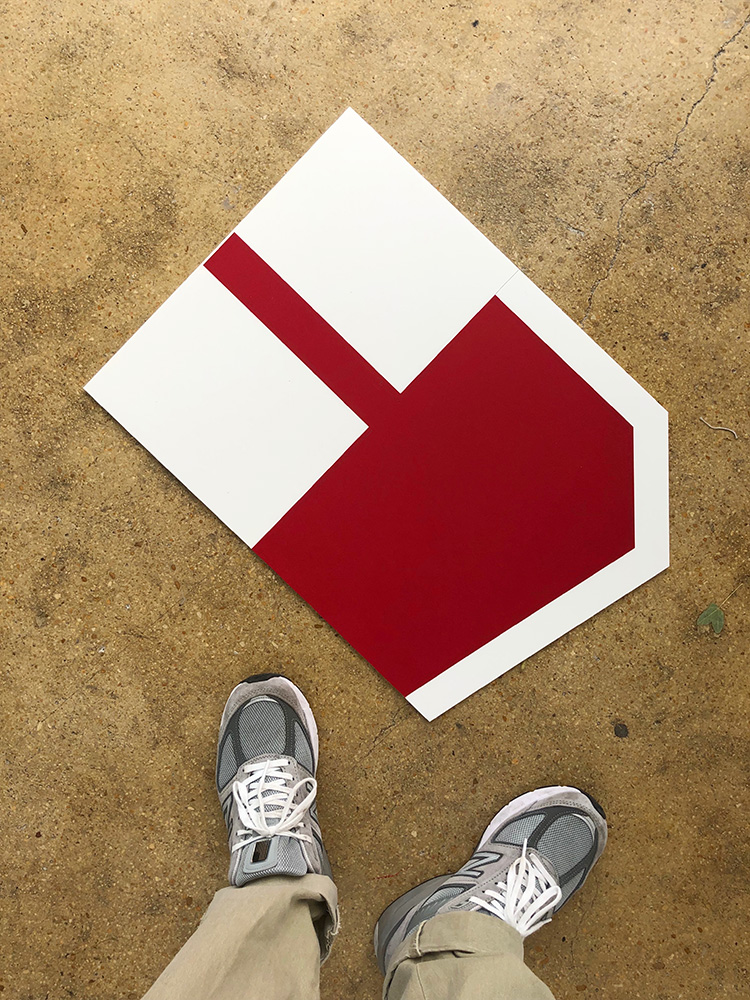
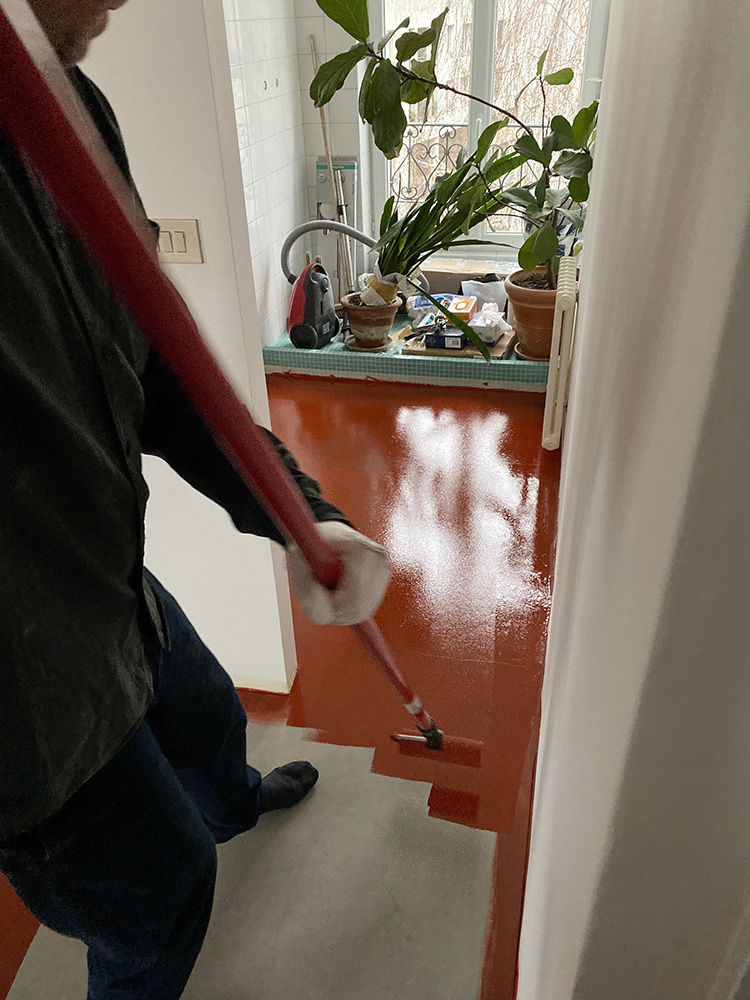
|
||
| 50 | Tell me about yesterday tomorrow | Exhibition Design |
|
Curated by Nicolaus Schafhausen, Miriam Zadoff and Juliane Bischoff, with graphic design by Boy Vereecken, this exhibition aimed to ‘open up a dialogue between contemporary art and the remembrance work performed by the Munich Documentation Center for the History of National Socialism’. Works by over 40 international artists were presented to ‘explore how to interpret the past and its links to the present day against the background of the historic exhibition’. Given the highly sensitive context of the artworks displayed, each had to be integrated into the design of the exhibition with the greatest of care in order to make sure that it could be appropriately contextualised, interacted with and respected. Since nothing could be fixed to any of the existing walls or ceilings, we developed a flexible clamping system for the objects that could be used throughout the show and made by simply adjusting readymade shelving brackets. Programme: Exhibition 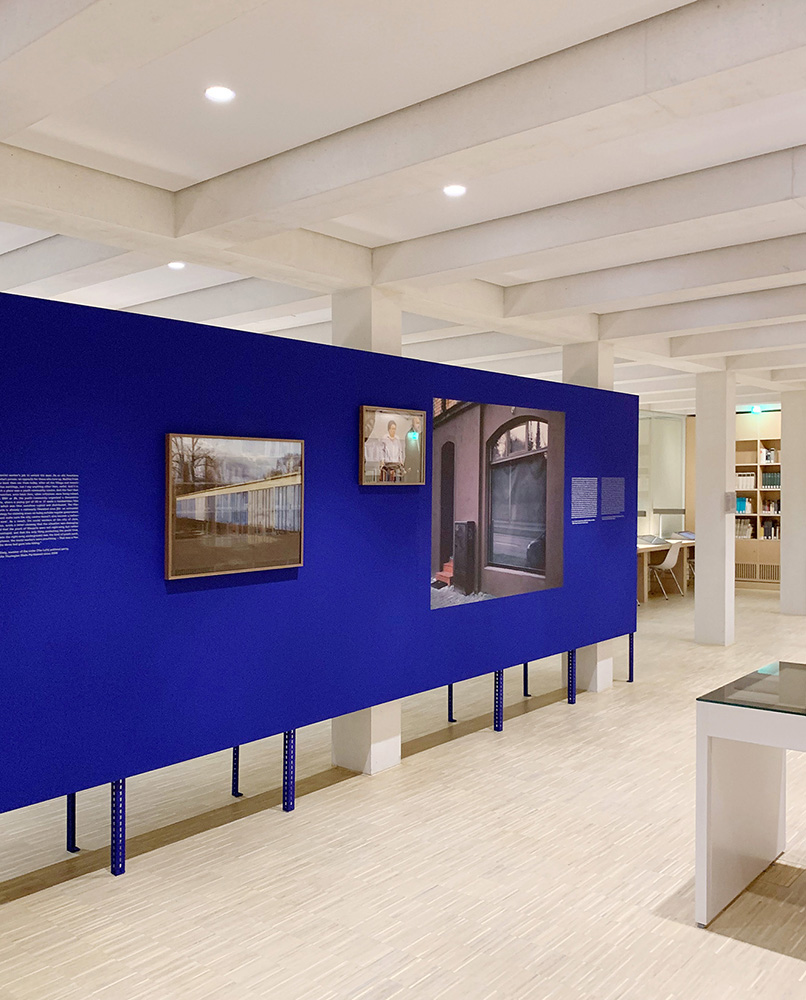
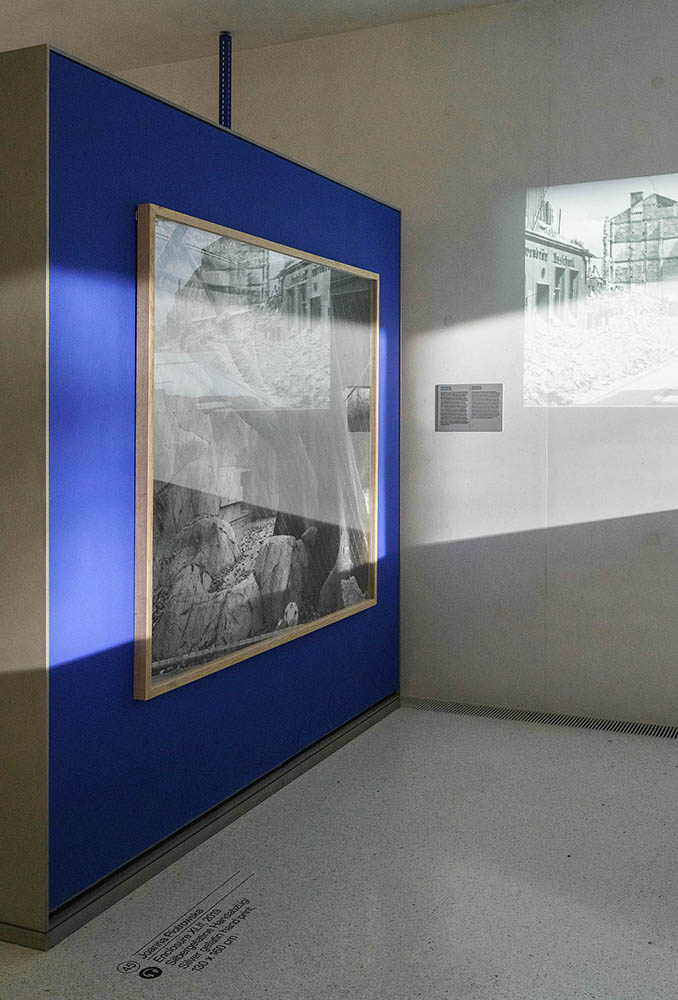
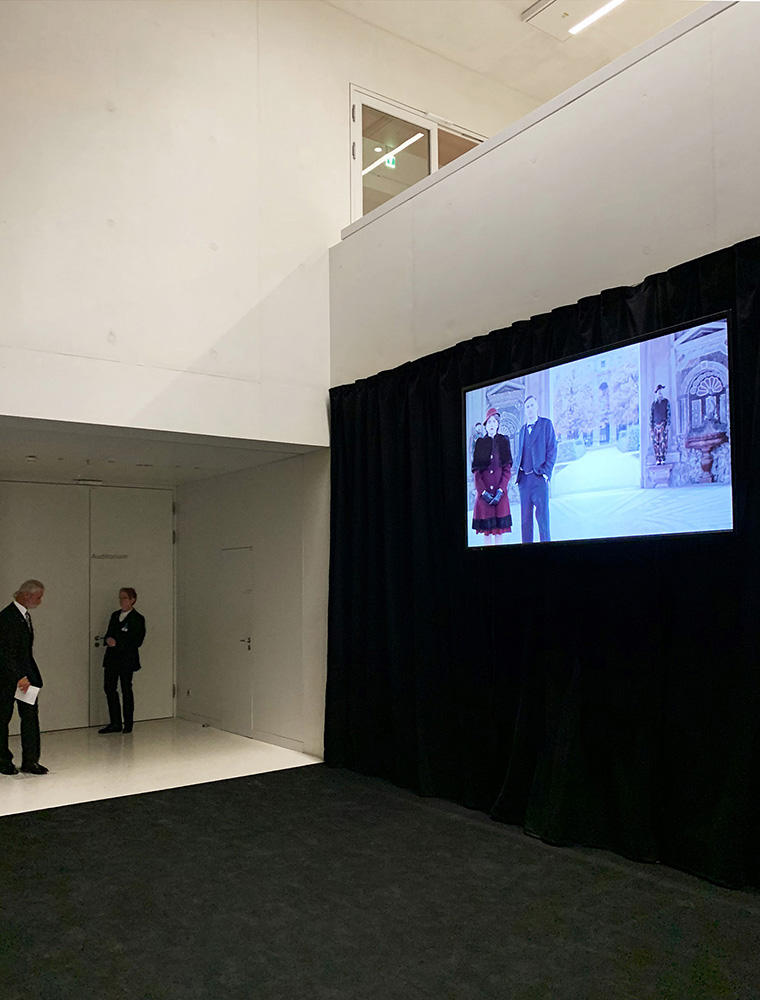
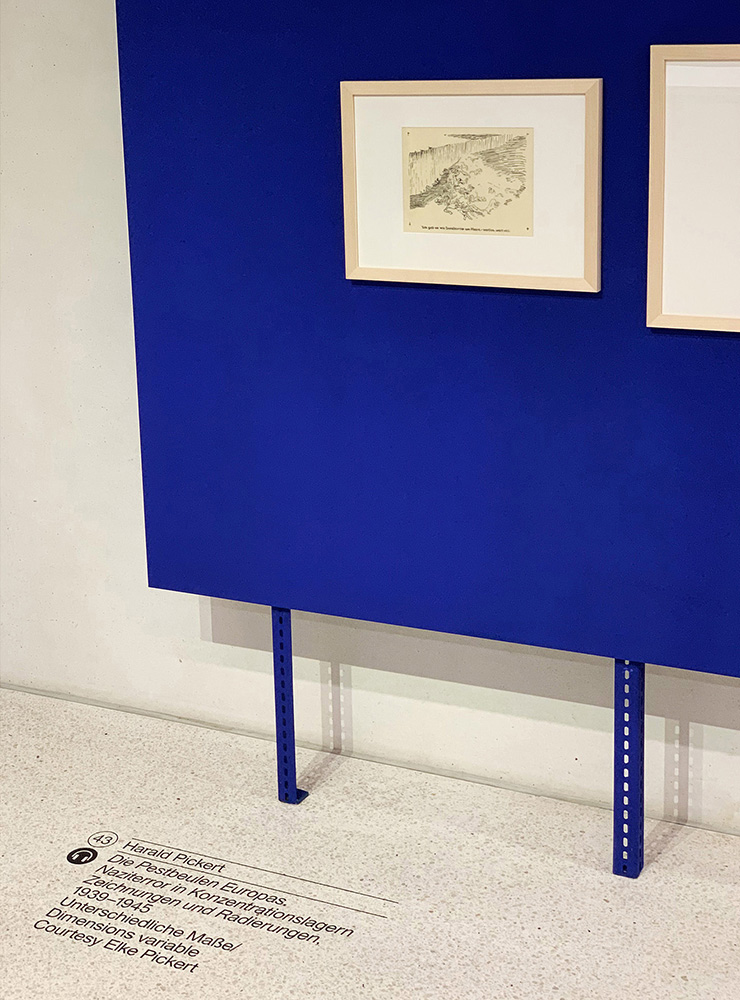
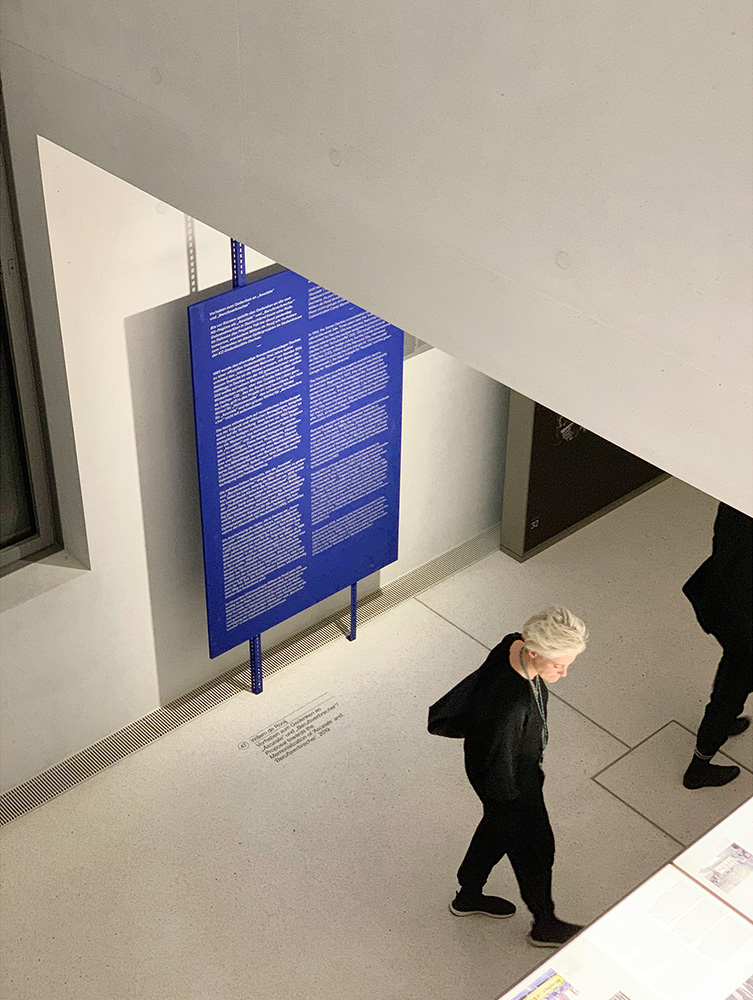
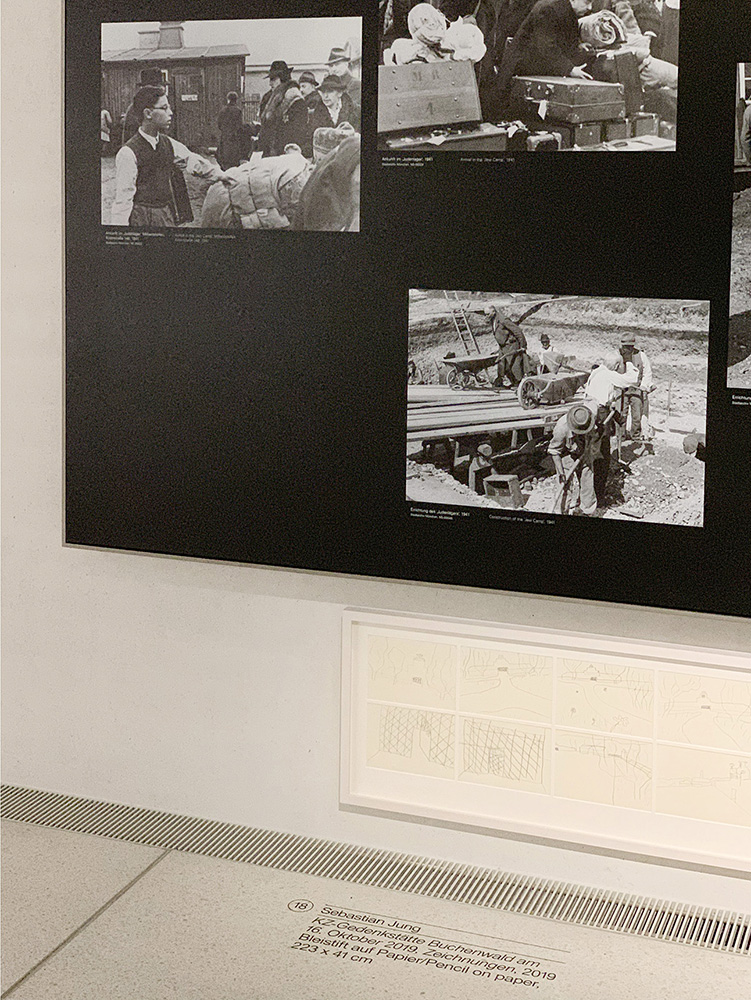
|
||
| 49 | AKFB | House |
|
Street, passage, courtyard. A small, simple and yet spatially rich house squeezed into a narrow urban slot not much more than six metres wide. Made from five load-bearing prefabricated panels and thick window frames that hide the internal walls from outside, the new street-facing facade seems to grab on to its neighbours. It is heavy and light, strong and weak at the same time. The overall building consists of three units: a commercial space at ground floor level, a studio apartment on the first floor and a family dwelling above that. Given the limited size of the plot, a partly double-height passageway from which all units can be accessed creates unexpected generosity by opening up from the front of the building to a small courtyard at the rear, where the facade is, for the most part, fully glazed. This outdoor space is enclosed by the walls of the neighbouring buildings. Programme: Office, Studio, Apartment 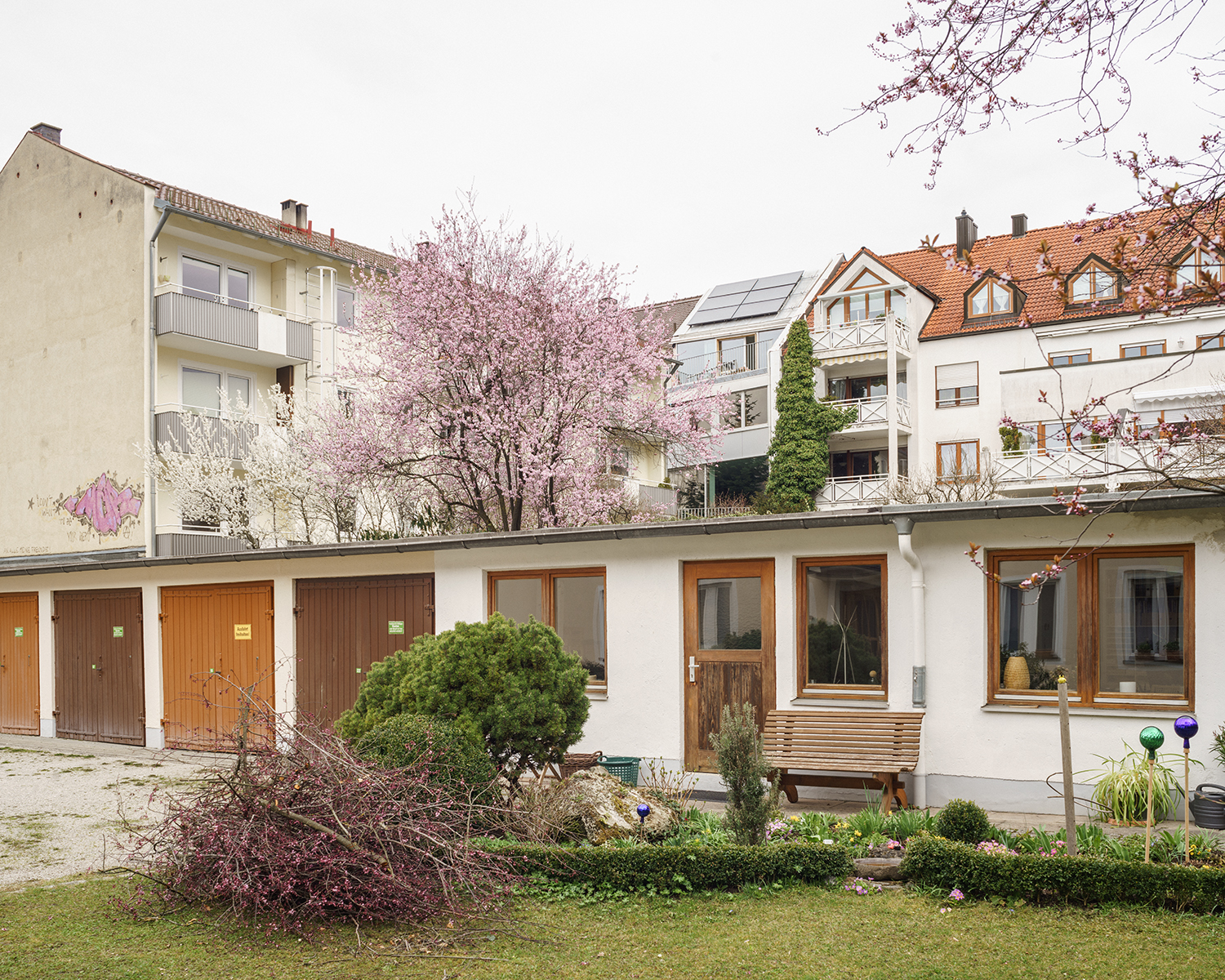
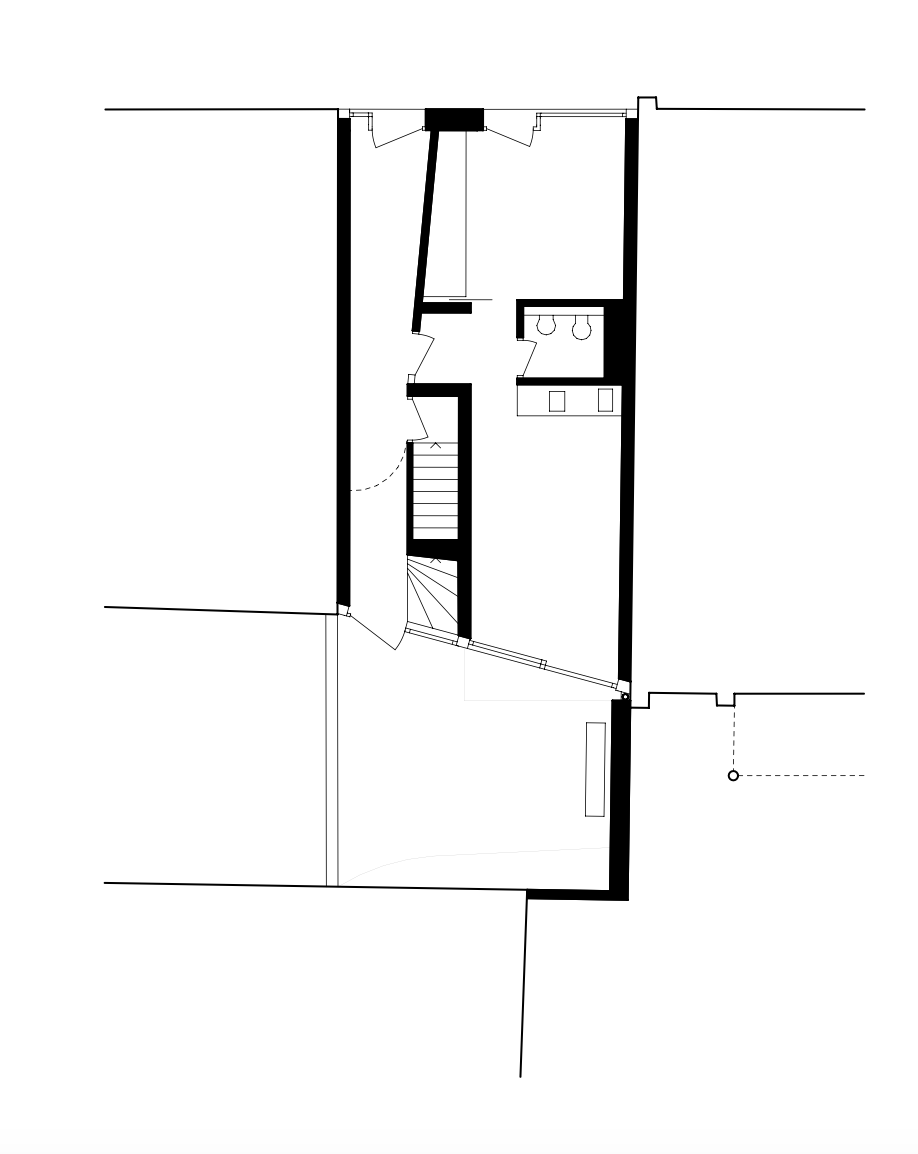

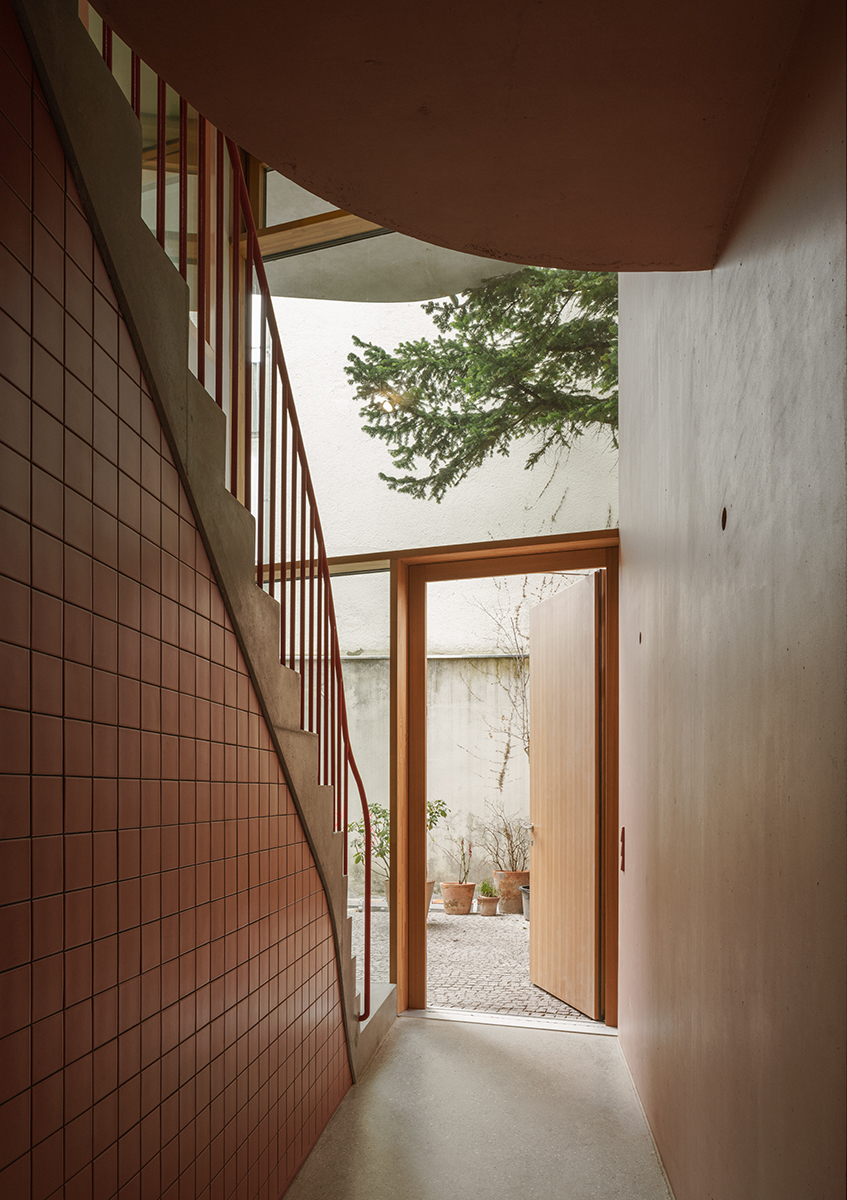

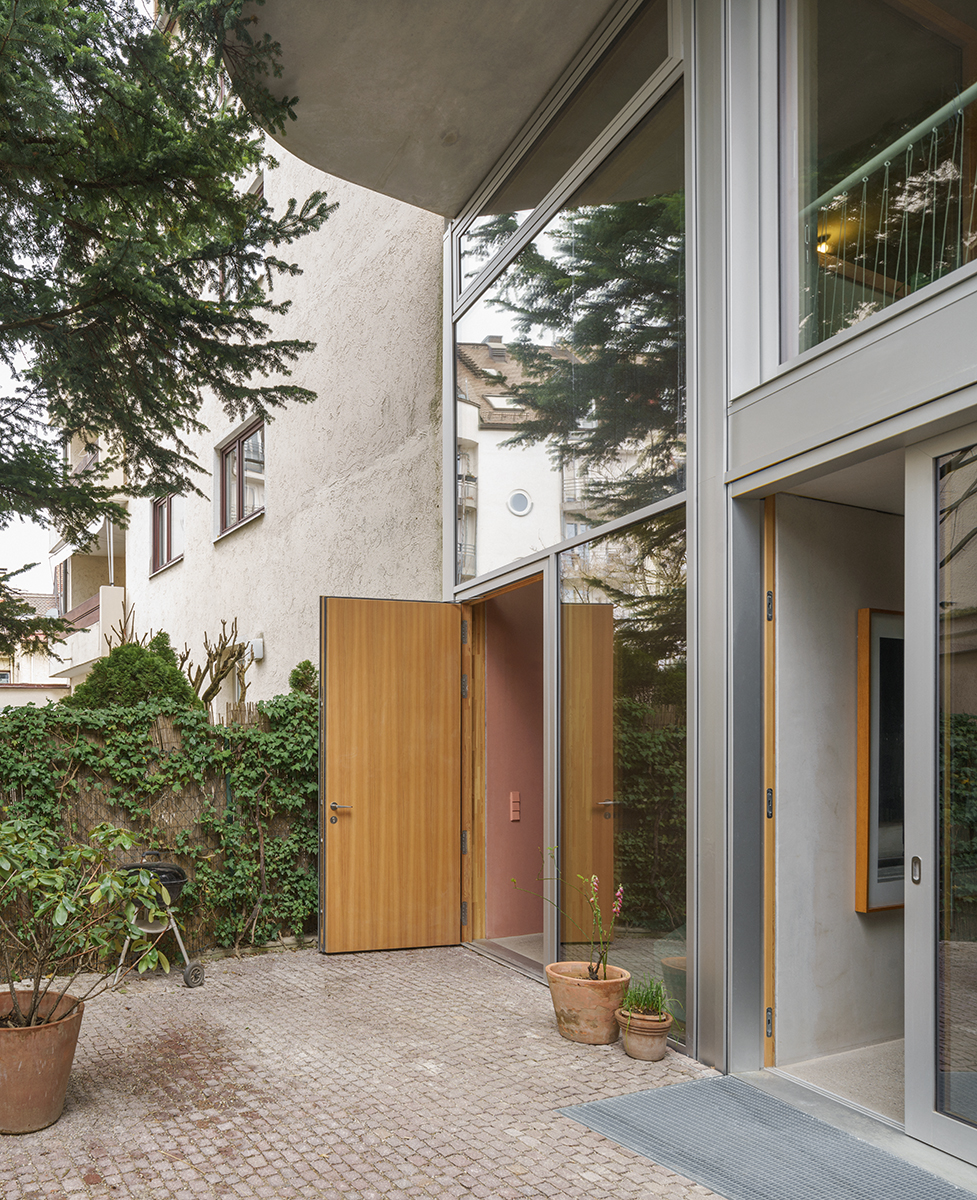

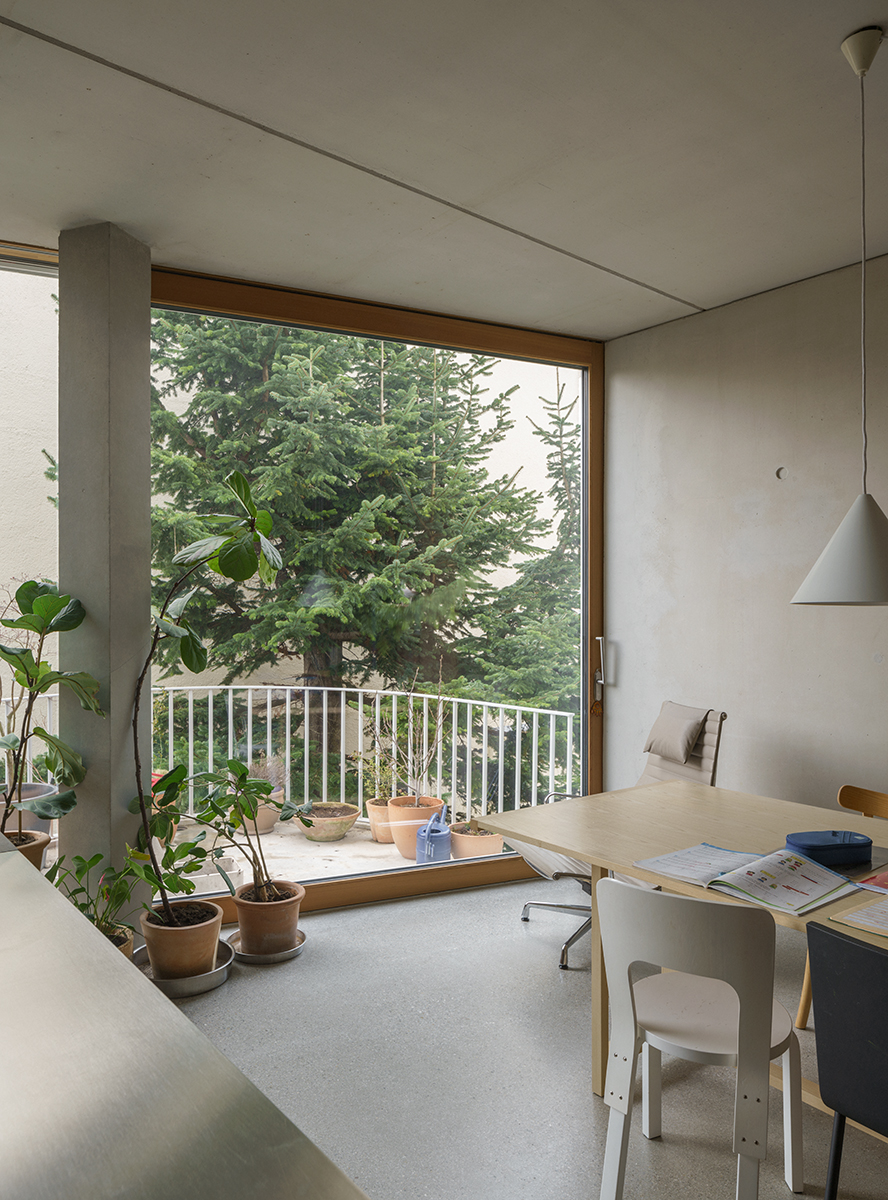

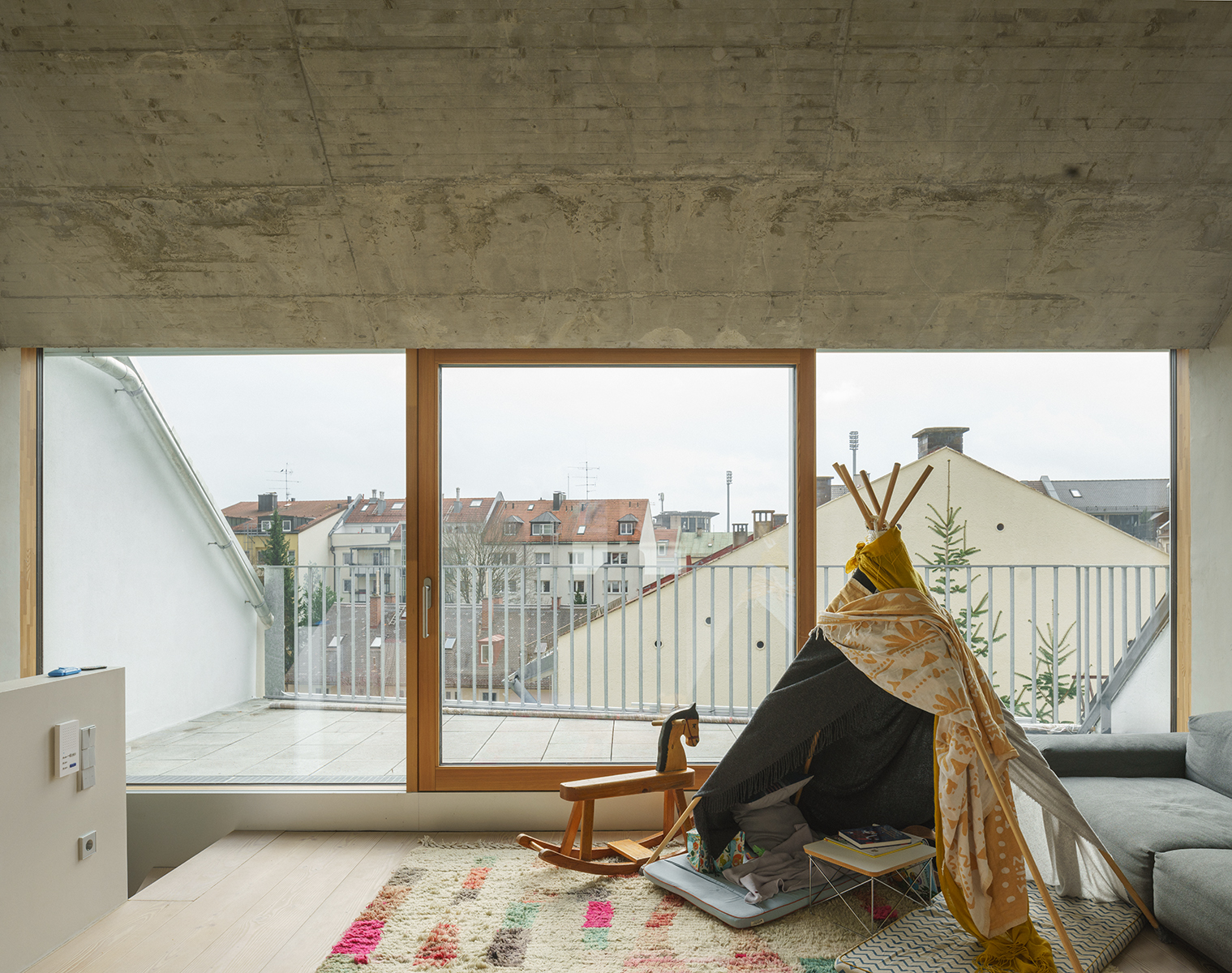

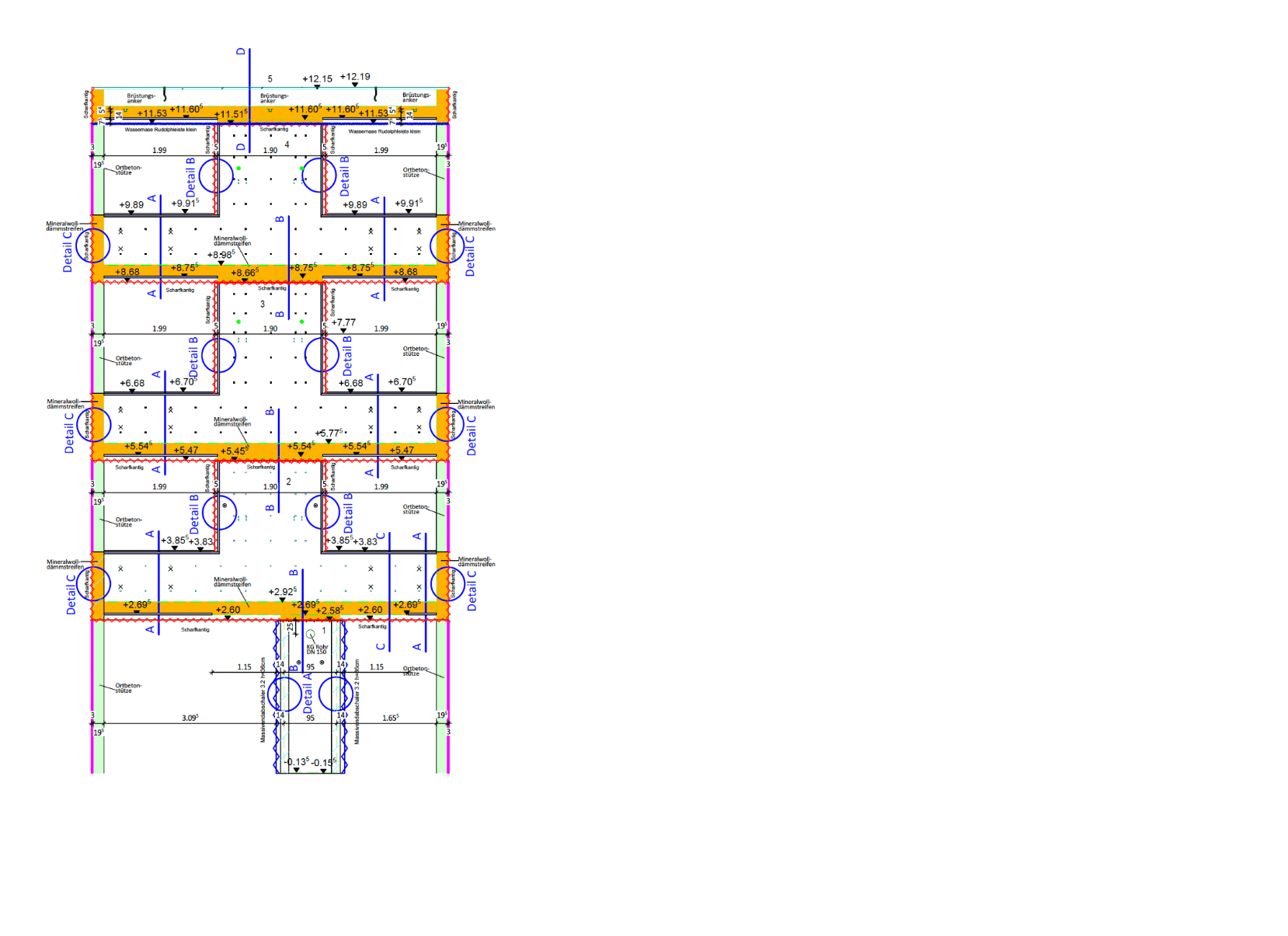
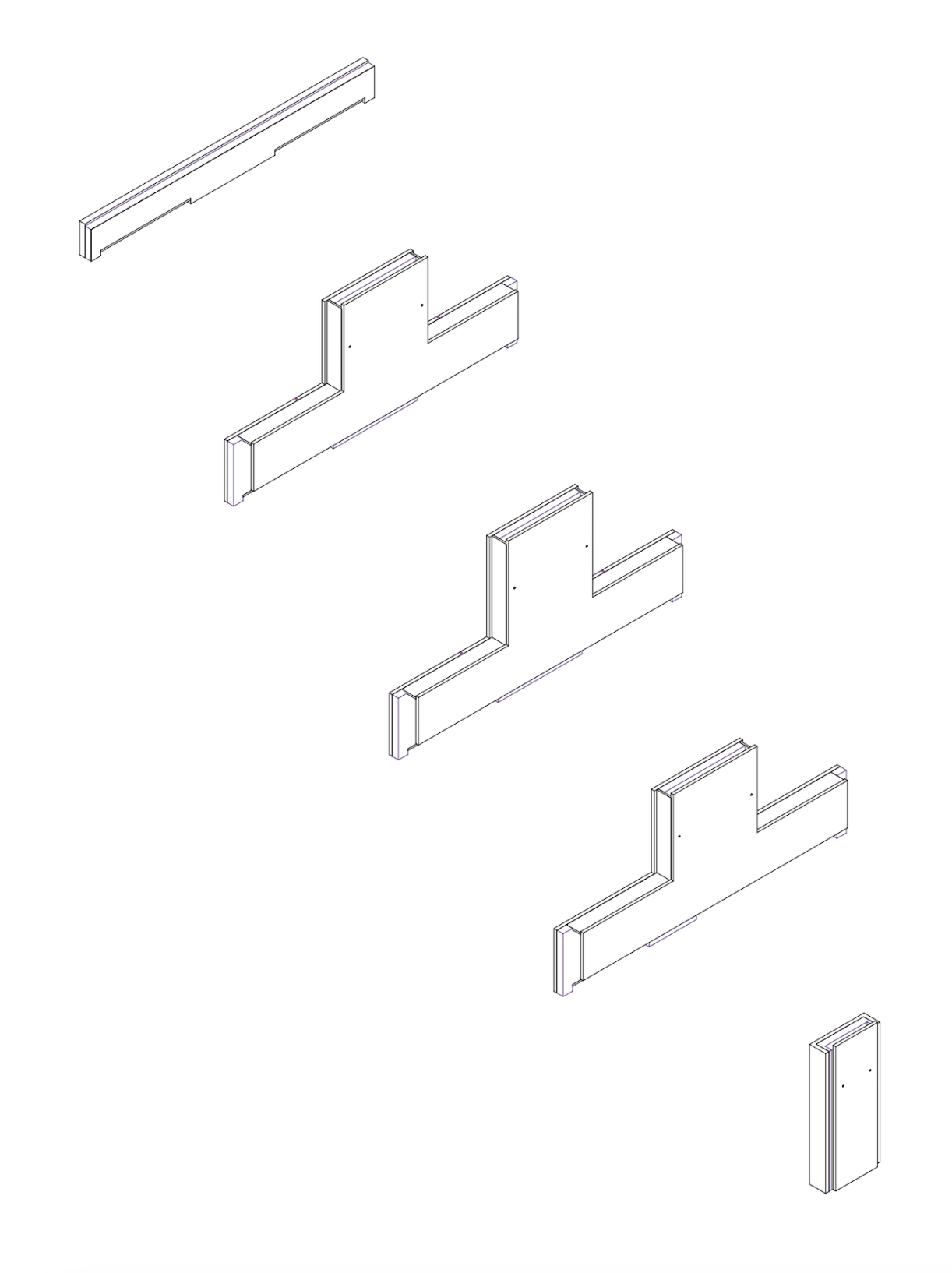

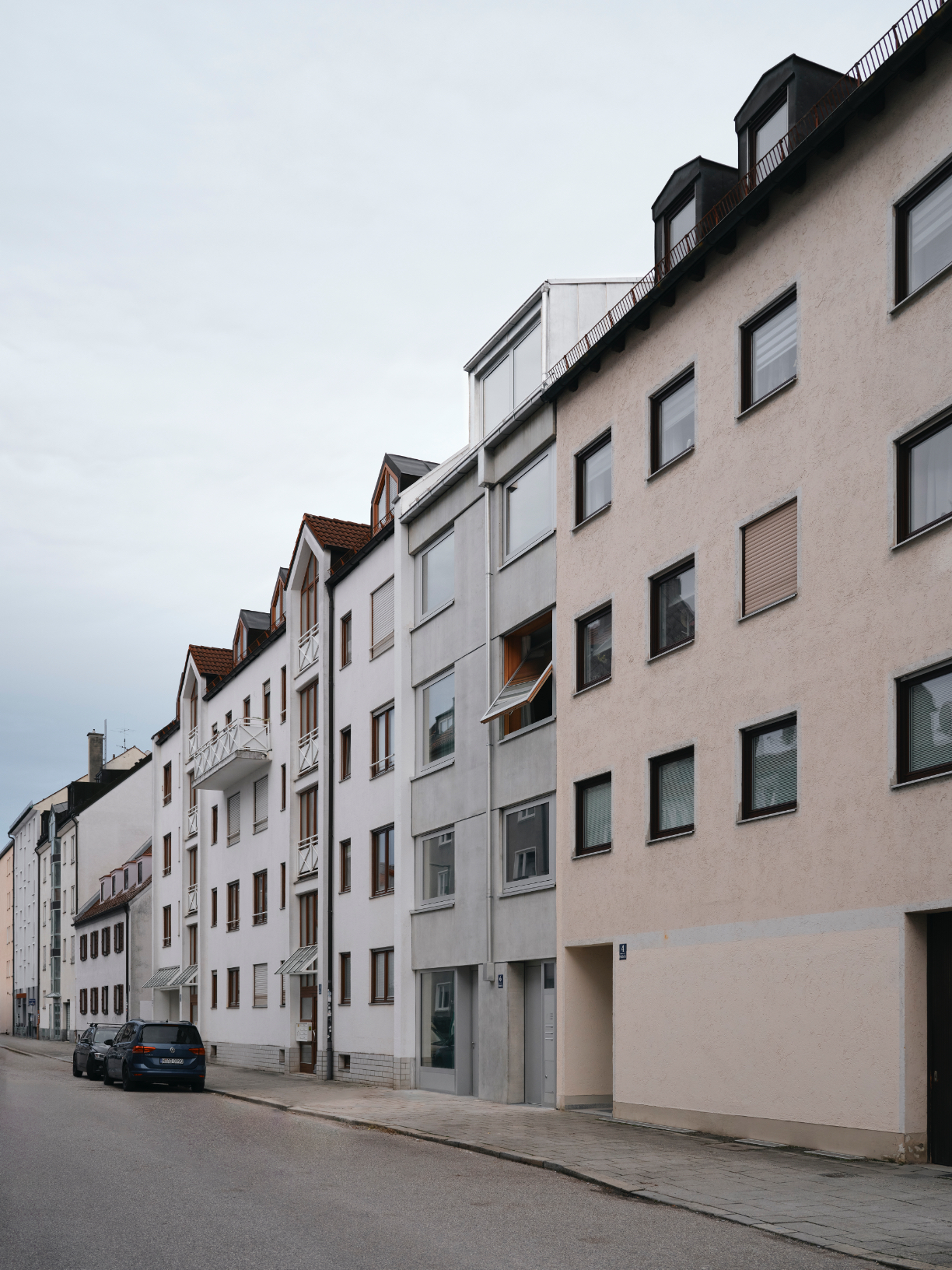
|
||
| 45 | Oberau | Housing |
|
24 dwellings under one long roof. Parallel to the railway tracks and a road to the west of Oberau, the main building is sheltered from these infrastructural routes by a an even longer outbuilding, which consists of an open lean-to that rests up against a new wall designed to protect the residents from the noise. Continuous balconies, which are typical in the region, create generous outdoor spaces for every single apartment. The block is built from solid brick, and has an insulated timber facade with wooden balconies. To meet the limited project budget without sacrificing any of the generosity of the proposed communal spaces, each detail was carefully and pragmatically designed. While it might resemble the traditional houses of the Garmisch-Partenkirchen area when glanced at from a distance, up close the building is evidently new, and makes use of contemporary construction techniques. Programme: 24 Public Housing Units and Outbuildings 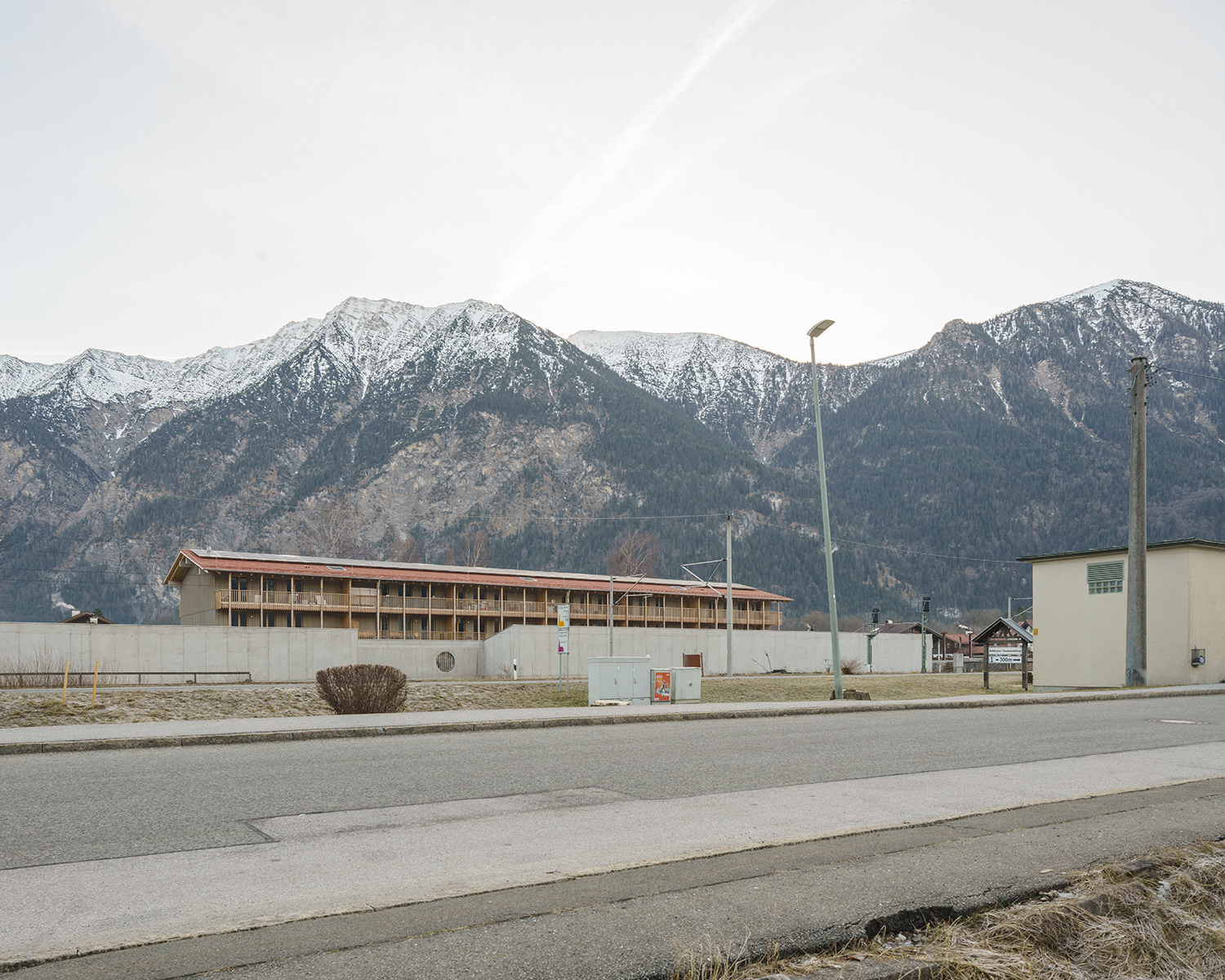
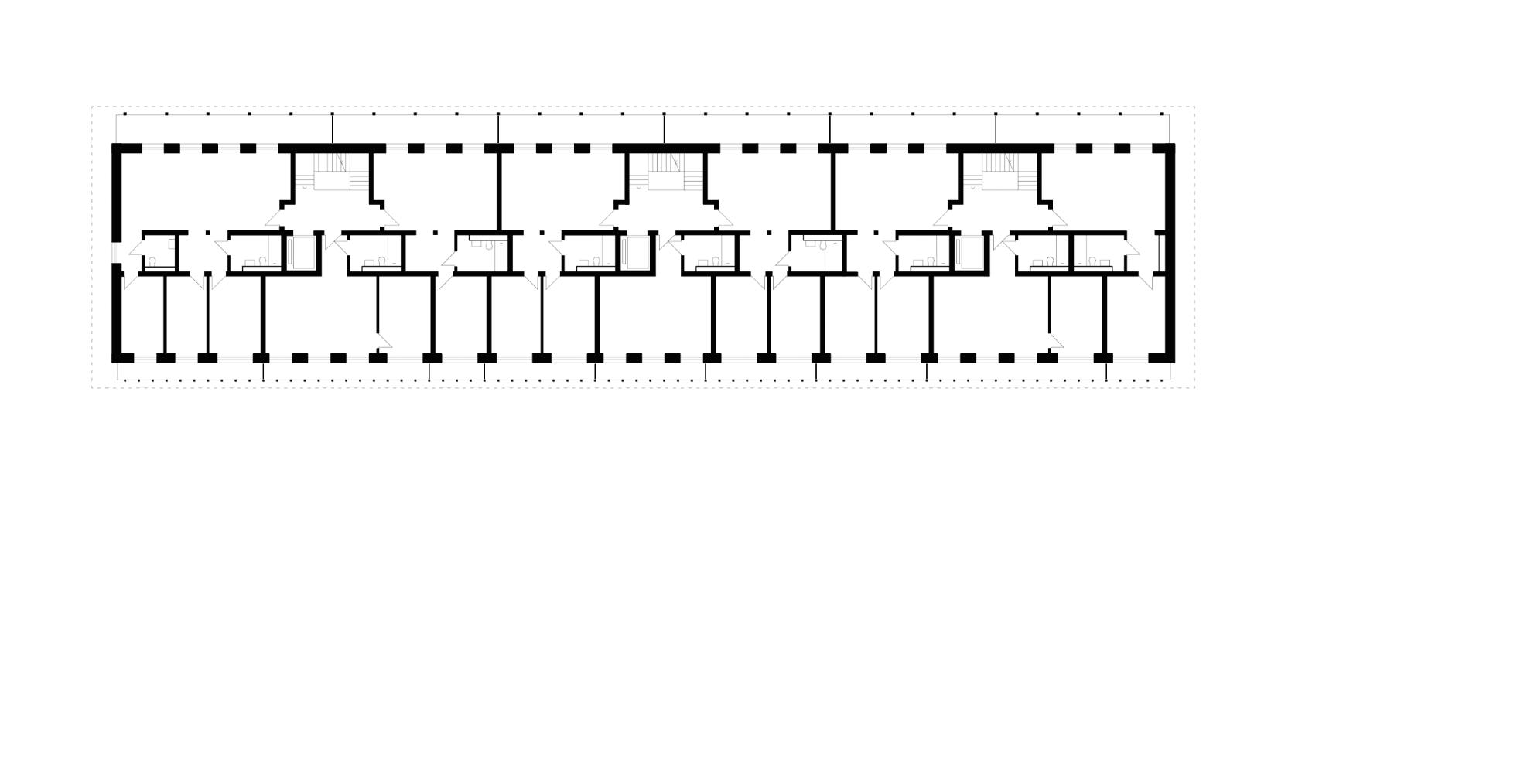
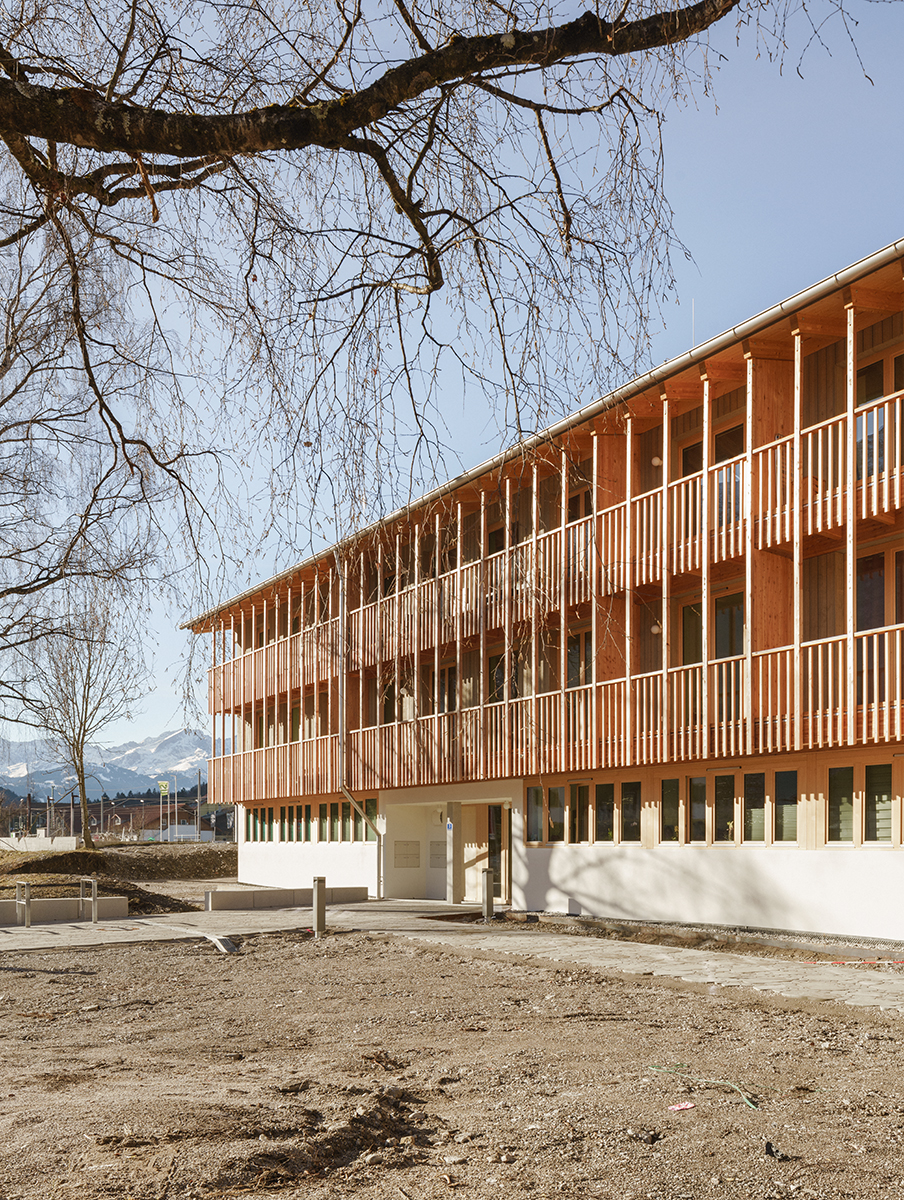
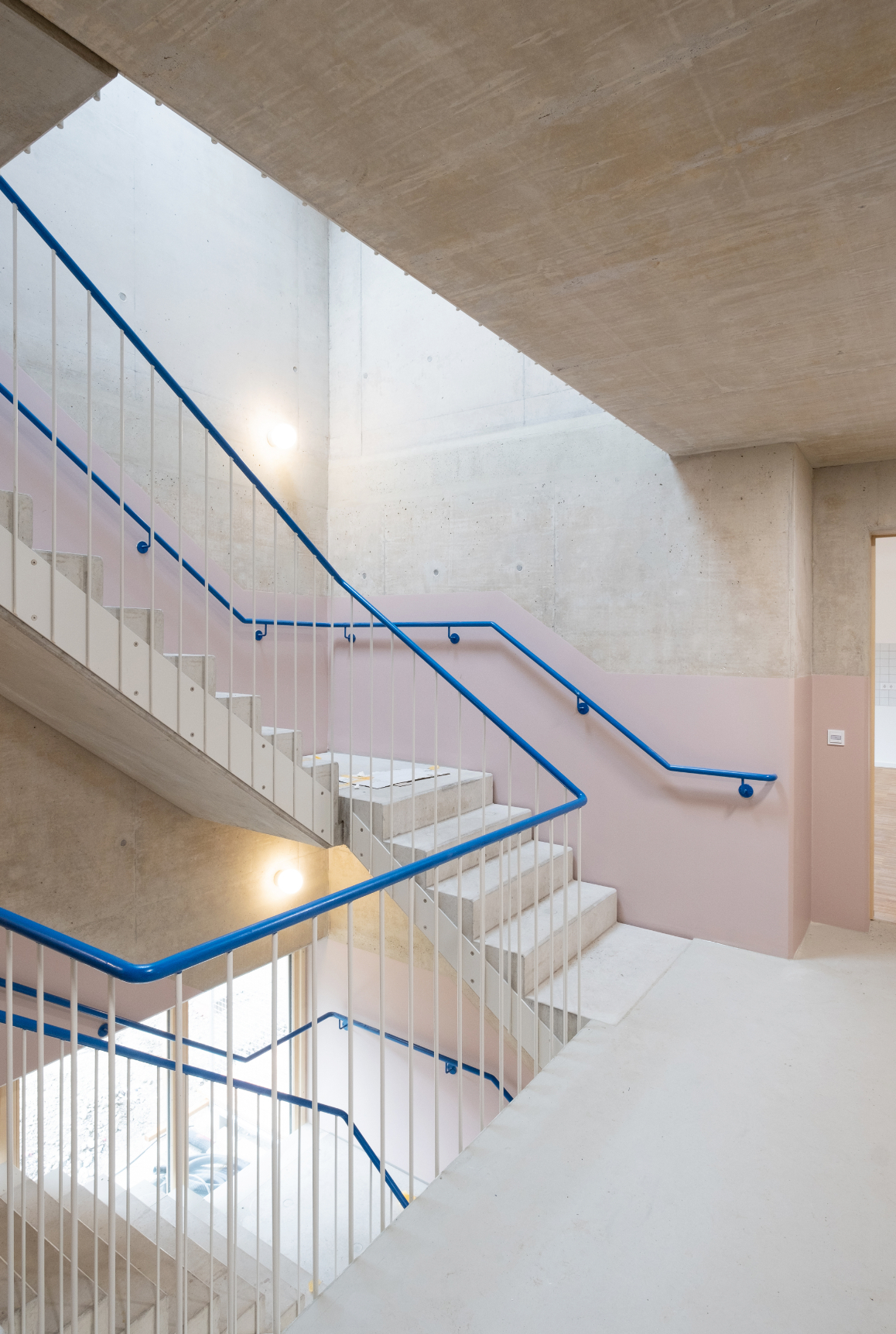

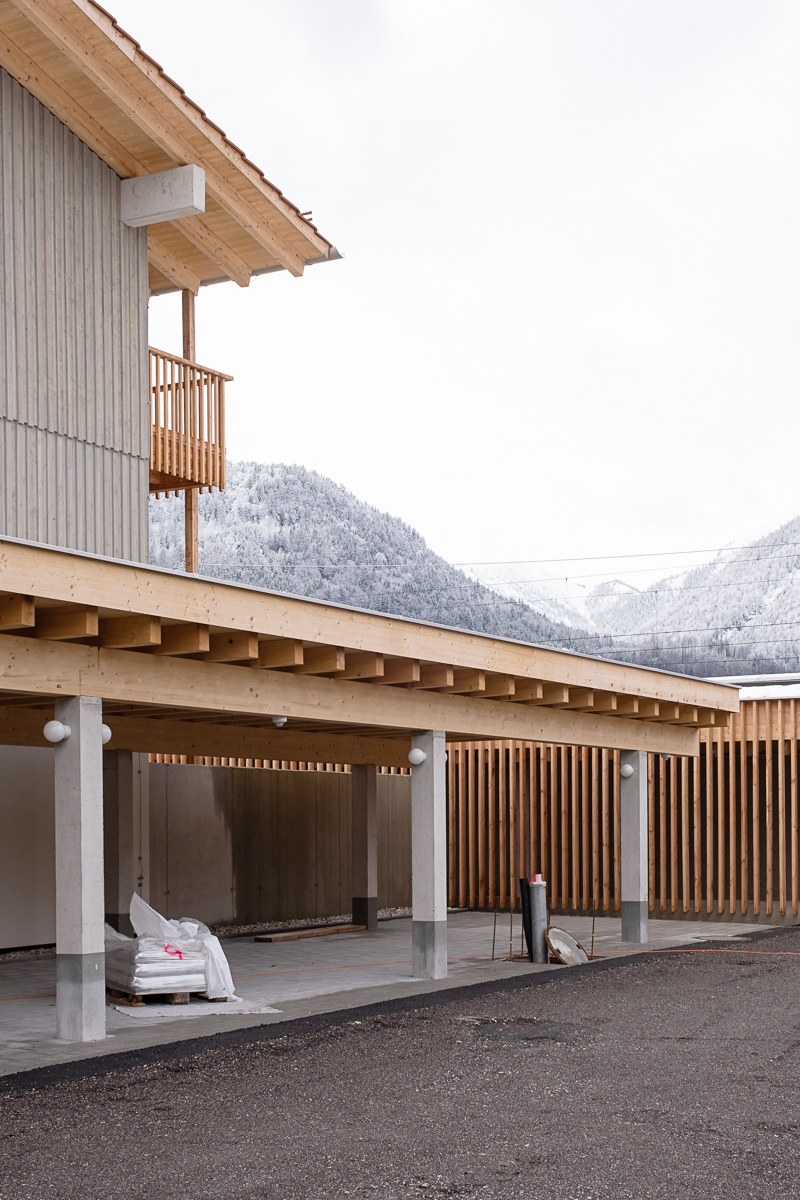
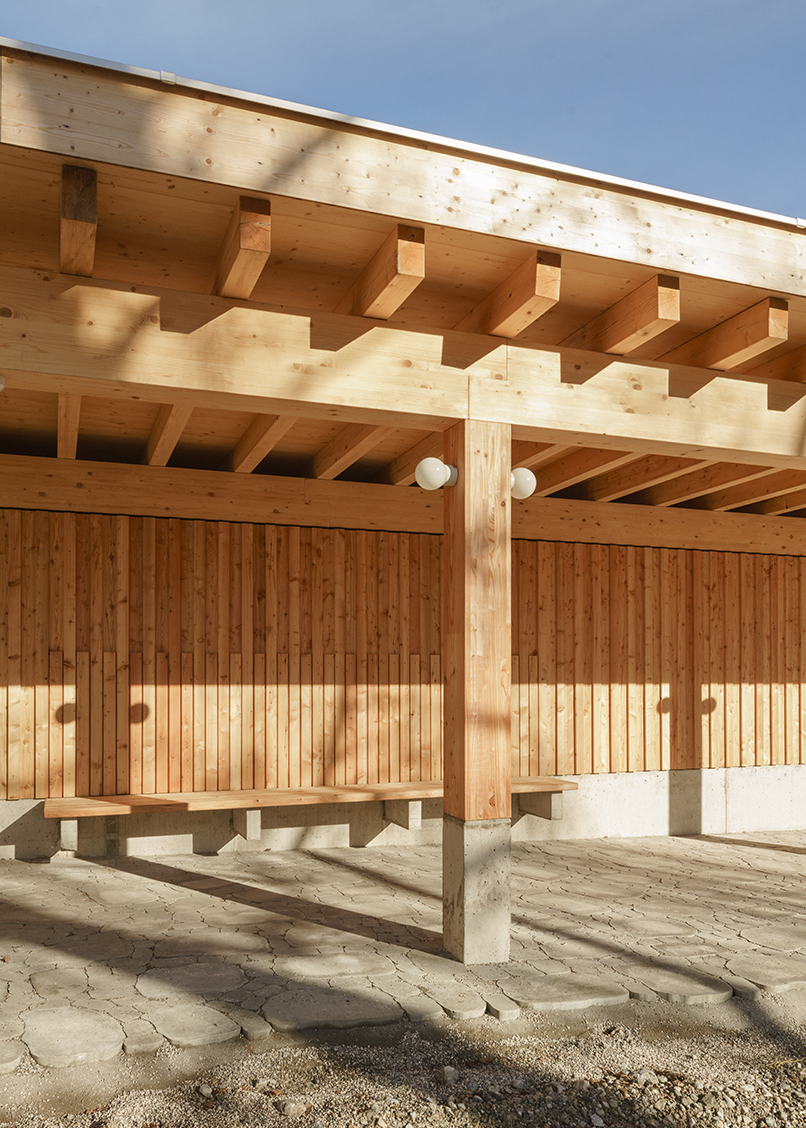
|
||
| 35 | Mehrgenerationenhaus | Housing |
|
Public housing on the urban fringe of a small village not far from Munich. The plot, which was once a parking lot and had a beautiful stock of mature trees, has been split up to form four residential buildings that form a quiet, central courtyard where the community of new residents can meet and rest away from the traffic on the adjacent road. All of the flats are accessed from east-facing exterior walkways, and all of the interior rooms are oriented westward towards the retained trees, which are overlooked by private balconies and terraces. The exterior walkways, with their mirrored stairs, enable the extensive and rare use of bare, untreated timber, the use of which is typically restricted by fire safety regulations. Also, having foregone the construction of an underground parking garage, the only cement that was used was carefully limited to the foundation plinths for each of the four buildings, which bear the load of the timber-framed apartment blocks. Programme: 21 Public Housing Units and Community Space 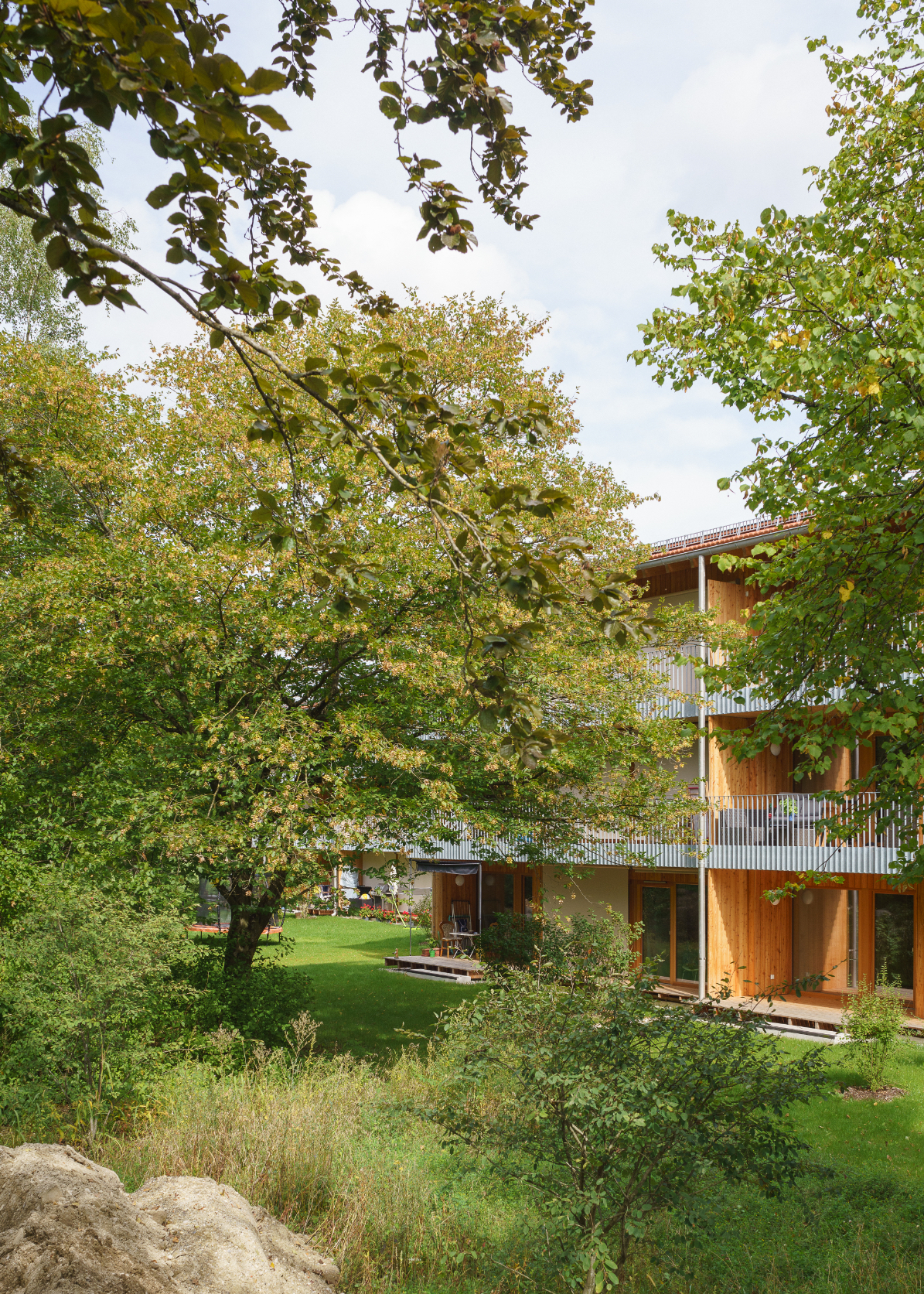

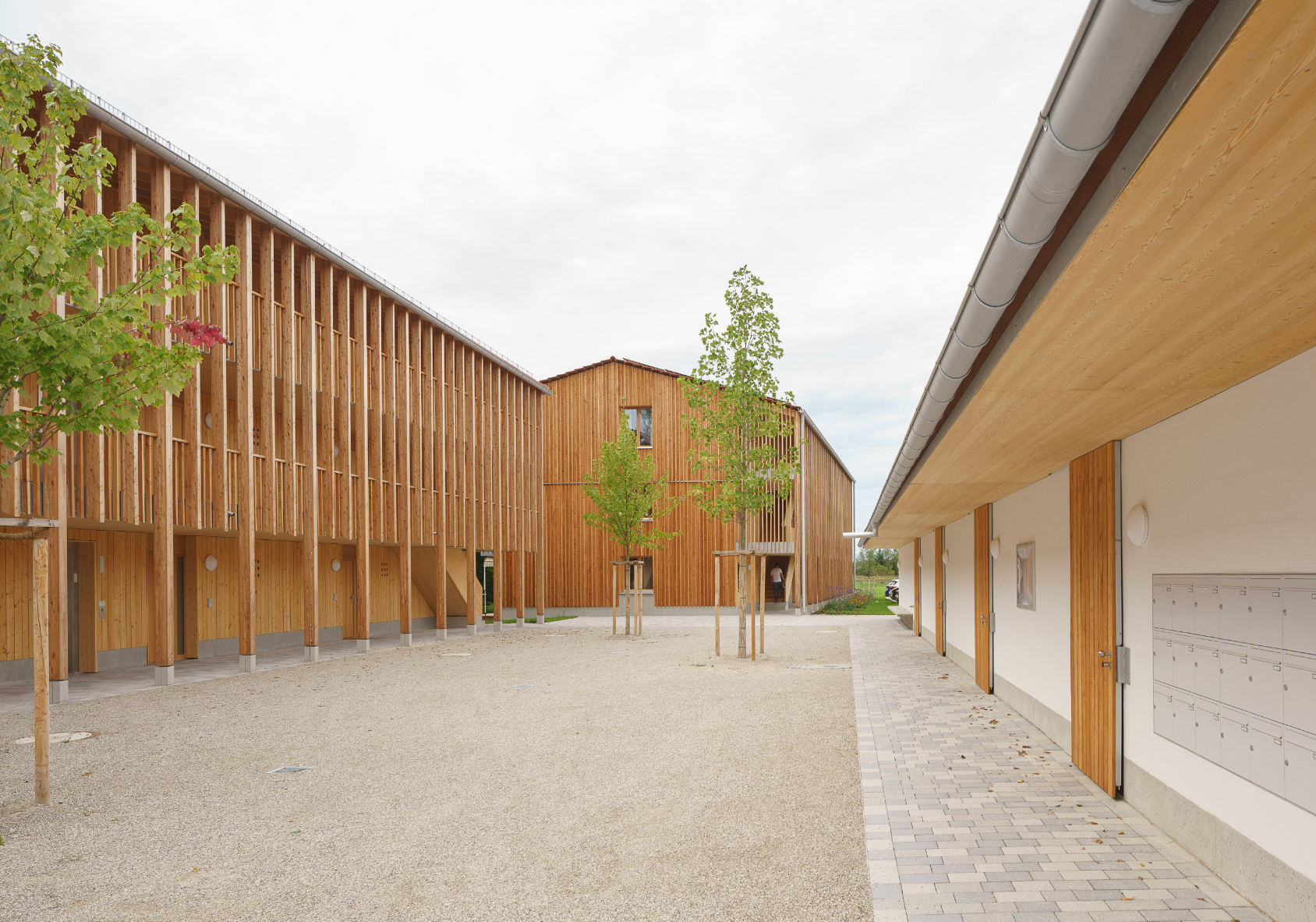
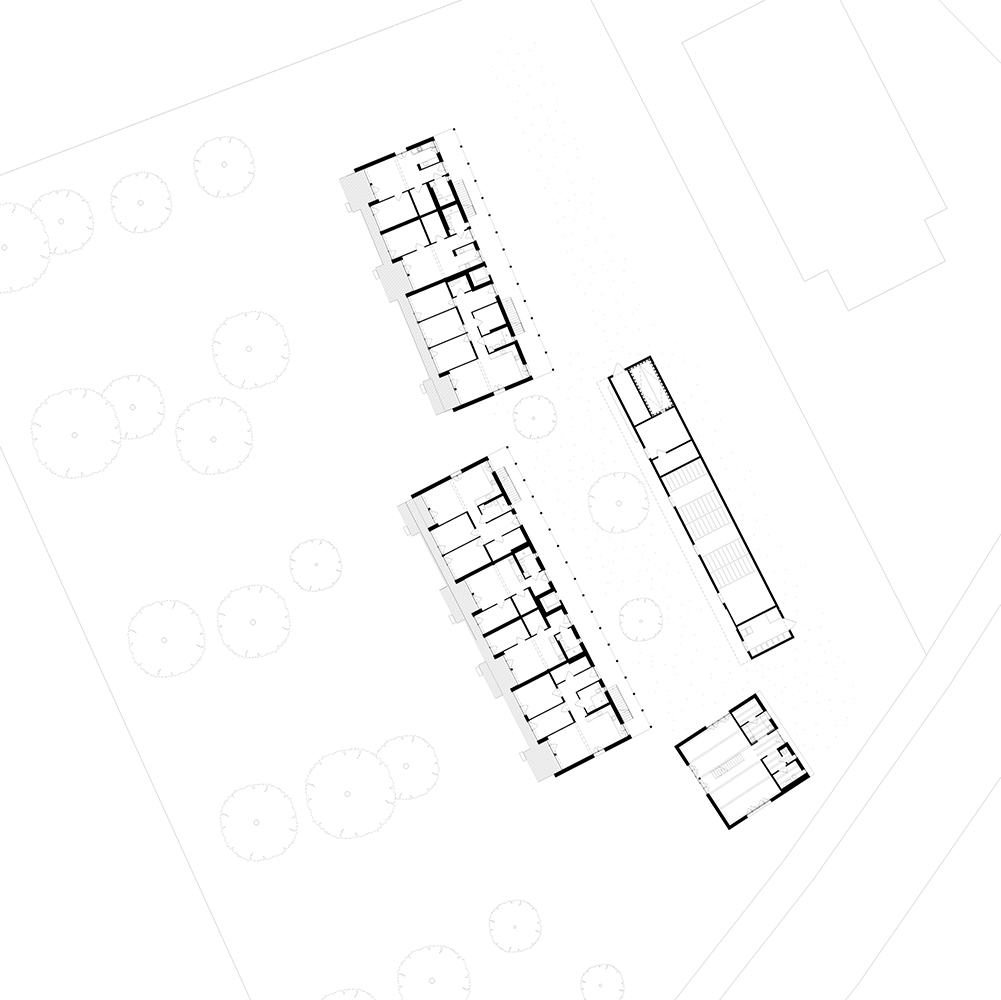
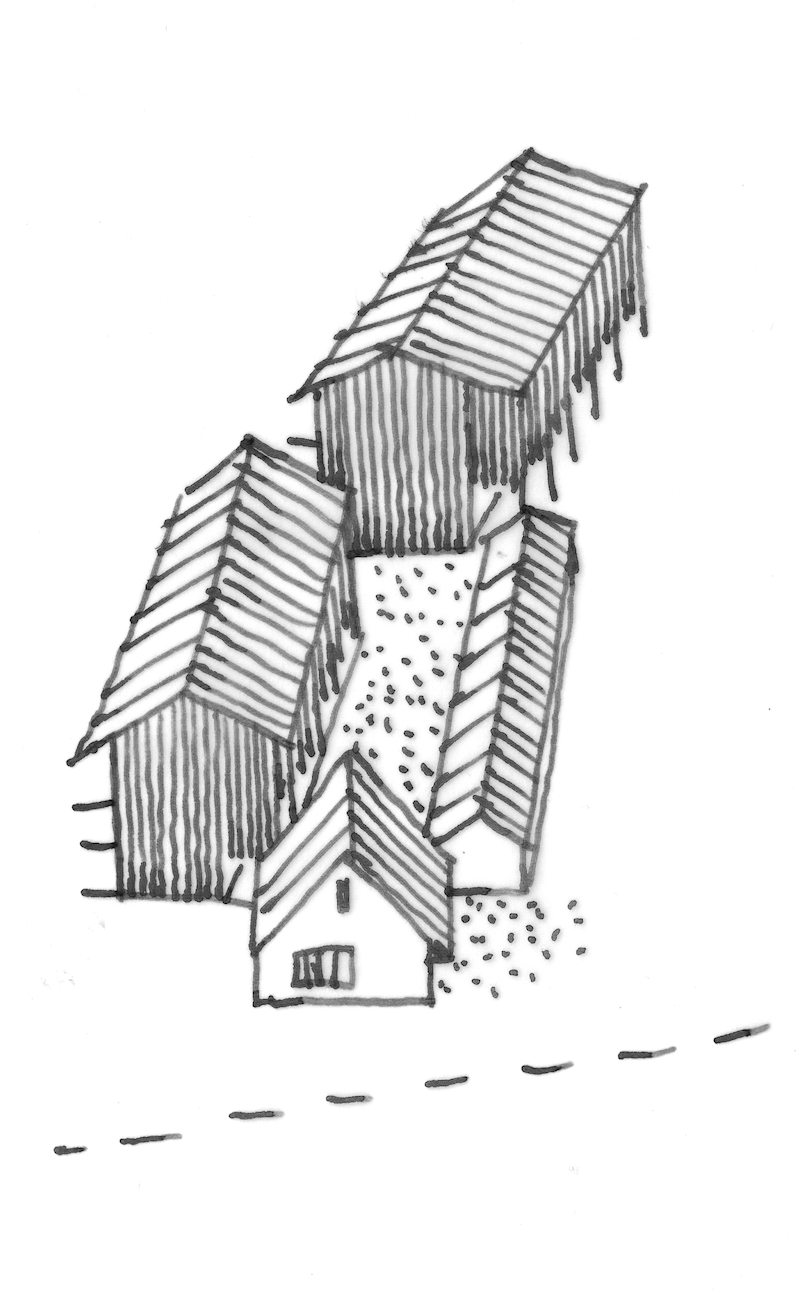
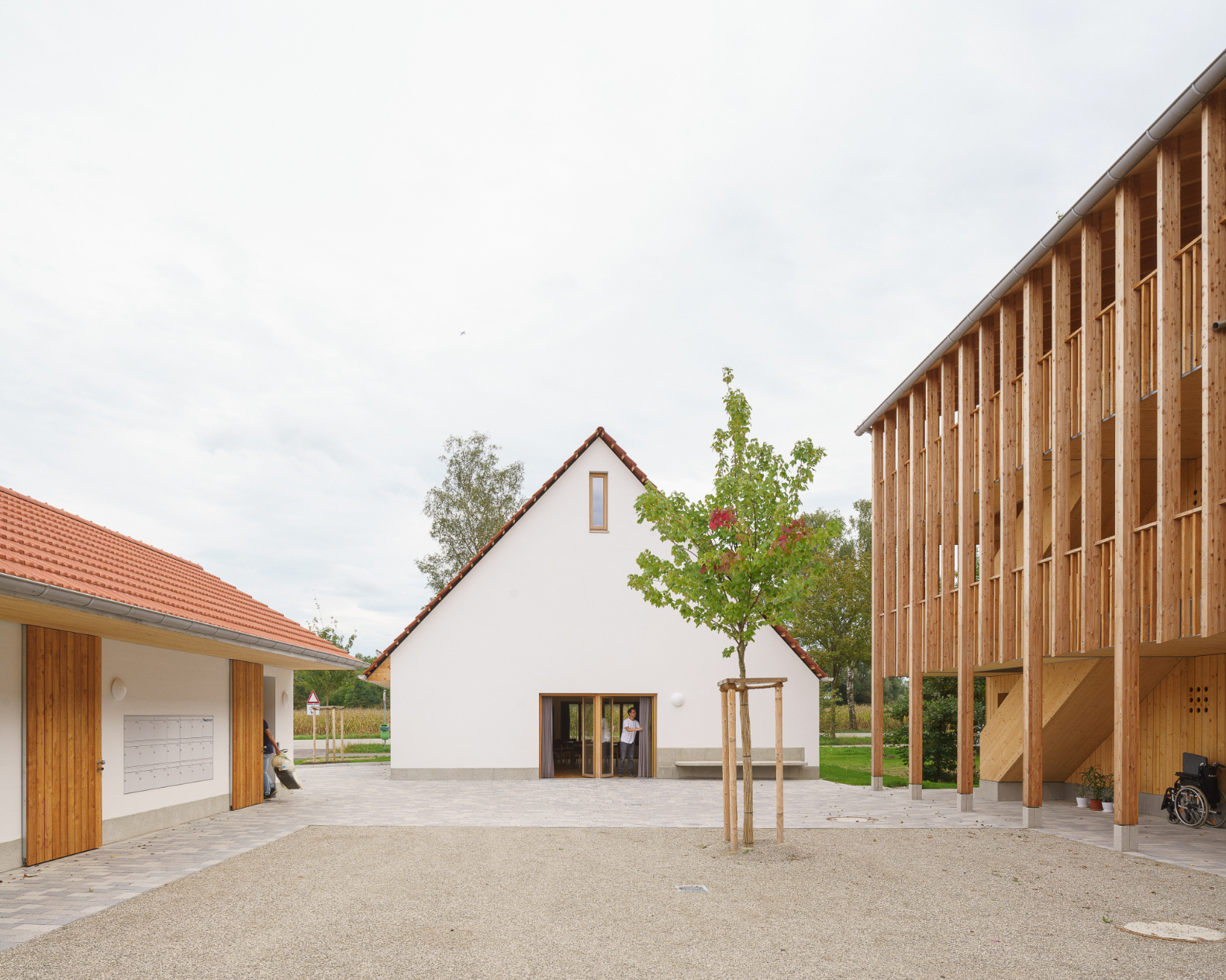
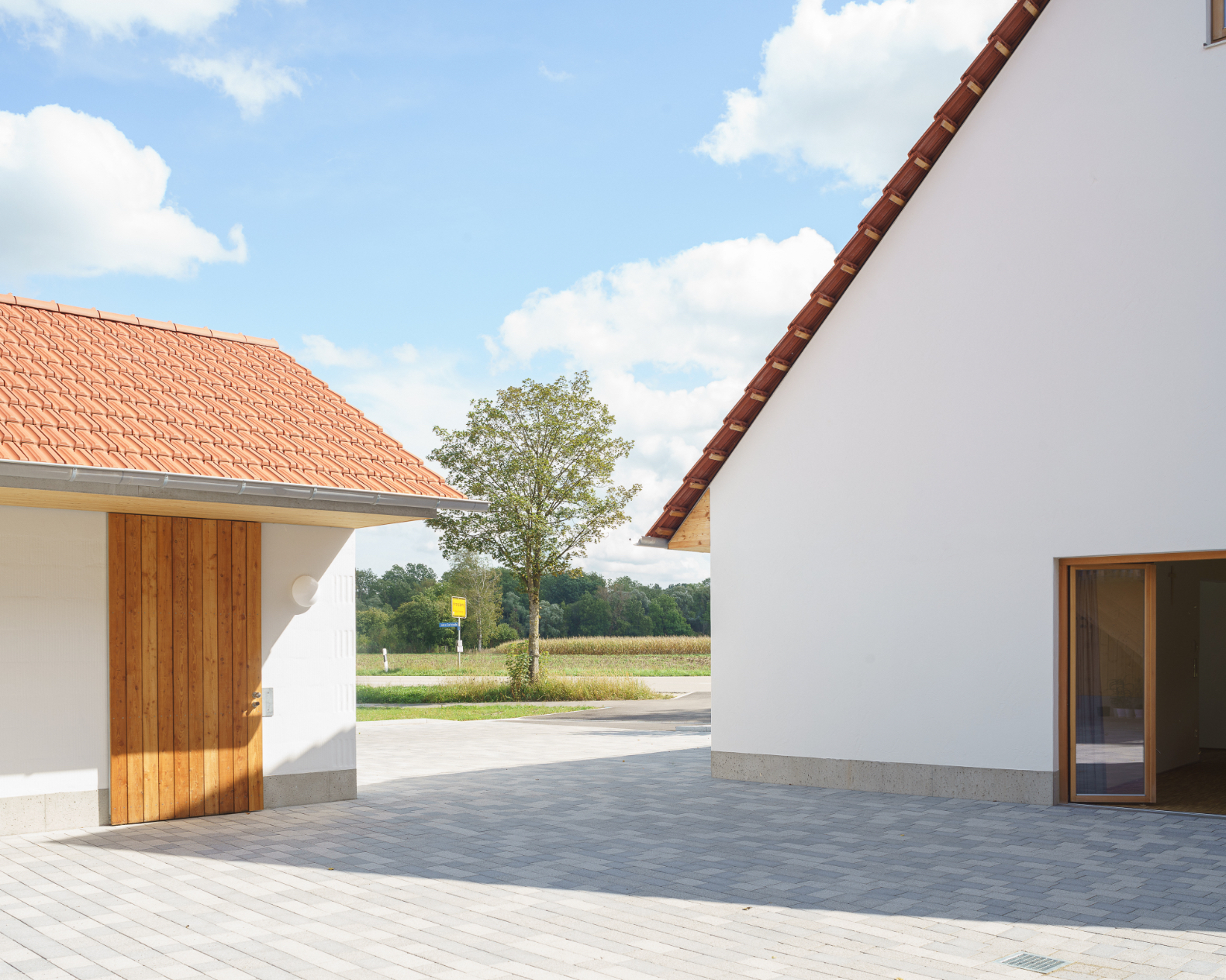

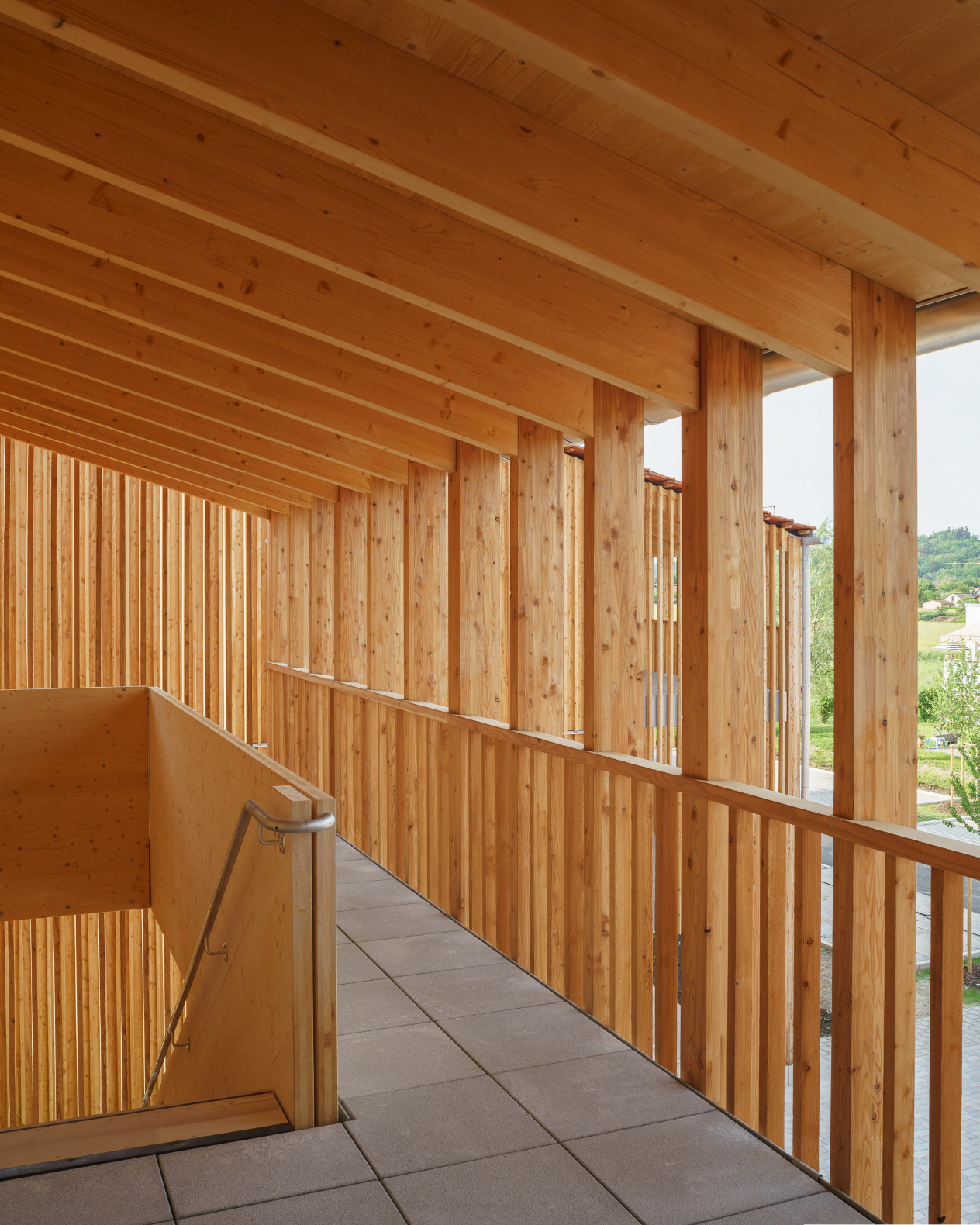
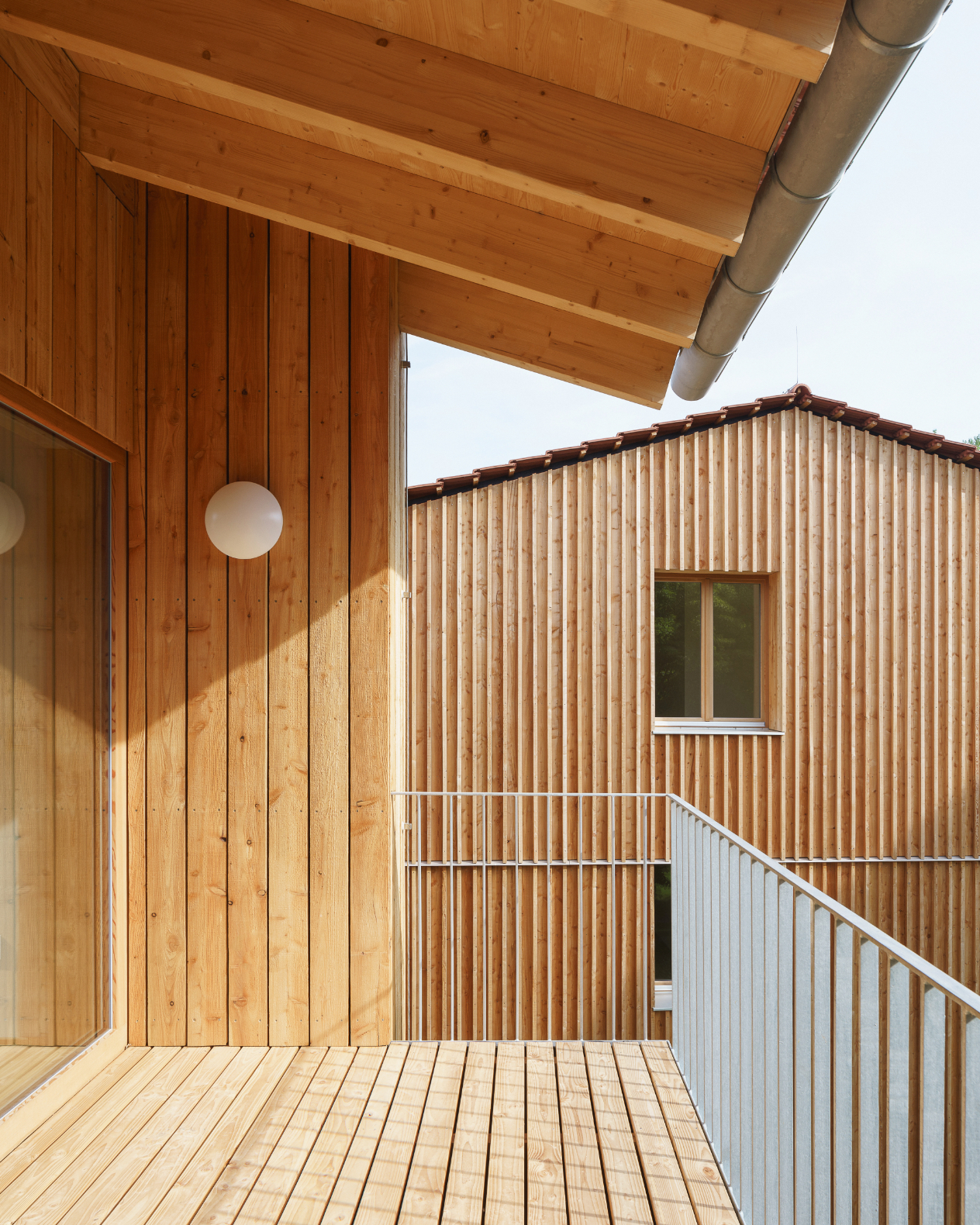
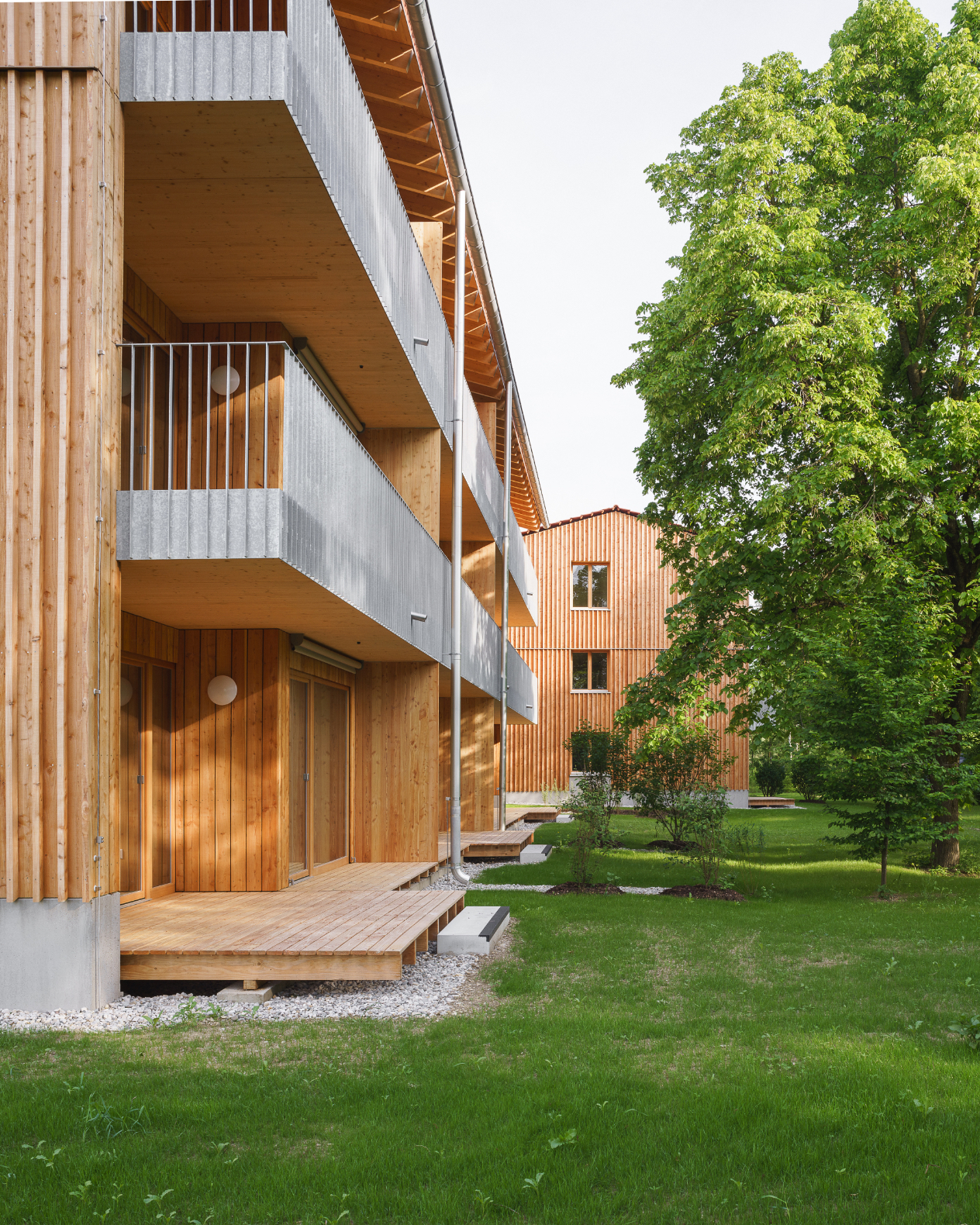
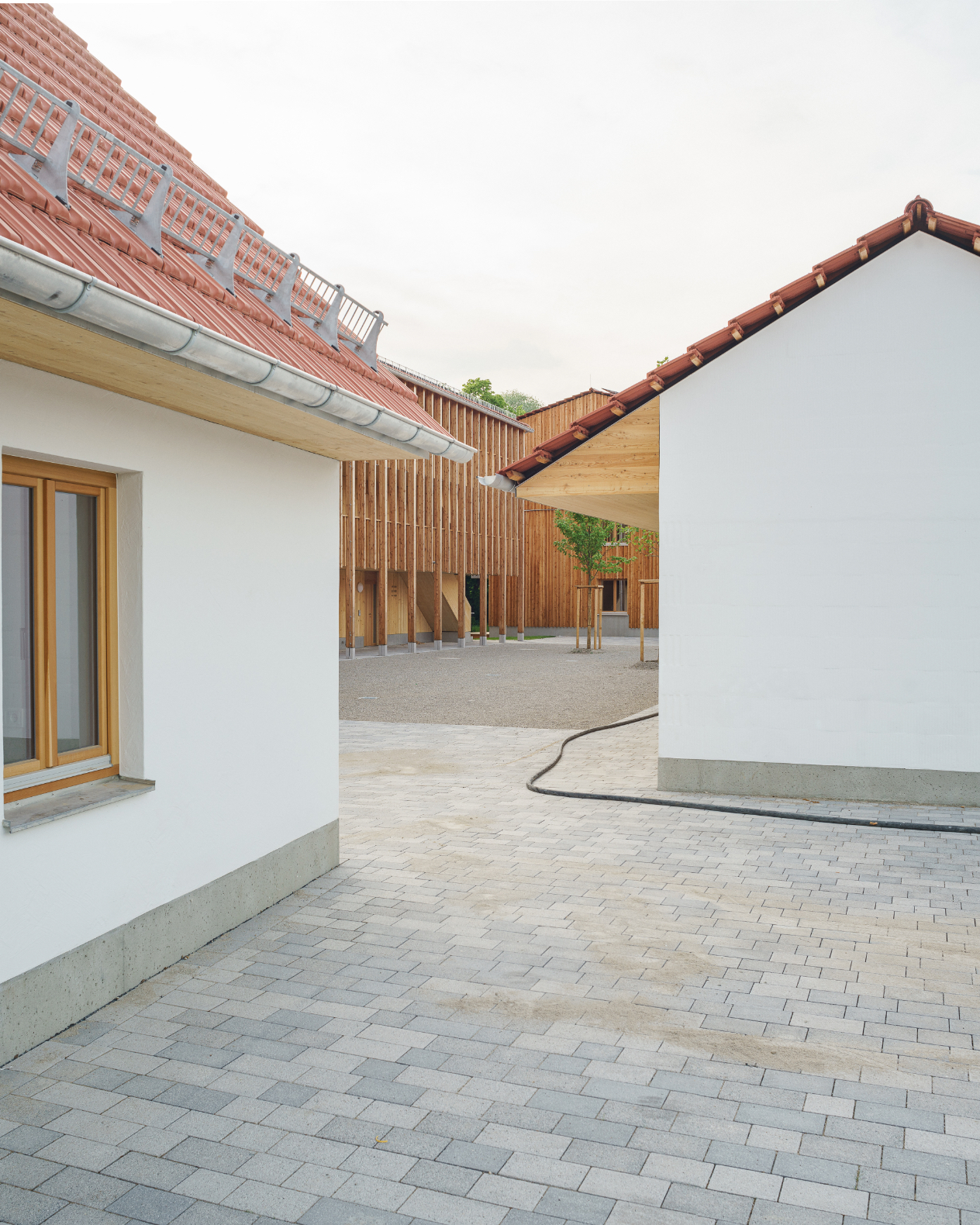
|
||
| 28 | T.I.A. 2 | Conversion |
|
After the completion of T.I.A. House I, the plot next door caught our interest. It consisted of the hollowed-out remains of a similar type of house to the one we had just finished renovating, and it looked like a landfill site. But amid the rubble, a fig tree grew with poetic power. With our friend, the client, we started to speak about the neighbouring piece of land as our garden of paradise; the sort of cool, open space that is so hard to find in Almería nowadays but still plays a vital role in the bigger cities of Granada and Córdoba. Read the full story in ‘Buero Kofink Schels: In Practice’. Programme: House and Garden 
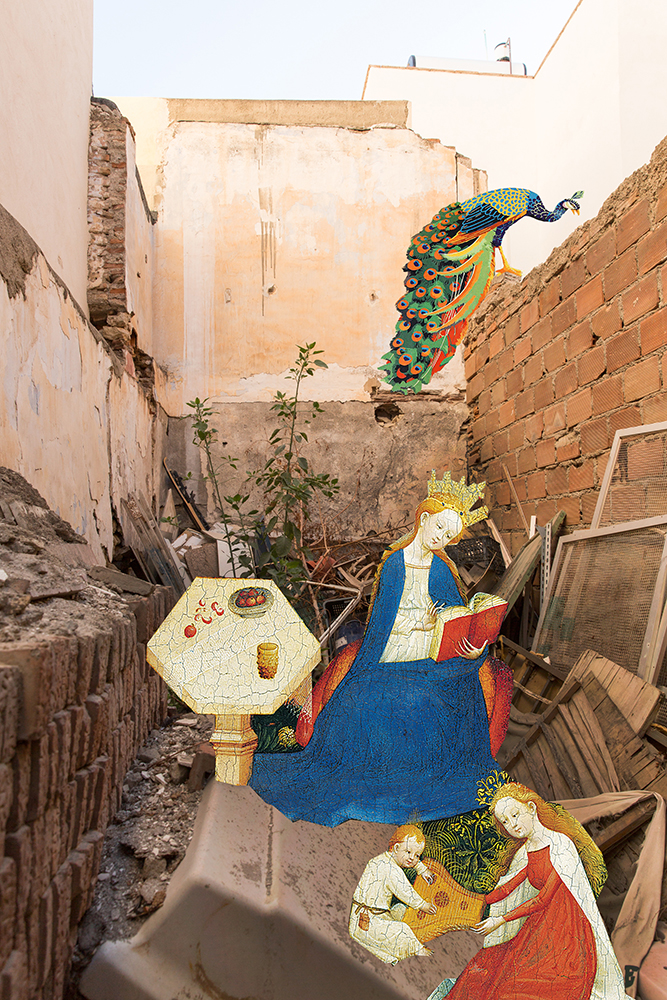

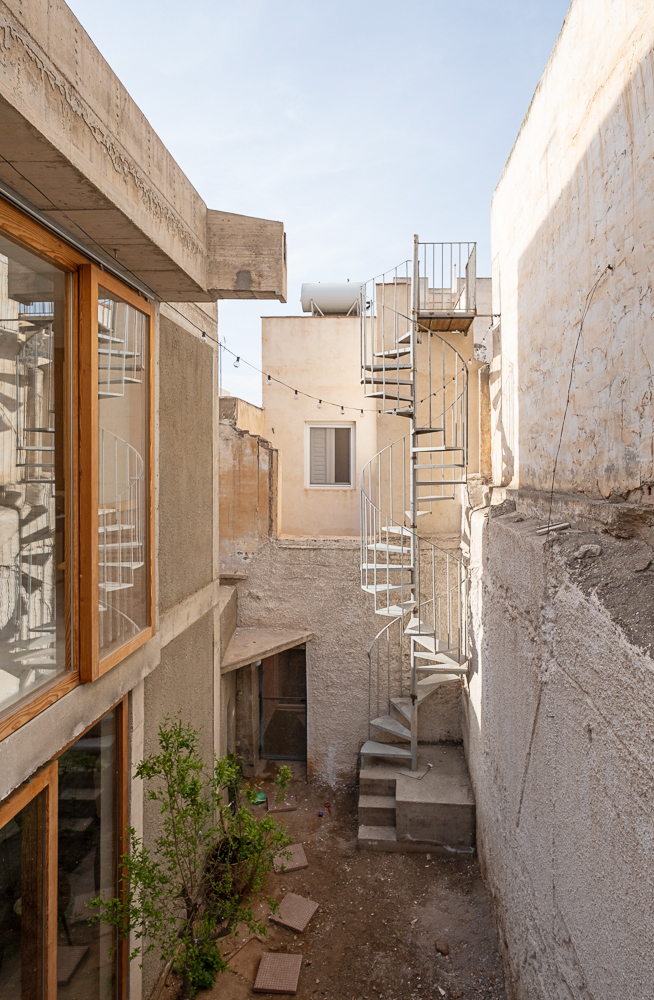
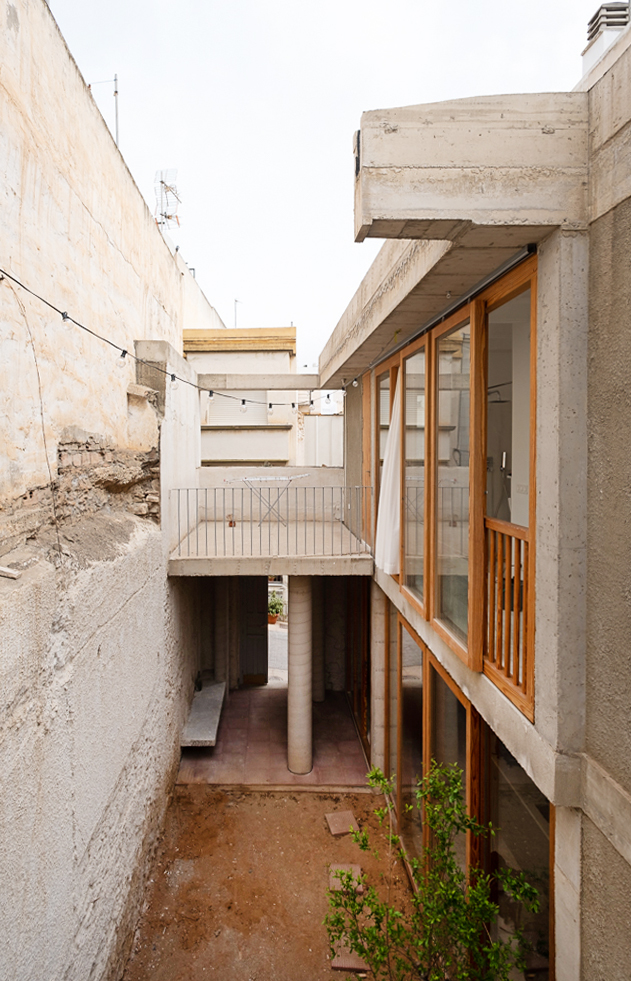
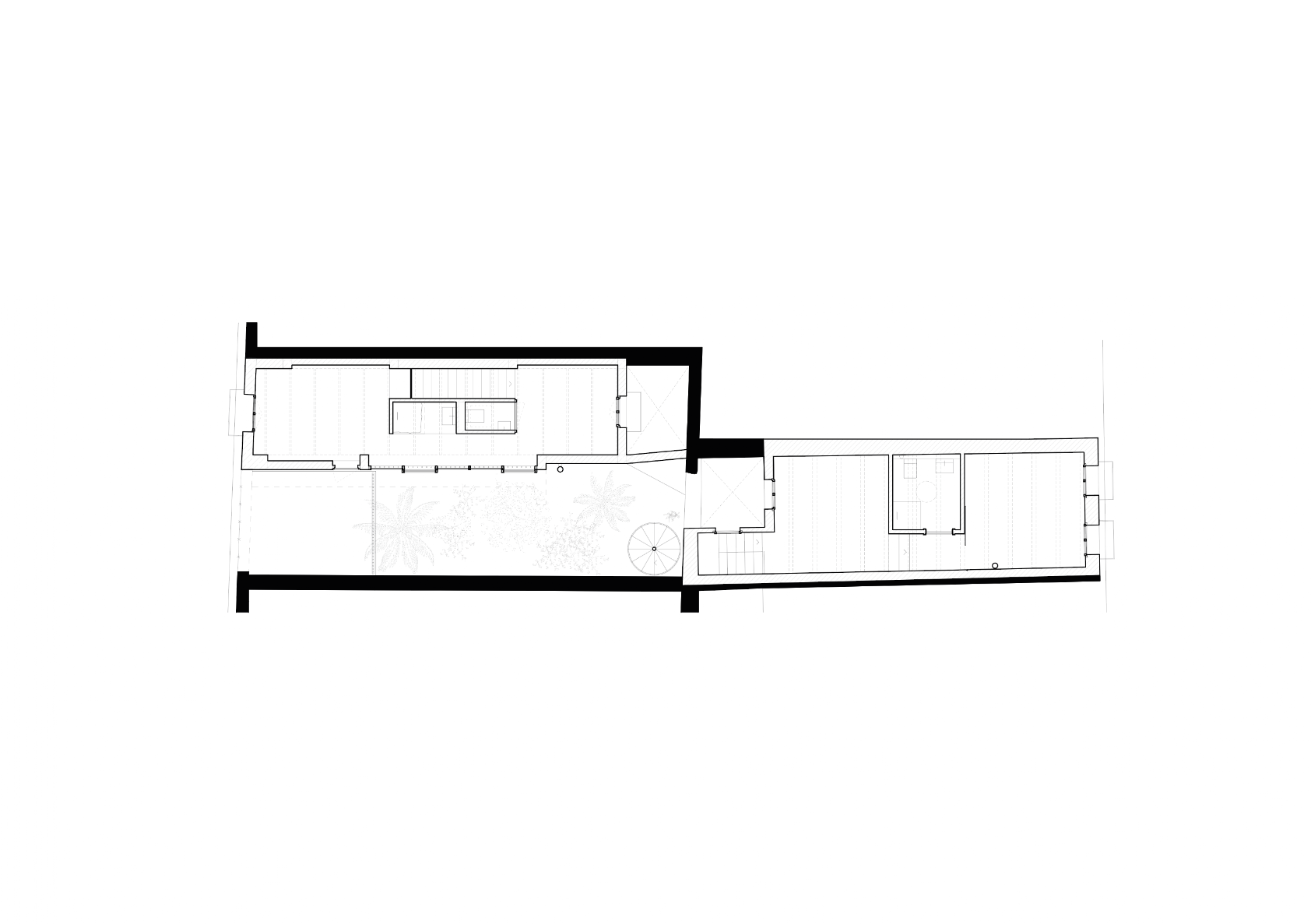
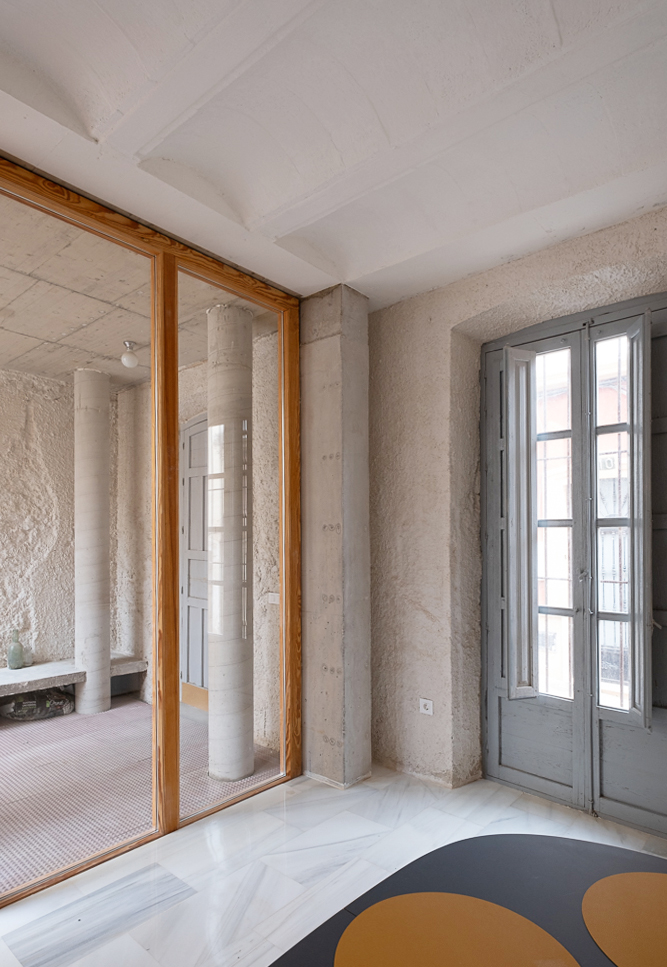
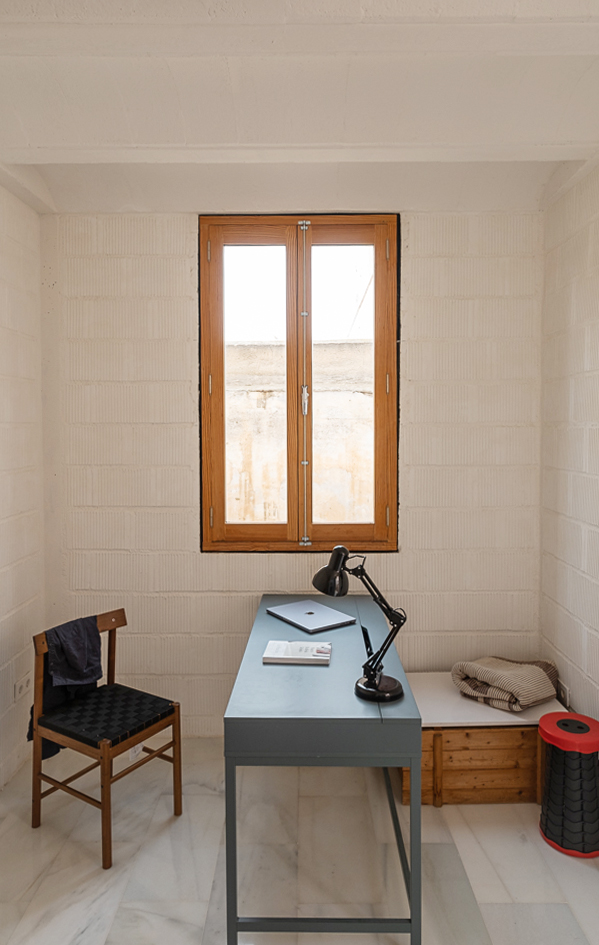

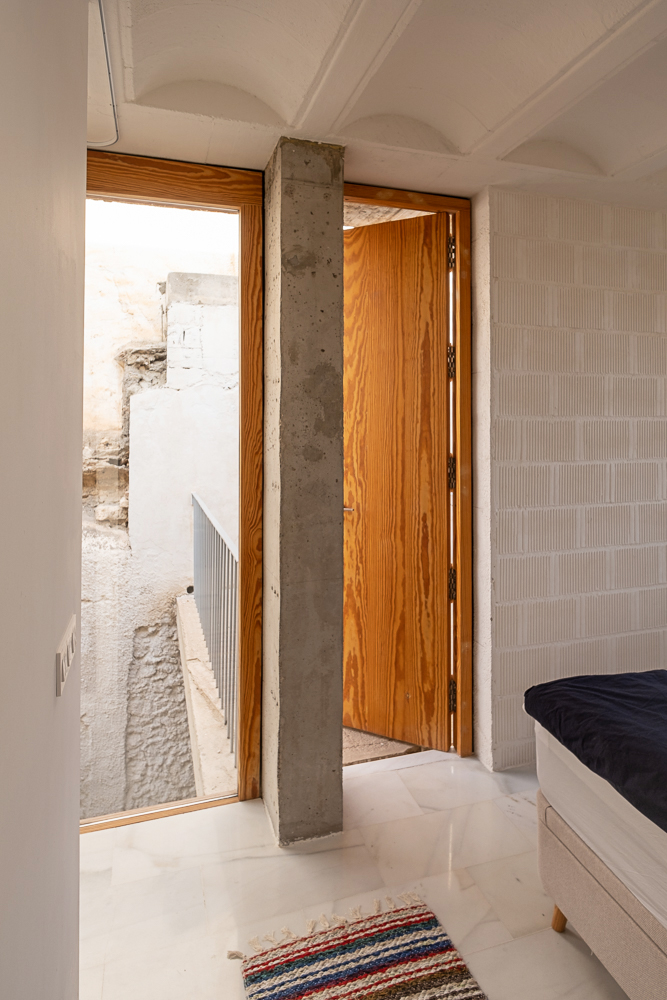
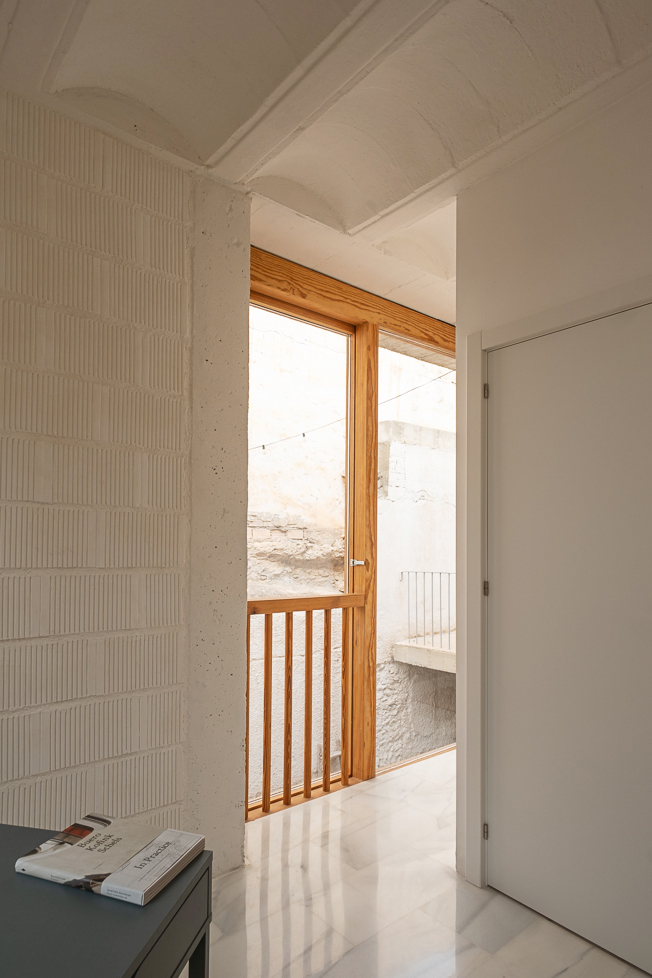
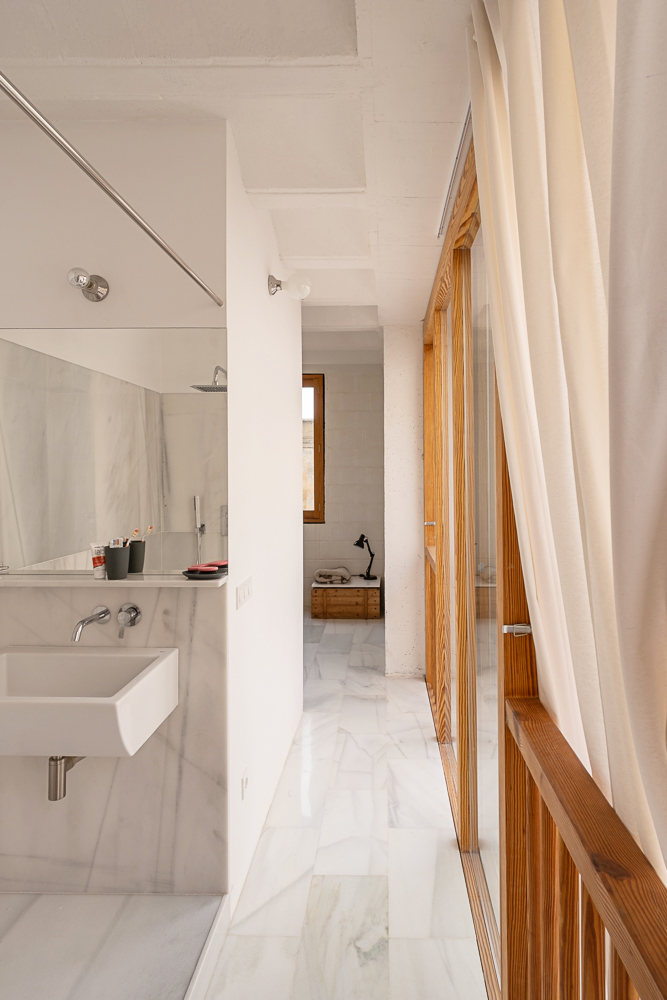
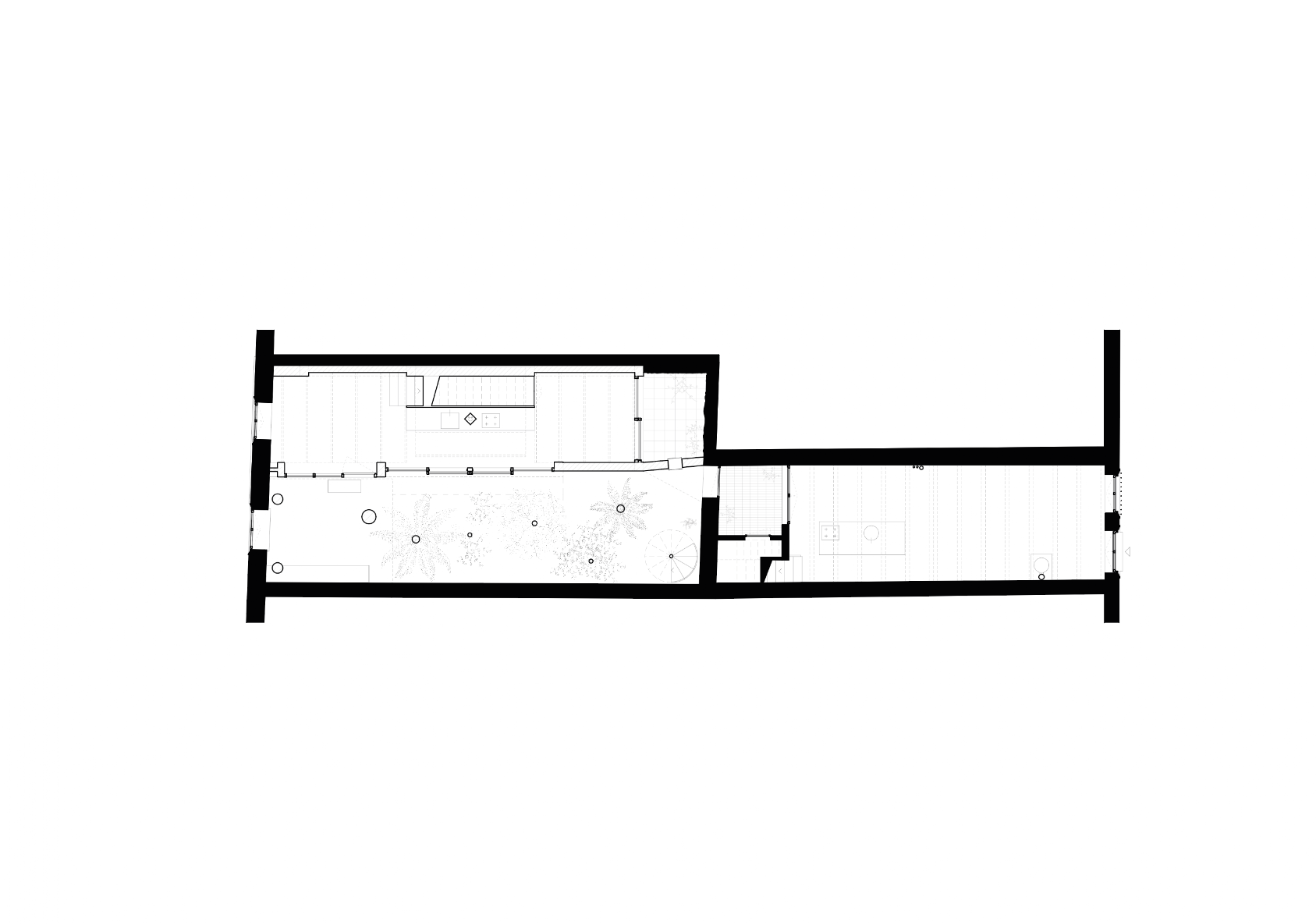
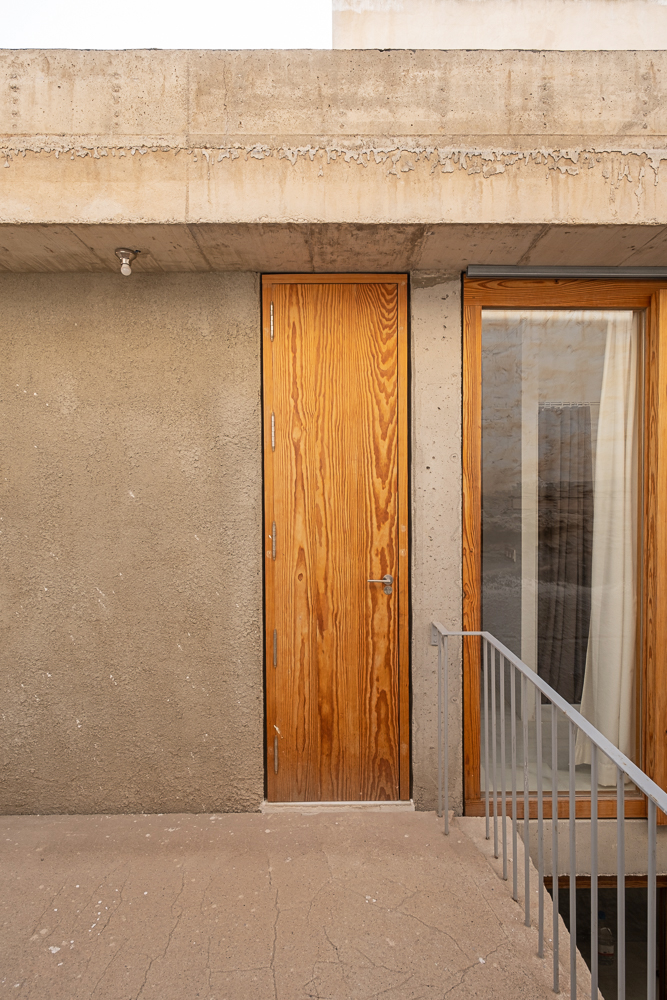
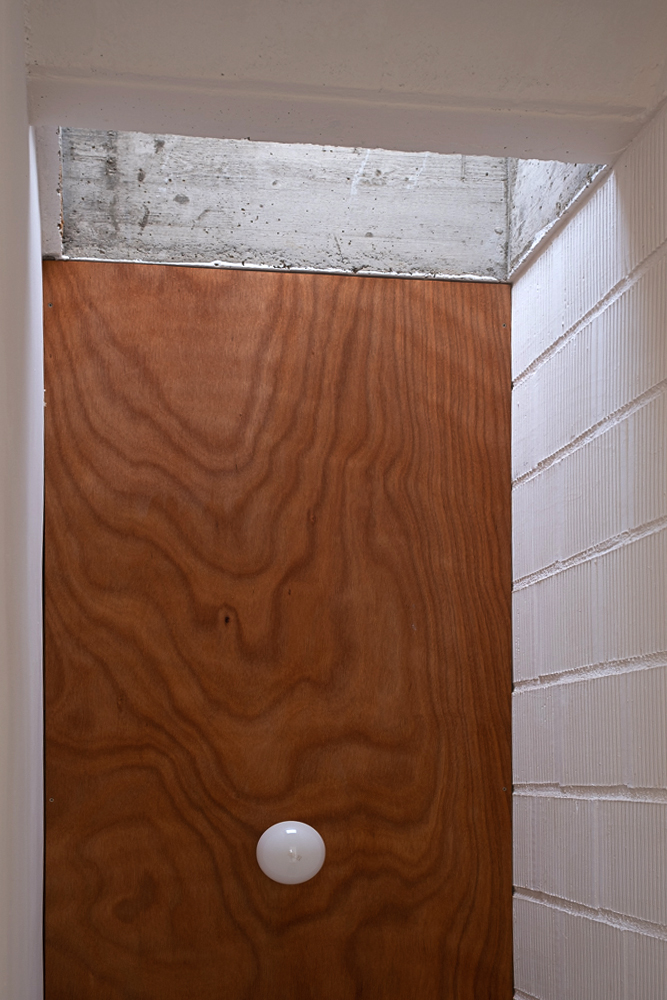

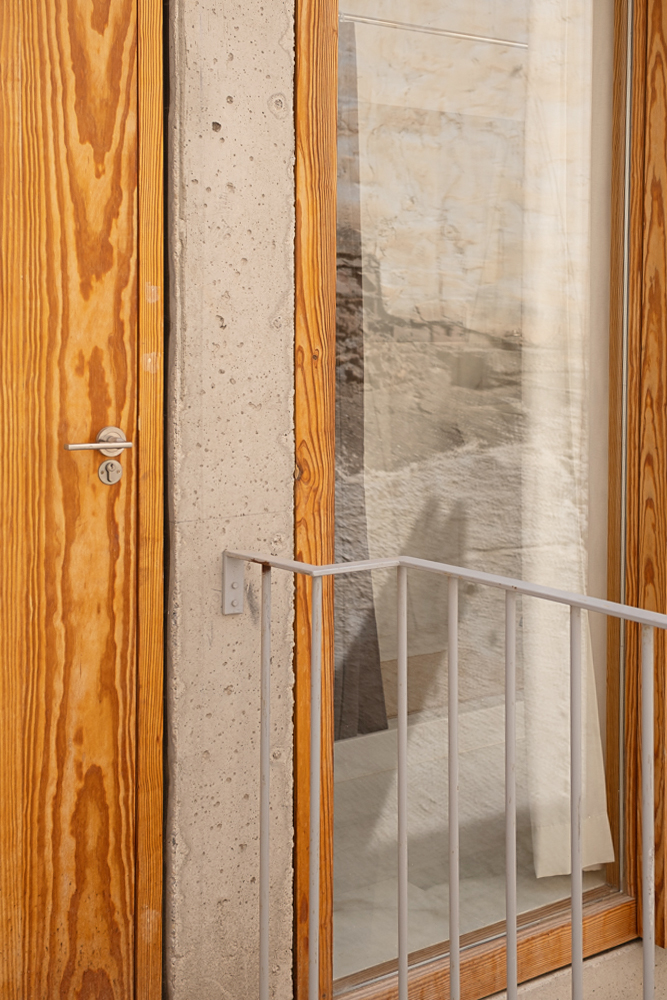
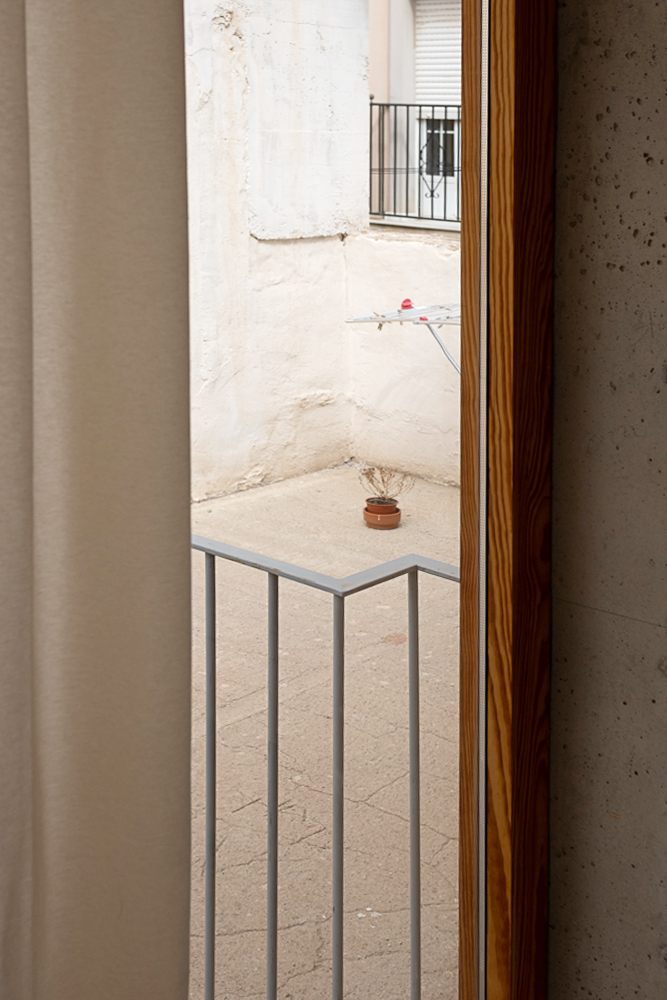
|
||
| 27 | House with two columns | House |
|
Low cost, not high tech! The sealed area of this house is small, and the indoor climate excellent. It’s a ‘smart home’ that lacks technical finesse; a ‘primitive’ house that is strikingly restrained in relation to its neighbours. Its expression seemingly identifies more with the sunburnt farm buildings next door than with its ‘classmates’ and so, quite unexpectedly, the house acts as a link in the patchwork carpet at the blurry edge of the village. Programme: House 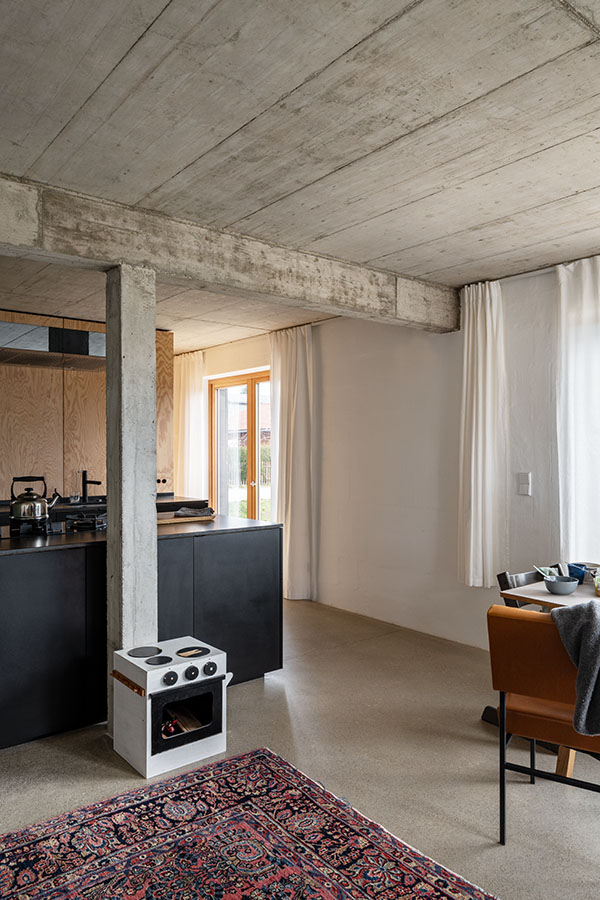
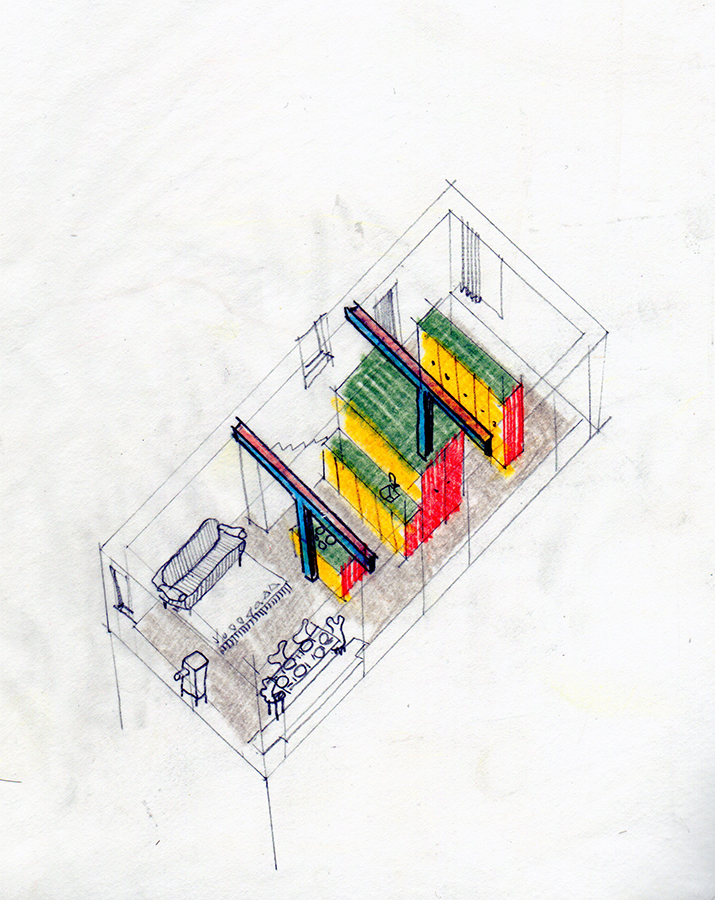
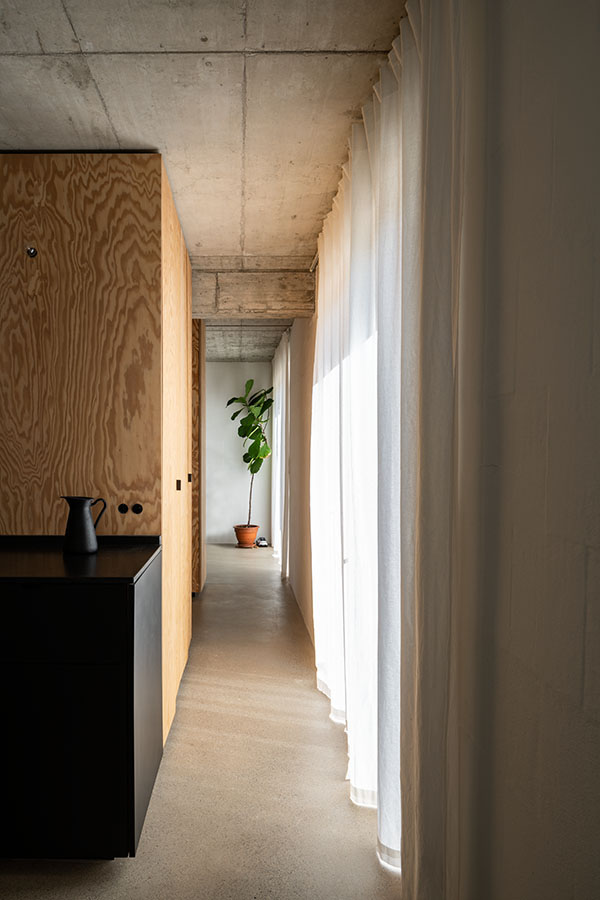
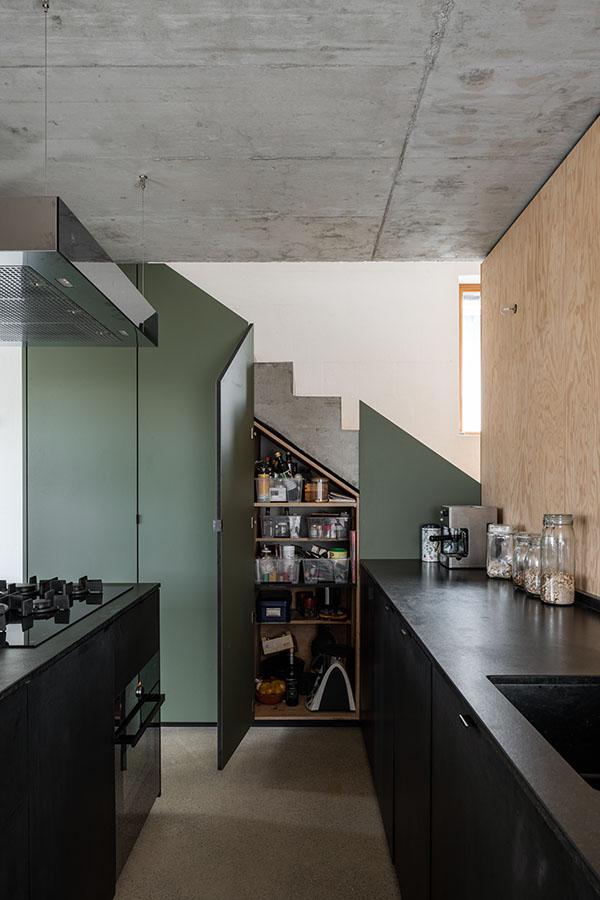

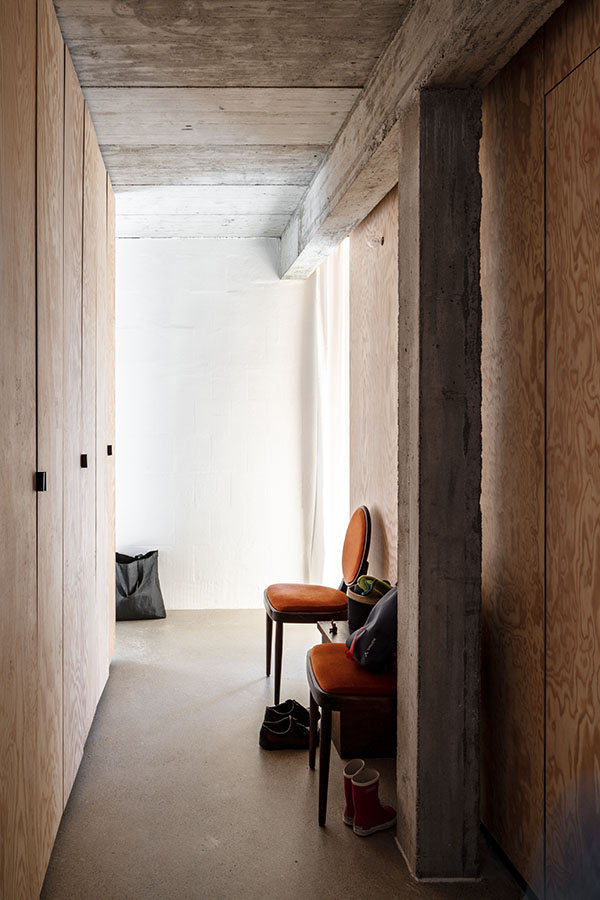
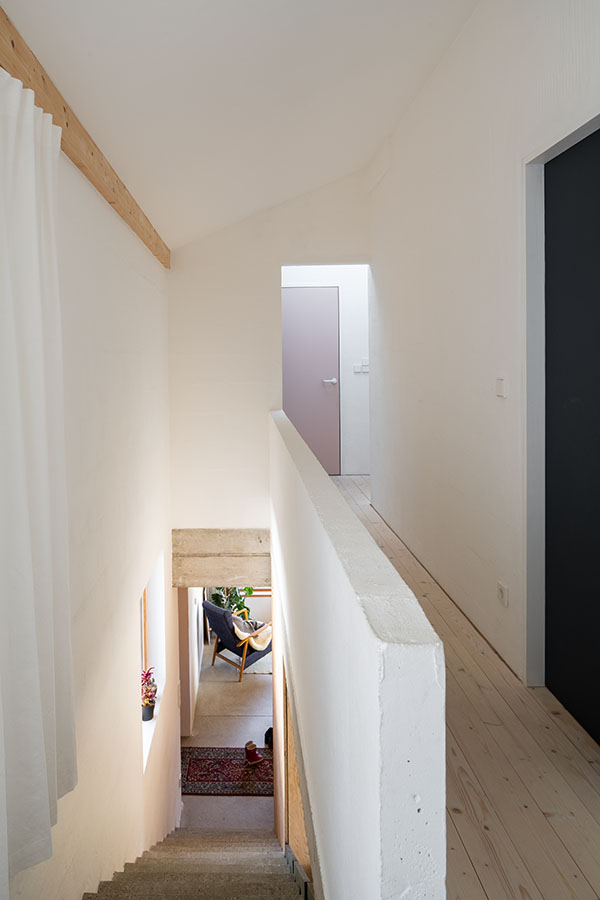
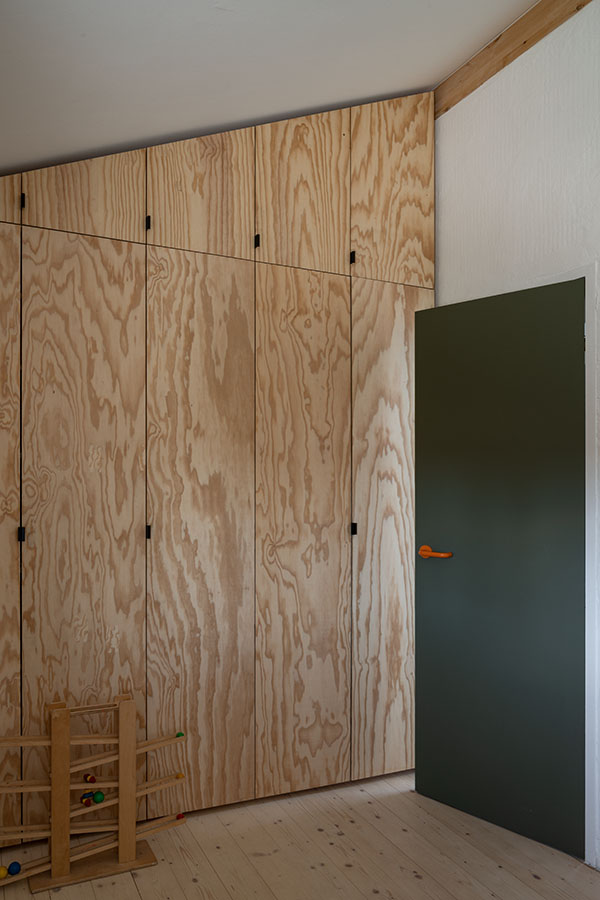
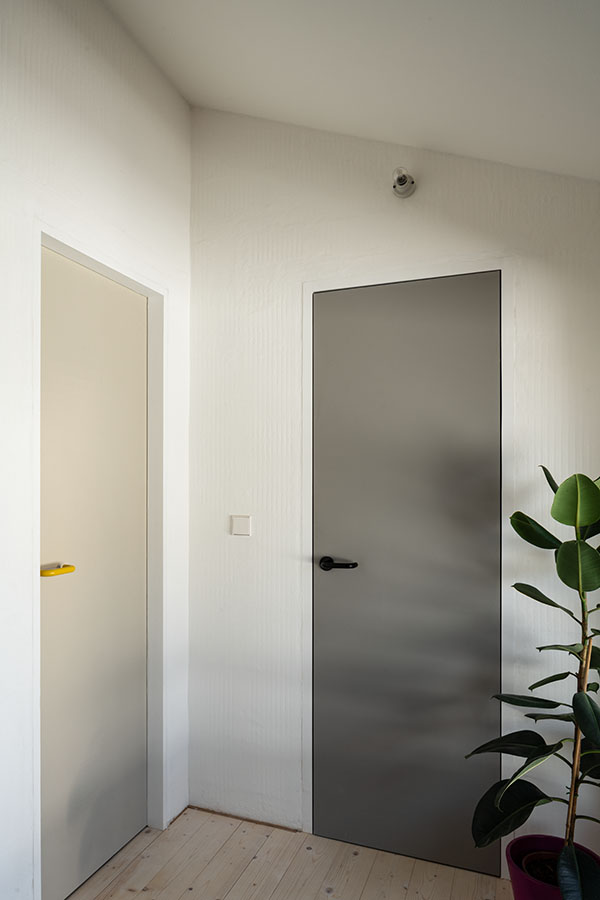
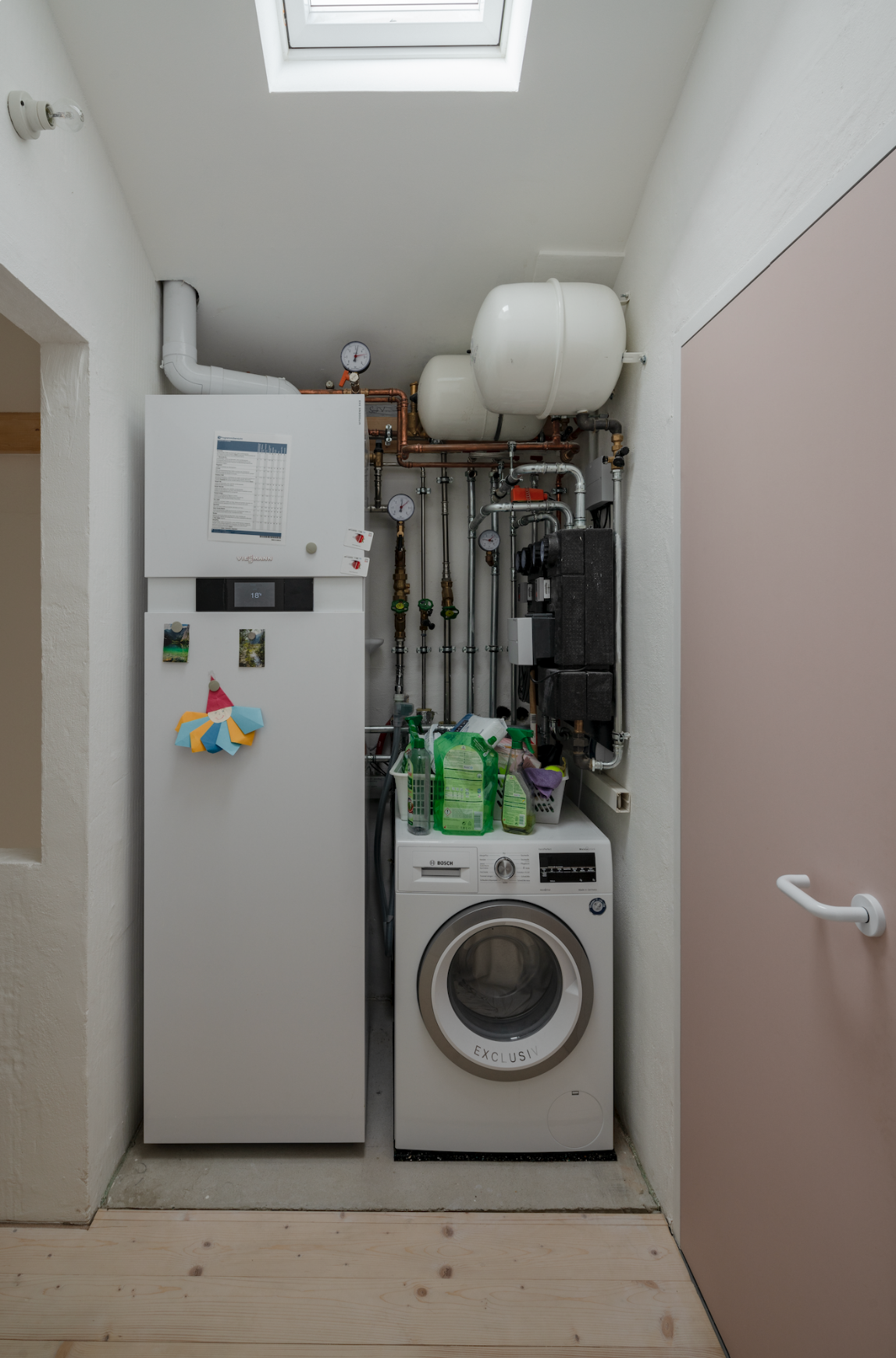
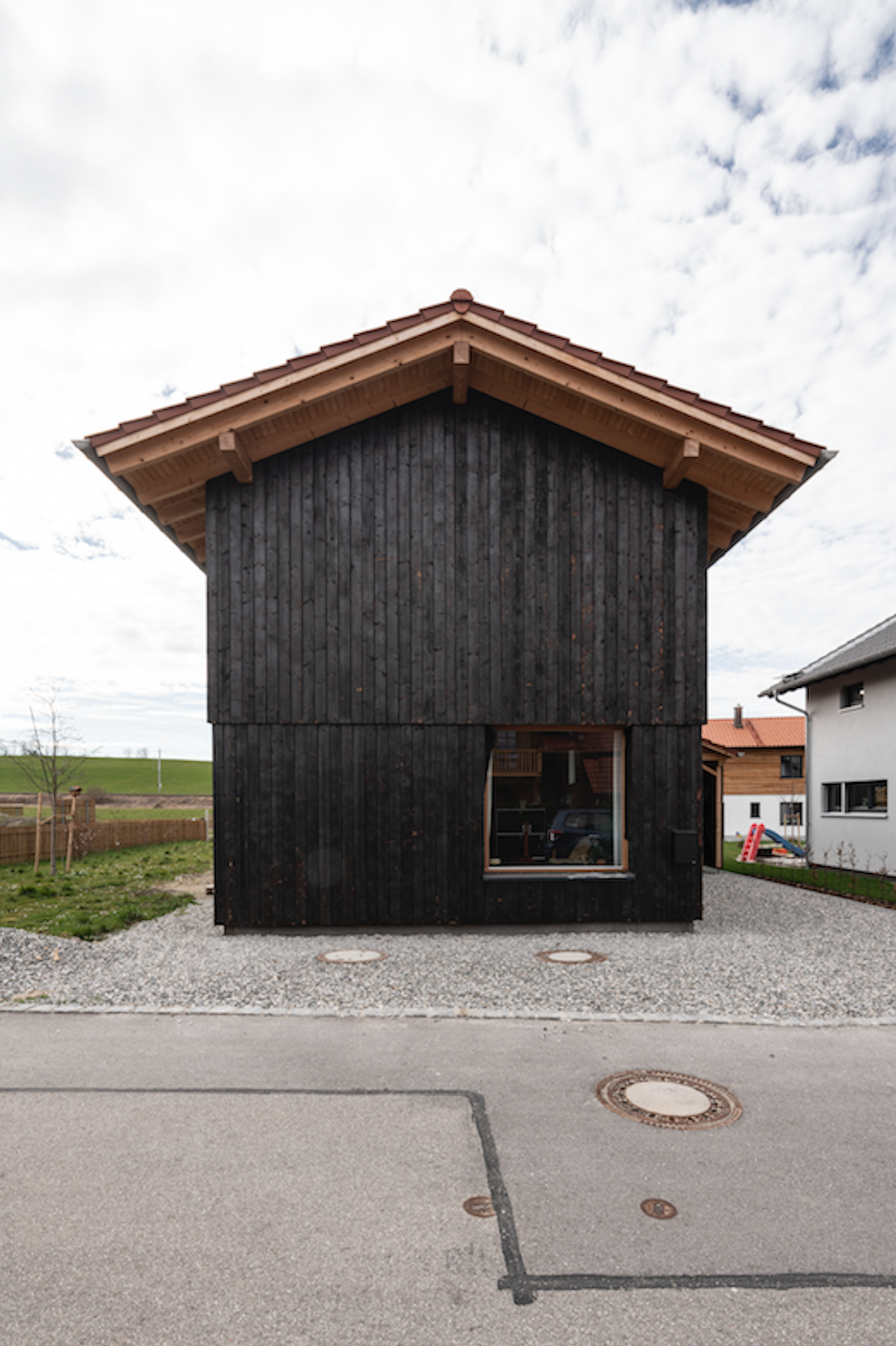

|
||
| 26 | Waehlvermittlungsstelle | House |
|
When it was originally listed for sale, the price for this abandoned 1950s post office outbuilding included the cost of its demolition. Instead of scrapping it, however, the apparently worthless existing structure was kept and, after its sloping roof was removed, vertically extended to create the space needed to house a family of six. In order to create an organic, high-quality and affordable building, minimally-processed biodegradable materials were used, details were designed as simply as possible and the project was largely self-built. Untreated fir wood and clay plaster form the main surfaces of the house’s interior, and the timber facade is painted with a sort of home-made paint comprised of linen oil and natural pigments. A shed was also built from the timber that was reclaimed from the building’s former roof, which had to be removed to facilitate the construction of the extension. In the garden, paving from the 1920s was uncovered below a tarmac surface. Programme: House, Outbuilding and Garden 

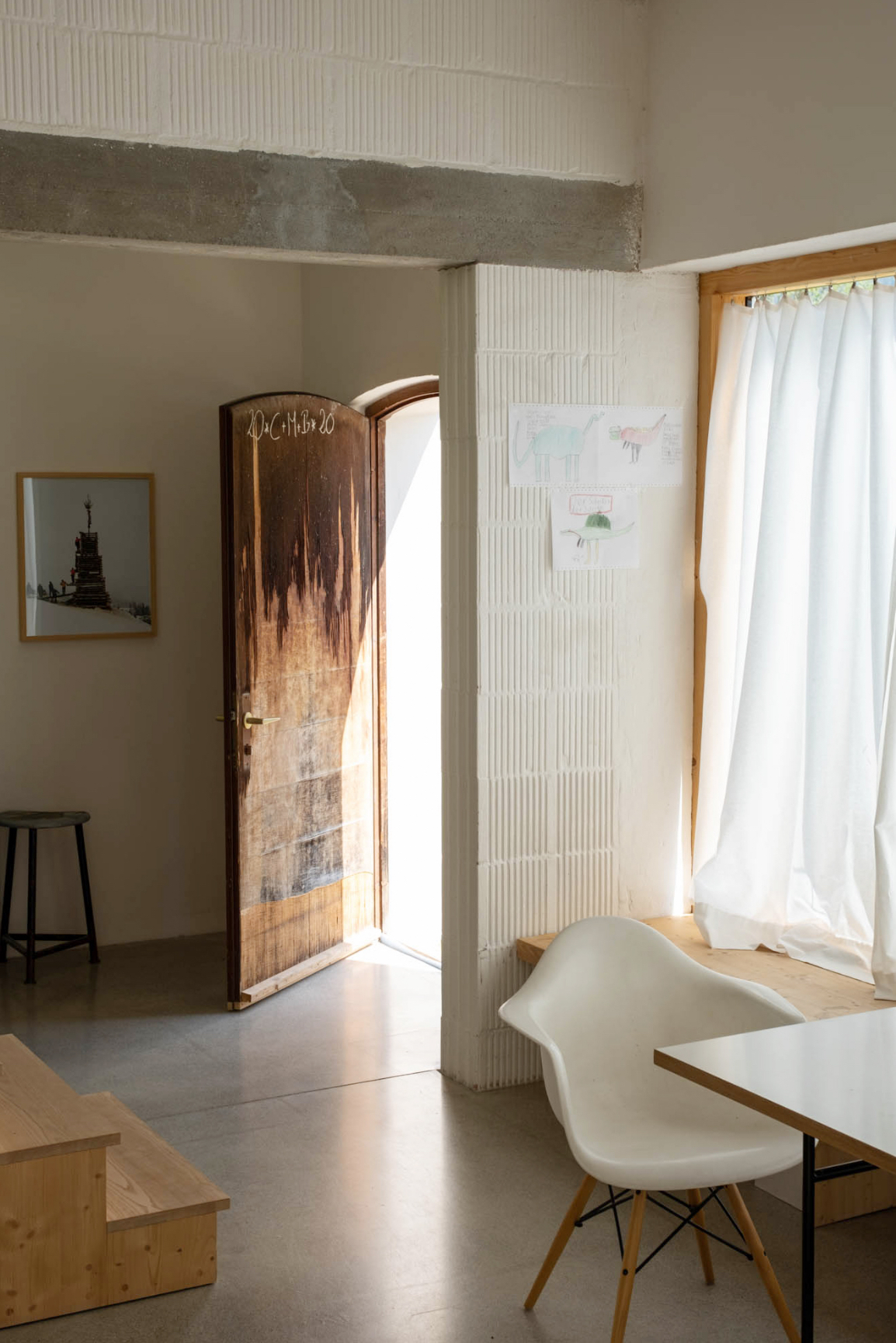
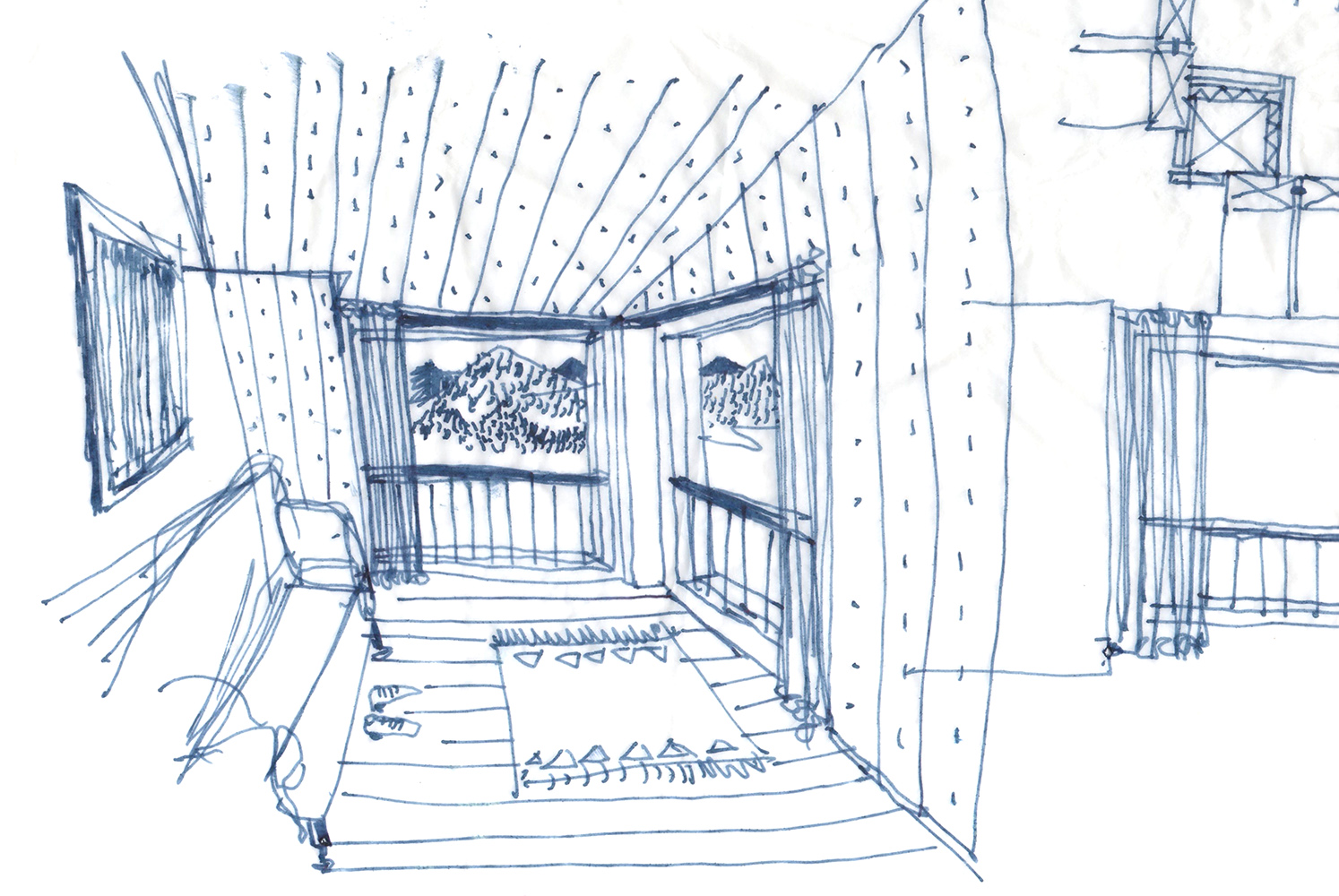

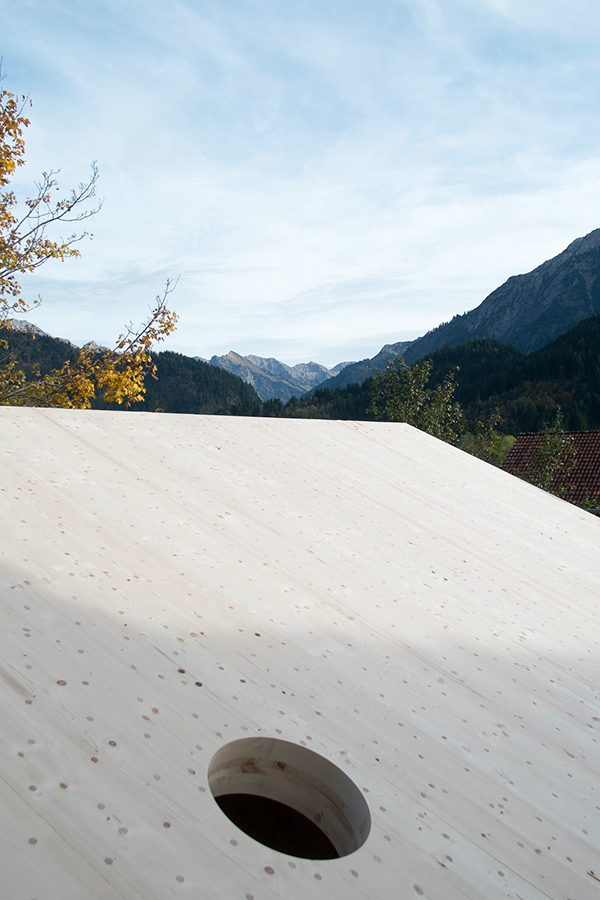
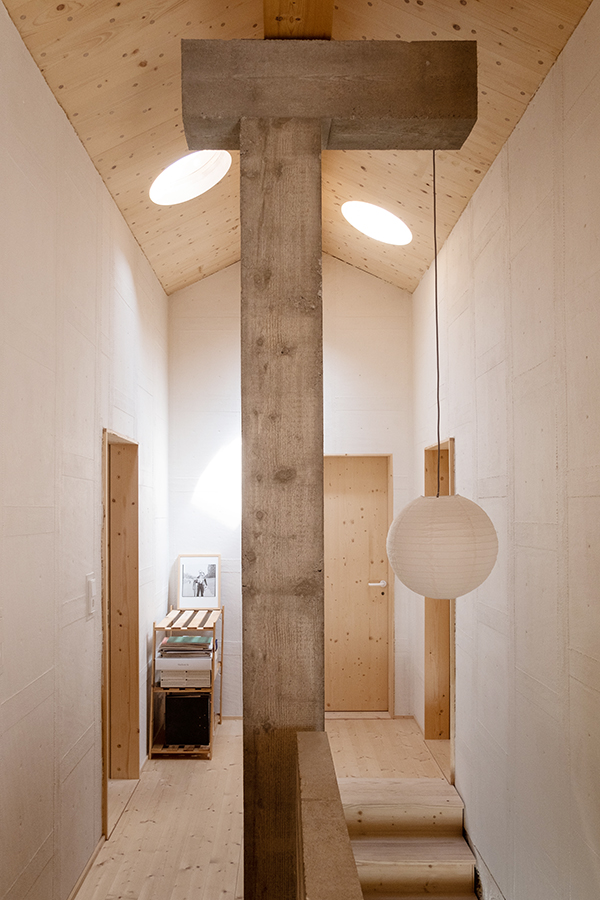


|
||
| 14 | Don t be afraid to participate! | Exhibition Design |
|
A selection of 12 co-operative housing projects from all around Europe, exhibited at the Pinakothek der Moderne. The show evidenced the processes of design development and construction for each scheme, along with their final built forms and the modes of communal living that they now sustain. The high partition walls for each project were designed to visually reference pinboards and thus participatory planning processes, and were selectively arranged in the exhibition space. Videos of the buildings in their typical everyday states of occupation were recorded especially for the exhibition by Jörg Koopman and framed on the front of the partitions. On the back each were plans, sketches and photos of the different projects. Models of some designs were distributed around the room on specially made trestles, and on the long interior wall of the museum texts were presented in the form of a participatory alphabet that referred to the processes of co-operative planning and living. Programme: Exhibition
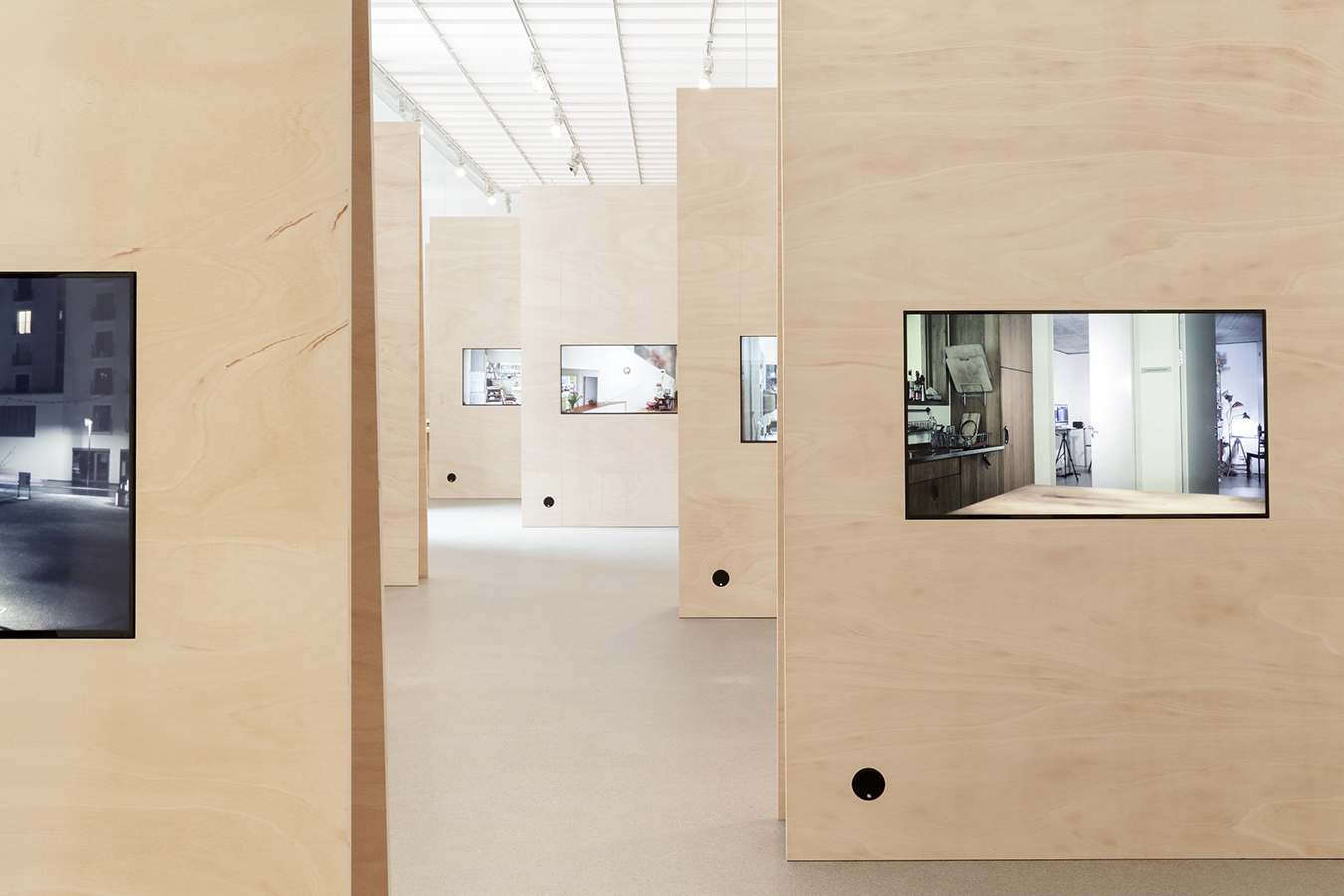
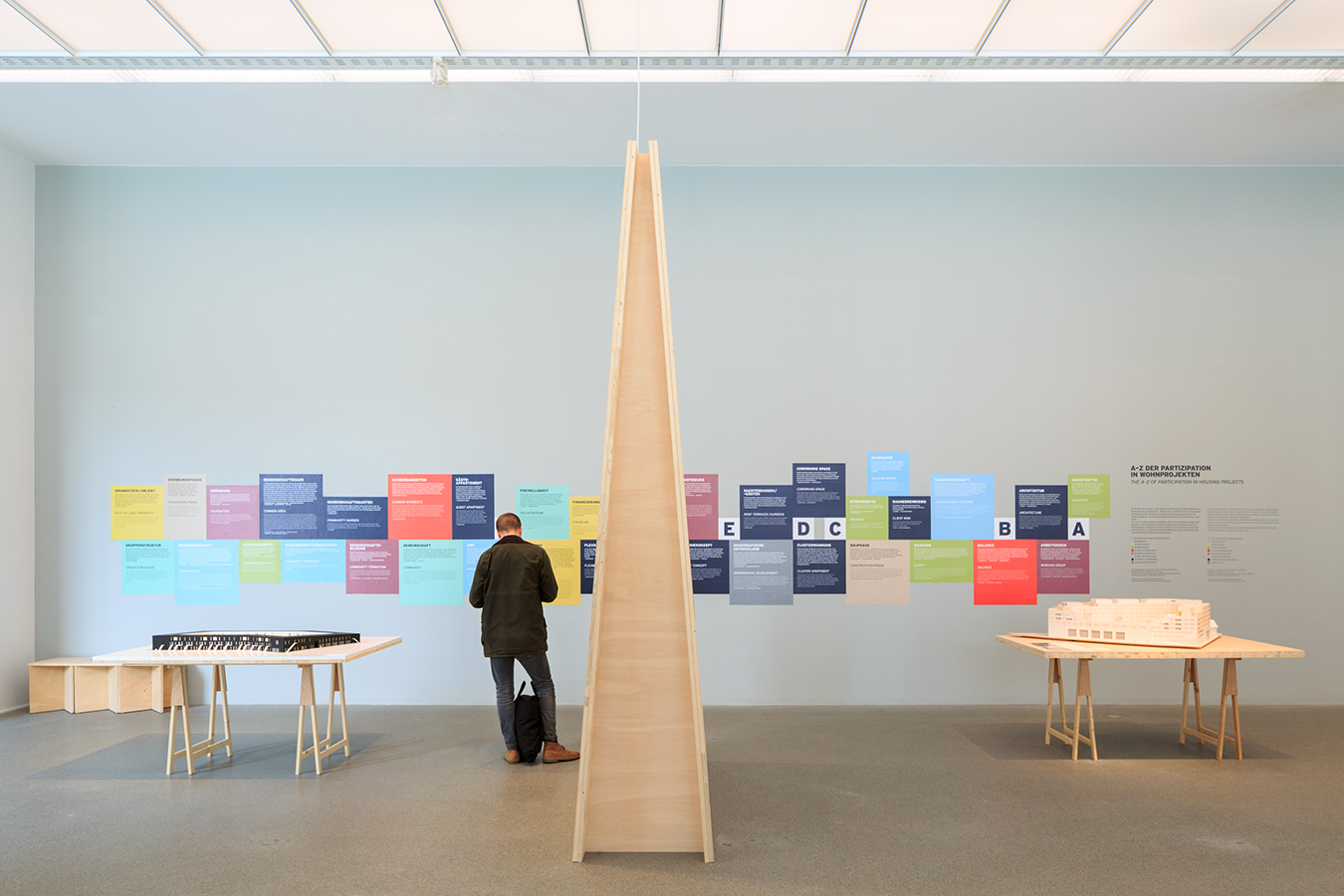
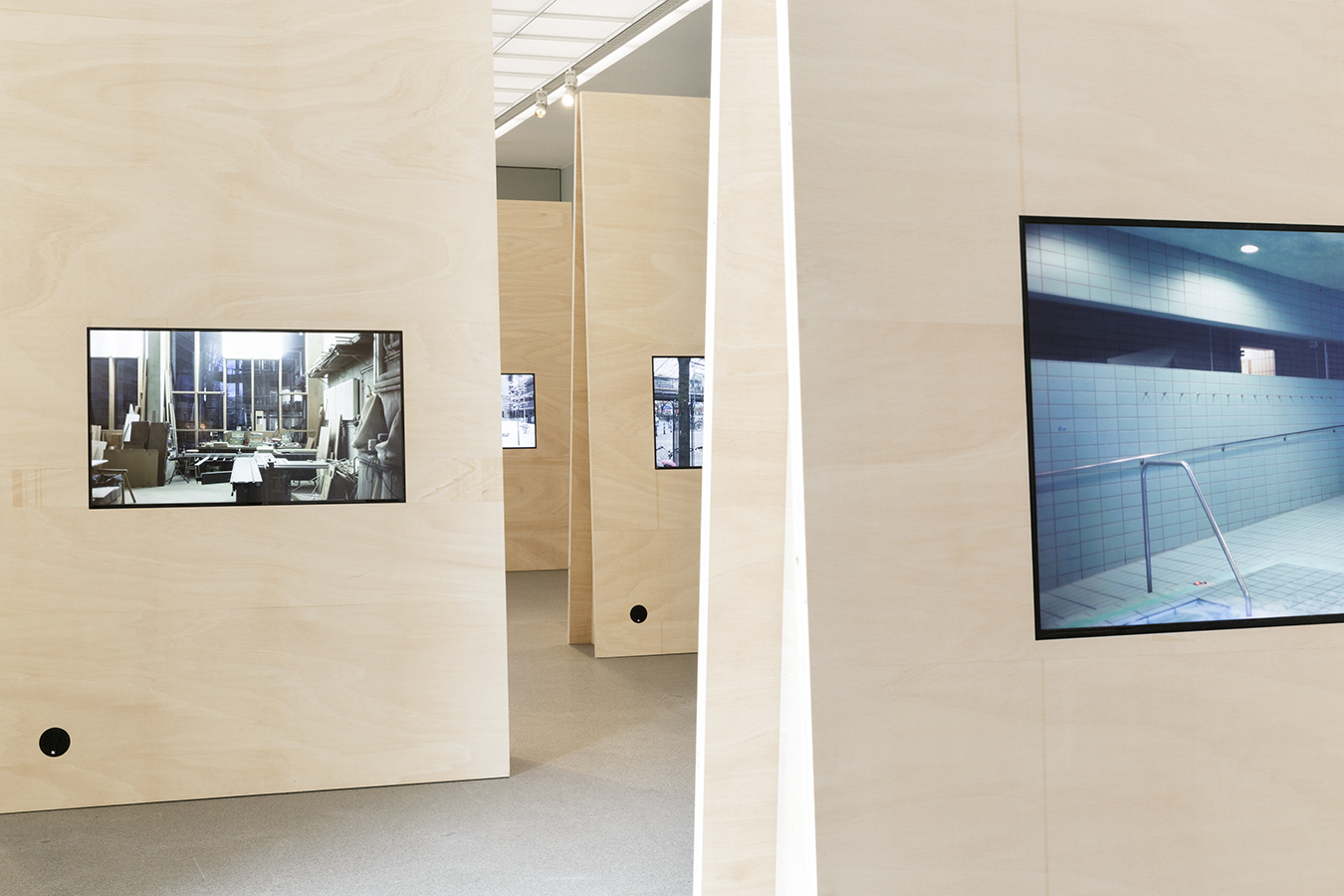

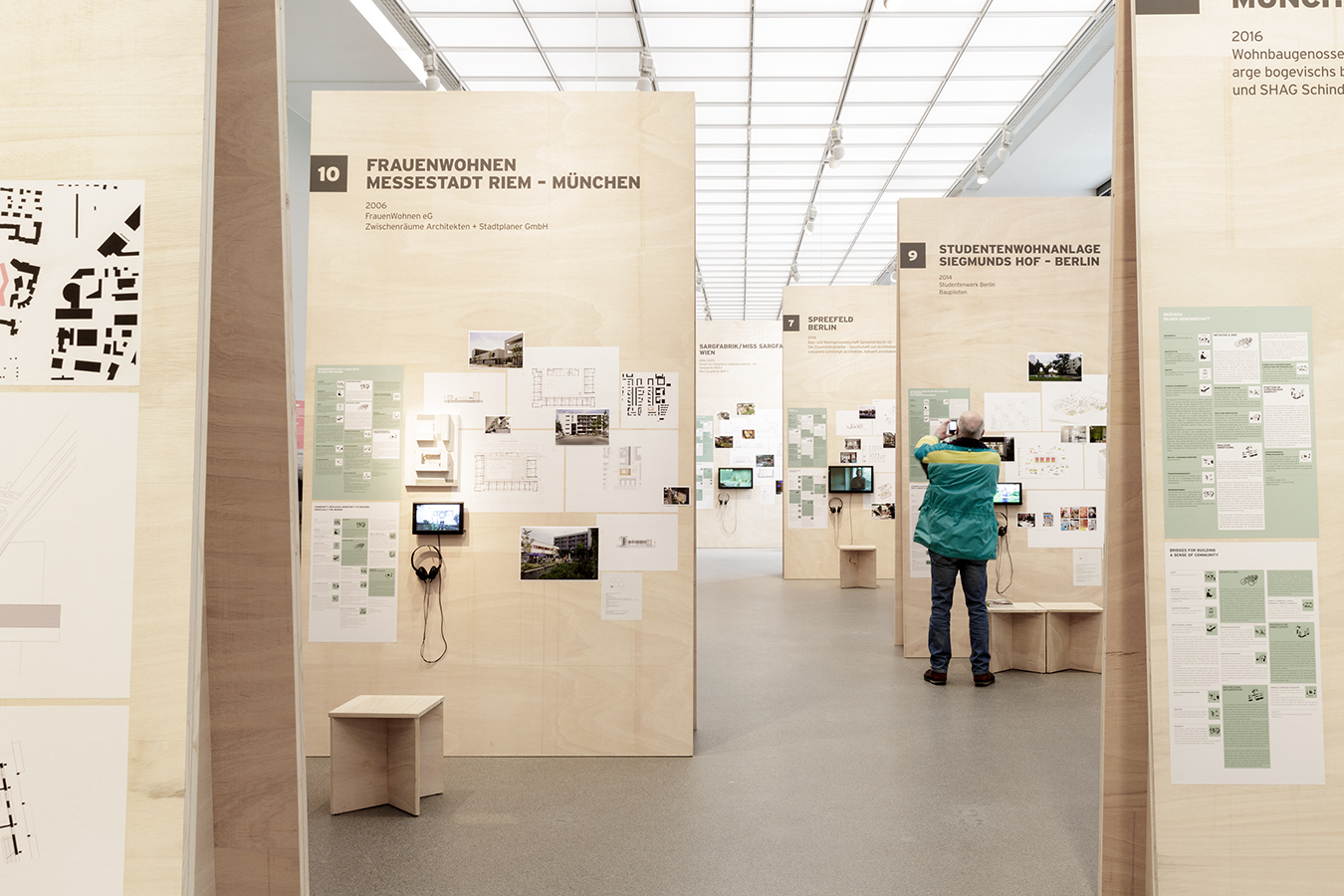
|
||
| 9 | Workshop in Rueyres | Conversion |
|
For this project, we got talking to the owner while travelling through France. He wanted to convert an old barn next to his holiday home; to turn it into an office, a 2CV workshop, a photo lab for his daughter and a library, complete with a stove and a large dining area. The barn, however, was not big. On top of that, the programme was complex, the budget was minimal and the distance between us was significant. Programme: Atelier and Workshop, Conversion 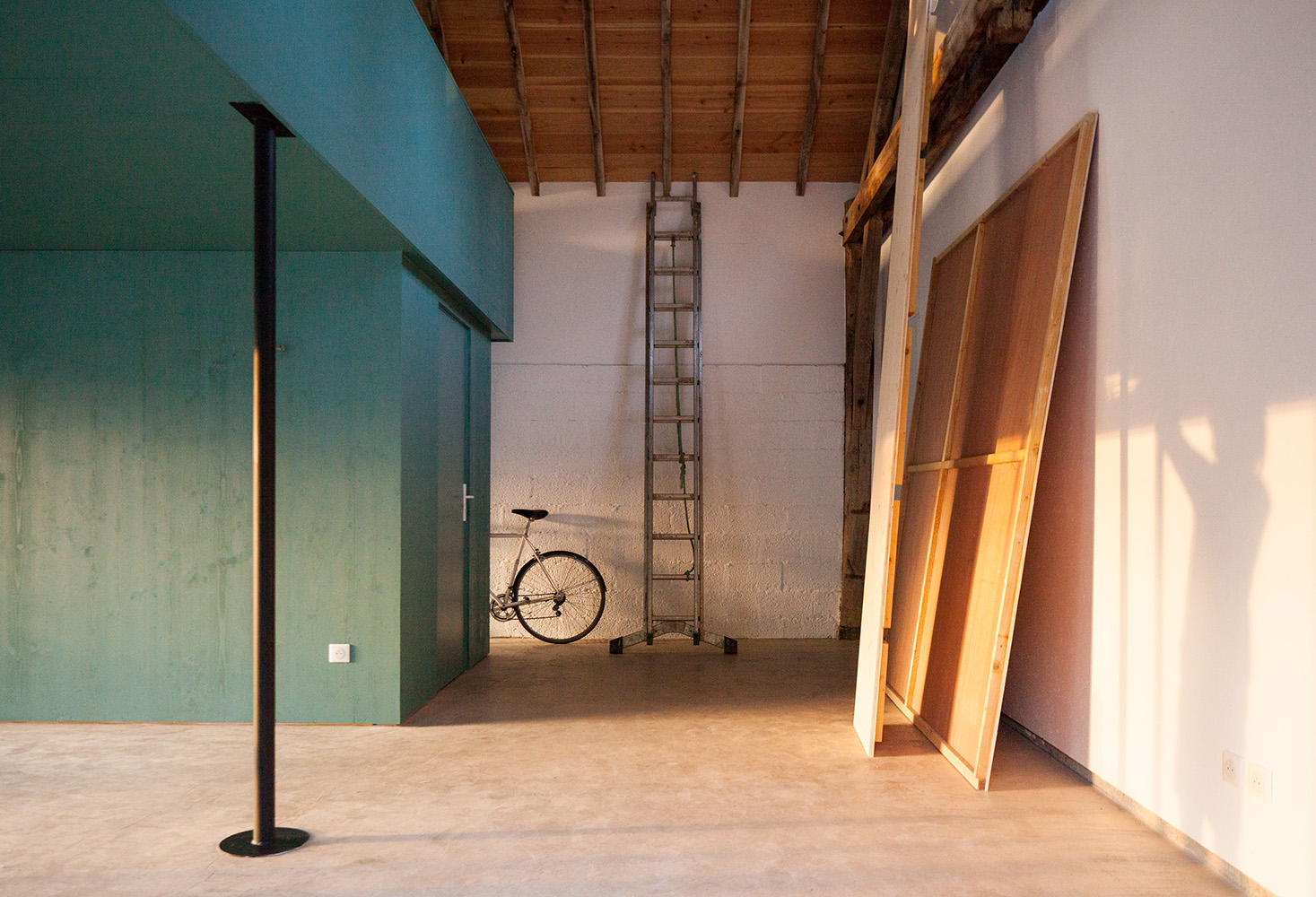
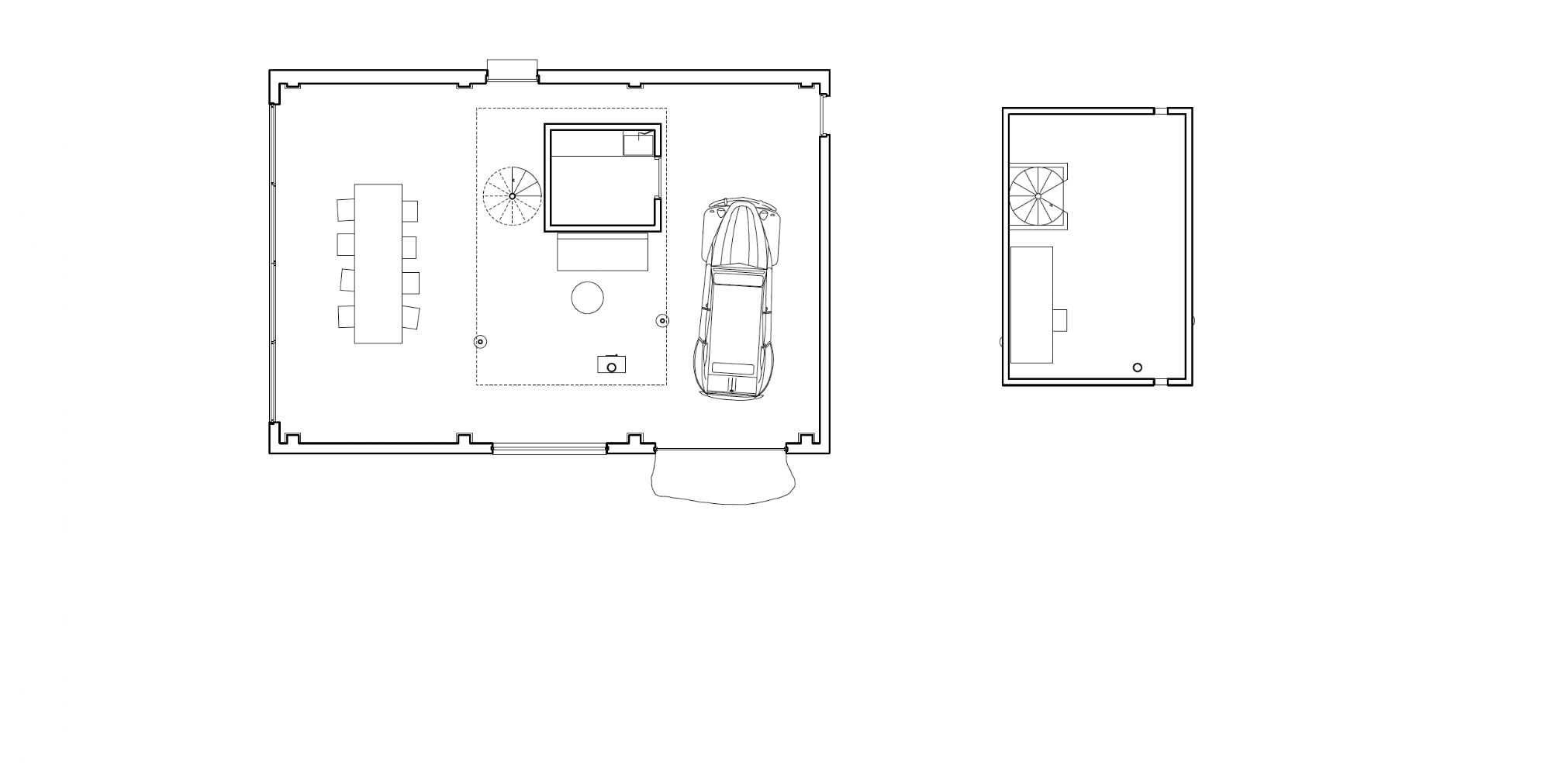
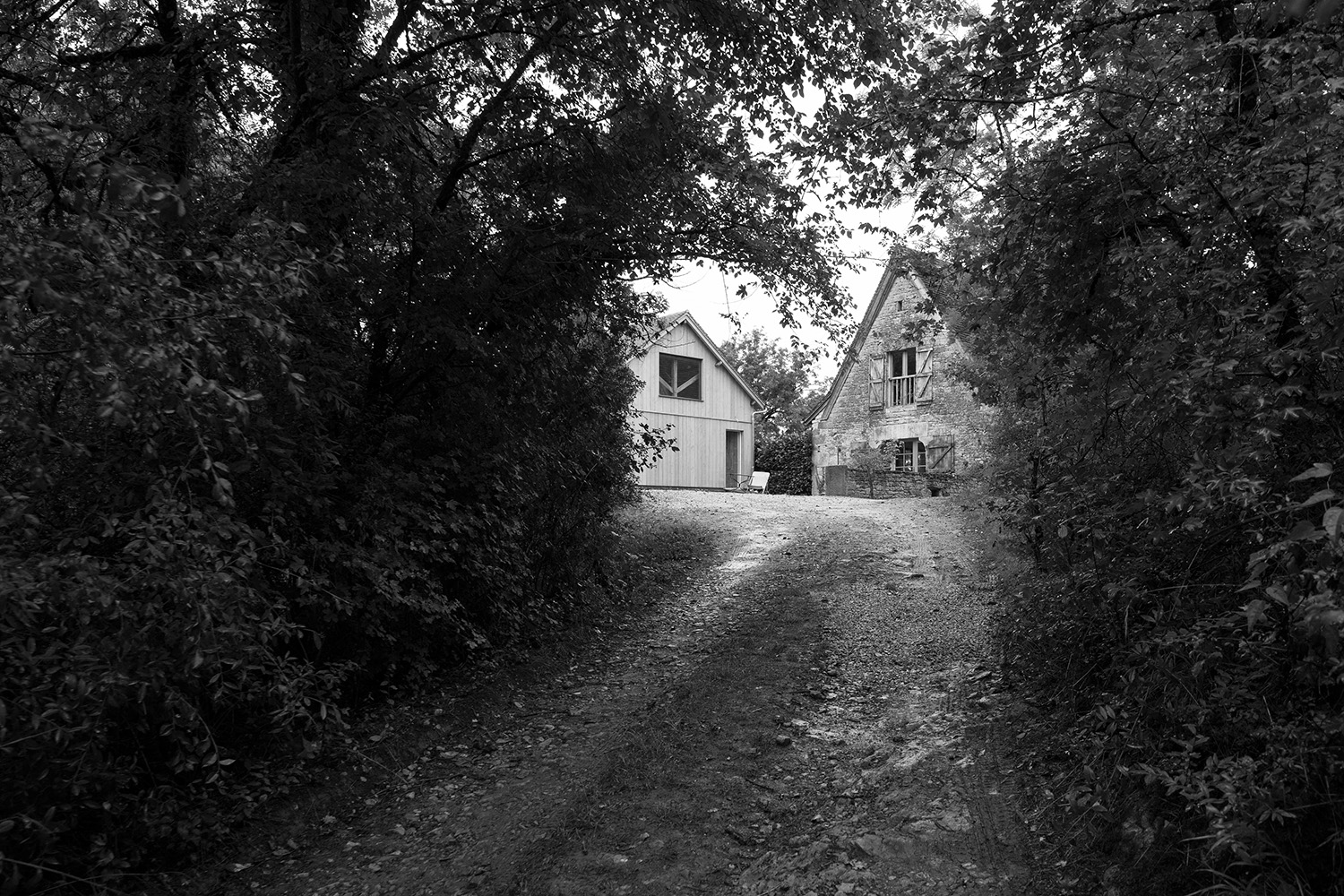
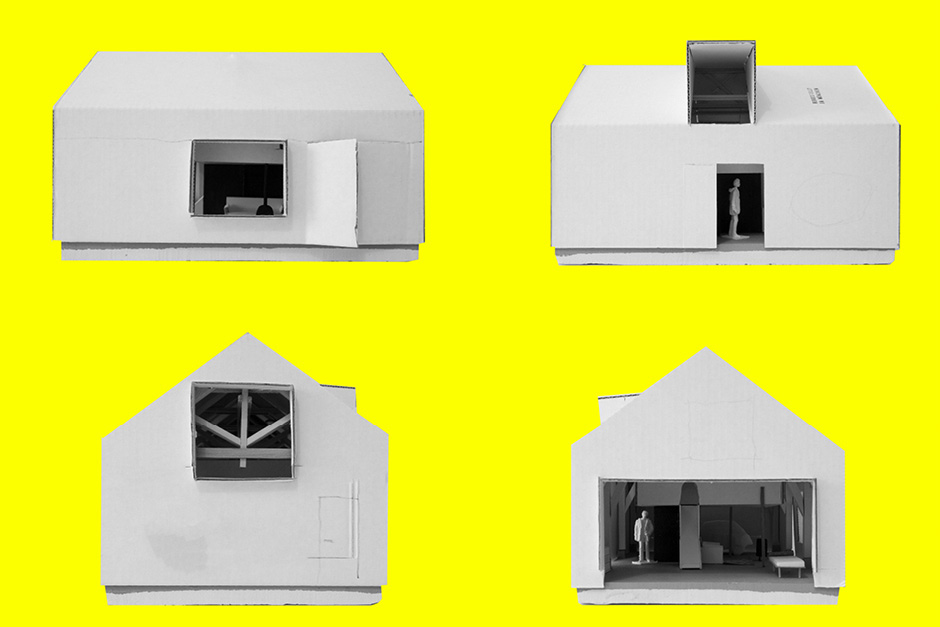
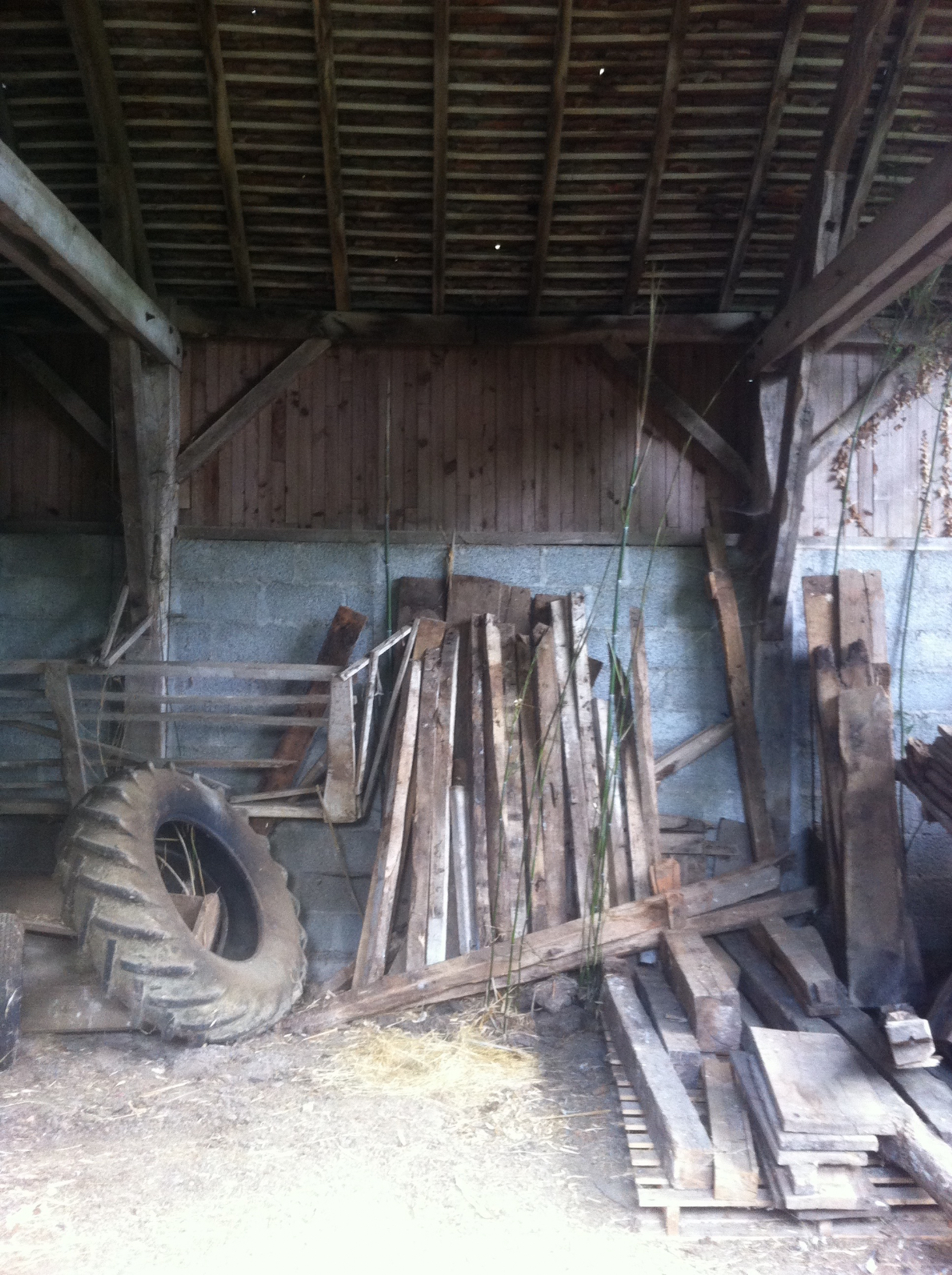
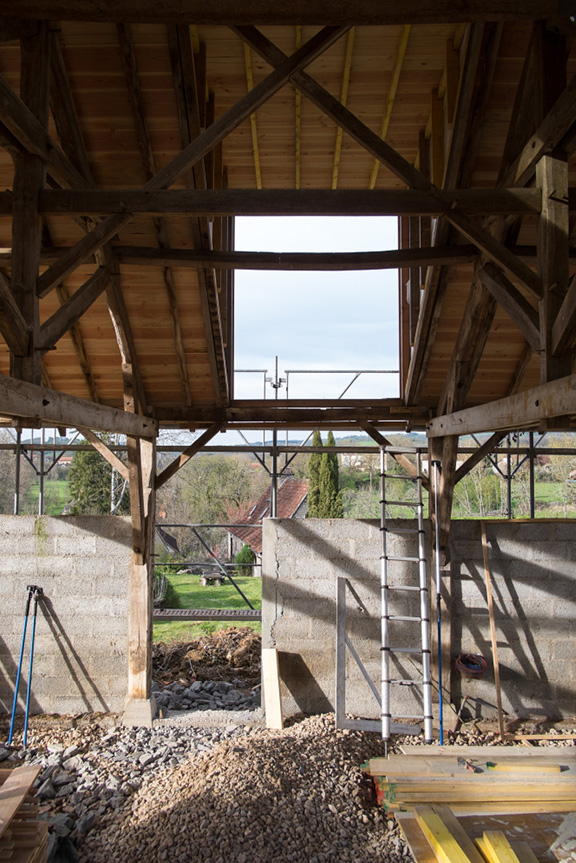
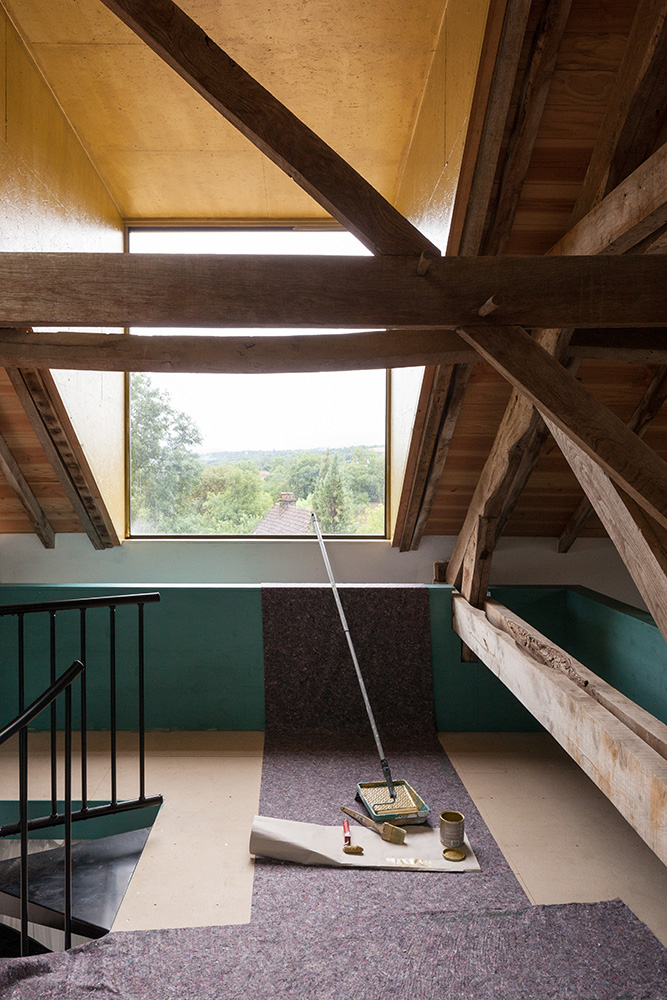


|
||
| 8 | TH 70 | Conversion |
|
An inconspicuous courtyard house in the centre of Munich, situated between the university and the city’s main museums. The building was getting on a bit, and the client only really had the money to renew and refresh its surfaces. After taking a good look at it, though, it seemed that more could be achieved for the same budget. We therefore took a more holistic and structural approach to the house, and used targeted interventions to change its organisation in terms of both floor plan and section. To deliver on this potential and create a small townhouse on three spatially coherent levels, however, meant that the project had to be very economically efficient. Every intervention was carefully considered from the outset to preserve as much of the existing building as possible. The floorboards were repaired and repainted, for example, and used materials were repurposed throughout, with only simple wooden panels being used for fixed furniture. The result is a pure reflection of the need to do without common standards. Programme: House, Conversion 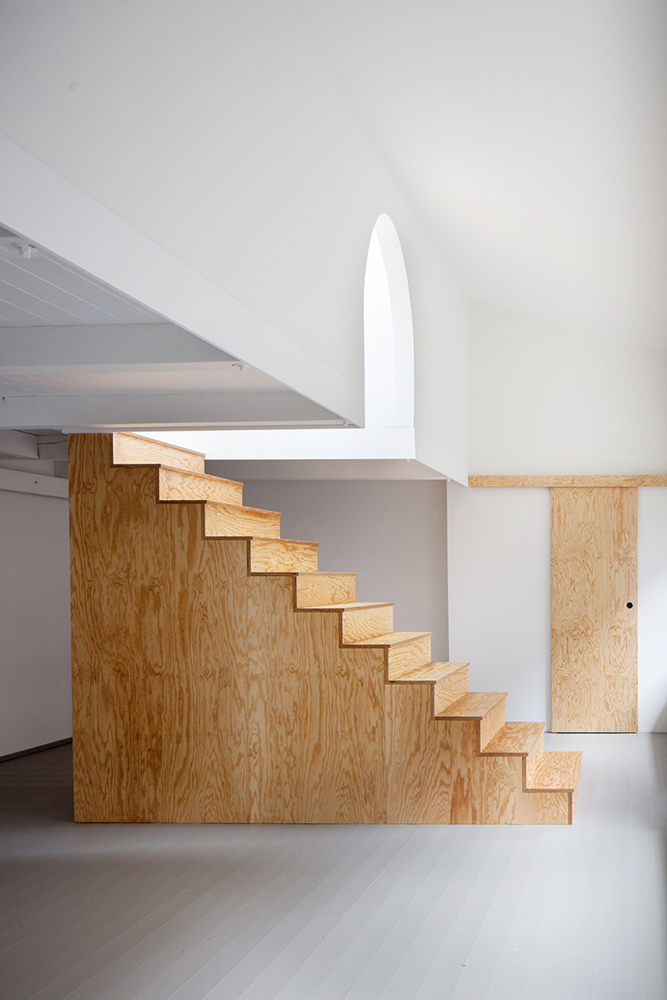
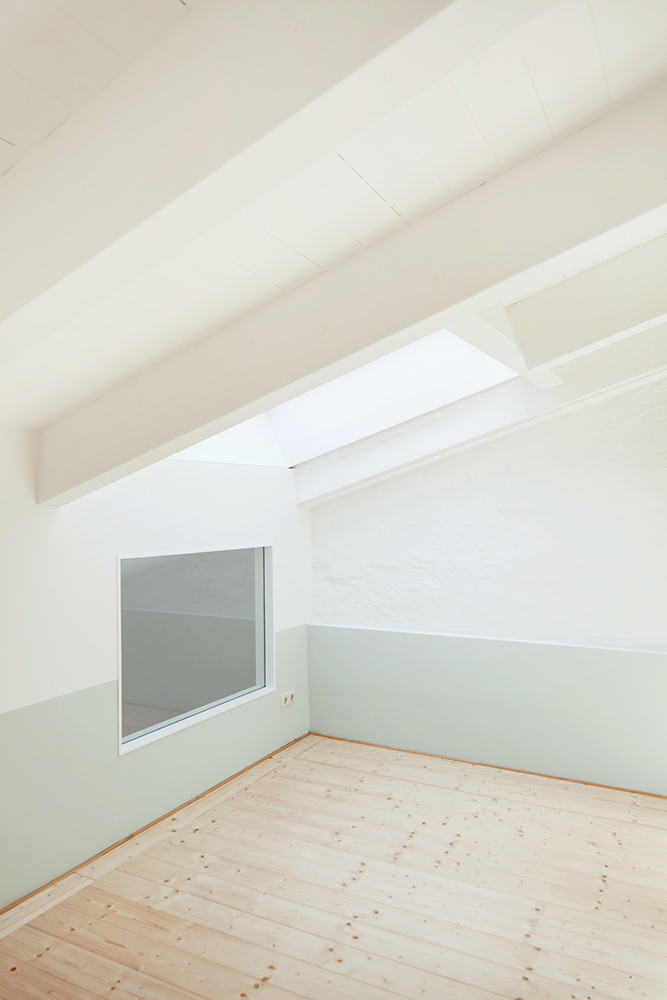

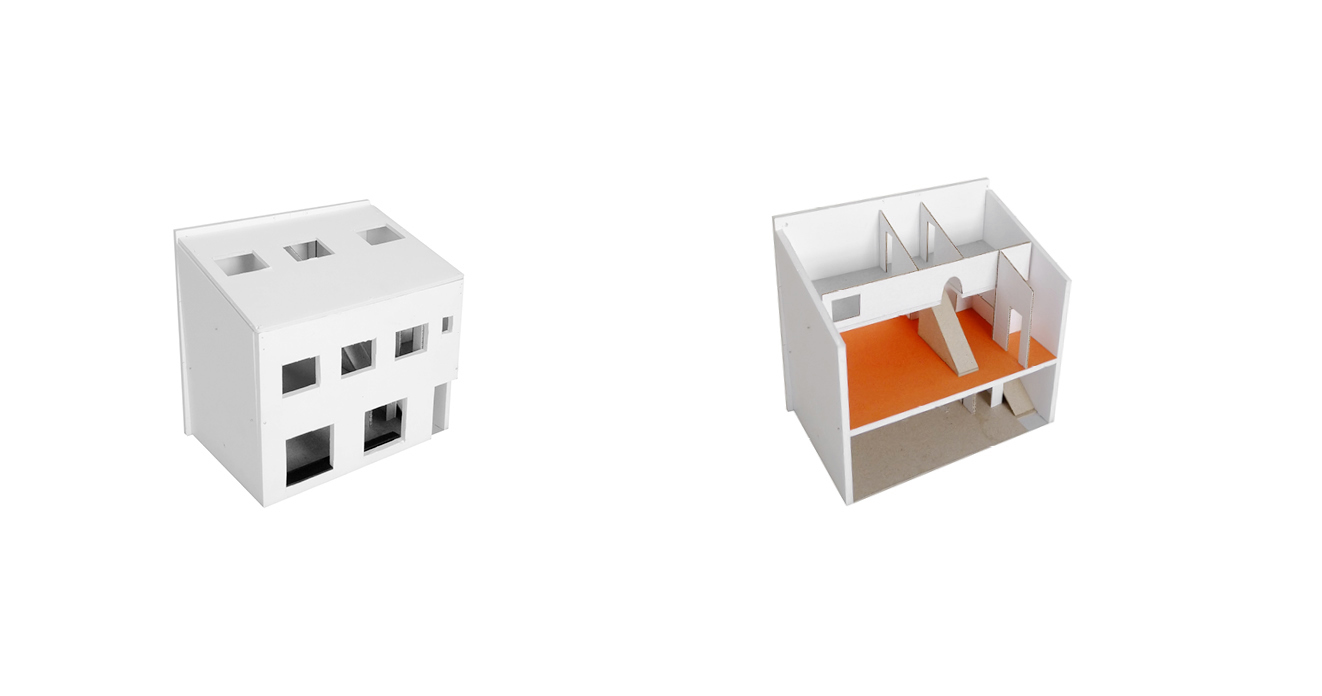
|
||
| 3 | T.I.A. 1 | House |
|
A friend buys a house close to the city centre in Almería. It costs €15,000. He then buys five wooden windows that were on sale for almost the same amount, and asks us for friendly advice about where best to place them when vertically extending his new home. From here, we slowly but happily get entangled in a process of reactive design that continues to this day and has had a significant impact on how we perceive, think about and design architecture. The process became the project, and the project became the process. Read the full story in Buero Kofink Schels: In Practice. Programme: House 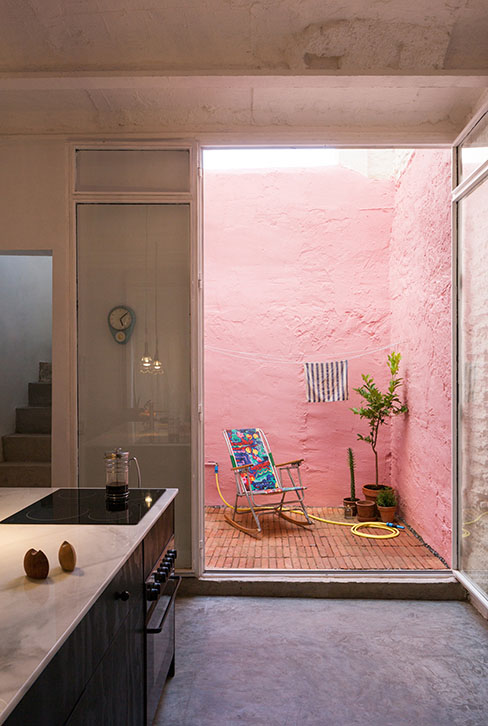
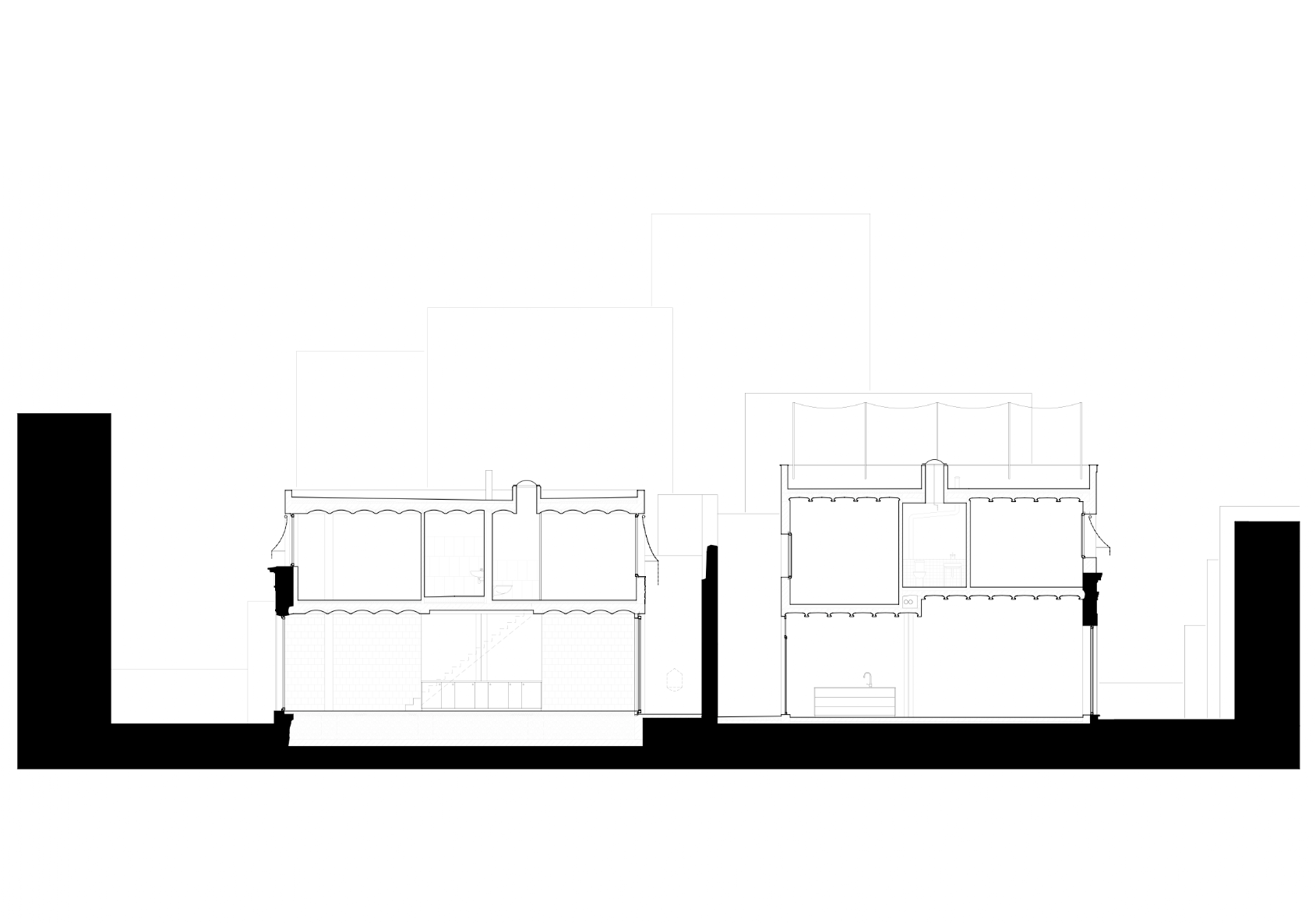
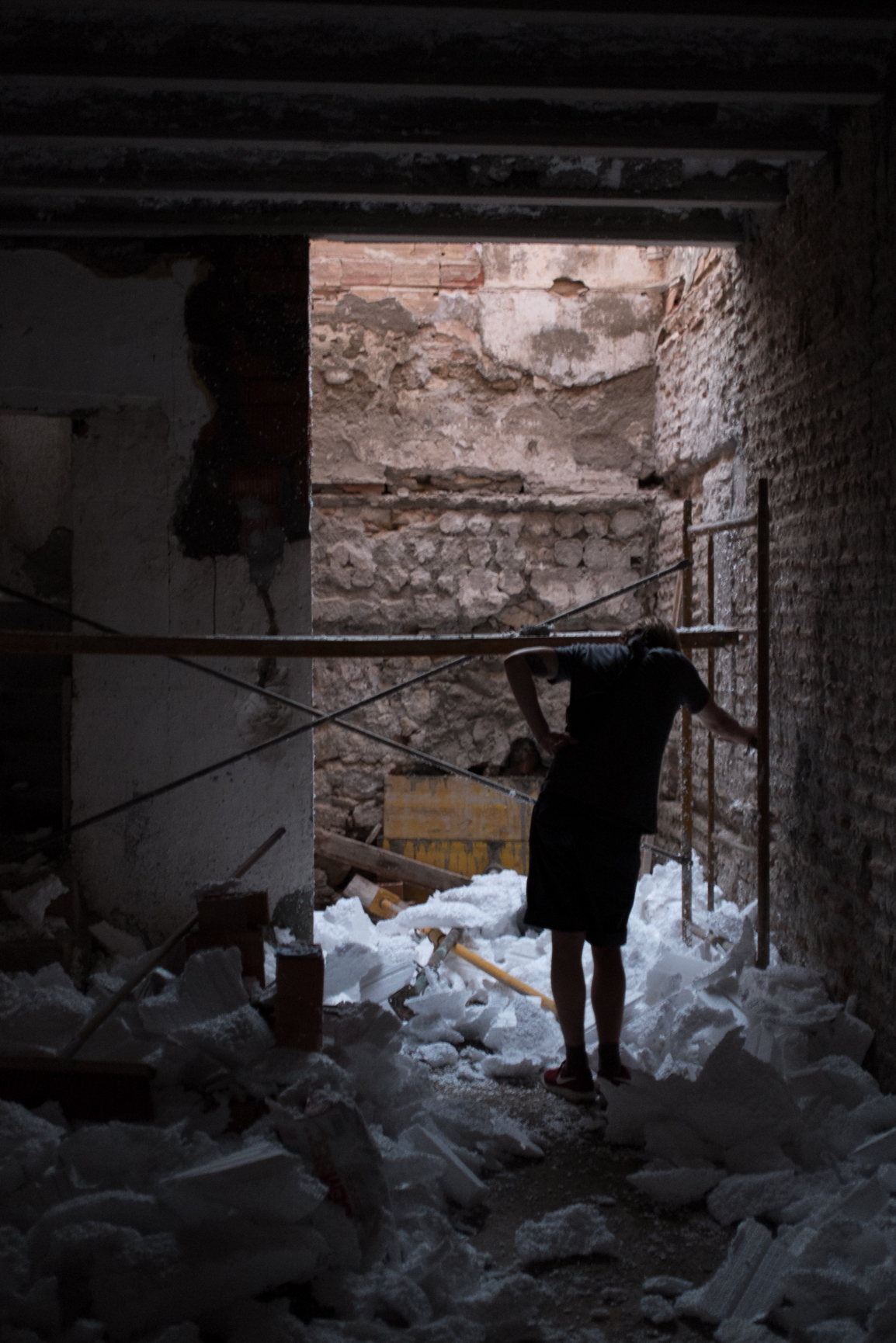
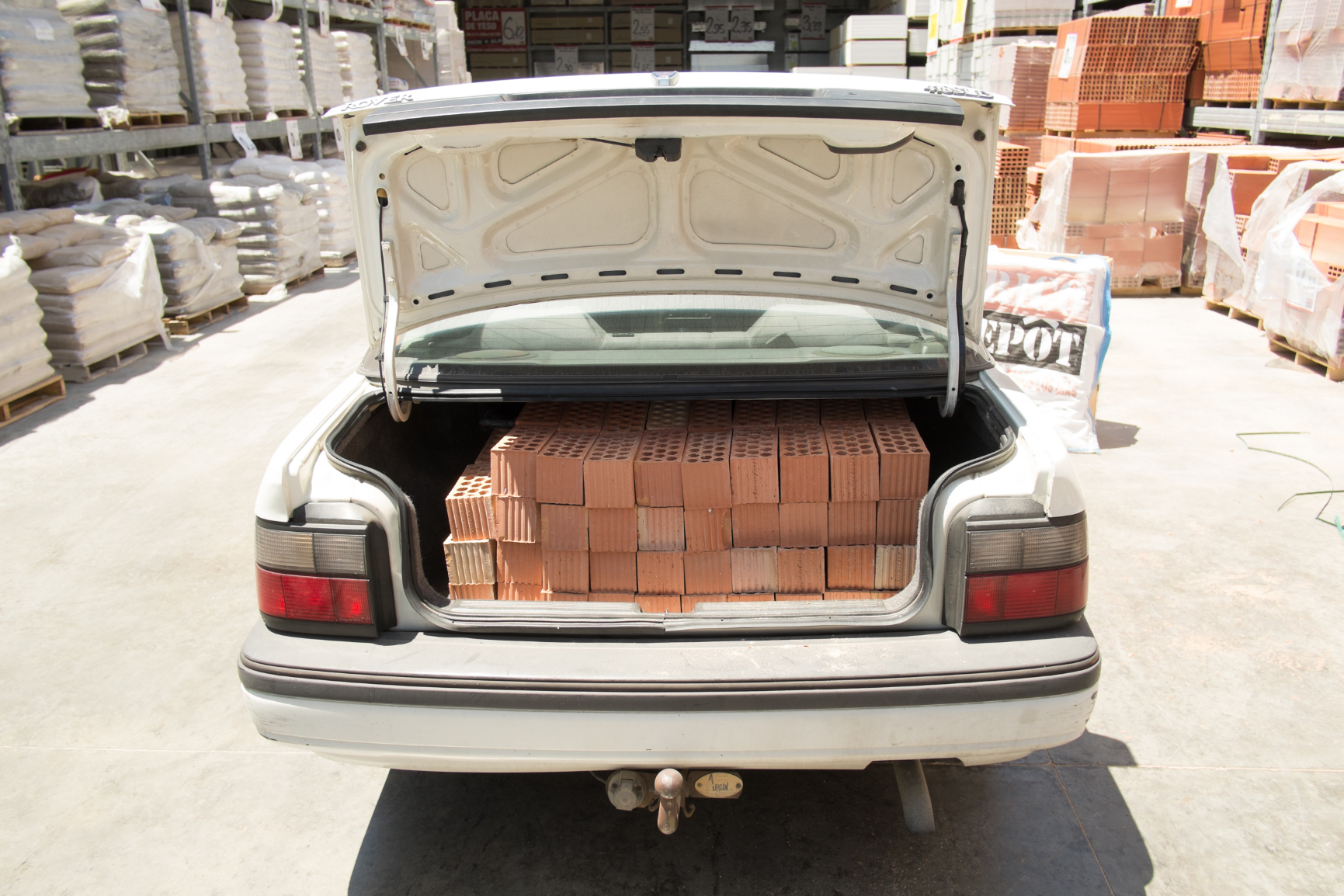
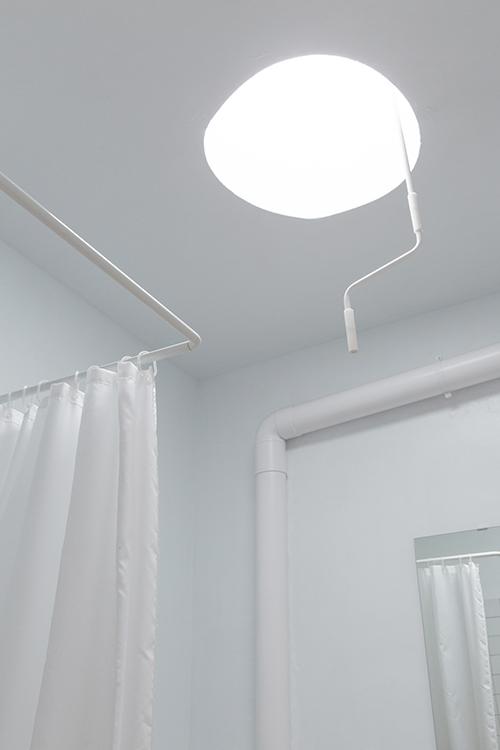



|
||
| 1 | Magical Mystery | Multi-Use |
|
Urbanised landscapes are areas of abrupt contrasts, where spaces shaped by various conflicting logics are forced into coexistence but seldom interact. We think of these areas of superimposition as latent places, since it seems rare to find parts of the city that have a strong, coherent physical and civic presence that accurately corresponds to the complexity of the urban conditions they sustain. The consequence of this absence is a sequence or juxtaposition of ‘non-places’. Programme: Competition, Multi-Use 


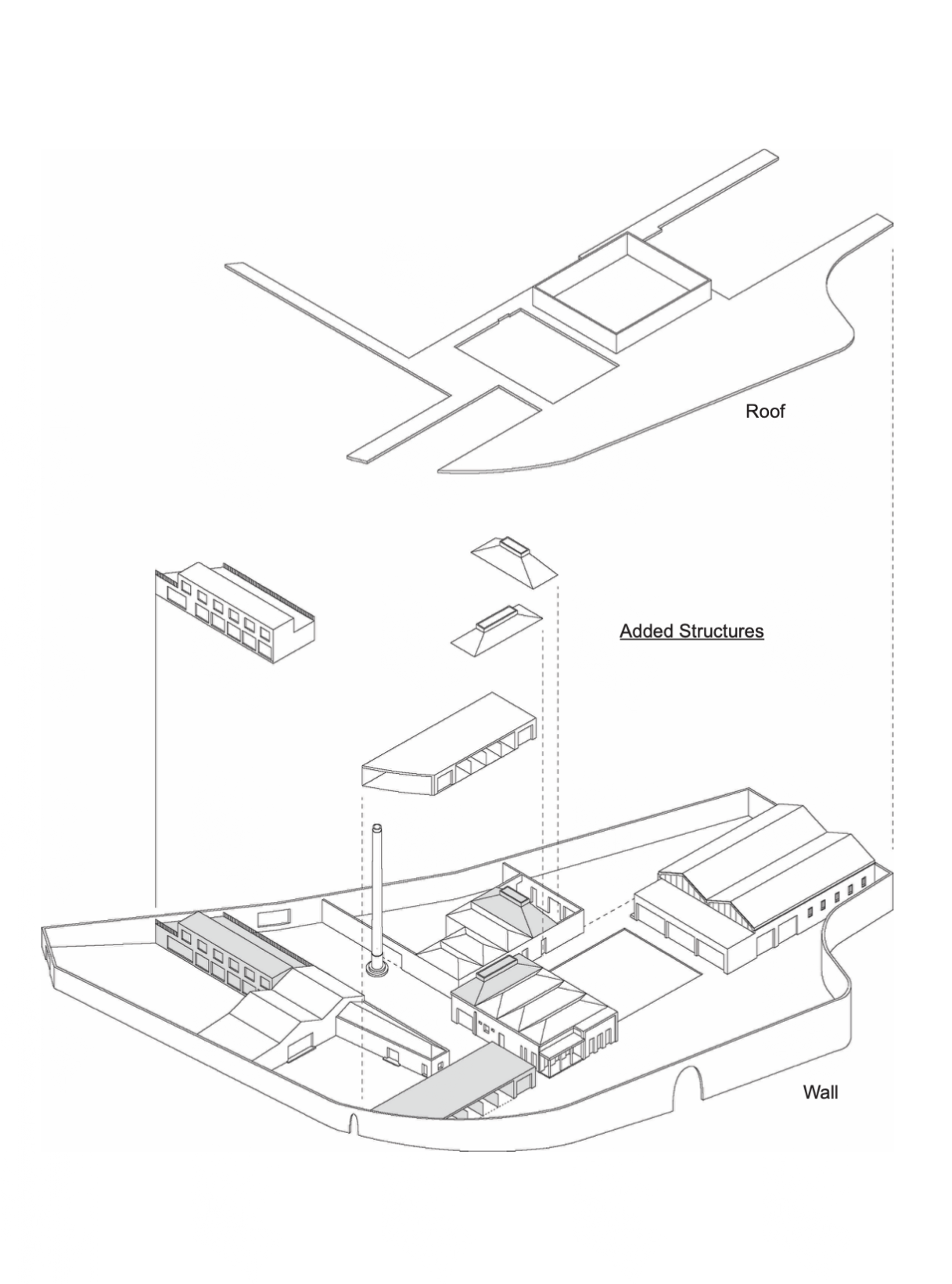
|
||
Buero Kofink Schels is a Munich-based architecture practice established by Simon Jüttner and Sebastian Kofink. Our projects engage with architecture at all scales, encompassing designs for furniture and the adaptive reuse of existing buildings through to new-build public housing and urban development strategies. Having undertaken many low-budget and complex projects, our work relies on initiative, invention and, occasionally, our own manual labour. We call this ‘poetic pragmatism’: an approach to architecture that trusts methods more than habits or styles, and emerges from both a fascination with straightforward craftsmanship and a scepticism towards mere visible form.
Architekt BDA
born as Simon Schels
Graduated in Architecture and Urban Design from TU Munich. Worked in the fields of architecture and photography. Awarded the Foerderpreis für Architektur der Landeshauptstadt München in 2016, and a scholarship at the German Academy Rome in 2020. Has been teaching from 2015 on, recently as a Guest Professor at TU Munich. Currently as Visiting Professor at University of Stuttgart.
Architekt BDA
Undertook an apprenticeship as a carpenter. Studied interior design and architecture and worked with Studio Carsten Nicolai and Roger Bundschuh Berlin, Martin Buehler Zurich, Finsterwalderarchitekten Rome, and Regional Associates Uganda. Was a teaching assistant for the Chair of Architectural Design and Conception at TU Munich, Prof. Uta Graff from 2012 to 2014, and for the Chair of Architectural Design and Construction, under Professor Florian Nagler, from 2015 to 2021. Since 2022 Member of the AKJAA, an appointed group of young architects within the BDA. Has been teaching at the University of Applied Sciences Munich, and as a Guest Professor at TU Munich. Appointed as a full professor in Materials and Construction at Technische Hochschule Nürnberg in 2025.
Sonja Braunmüller
Davide Franco
Emil Haas Martín
Jennifer Nees
Tobias Trübenbacher
Felix Keck
Jakob Schubert
Enrico Scomazzon
since 2014:
Megi Davitidze
Felix Dick
Nico Endres
Ella Esslinger
Carlo Grignani
Gillaume Guerrier
Jonas Hamberger
Dong Hyun Kim
Alexandr Kulikov
Nora Lindemann
Ludwig Marx
Zeno Noichl
Laura Pastior
Maximilian Peter
Alexander Richert
Konrad Rinke
Florian Roth
Jens Roll
Markus Stolz
Edda Zickert
Please send applications in pdf format (<10 MB) to:
jobs(at)kofinkschels.de
Sebastian Schels
Simon Jüttner
Markus Lanz
Florian Böhm
BDA Preis Bayern, Mehrgenerationenhaus Kranzberg, 2025
BDA Preis Bayern (Honorable Mention), AKFB, 2025
Gestaltungspreis der Wüstenrot Stiftung (Honorable Mention), AKFB, 2025
Rosenheimer Holzbaupreis, Mehrgenerationenhaus Kranzberg, 2024
KlimaKulturKompetenz, Mehrgenerationenhaus Kranzberg, 2023
Baupreis Allgäu (Honorable Mention), Waehlvermittlungsstelle, 2023
Deutscher Städtebaupreis Award, Mehrgenerationenhaus Kranzberg, 2023
Holzbaupreis Bayern, Mehrgenerationenhaus Kranzberg, 2023
Gestaltungspreis der Wüstenrot Stiftung, Waehlvermittlungsstelle, 2023
Thomas Wechs Preis, Waehlvermittlungsstelle, 2021
Stipendium der Deutschen Akademie in Rom Villa Massimo, 2019
Weißenhof Architekturförderpreis (Honorable Mention), 2018
Bauweltpreis, Workshop in Rueyres, 2017
Förderpreis für Architektur der Landeshauptstadt München, 2016
Weiterbaulabor Rahmzentrale, TU Munich, 2024
Studio London, HM München, 2023
Fragmented Reality, HM München, 2023
Wer Plant die Planung?, HM München, 2021
Lectureship, HFT Stuttgart, 2020
Design Build Project, HM München and TU Munich, 2019
REA Summer School, Ghent, 2018
Teaching Assistant, TU Munich, 2015 - 2021
Guest Lecturer, ADBK München, 2015
Future, Past, Perfect, Future Brick Days, Architekturzentrum Wien, 2024
Auf dem Weg!, Alte Schule Bühl, 2024
Vom Keimling bis zum Holzbau, Bischofswiesen, 2024
Ästhetik der Baulücke, die Lückenfüller laden ein, Munich, 2024
Everything is Good, KIT-Fakultät für Architektur in Karlsruhe, 2024
Es ist doch alles da!, BauNotitia Freising, 2023
Generation Y, BDA Wechselgespräch Stuttgart, 2023
Transformation Gestalten, Architektenkammer Baden-Württemberg, 2023
Der Lauf der Dinge, TU Braunschweig, 2023
Spurensuche, DAZ, 2023
Von Zwängen und Prozessen, BDA Hessen, 2022
Werkvortrag T.I.A., TU Munich, 2022
Der Bestand von Morgen, Architecture Matters Munich, 2022
Wohnpositionen, HS Mainz, 2022
Forderungen der Zeit, Hamburger Architketur und Stadtdiskurs, 2022
Poetischer Pragmatismus und der Wert der Permanenz, Münster, 2022
Architecture In Practice, CIVA Brüssel, 2021
Keep on Beginning, HM München, 2021
Vom Aufbruch ins Bestehende, DAZ, 2021
Poetischer Pragmatismus und der Wert der Permanenz, HFT Stuttgart, 2021
Architektur + Fotografie, Leibniz Universität Hannover, 2020
Positionen, JUNG Archtiekturgespräche München, 2020
Casa Baldi, Olevano Romano, 2020
Sorge um den Bestand, DAZ, 2019
Neu im Club: Pecha-Kucha-Abend, Kunsthochschule Halle, 2019
Roundtalks Berlin, TU Berlin, 2019
Significant Digits, OSSA Lodz, 2018
Real Estate Architecture 3, Braamport Ghent, 2018
Constructive Debate, DAM Frankfurt, 2017
Voices on the Current, DAM Frankfurt, 2017
Three for 50.000, The Future Building Munich, 2017
House without any cement, Bauwelt 2025
Mehrparteienhaus in München’, Bauwelt, 2024
Mehrgenerationenhaus Kranzberg’, Deutsches Architektur Jahrbuch, 2024
Mehrgenerationenhäuser in Kranzberg’, Bauwelt, 2023
Haus Jüttner’ in ‘Einfach Bauen: Holzfenster’, 2023
Buero Kofink Schels’ in ‘Objets Trouvés’, 2023
Upcoming Architects Facing New Conditions’, GROHE Digital Talks, 2022
House with Two Columns’, Deutsches Architektur Jahrbuch, 2022
Buero Kofink Schels: In Practice’, 2021
Image To Communicate Ideas’, Archaic Magazine, 2021
Buero Kofink Schels’ in ‘Architecture is Just a Pretext’, 2020
Architketur als Gelebter Raum’, Der Architekt, 2020
Vom Wert der Permanenz’ in ‘Sorge um den Bestand’, 2020
Journey, Identity, Vision’, Carnets 18, 2019
Buero Kofink Schels’ in ‘Architekturförderpreis Katalogbeitrag’, 2018
Umbau einer Scheune in Rueyres’, Bauwelt, 2017
Mut zur Eigenständigkeit’, Manege für Architektur, 2016
Social Housing Sulzberg, 1st Prize, 2024
Kindertagesstätte Münsterhausen, 1st Prize, 2023
Woleba in Bad Grönenbach, 1st Prize, 2022
Jergli und Veitlli in Memmingen, 1st Prize, 2021
Bauen und Leben mit dem Klimawandel, 2nd Prize, 2021
Neues Wohnen in Schwabach, 2nd Prize, 2021
Stadtbibliothek Mannheim, Honorable Mention, 2020
Puchheim, Honorable Mention, 2019
Multitalent Gesucht, 3rd Prize, 2018
Vertical Extension of a Housing Block, 1st Prize, 2018
Freiham WA12 in Munich, 2nd Prize, 2018
Housing Project in Kranzberg, 1st Prize, 2018
San Riemo in Munich, Honorable Mention, 2017
The New Porto, Honorable Mention, 2015
Europelago, Milan Design Week, 2023
Objets Trouvés, Paris, 2023
Sorge um den Bestand, DAZ, 2021
The Next Possible City, Architekturgalerie München, 2018
Architekturförderpreis, Weißenhof Architekturgalerie, 2018
Global Goals, Nir Altman Galerie, 2018
Förderpreis, Lothringer 13, 2016
Making Heimat, Architekturbiennale Venedig, 2016
Buero Kofink Schels
Architekten PartGmbB
Sitz: München, PR 1871
Partner:
Simon Jüttner, Architekt, BDA, ByAK 188.695
Sebastian Kofink, Architekt, BDA, ByAK 187.742
St.Nr. 145 | 538 | 60640
USt.IdNr. DE306328575
Der Inhalt dieser Seiten wurde sorgfältig bearbeitet und überprüft. Buero Kofink Schels Architekten PartGmbB übernehmen jedoch keine Gewähr für die Aktualität, Richtigkeit, Vollständigkeit oder Qualität der bereitgestellten Informationen. Trotz sorgfältiger inhaltlicher Kontrolle übernehmen wir keine Haftung für die Inhalte externer Links. Für den Inhalt der verlinkten Seiten sind ausschließlich deren Betreiber verantwortlich. Eine Vervielfältigung von Bildern, Grafiken und Texten ist ohne ausdrückliche, schriftliche Genehmigung der Urheber nicht gestattet. Das Copyright der Fotografien liegt bei den Fotografen. Copyright sonstige Inhalte 2014-2024 Buero Kofink Schels Architekten PartGmbB.
Hier finden Sie Informationen über den Umgang mit Ihren personenbezogenen Daten beim Besuch unserer Website. Zur Bereitstellung der Funktionen und Dienste unserer Website ist es erforderlich, dass wir personenbezogene Daten über Sie erheben. Nachfolgend erklären wir, welche Daten wir über Sie erheben, wozu dies erforderlich ist, und welche Rechte Sie in Bezug auf Ihre Daten haben. Verantwortlich für die Verarbeitung von personenbezogenen Daten auf dieser Website ist (vgl. Impressum):
Buero Kofink Schels Architekten PartGmbB, Frundsbergstraße 34, D-80634 München, +49 (0) 89 4520 45 45, buero(at)kofinkschels.de
- Informatorische Nutzung -
Wenn Sie diese Website nutzen, ohne anderweitig Daten an uns zu übermitteln, erheben wir technisch notwendige Daten, die automatisch an unseren Server übermittelt werden, u.a.: IP-Adresse, Datum und Uhrzeit der Anfrage, Inhalt der Anforderung, Zugriffsstatus/HTTP-Statuscode, Browsertyp, Sprache und Version der Browsersoftware, Betriebssystem. Dies ist technisch erforderlich, um Ihnen unsere Website anzeigen zu können. Wir nutzen die Daten auch, um die Sicherheit und Stabilität unserer Website zu gewährleisten. Rechtsgrundlage für die Erhebung ist Art. 6 Abs. 1 lit. f DS-GVO.
- Verwendung von Cookies -
Wir verwenden Cookies, um die Benutzung unserer Website zu erleichtern und zu verbessern. Cookies sind Textinformationen, die beim Besuch einer Website über den Webbrowser auf einem Computer gespeichert werden. Dies dient der Wiedererkennung einer Sitzung, beispielsweise beim dauerhaften Login auf einer Website oder bei der Warenkorbfunktion eines Online-Shops. Die meisten Webbrowser akzeptieren Cookies automatisch. Gespeicherte Cookies können Sie jederzeit über die Einstellungen Ihres Webbrowsers löschen. Sie können auch die Einstellungen Ihres Webbrowsers so anpassen, dass keine Cookies gespeichert werden. Dann sind unter Umständen nicht alle Funktionen unserer Website verfügbar.
- Google Analytics -
Wir verwenden Google Analytics, um die Nutzung unserer Website analysieren und verbessern zu können. Google Analytics ist ein Webanalysedienst der Google Inc. ("Google"). Google Analytics verwendet sog. "Cookies", Textdateien, die auf Ihrem Computer gespeichert werden und die eine Analyse der Benutzung der Website durch Sie ermöglichen. Die durch den Cookie erzeugten Informationen über Ihre Benutzung dieser Website werden in der Regel an einen Server von Google in den USA übertragen und dort gespeichert. Im Falle der Aktivierung der IP-Anonymisierung auf dieser Webseite, wird Ihre IP-Adresse von Google jedoch innerhalb von Mitgliedstaaten der Europäischen Union oder in anderen Vertragsstaaten des Abkommens über den Europäischen Wirtschaftsraum zuvor gekürzt. Nur in Ausnahmefällen wird die volle IP-Adresse an einen Server von Google in den USA übertragen und dort gekürzt. Im Auftrag des Betreibers dieser Website wird Google diese Informationen benutzen, um Ihre Nutzung der Website auszuwerten, um Reports über die Websiteaktivitäten zusammenzustellen und um weitere mit der Websitenutzung und der Internetnutzung verbundene Dienstleistungen gegenüber dem Websitebetreiber zu erbringen. Rechtsgrundlage für die Verarbeitung von Daten mit Hilfe von Google Analytics ist Art. 6 Abs. 1 lit. f DS-GVO. Die im Rahmen von Google Analytics von Ihrem Browser übermittelte IP-Adresse wird nicht mit anderen Daten von Google zusammengeführt. Sie können die Speicherung der Cookies durch eine entsprechende Einstellung Ihrer Browser-Software verhindern; wir weisen Sie jedoch darauf hin, dass Sie in diesem Fall gegebenenfalls nicht sämtliche Funktionen dieser Website vollumfänglich werden nutzen können. Sie können darüber hinaus die Erfassung der durch das Cookie erzeugten und auf Ihre Nutzung der Website bezogenen Daten (inkl. Ihrer IP-Adresse) an Google sowie die Verarbeitung dieser Daten durch Google verhindern, indem sie das unter dem folgenden Link verfügbare Browser-Plugin herunterladen und installieren: http://tools.google.com/dlpage/gaoptout?hl=de
Wir verwenden Google Analytics mit der Erweiterung „_anonymizeIp()“. Damit werden die IP-Adressen gekürzt (sog. IP-Masking). Ein Bezug zu bestimmten Personen kann damit ausgeschlossen werden.
Google nimmt an dem EU-US Privacy Shield teil, https://www.privacyshield.gov/EU-US-Framework. Damit besteht auch in den Ausnahmefällen, in denen Google personenbezogene Daten in die USA überträgt, ein angemessenes Datenschutzniveau.
Informationen über Google: Google Dublin, Google Ireland Ltd., Gordon House, Barrow Street, Dublin 4, Ireland, Fax: +353 (1) 436 1001
Nähere Informationen zu den Nutzungsbedingungen von Google: www.google.com/analytics/terms/de.html
Nähere Informationen zum Datenschutz von Google: www.google.com/intl/de/analytics/privacyoverview.html
- Speicherdauer -
Wir verarbeiten und speichern Ihre Daten nur so lange, wie dies für die Verarbeitung oder zur Einhaltung gesetzlicher Pflichten erforderlich ist. Nach Wegfall des Verarbeitungszwecks werden Ihre Daten gesperrt oder gelöscht. Sofern darüber hinaus gesetzliche Pflichten zur Speicherung bestehen, sperren oder löschen wir Ihre Daten mit Ablauf der gesetzlichen Speicherfristen.
- Ihre Rechte -
Sie haben bezüglich der Sie betreffenden personenbezogenen Daten folgende gesetzliche Rechte gegenüber uns:
1) Auskunftsrecht: Sie haben als betroffene Person das Recht, eine Bestätigung darüber zu verlangen, ob wir personenbezogene Daten verarbeiten, die Sie betreffen. Ist dies der Fall, so haben Sie das Recht auf Auskunft über diese personenbezogenen Daten sowie auf weitere Informationen, z.B. die Verarbeitungszwecke, die Empfänger und die geplante Dauer der Speicherung bzw. die Kriterien für die Festlegung der Dauer. 2) Recht auf Berichtigung und Vervollständigung: Sie haben als betroffene Person das Recht, unverzüglich die Berichtigung unrichtiger Daten zu verlangen. Unter Berücksichtigung der Zwecke der Verarbeitung haben Sie das Recht, die Vervollständigung unvollständiger Daten zu verlangen. 3) Recht auf Löschung („Recht auf Vergessenwerden“): Sie haben als betroffene Person ein Recht zur Löschung, soweit die Verarbeitung nicht erforderlich ist. Dies ist beispielsweise der Fall, wenn Ihre Daten für die ursprünglichen Zwecke nicht mehr notwendig sind, sie Ihre datenschutzrechtliche Einwilligungserklärung widerrufen haben oder die Daten unrechtmäßig verarbeitet wurden. 4) Recht auf Einschränkung der Verarbeitung: Sie haben als betroffene Person ein Recht auf Einschränkung der Verarbeitung, z.B. wenn Sie der Meinung sind, die personenbezogenen Daten seien unrichtig. 5) Recht auf Datenübertragbarkeit: Sie haben als betroffene Person das Recht, die Sie betreffenden personenbezogenen Daten in einem strukturierten, gängigen und maschinenlesbaren Format zu erhalten. 6) Widerspruchsrecht: Sie haben als betroffene Person das Recht, jederzeit aus Gründen, die sich aus Ihrer besonderen Situation ergeben, gegen die Verarbeitung bestimmter Sie betreffender personenbezogener Daten Widerspruch einzulegen. Im Falle von Direktwerbung haben Sie als betroffene Person das Recht, jederzeit Widerspruch gegen die Verarbeitung Sie betreffender personenbezogener Daten zum Zwecke derartiger Werbung einzulegen; dies gilt auch für das Profiling, soweit es mit solcher Direktwerbung in Verbindung steht. 7) Recht auf Widerruf Ihrer datenschutzrechtlichen Einwilligung: Sie können eine Einwilligung in die Verarbeitung Ihrer personenbezogenen Daten jederzeit mit Wirkung für die Zukunft widerrufen. Die Rechtmäßigkeit der bis zum Widerruf erfolgten Verarbeitung wird davon jedoch nicht berührt. Außerdem können Sie jederzeit Beschwerde bei einer Datenschutzaufsichtsbehörde einlegen, beispielsweise wenn Sie der Meinung sind, dass die Datenverarbeitung nicht im Einklang mit datenschutzrechtlichen Vorschriften steht.